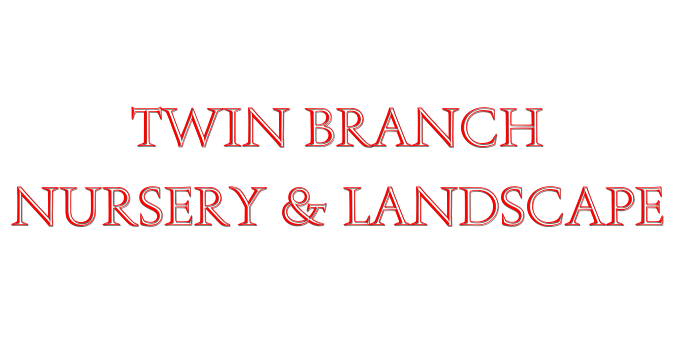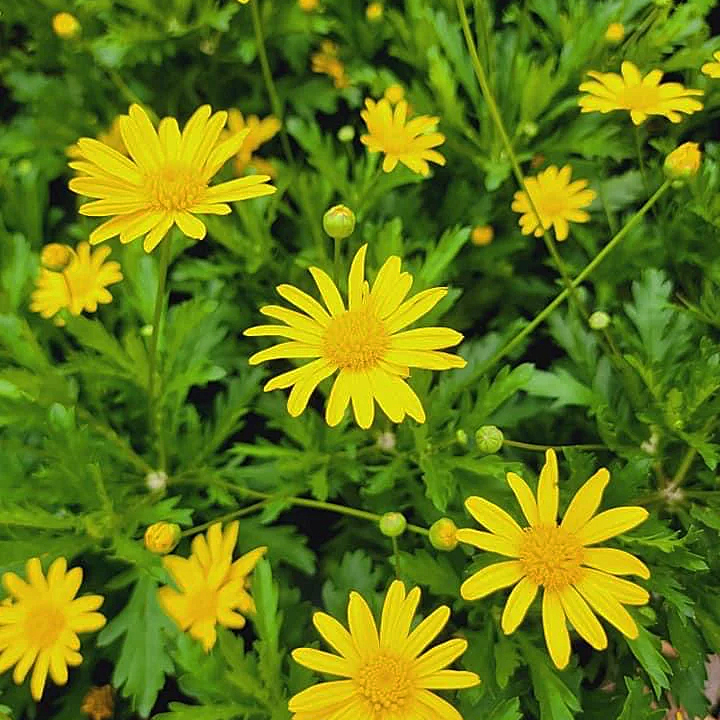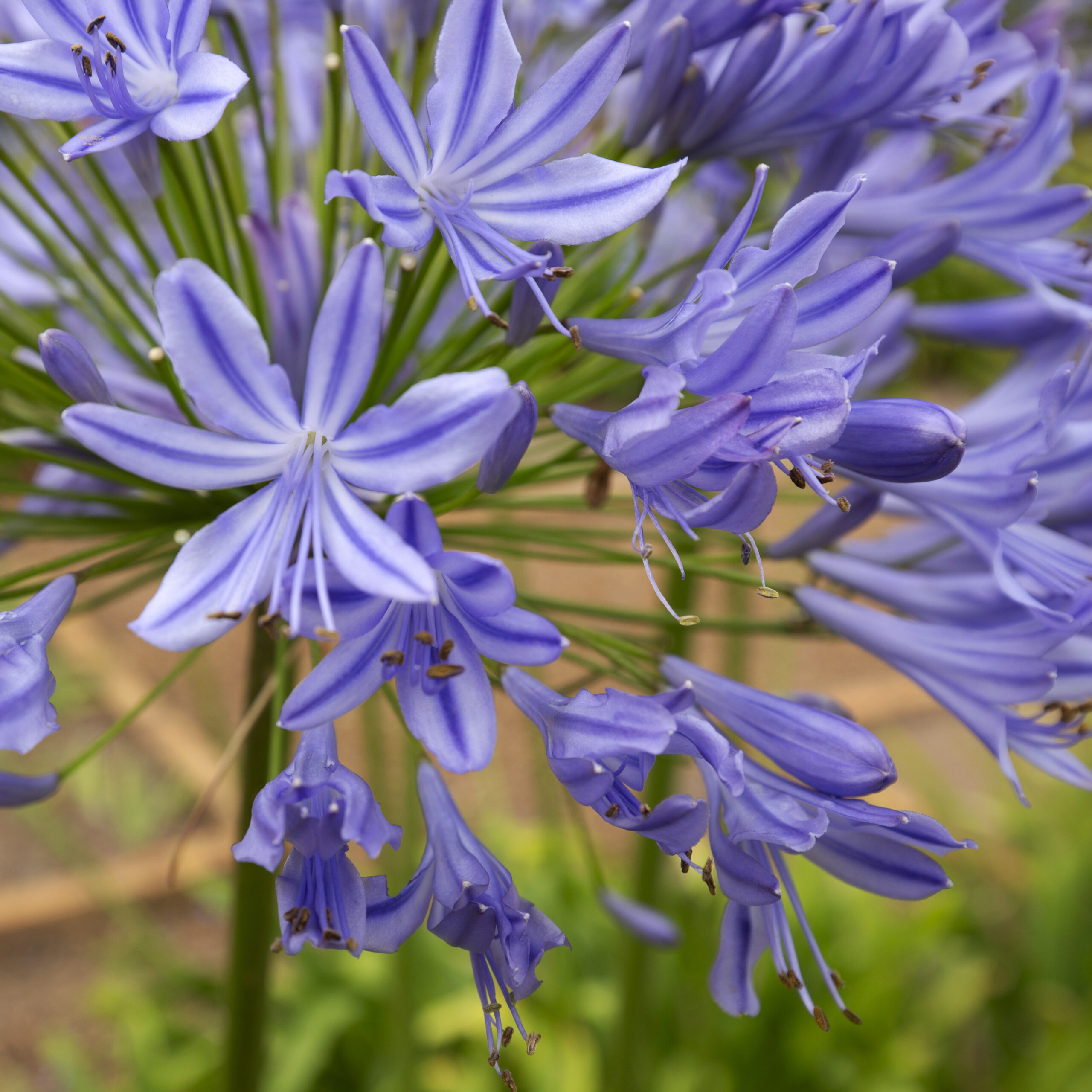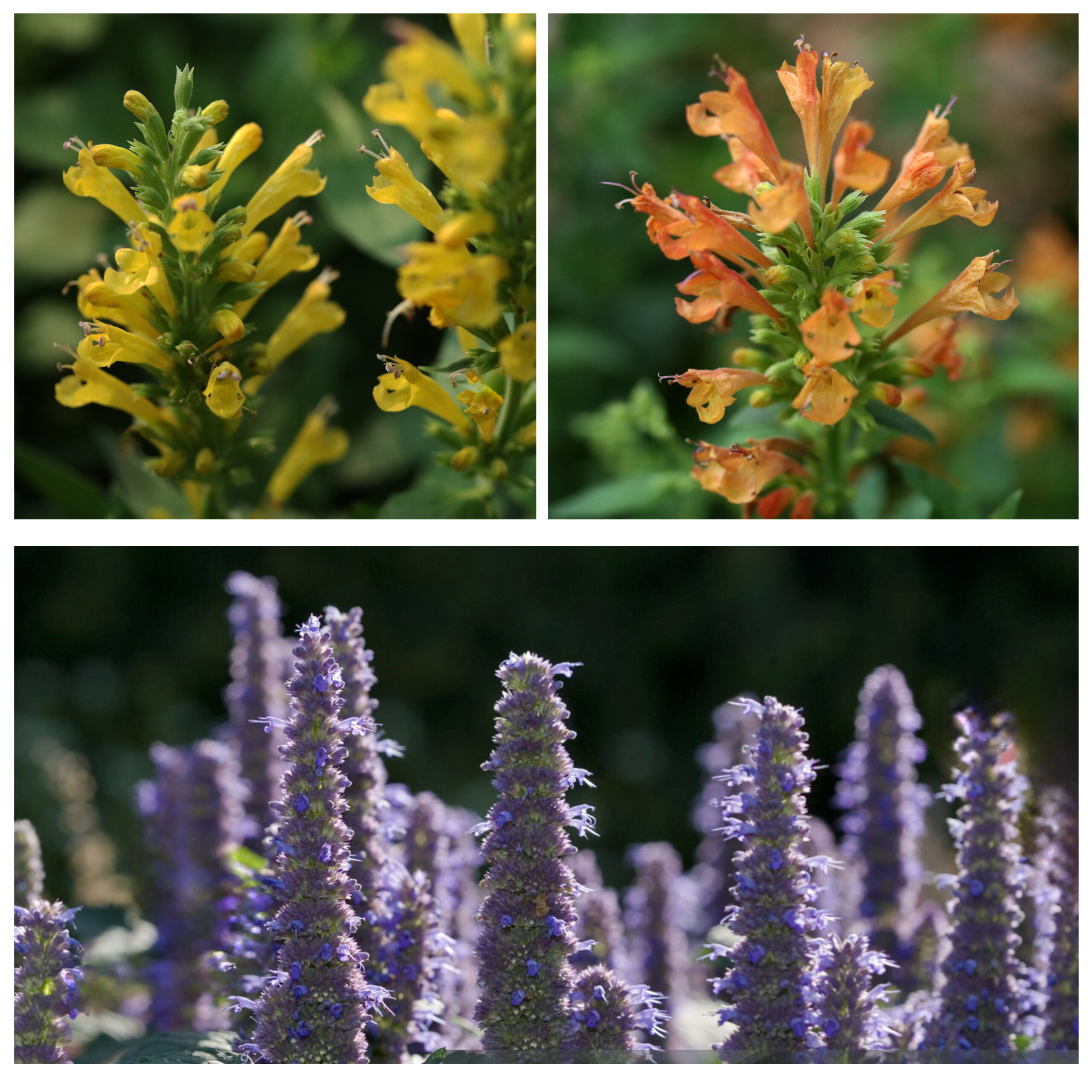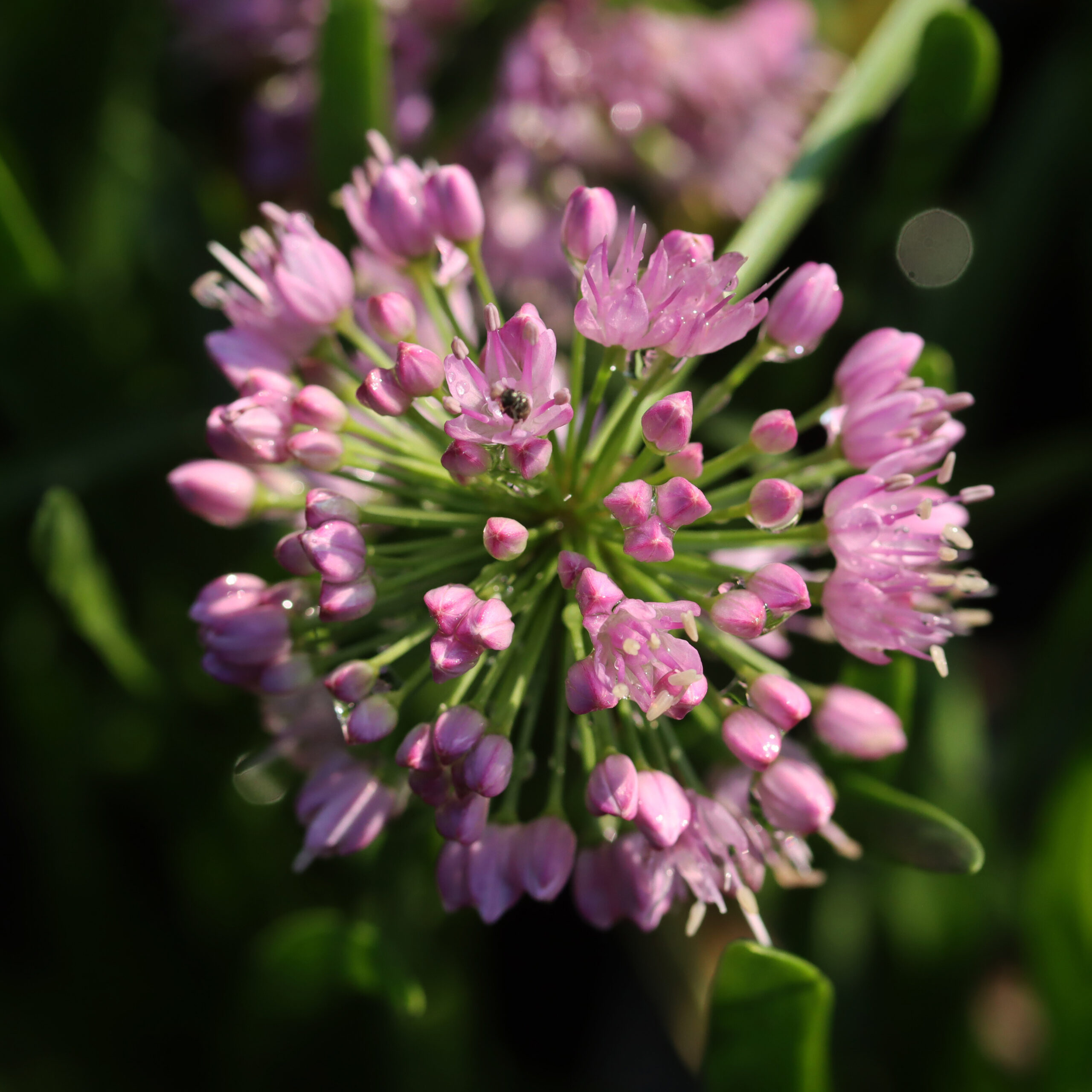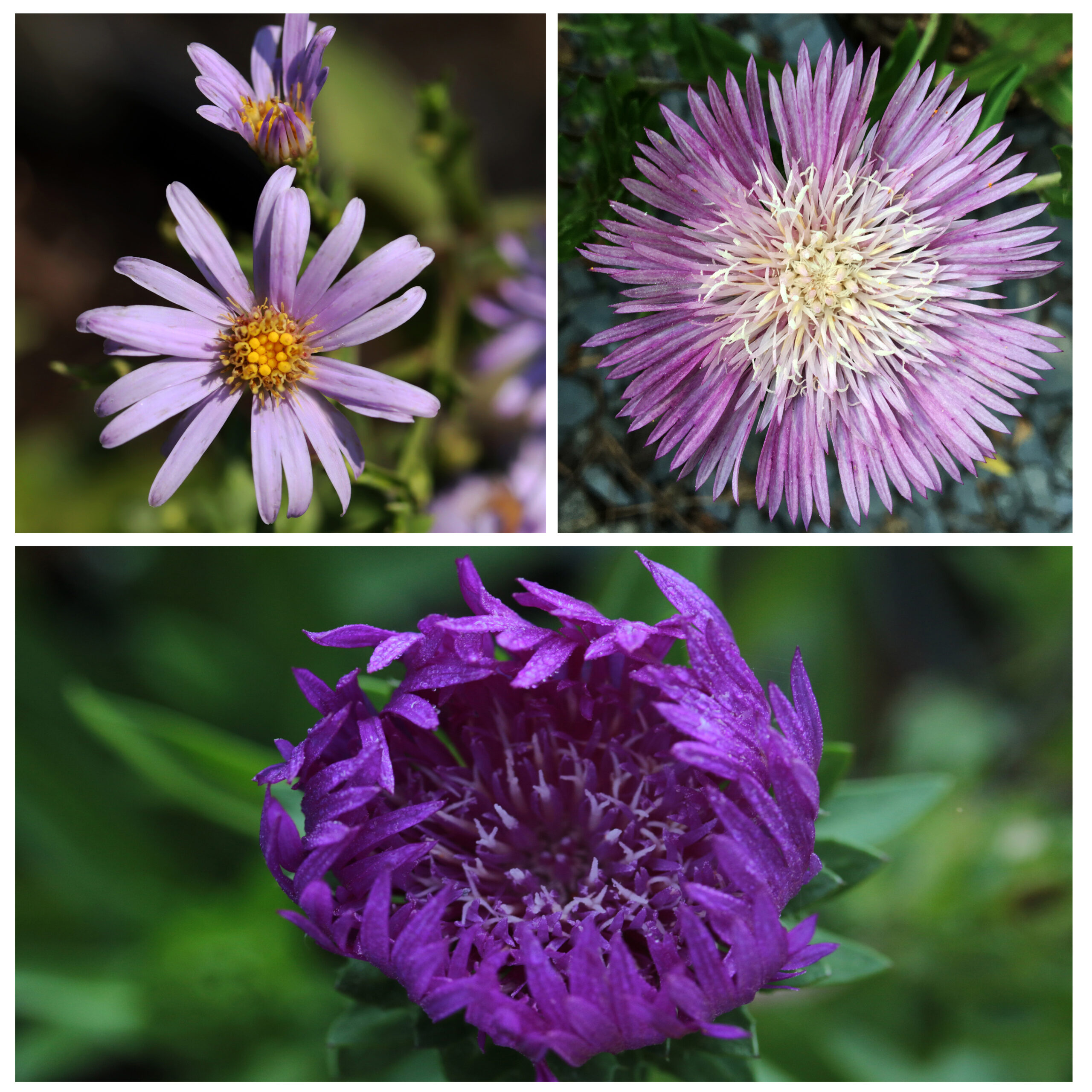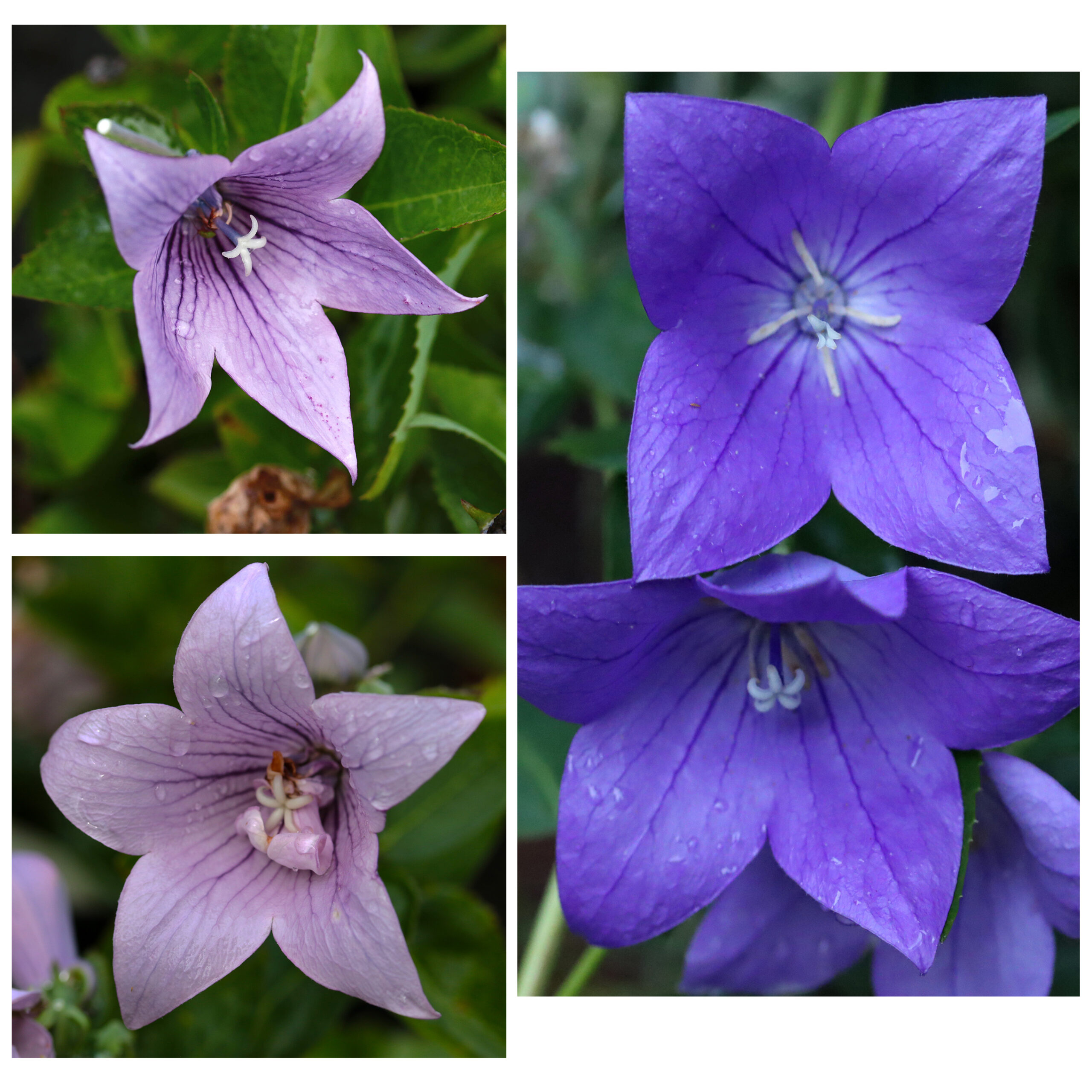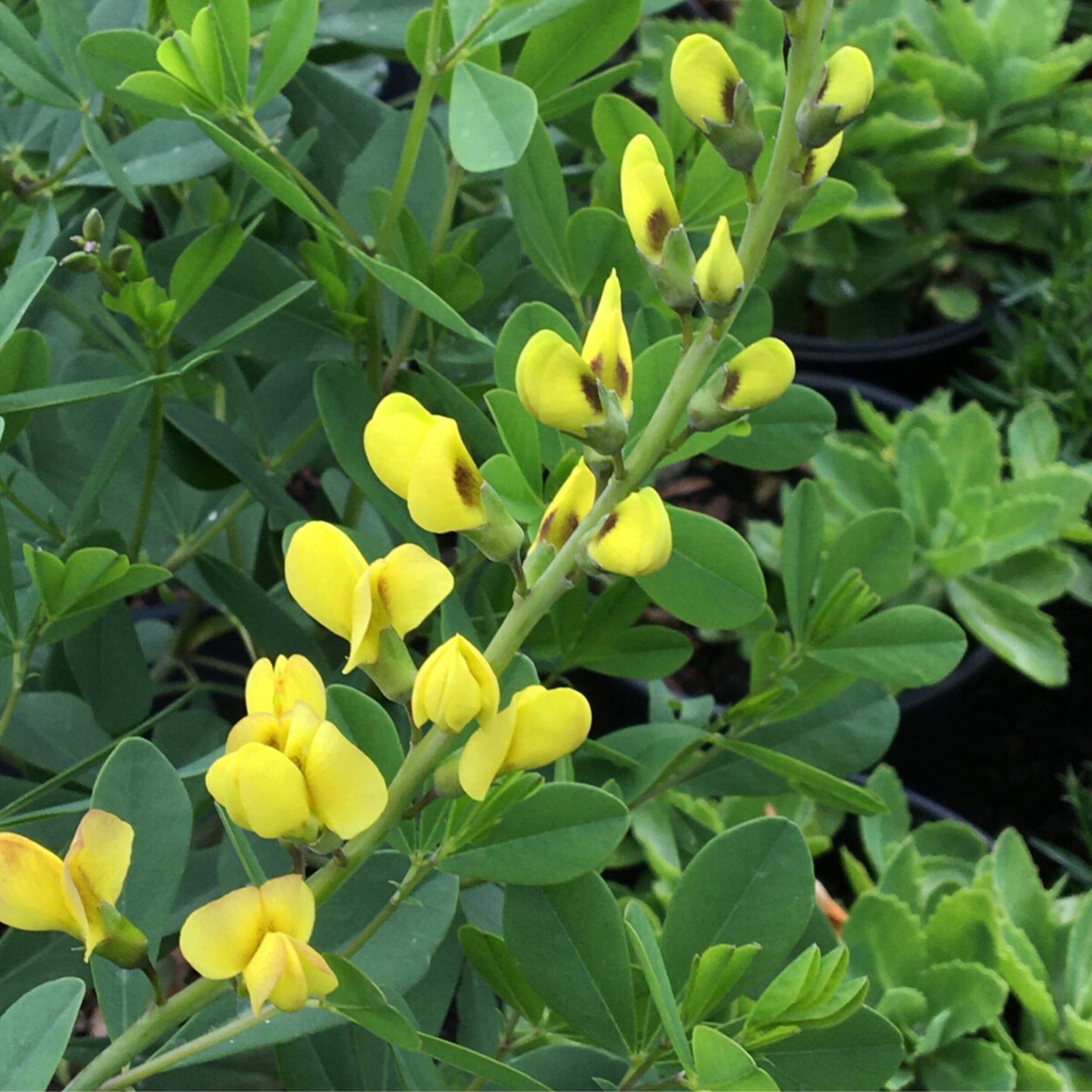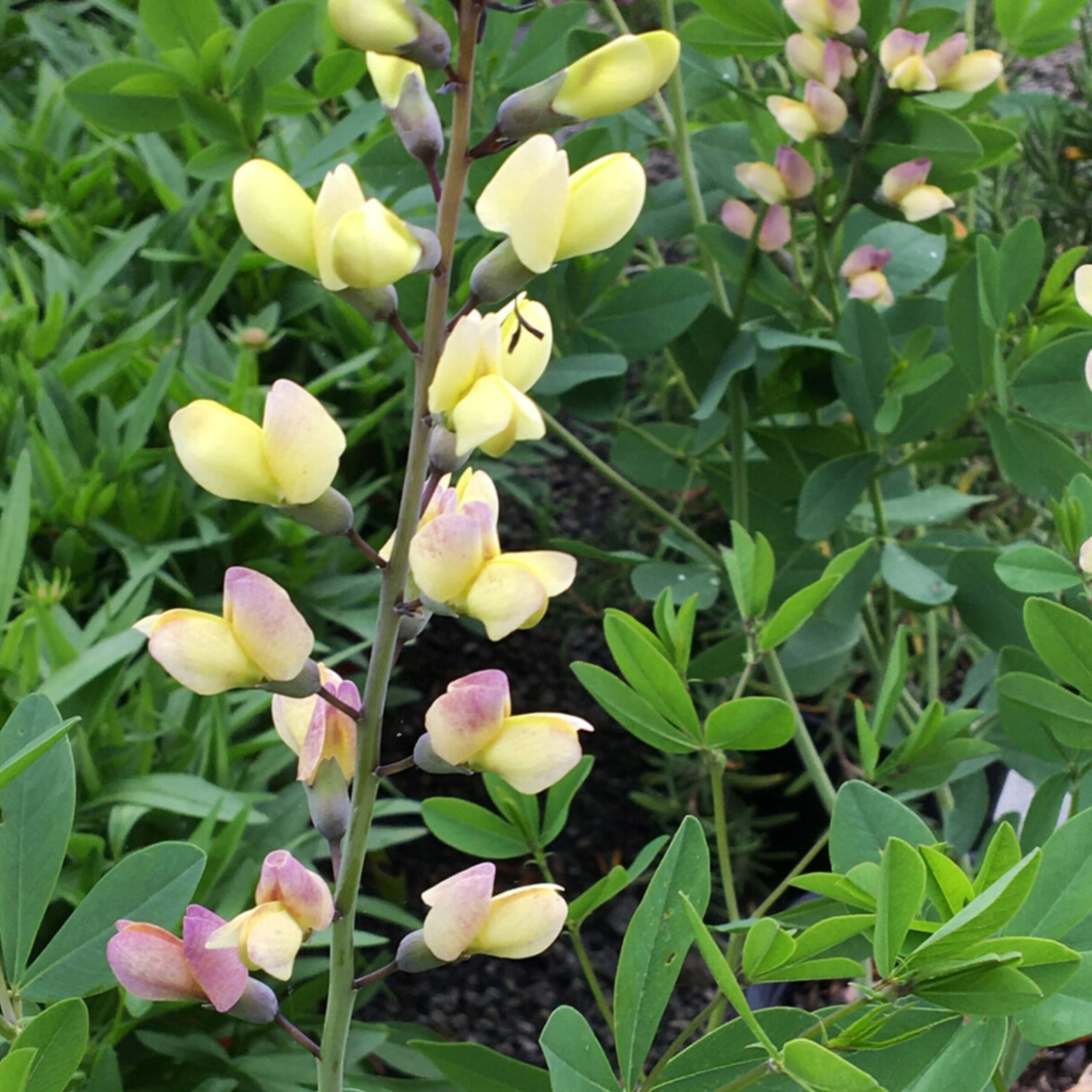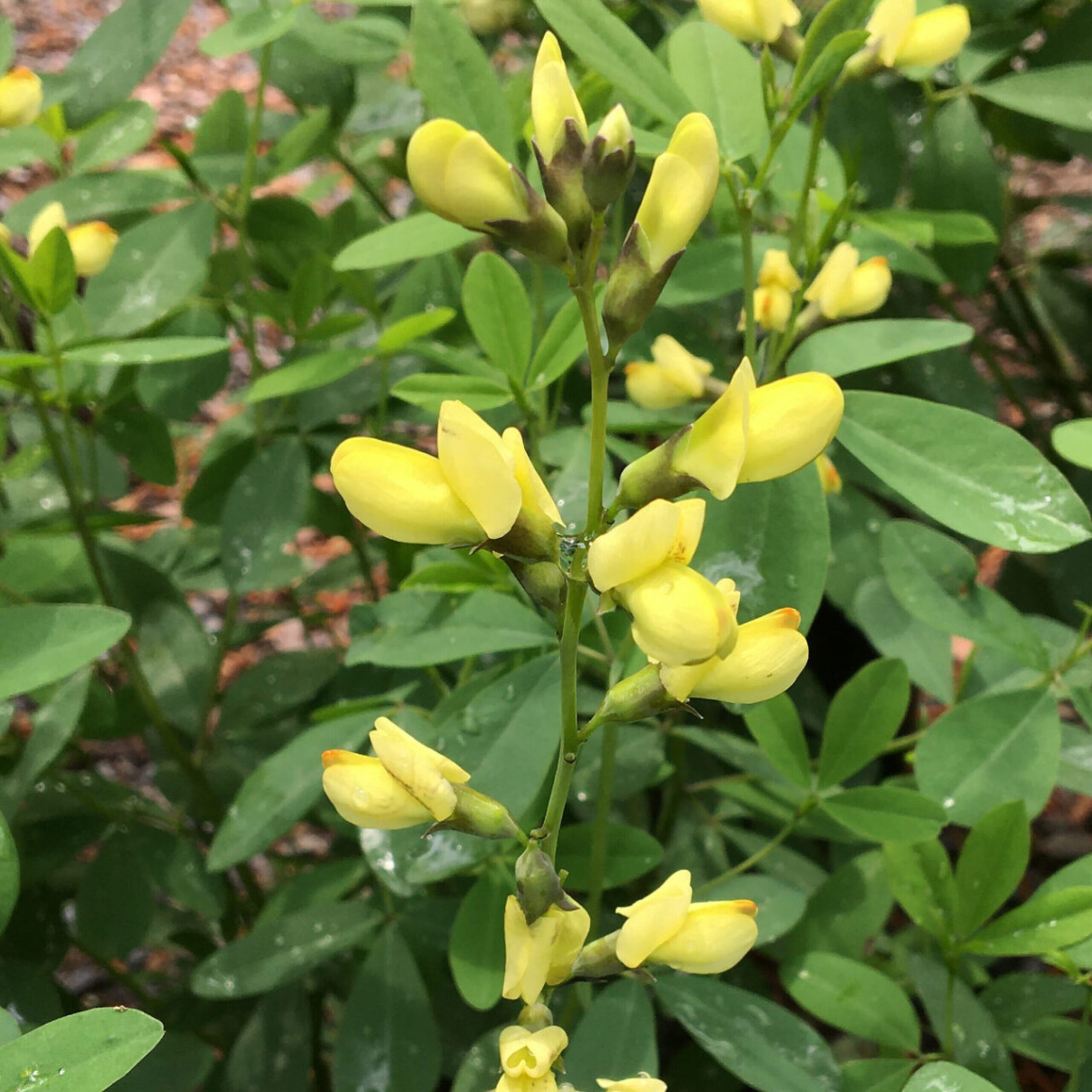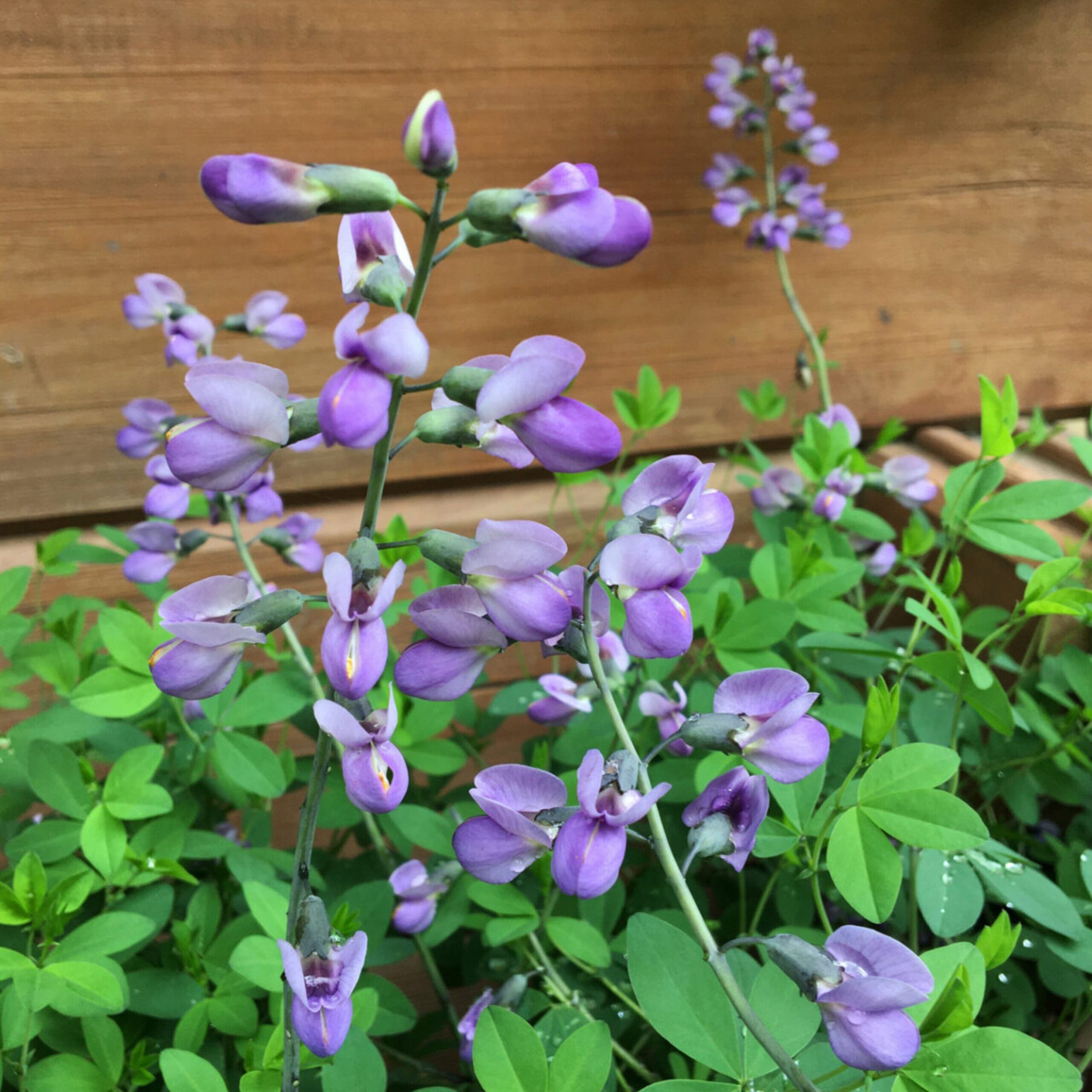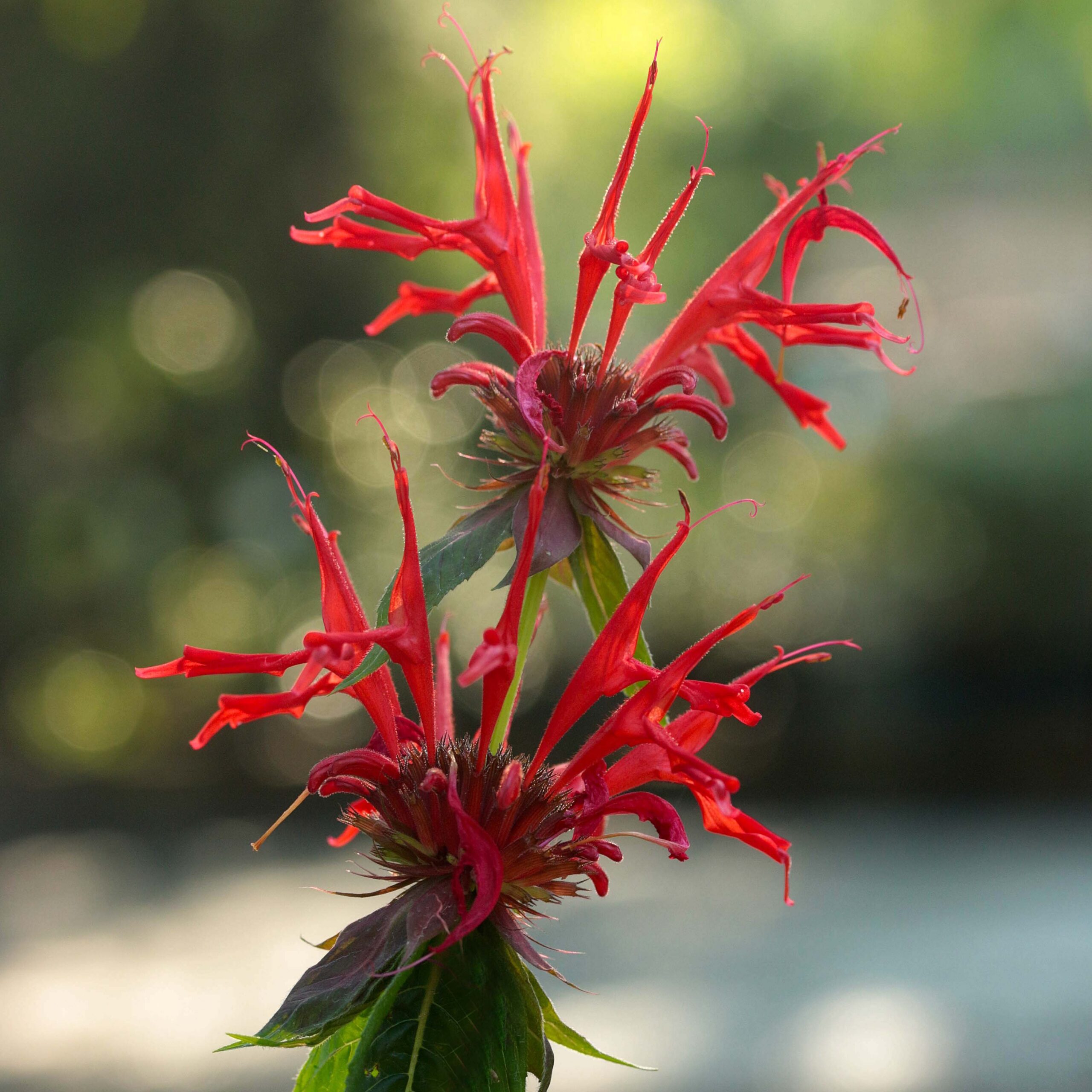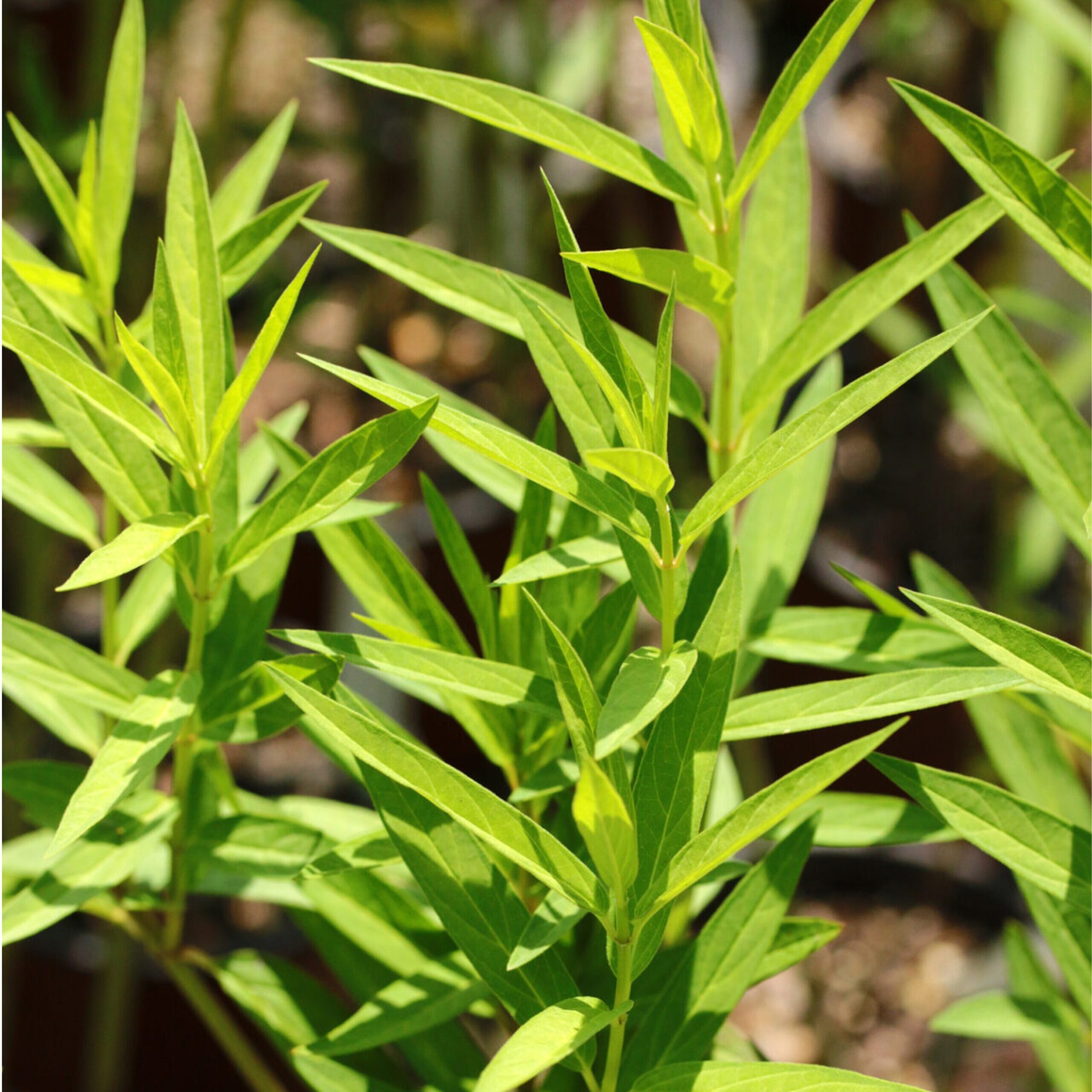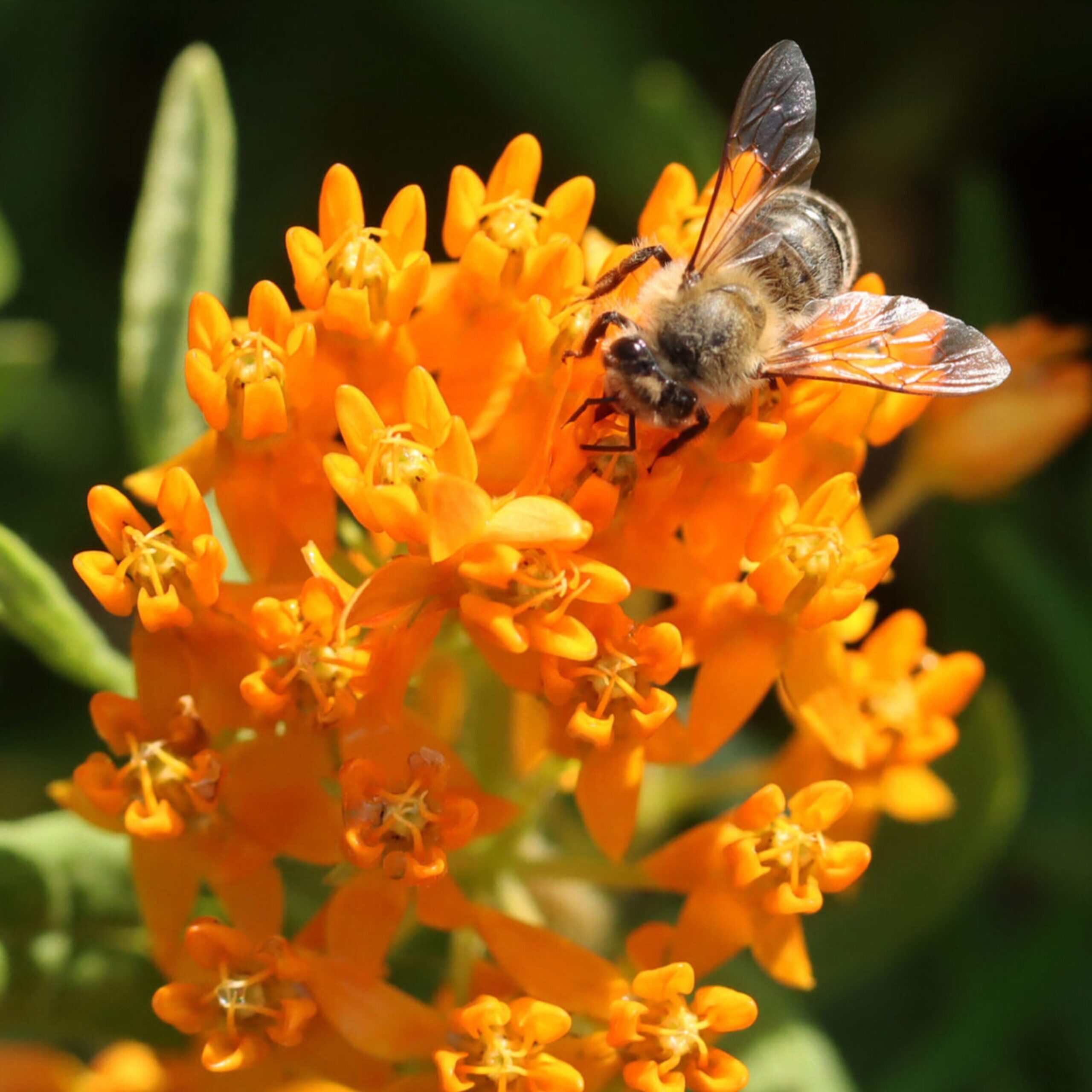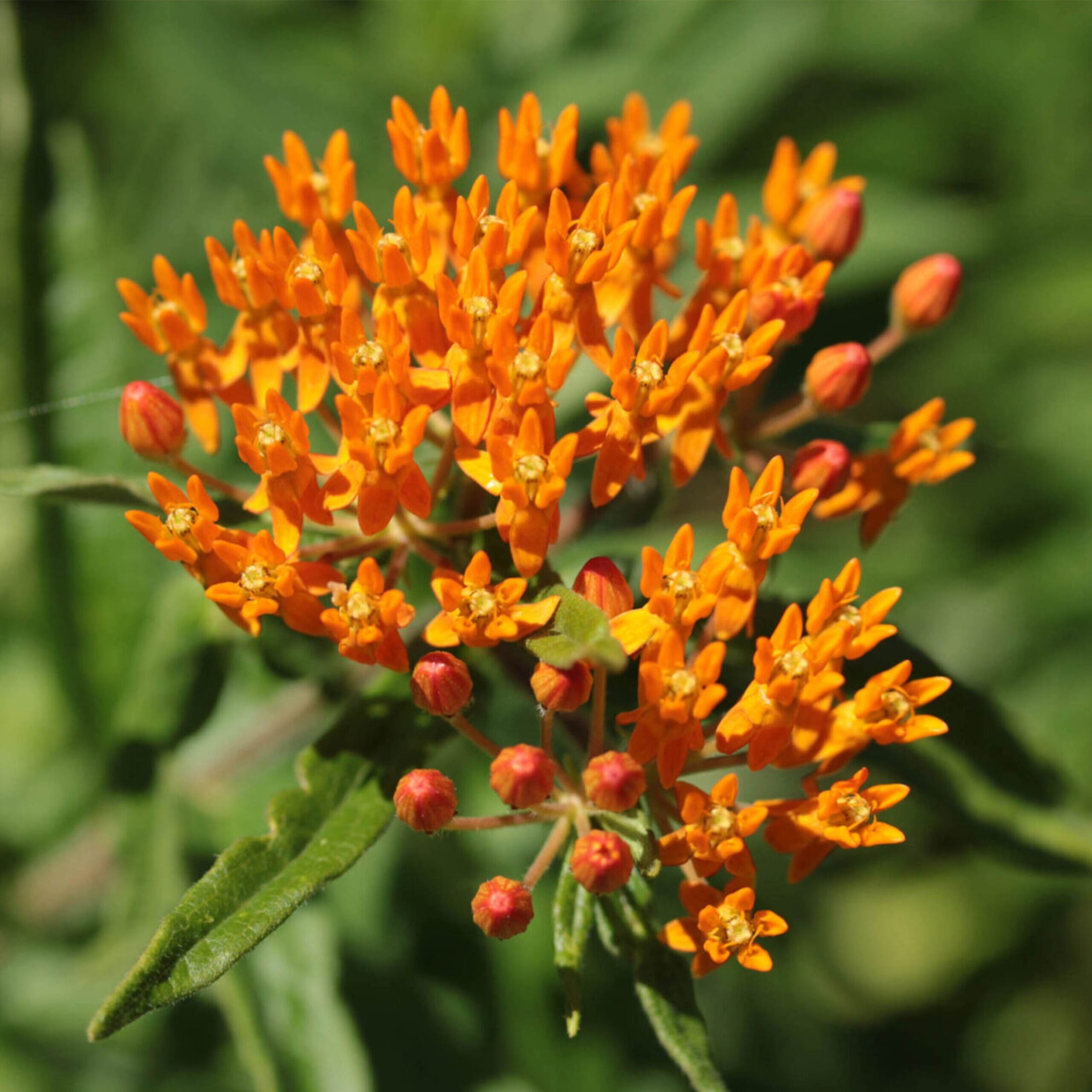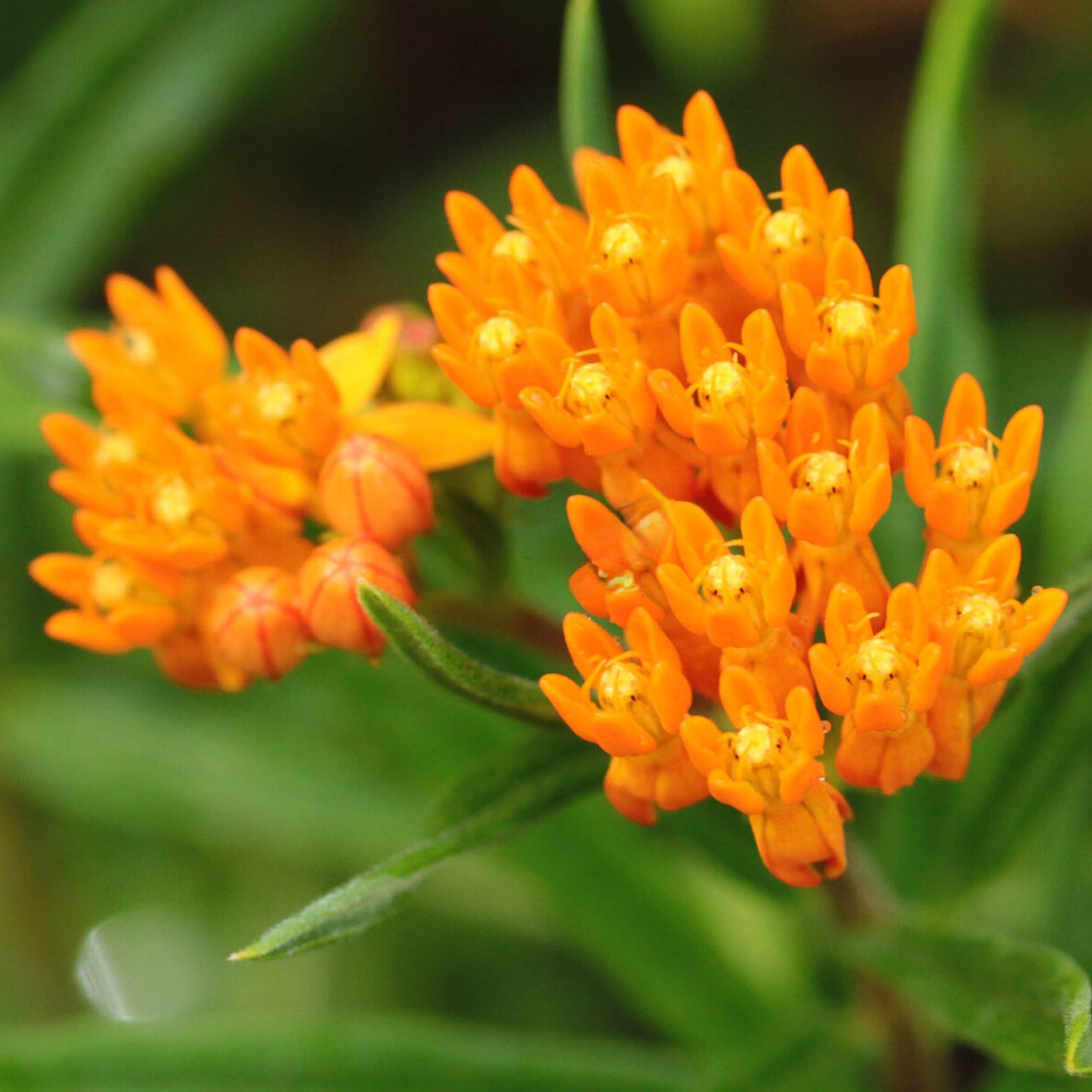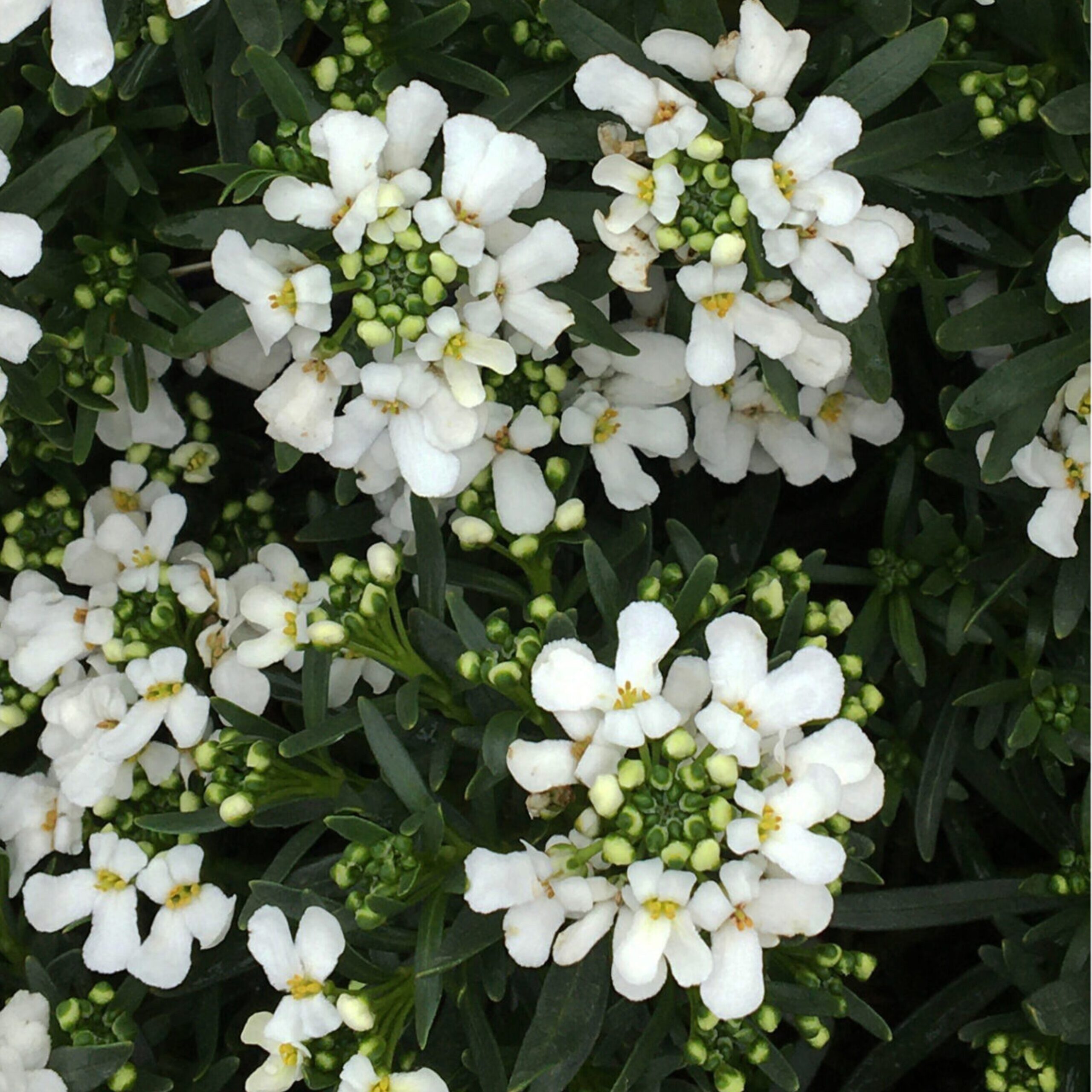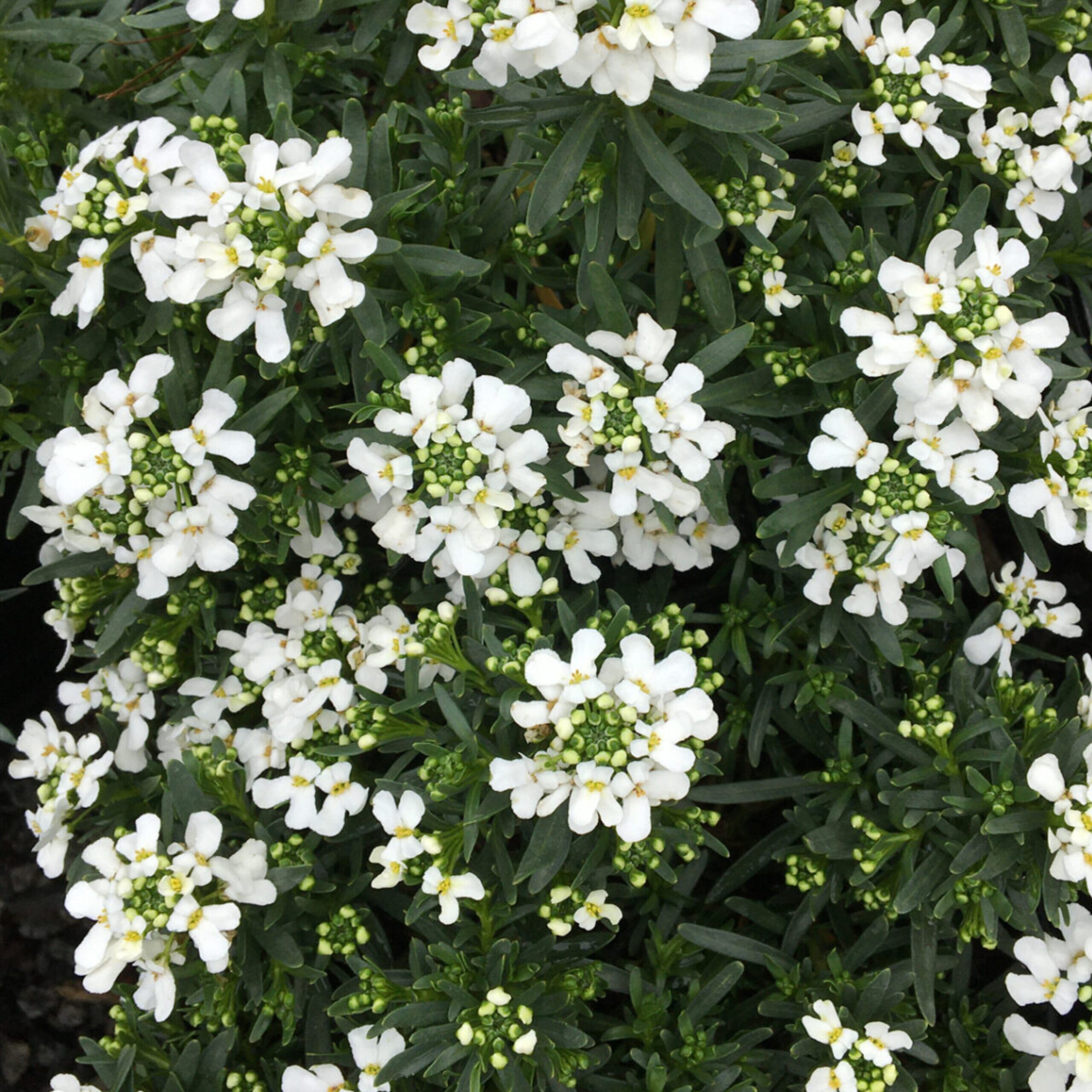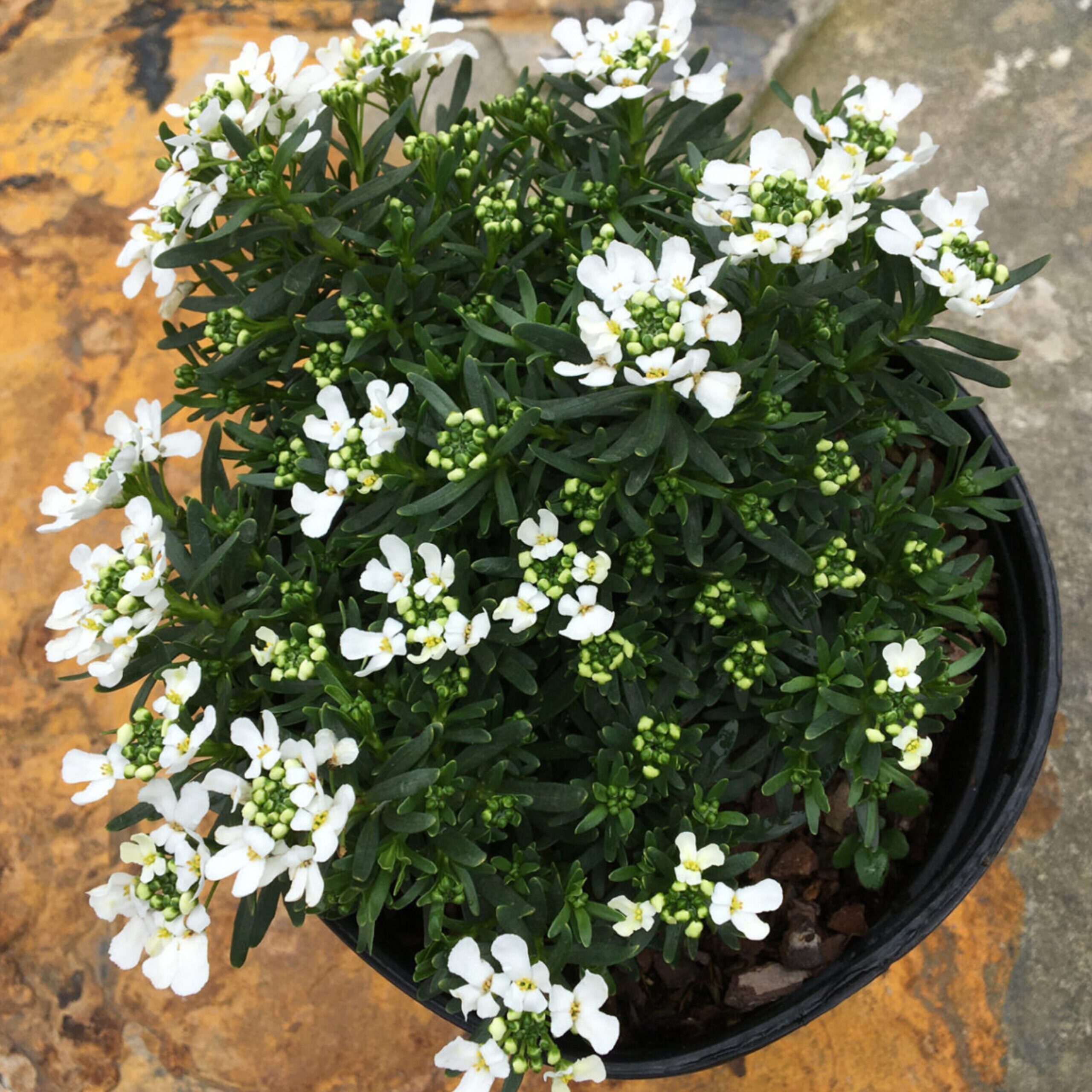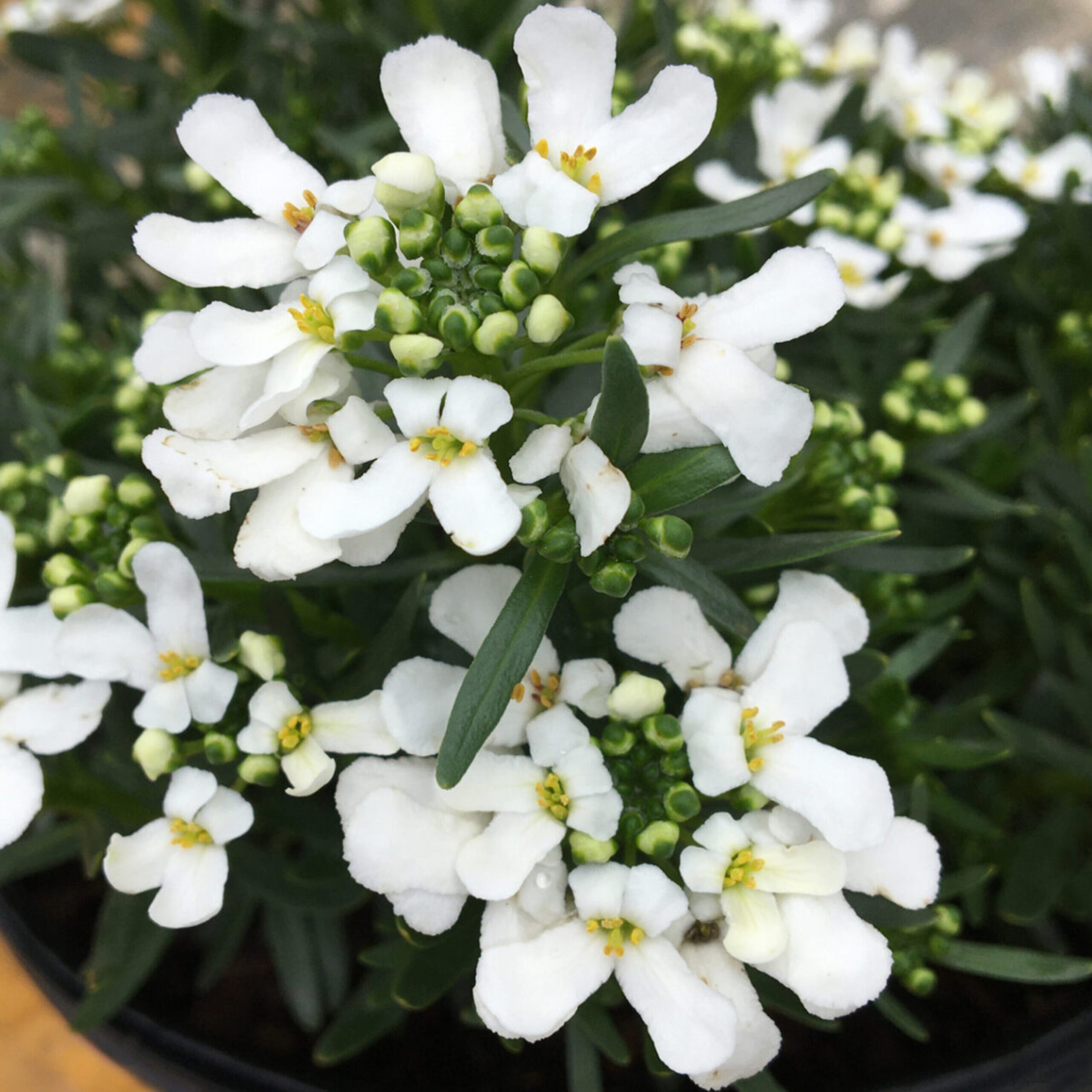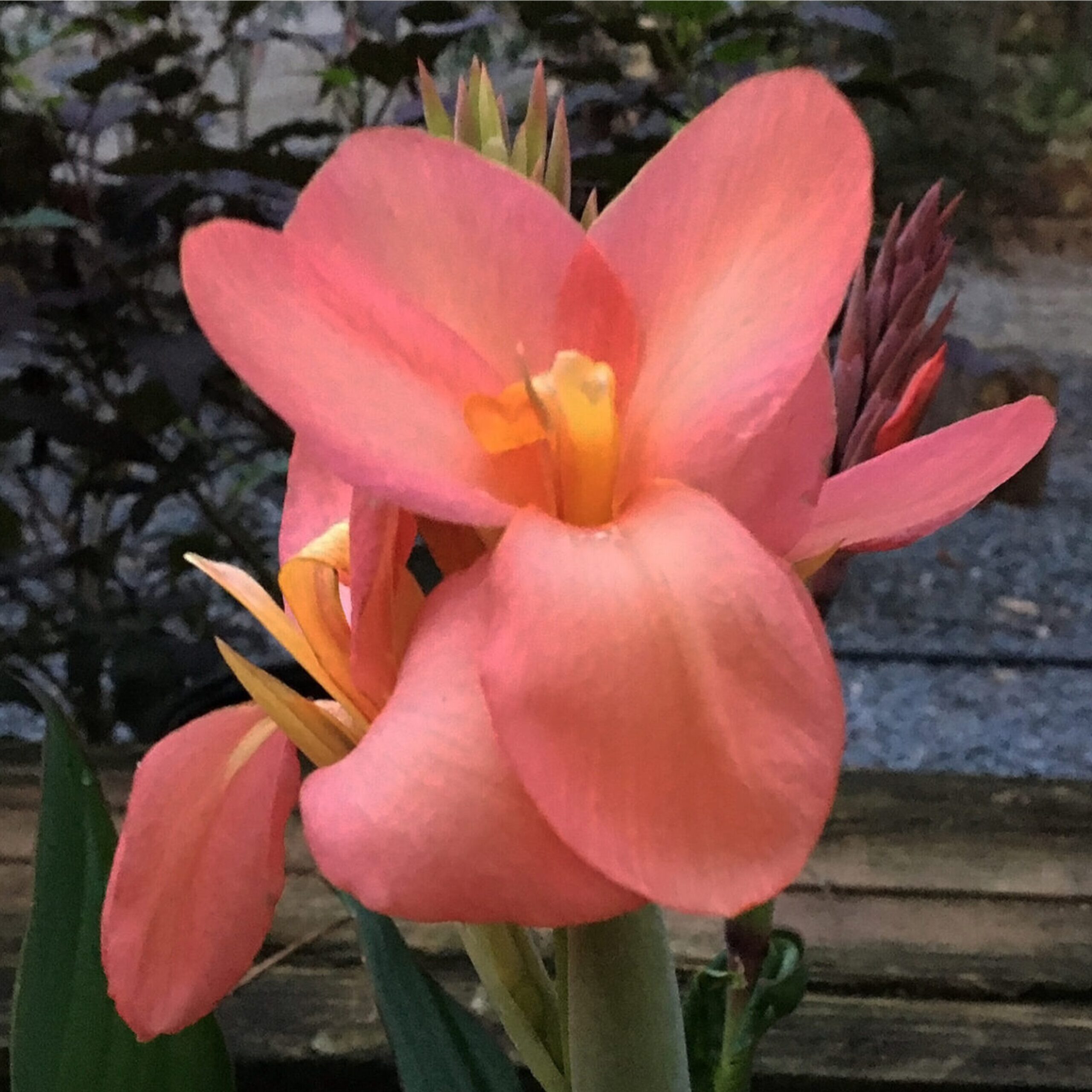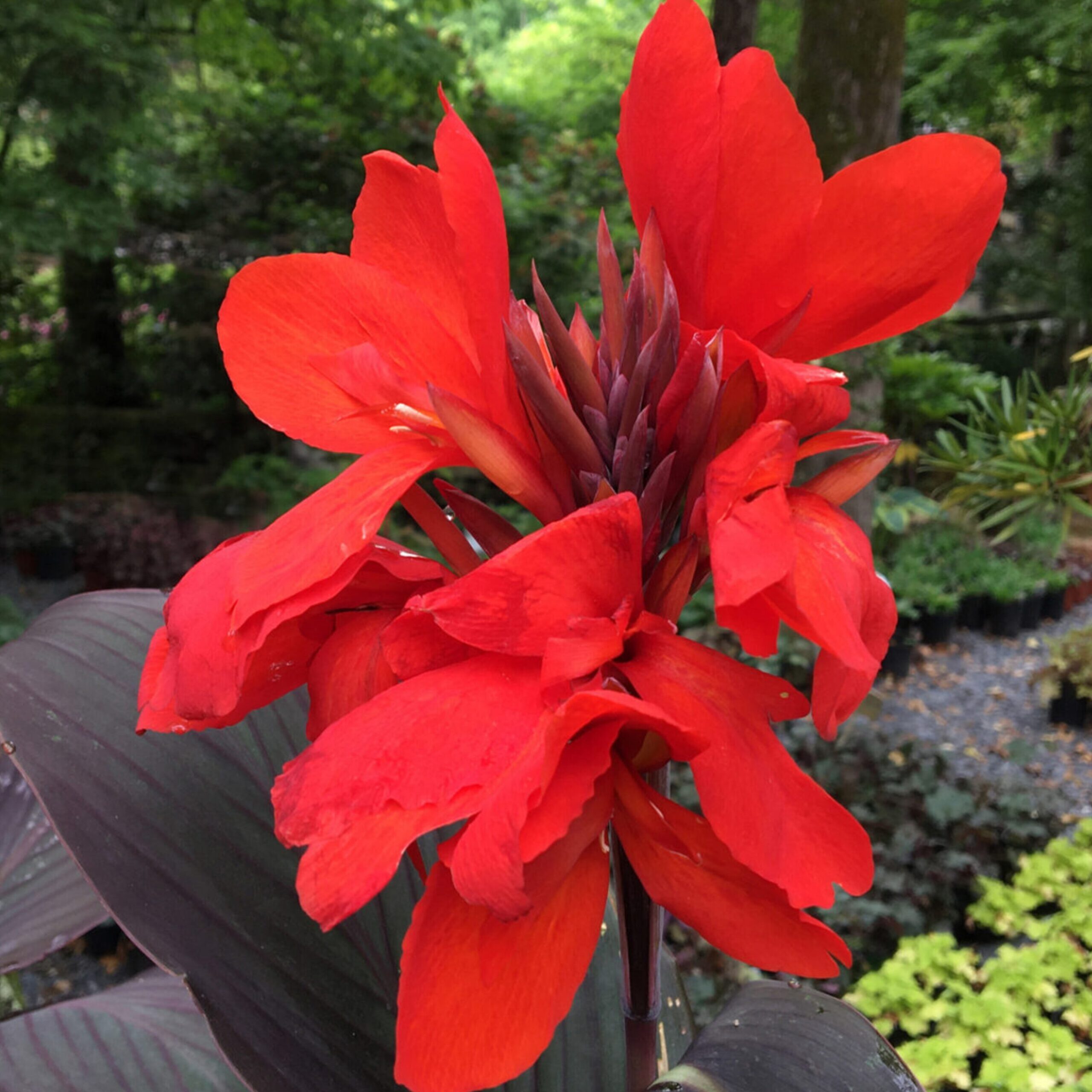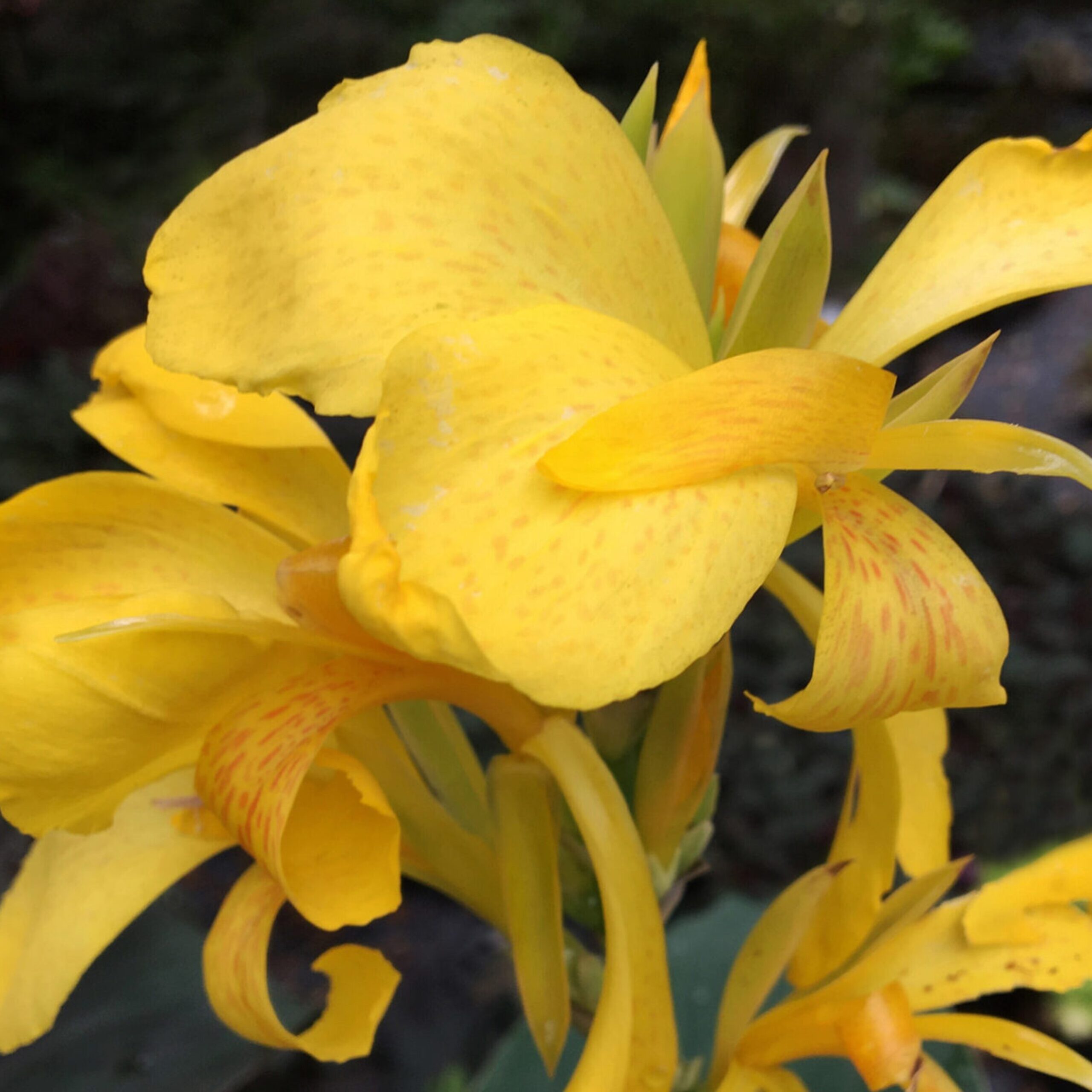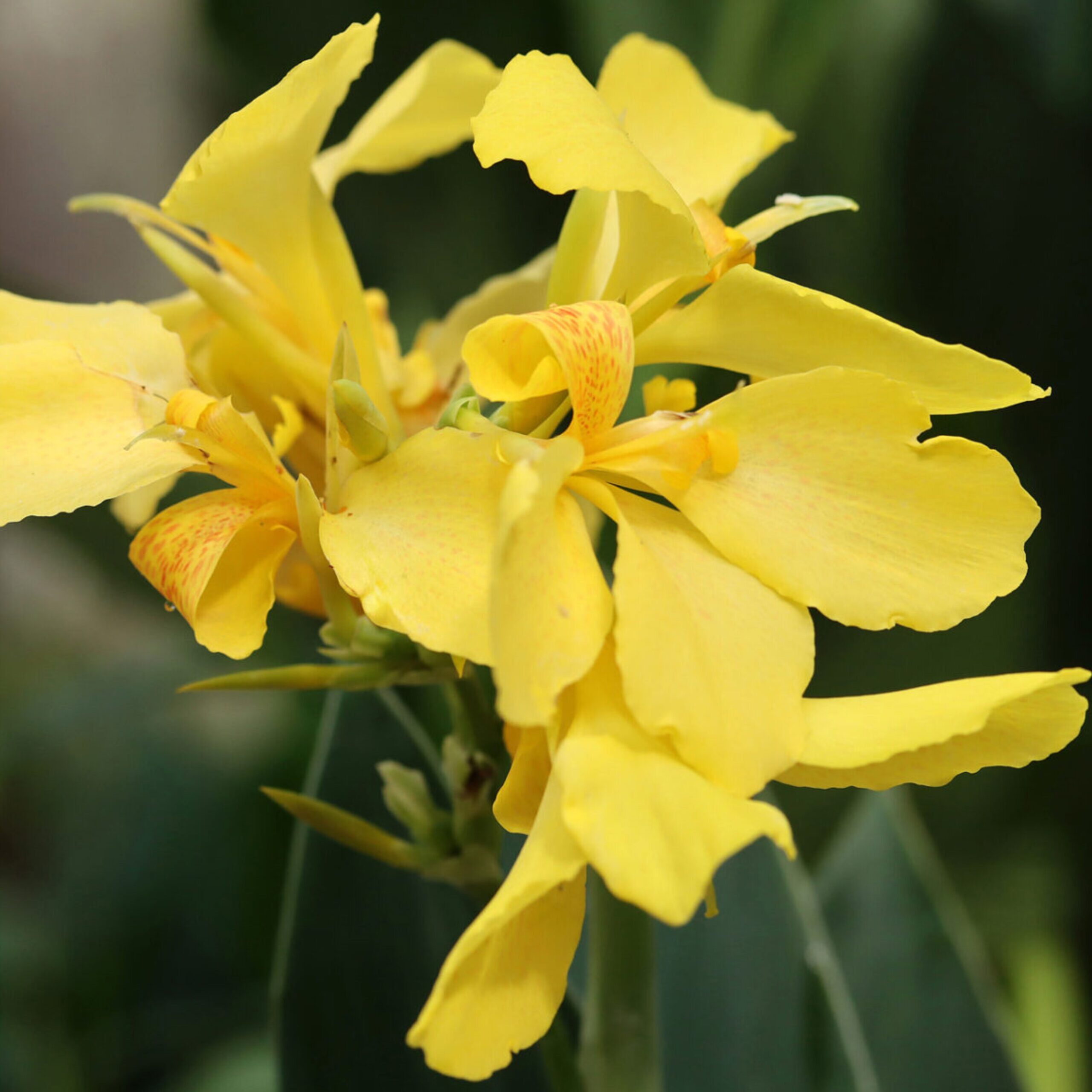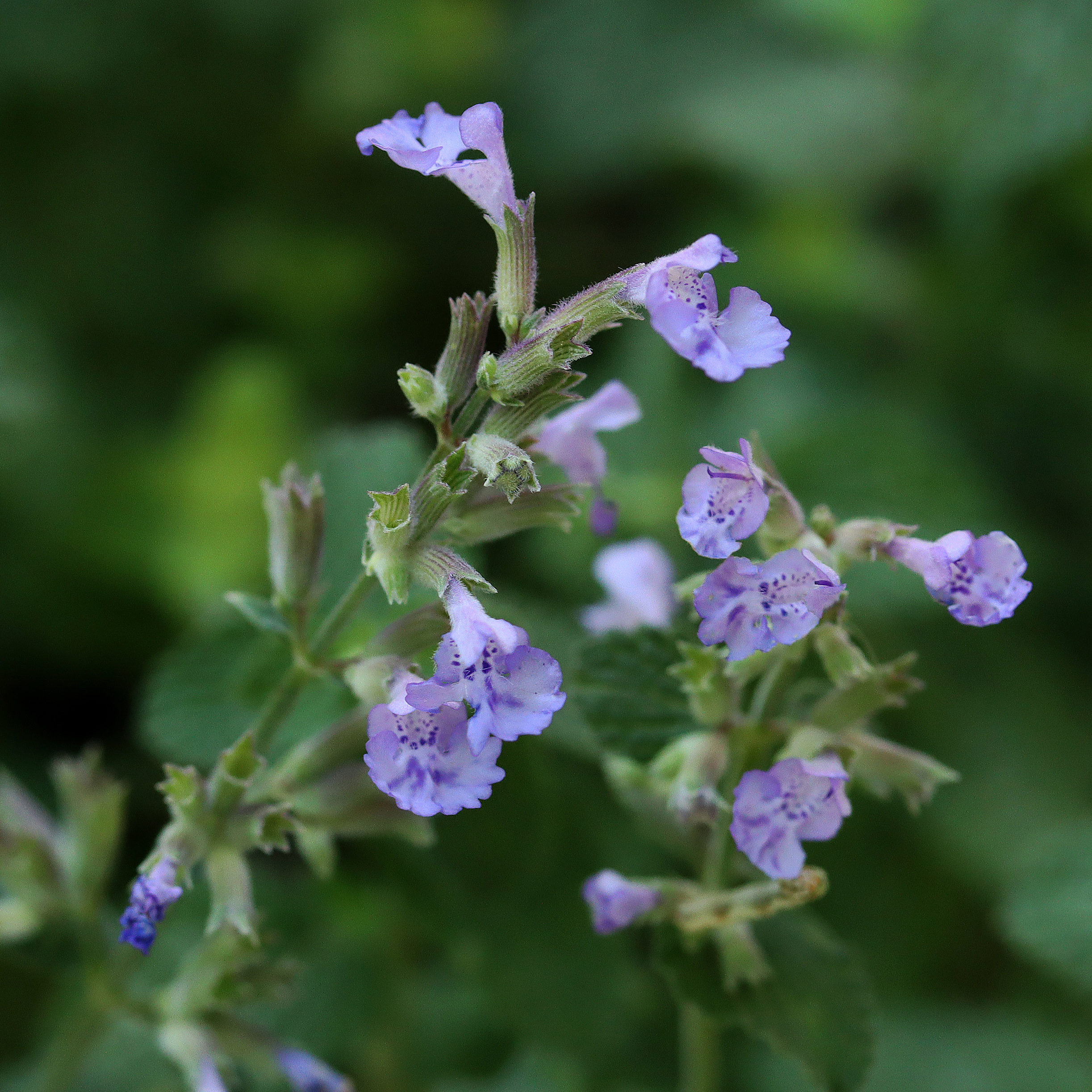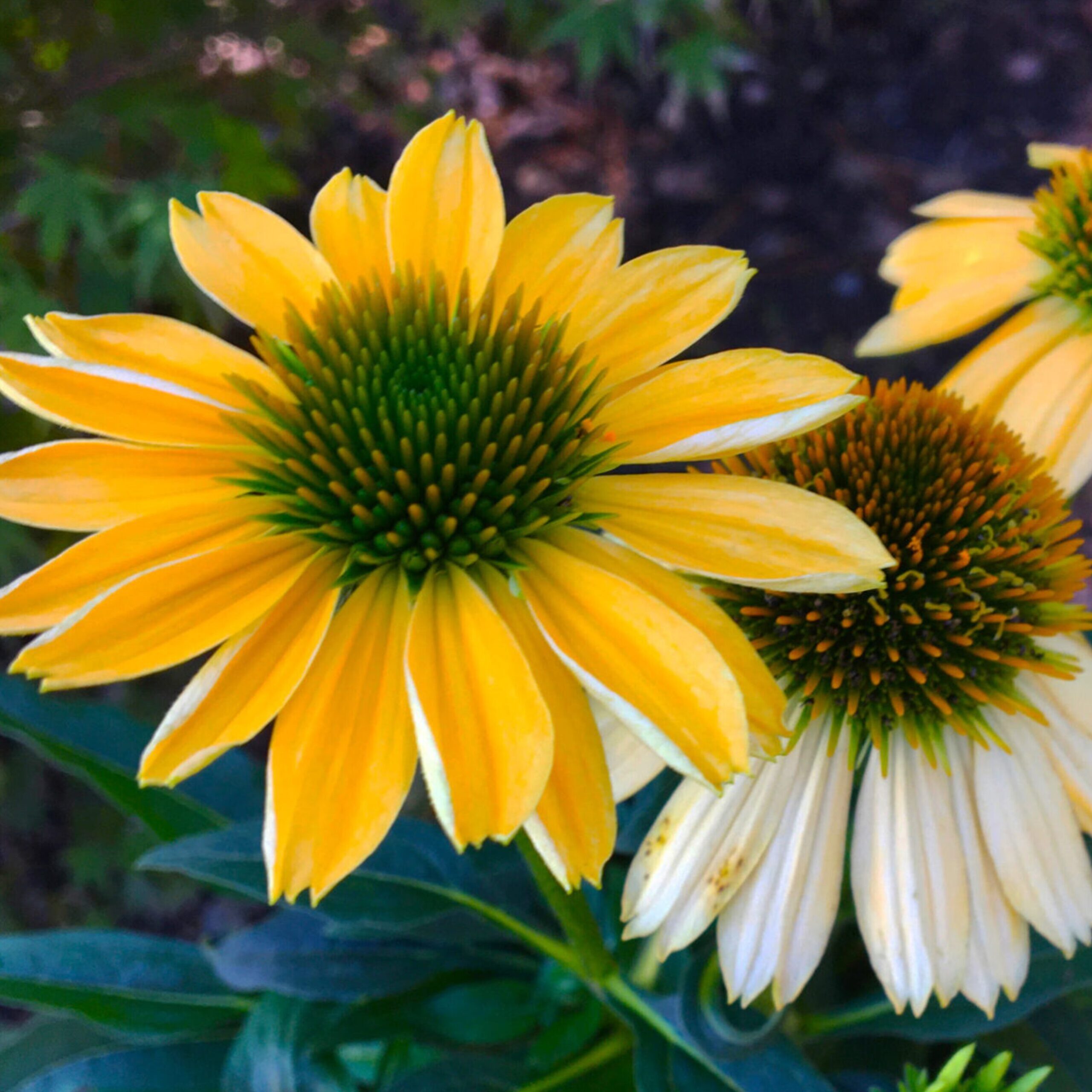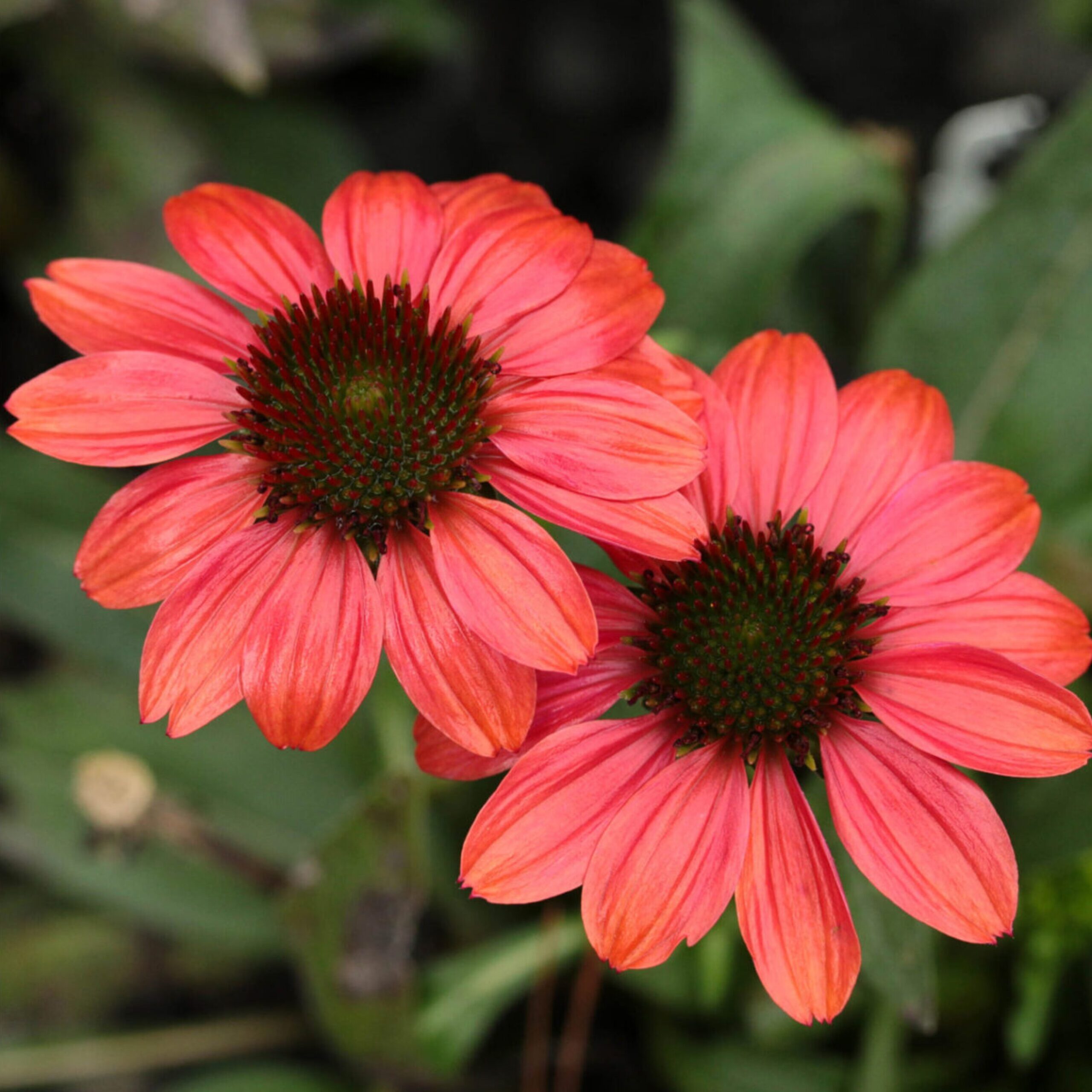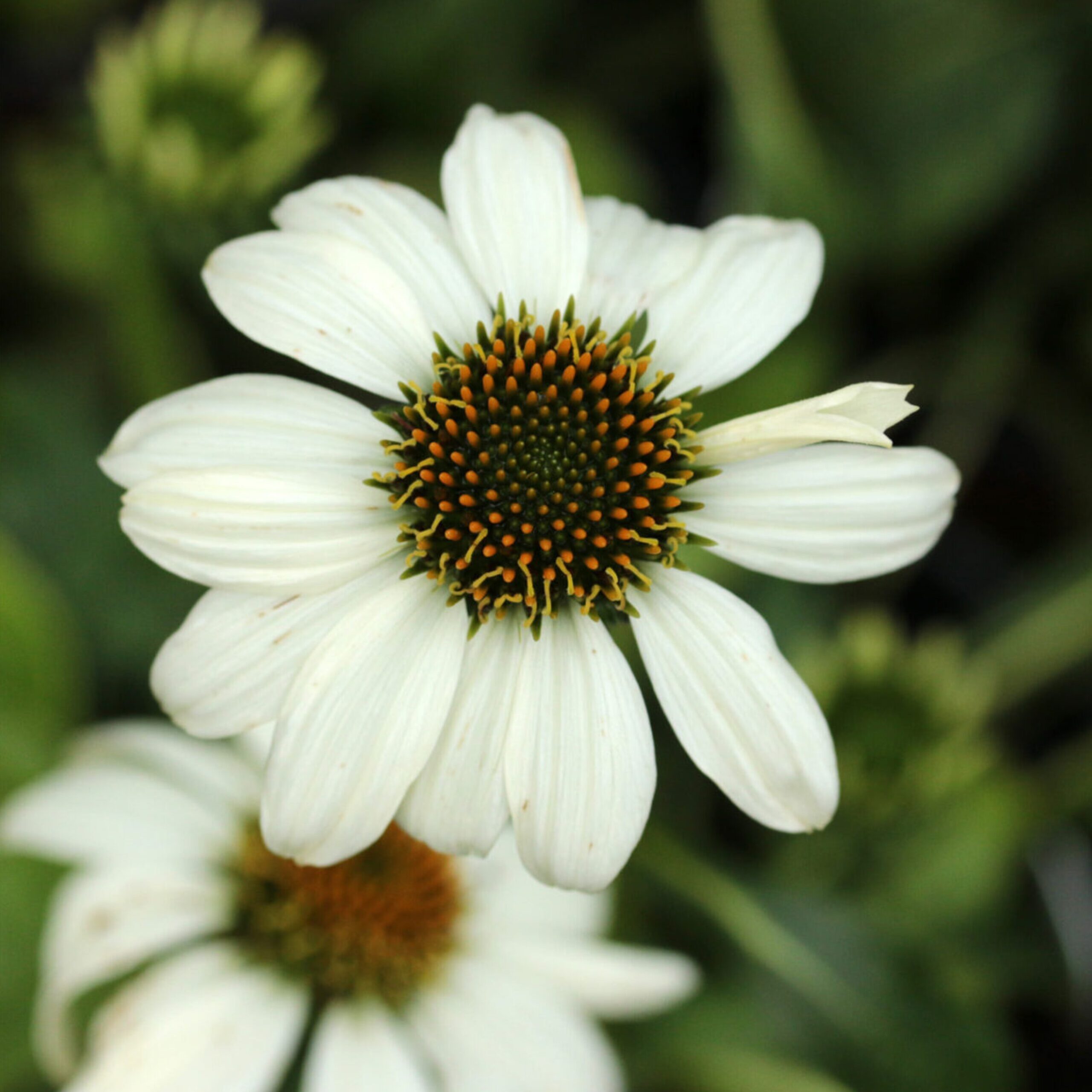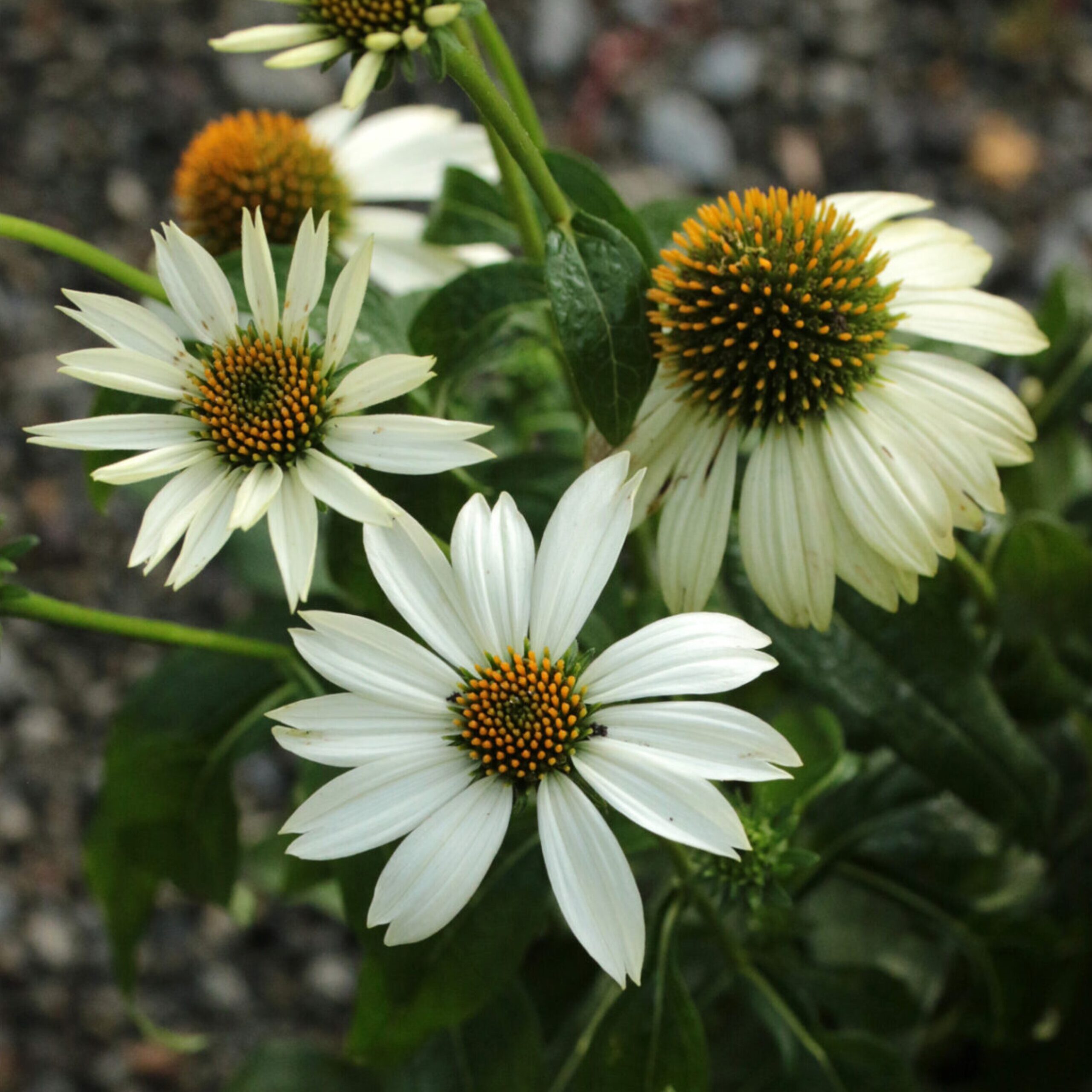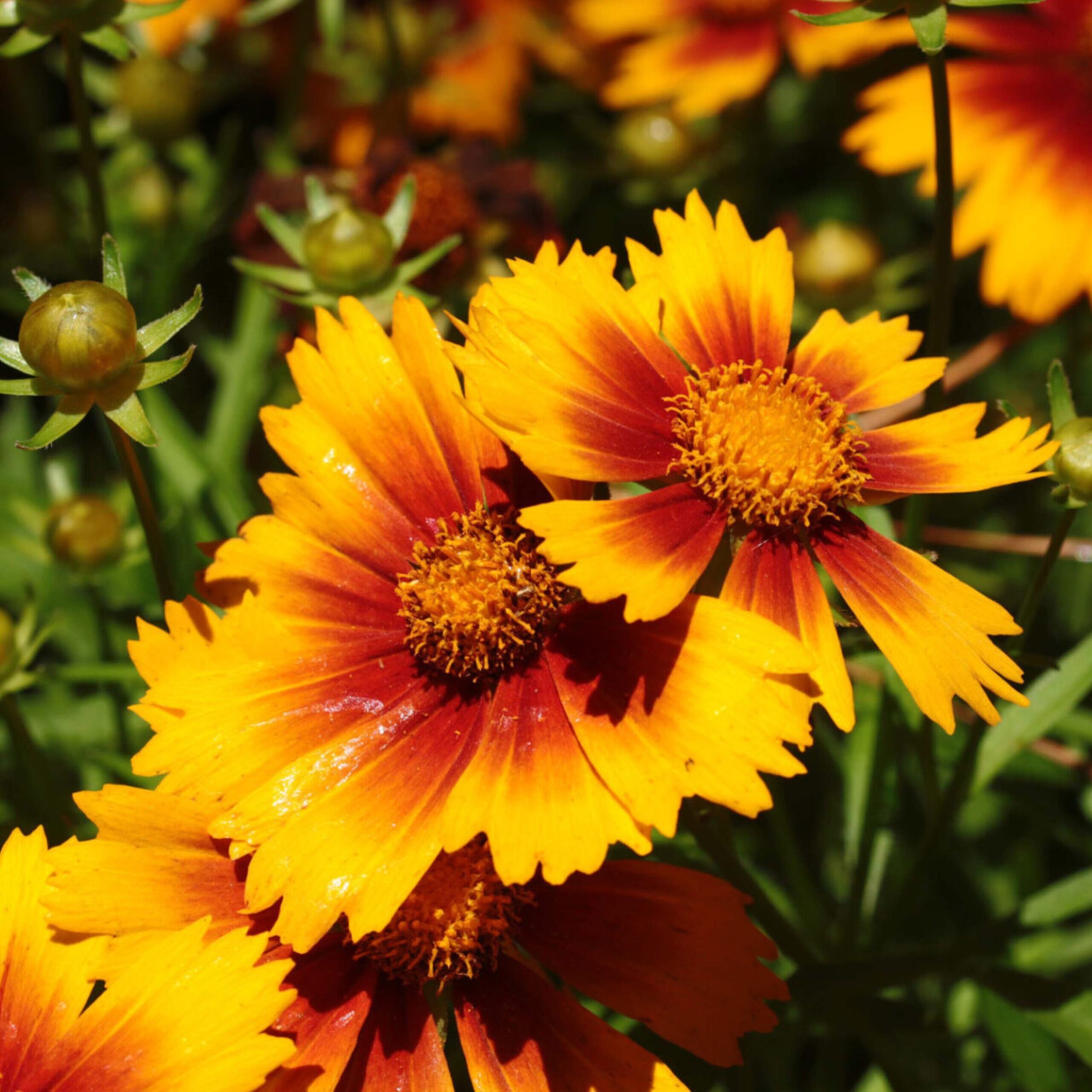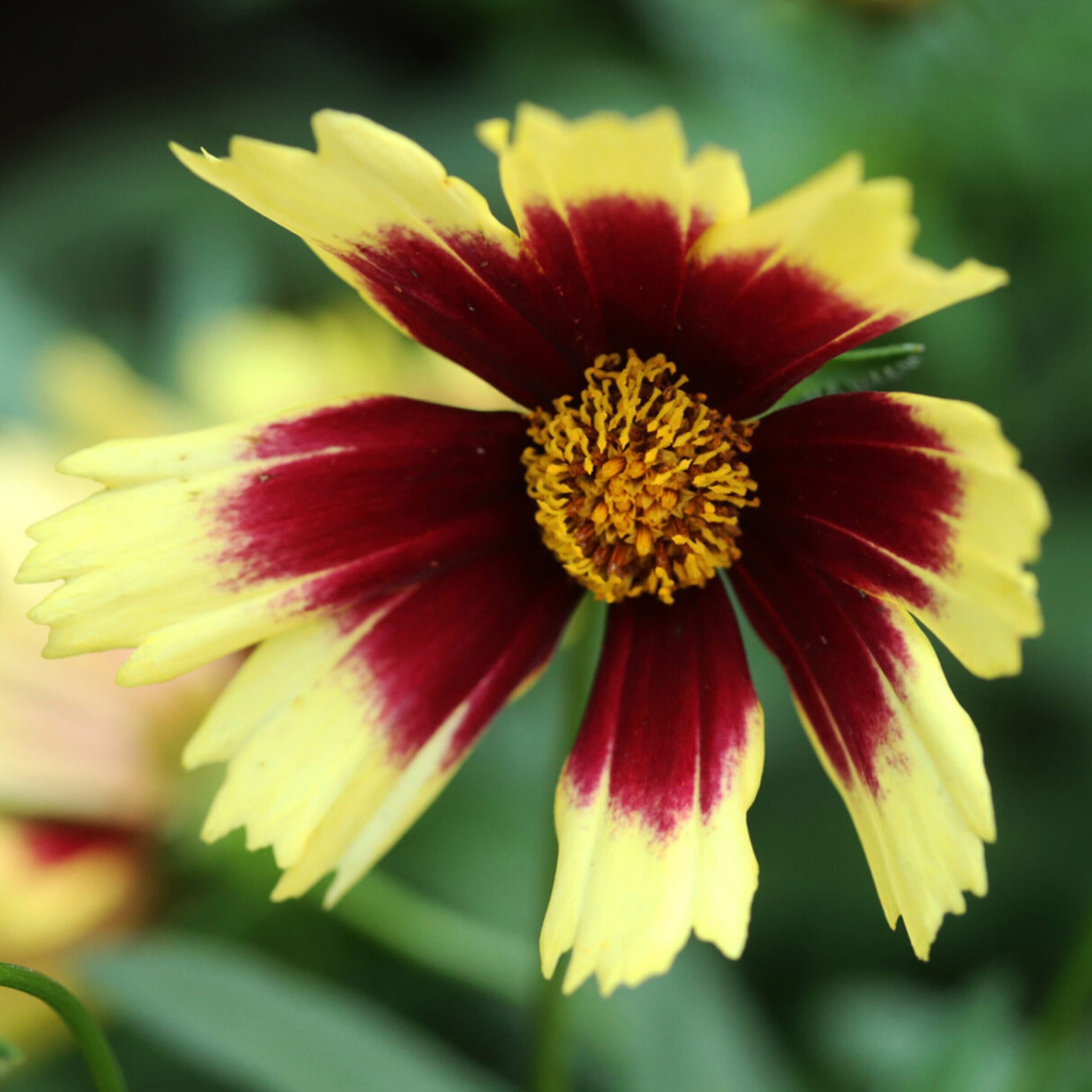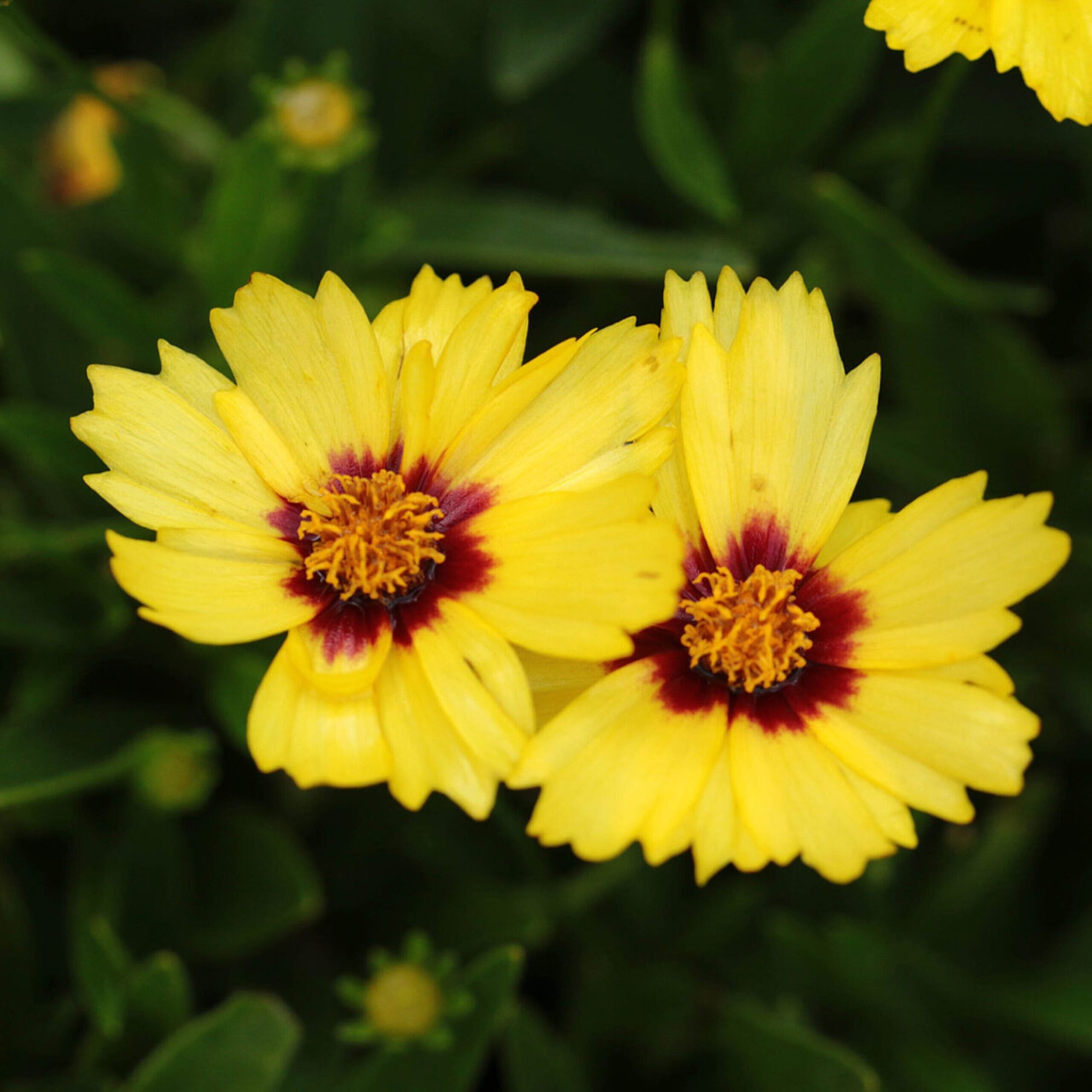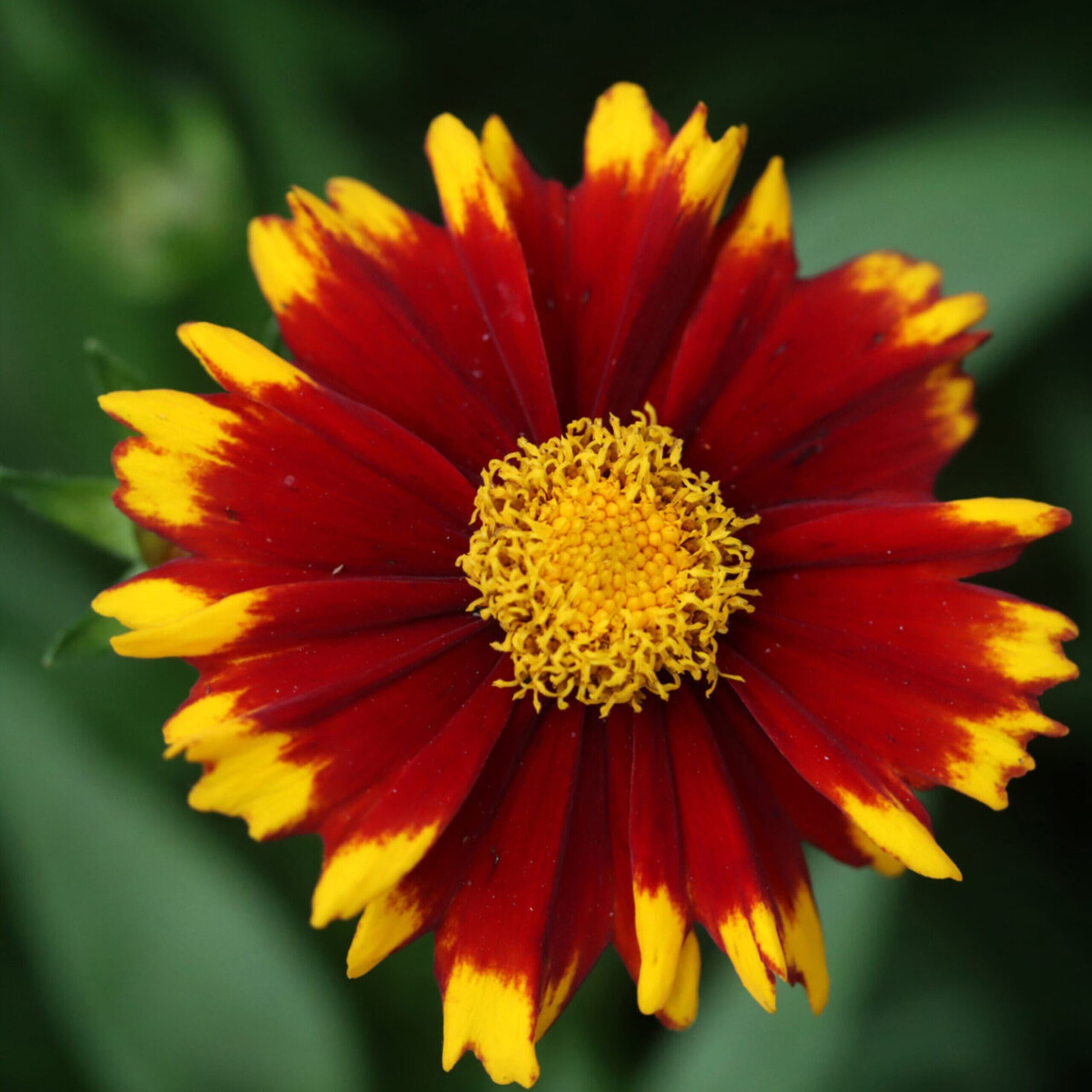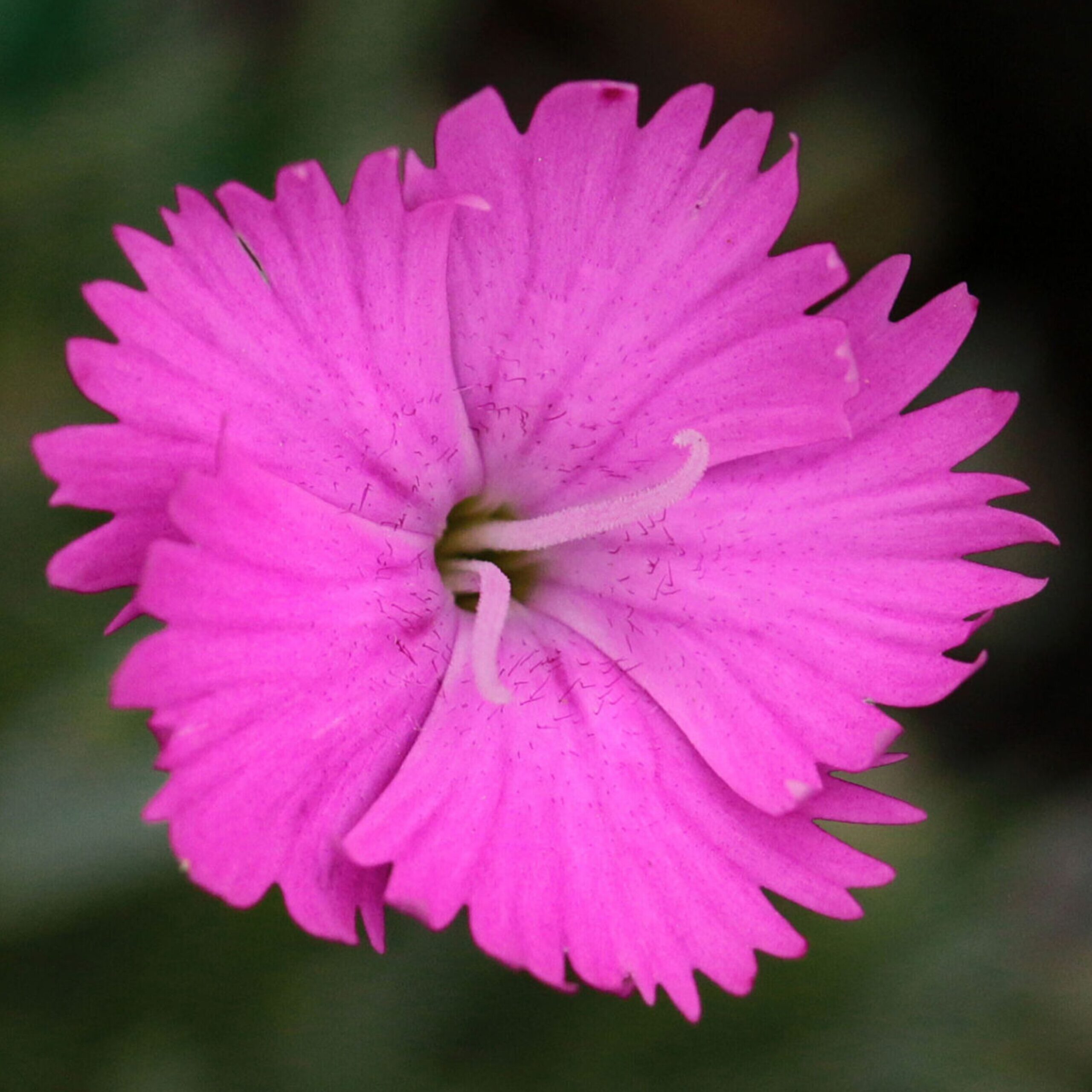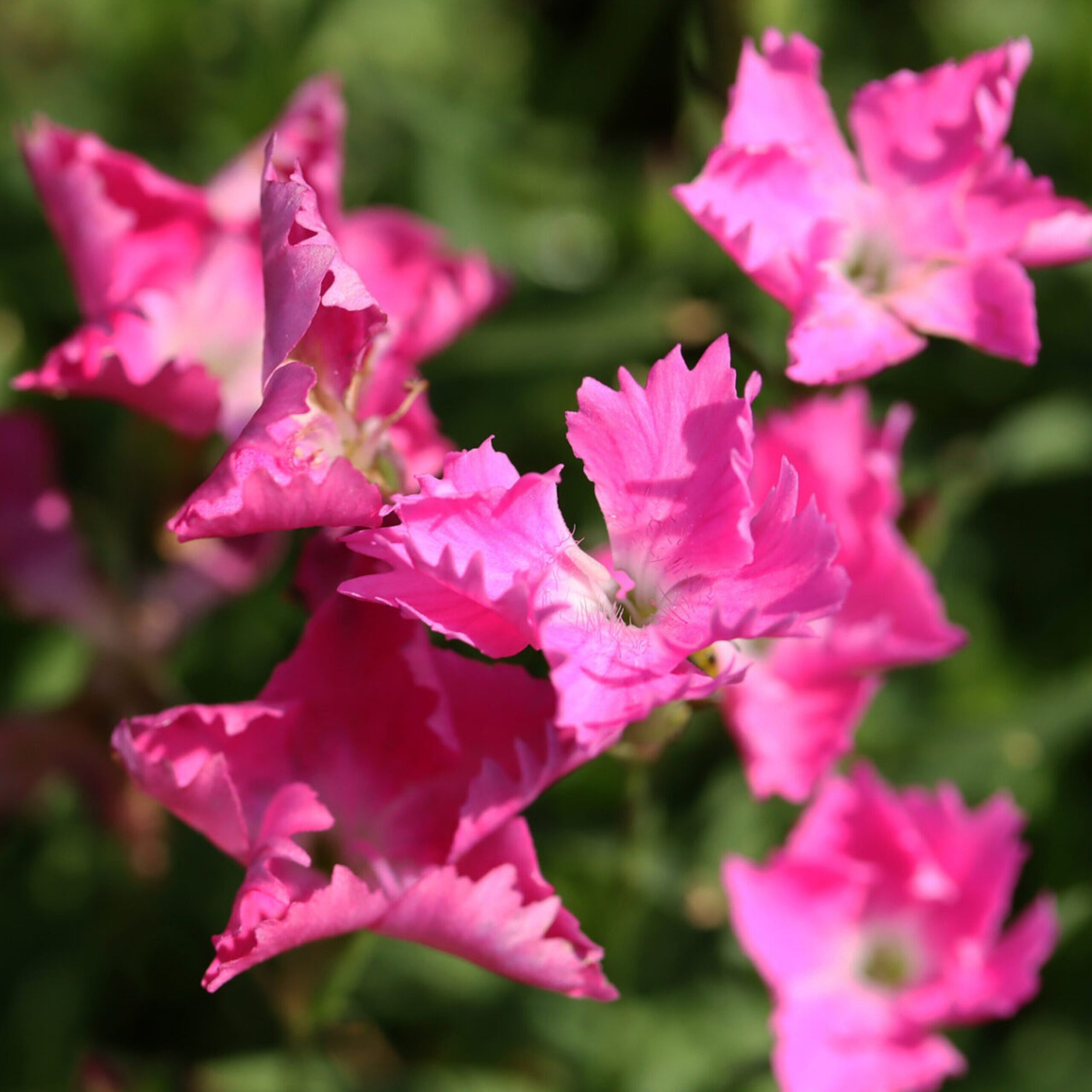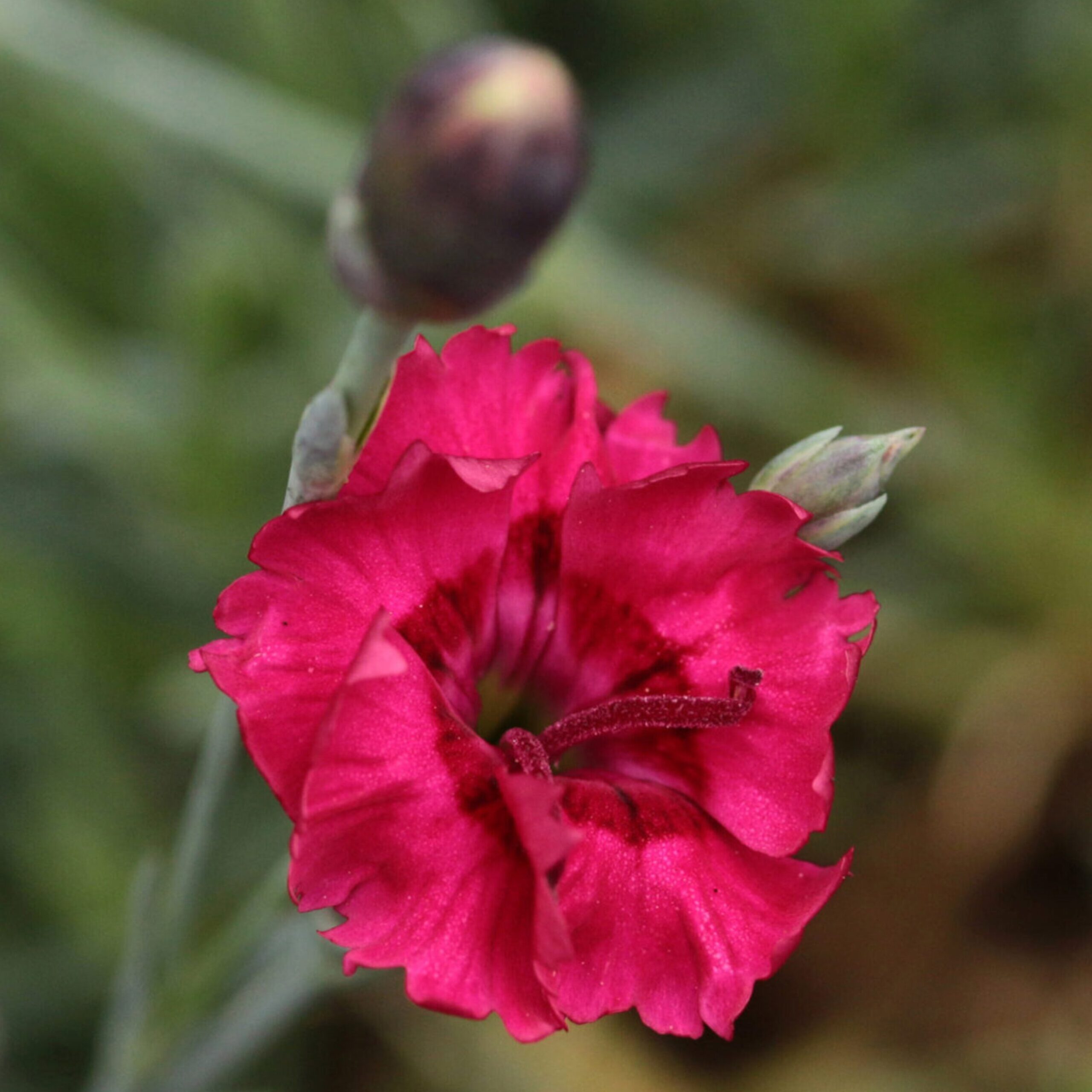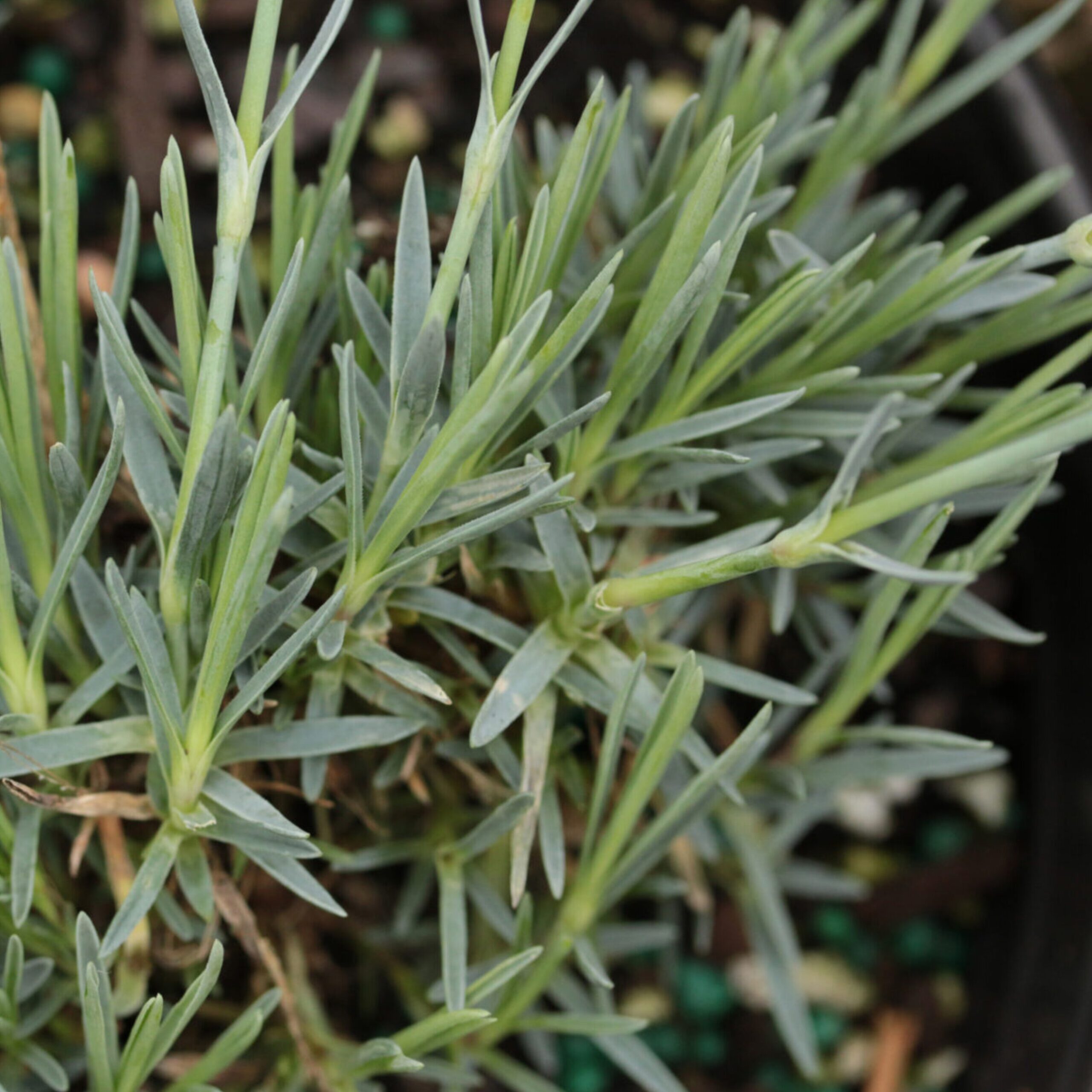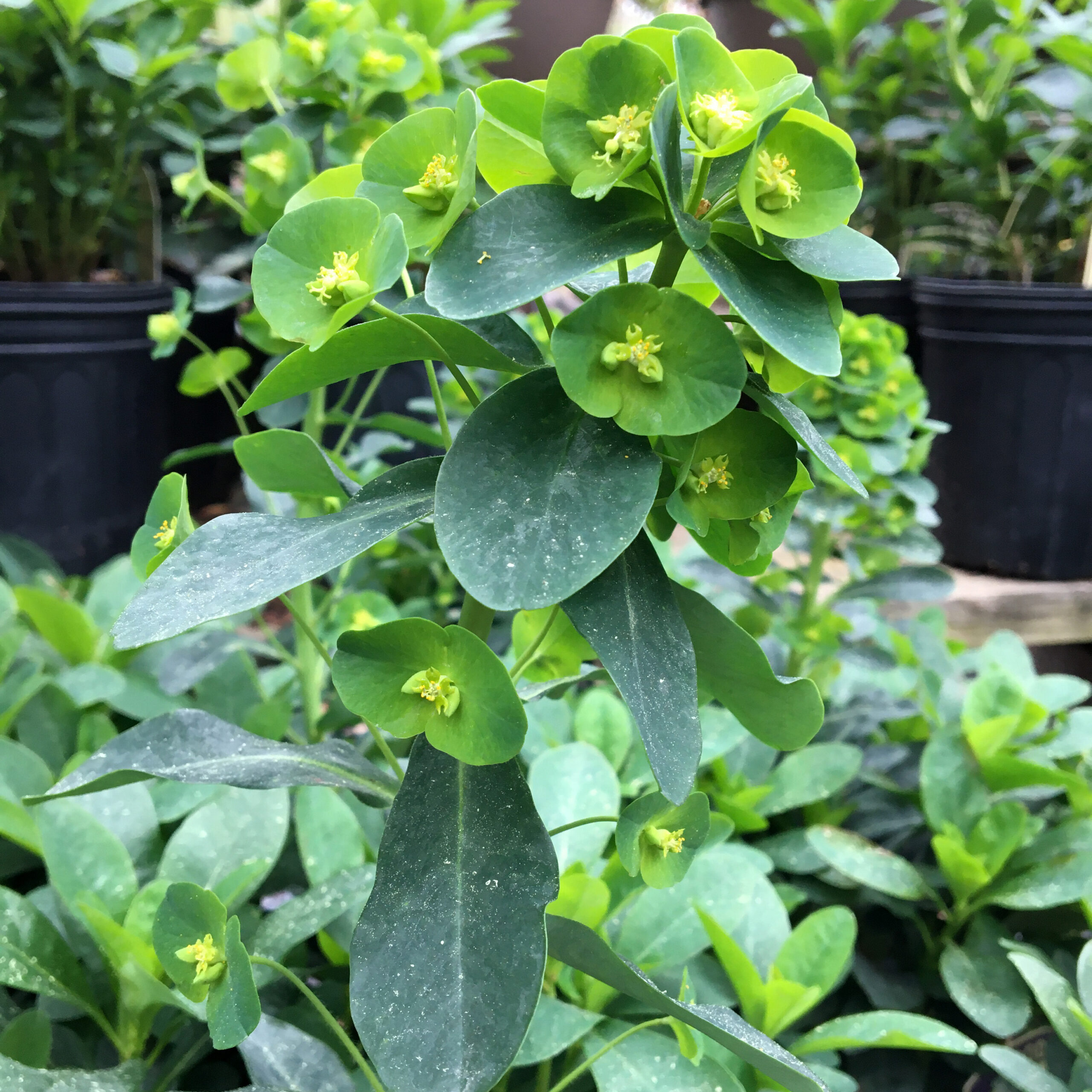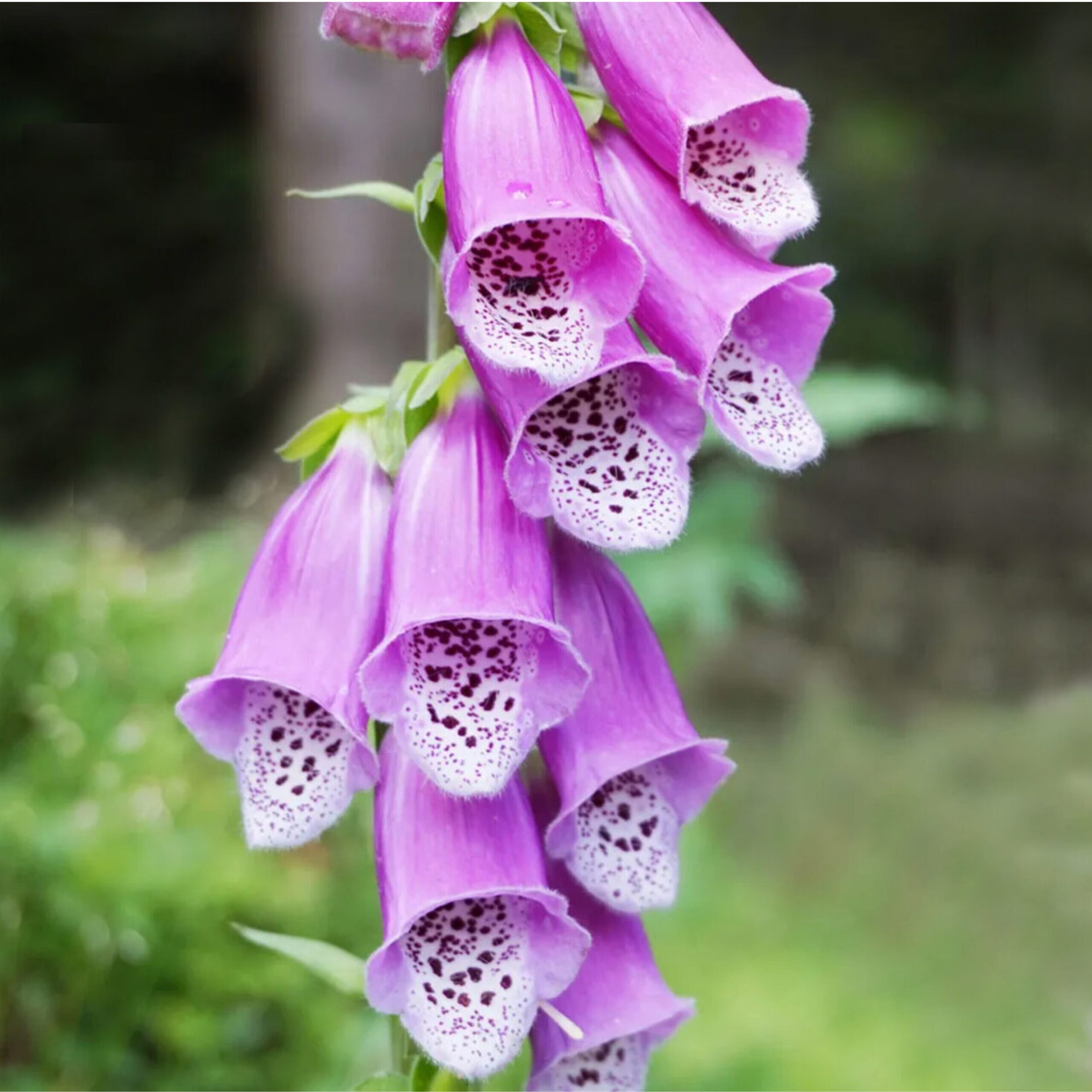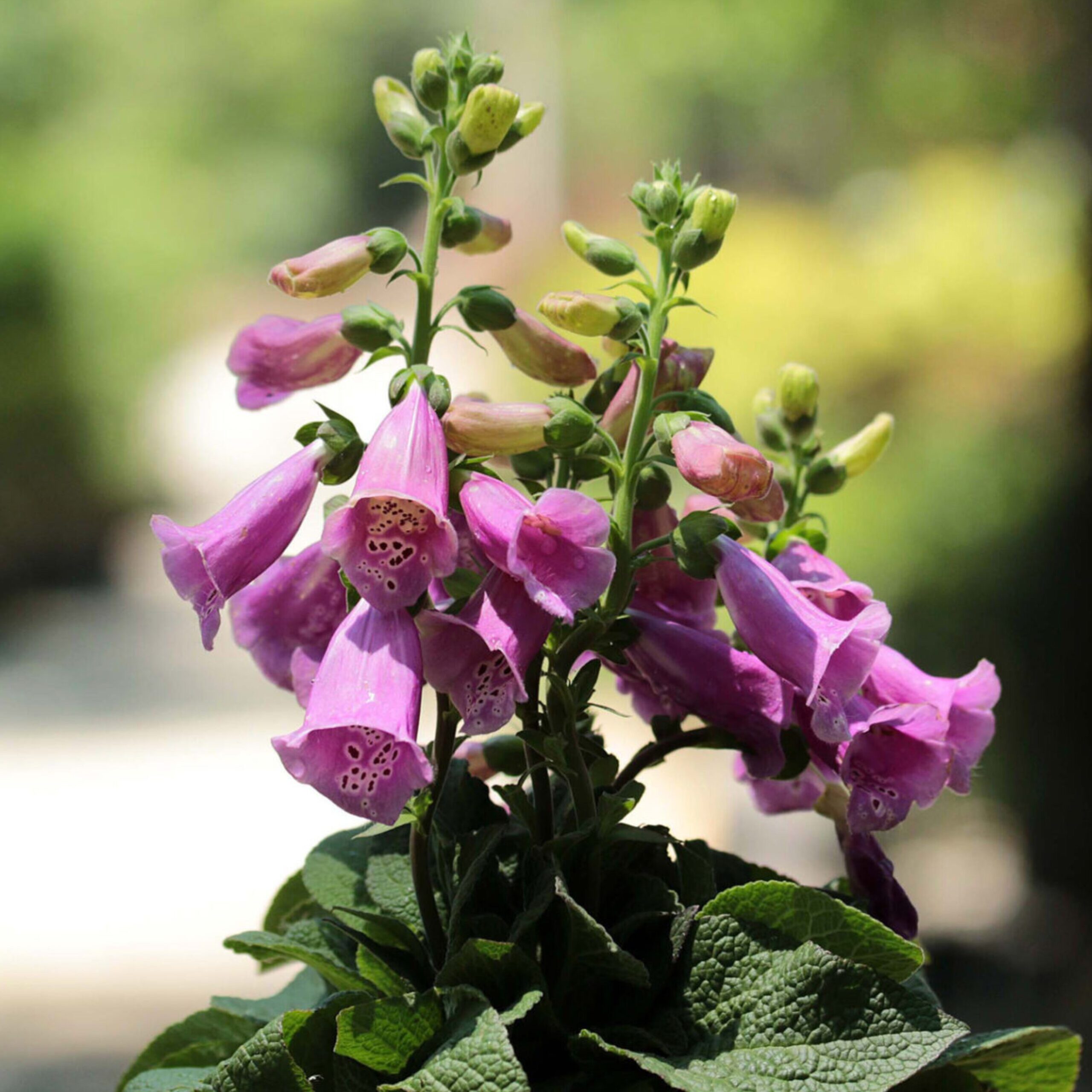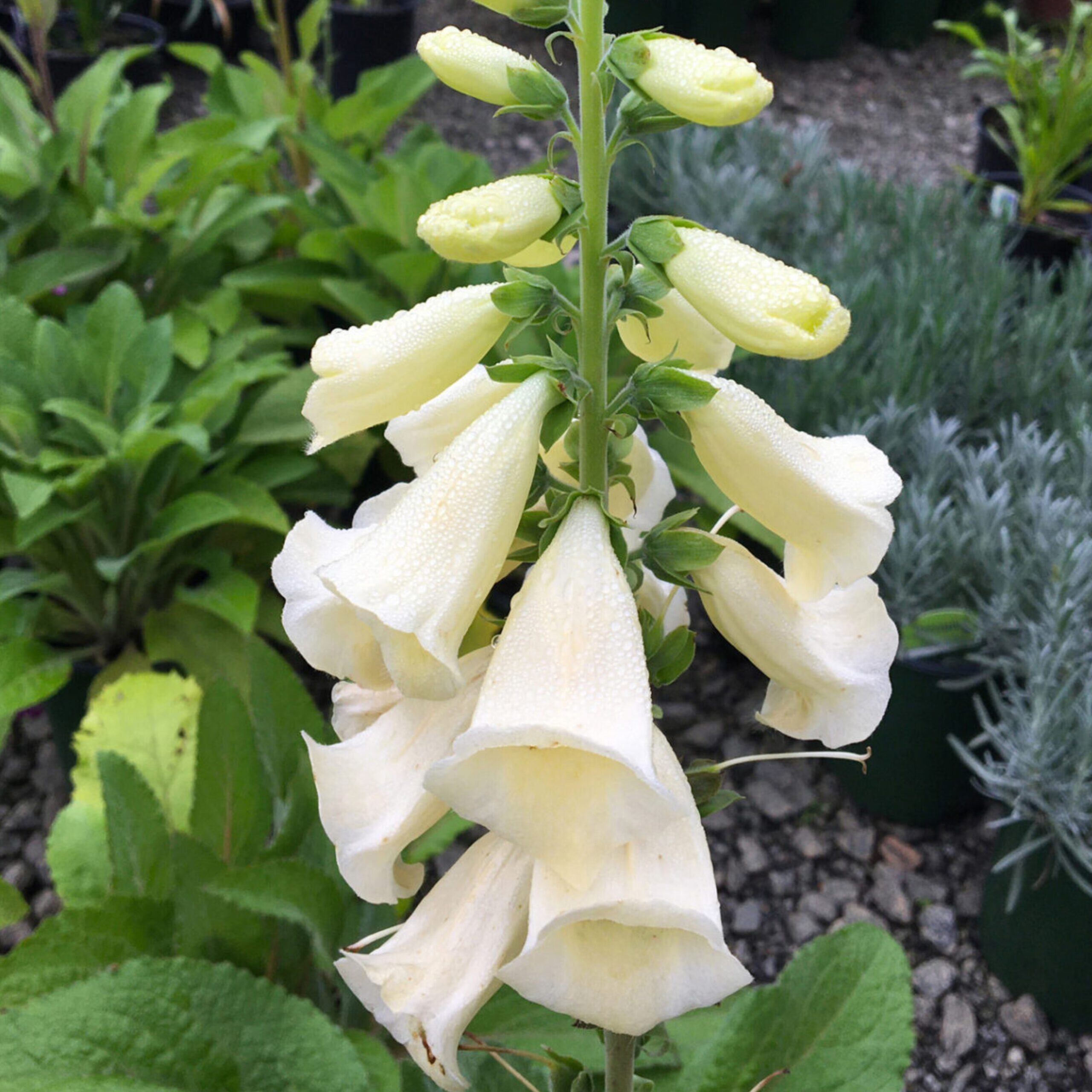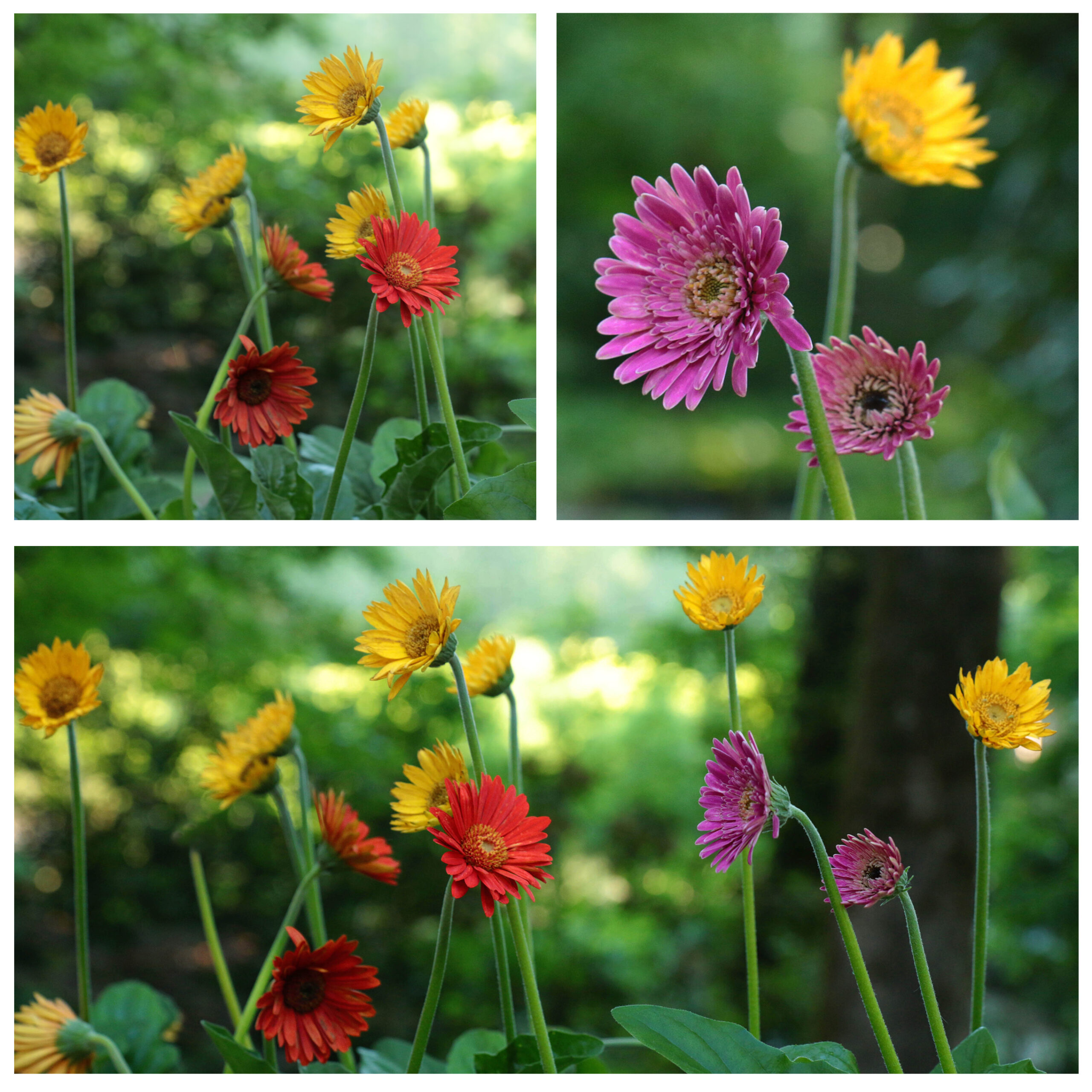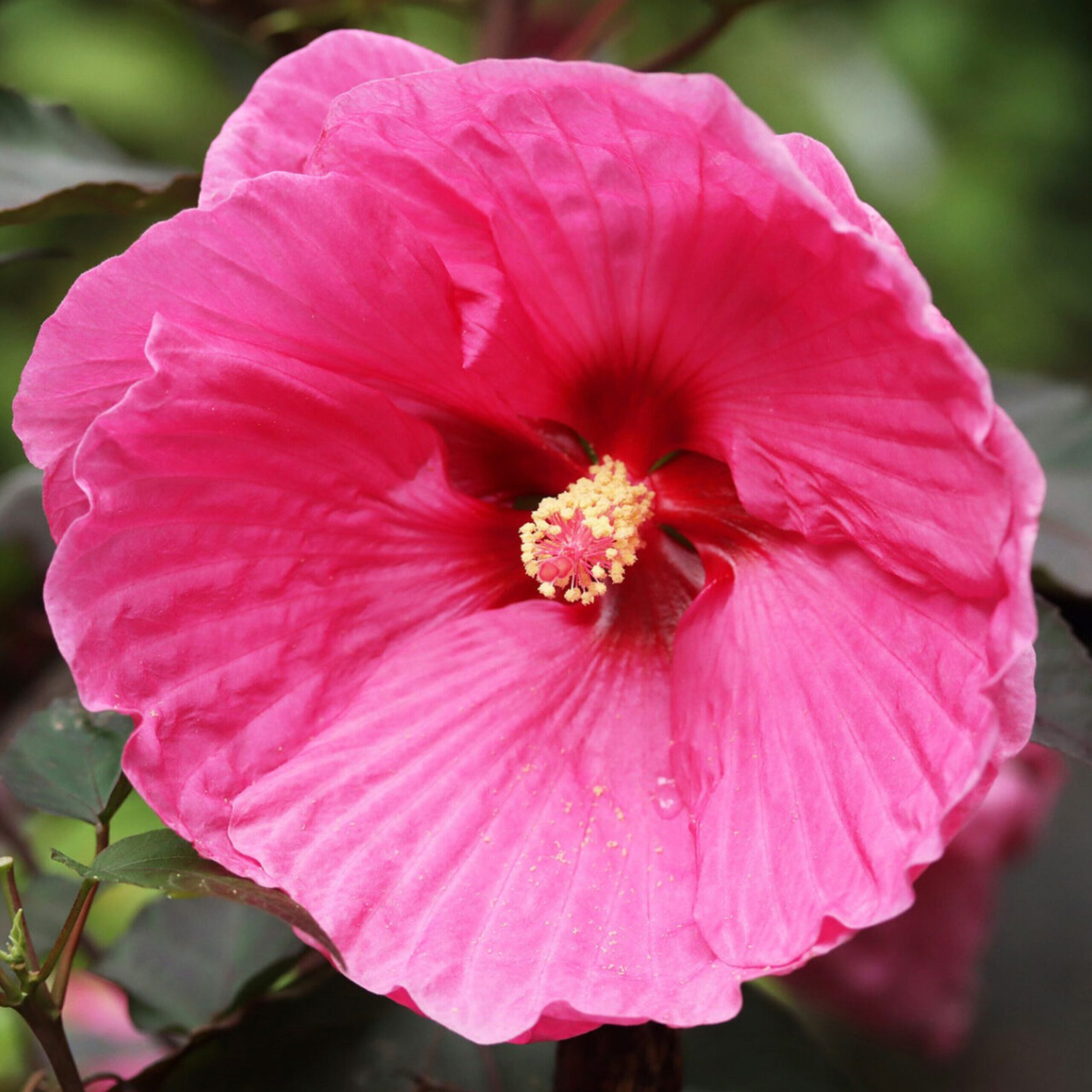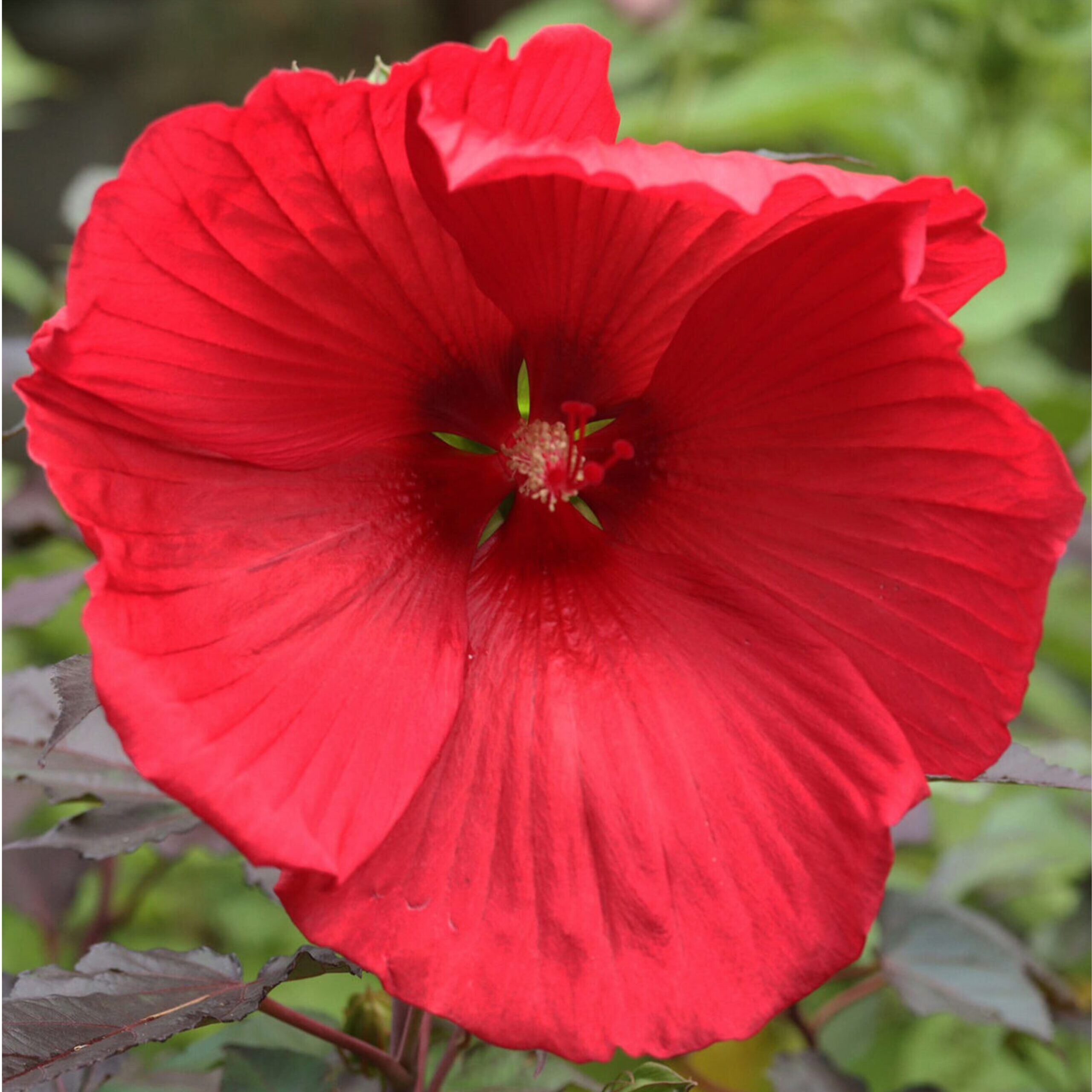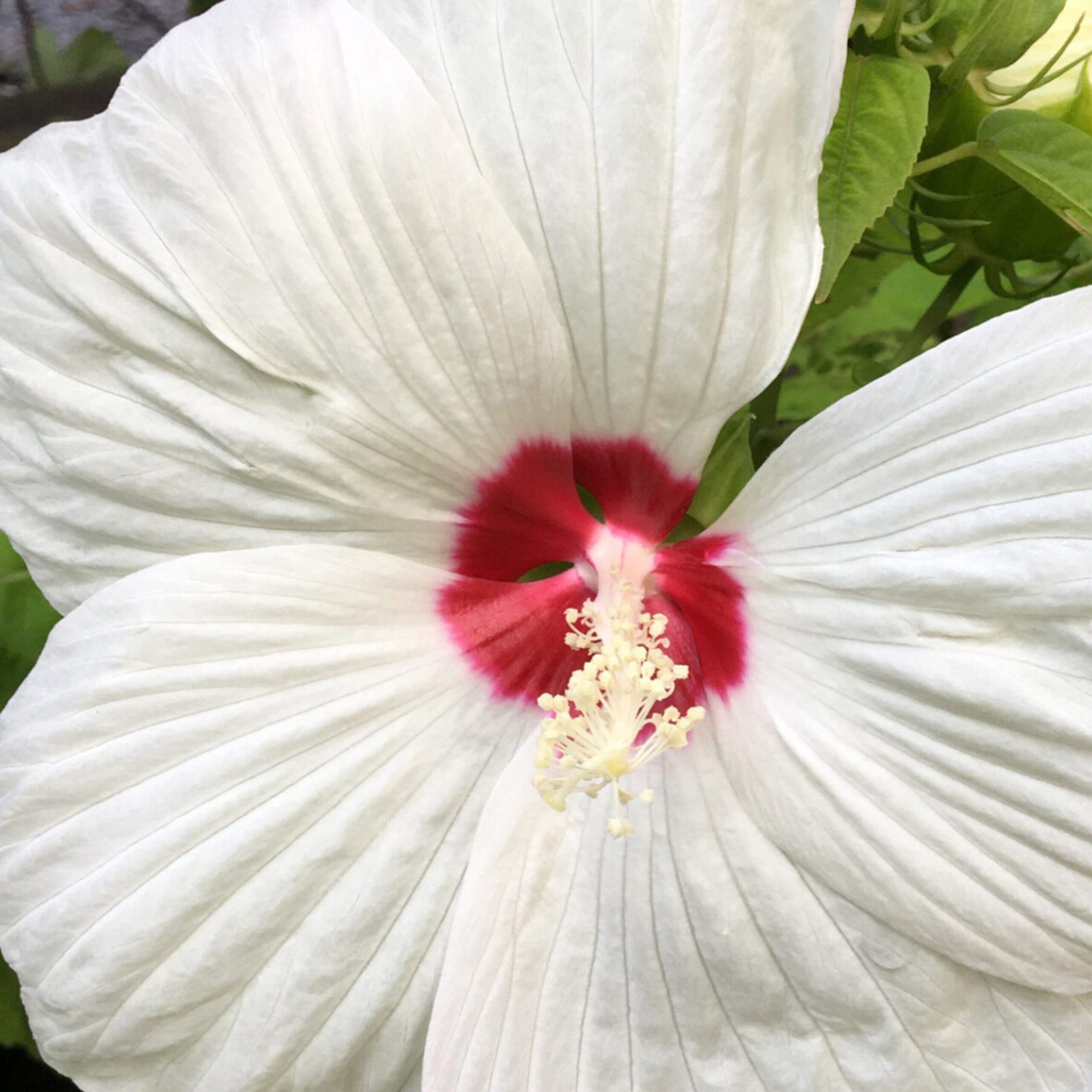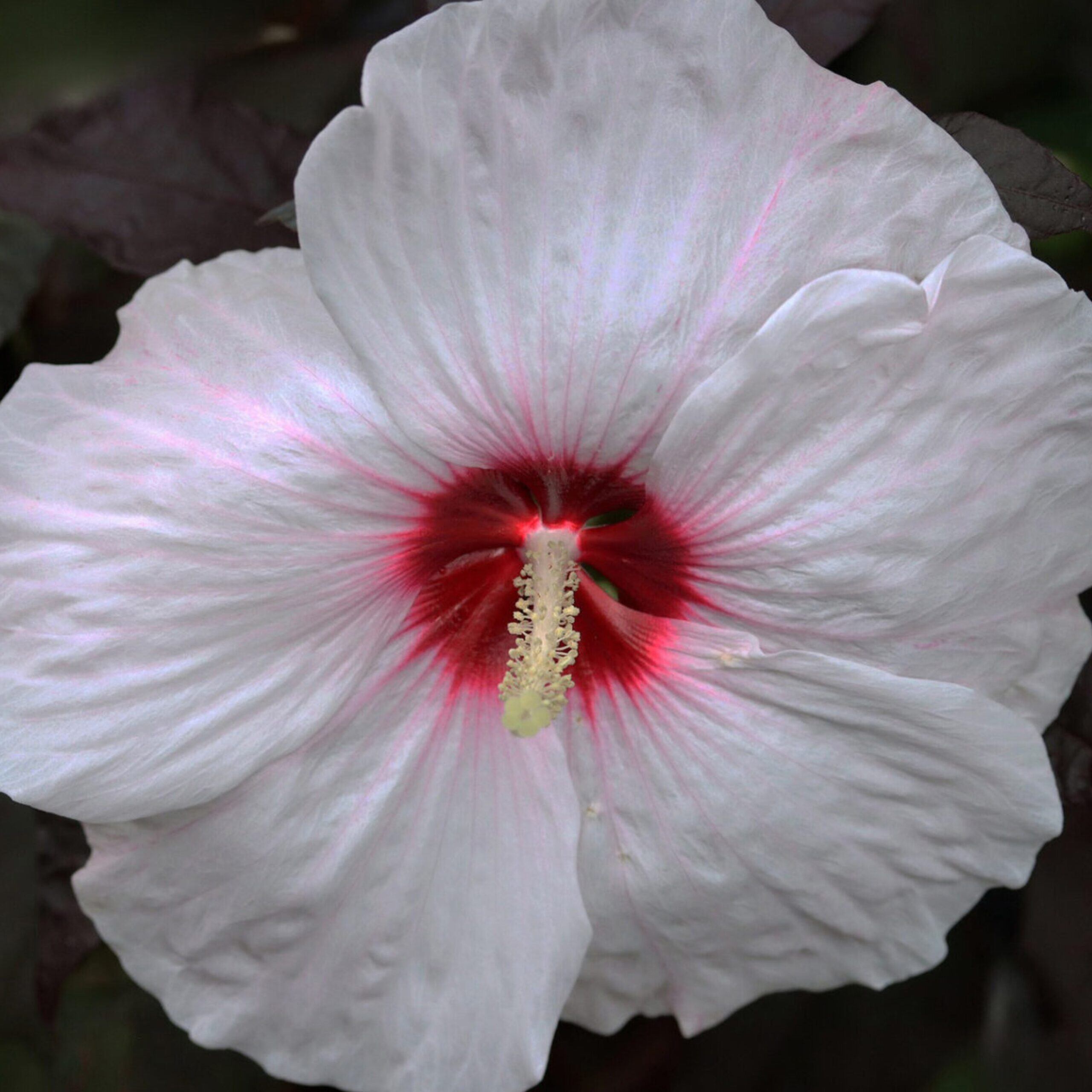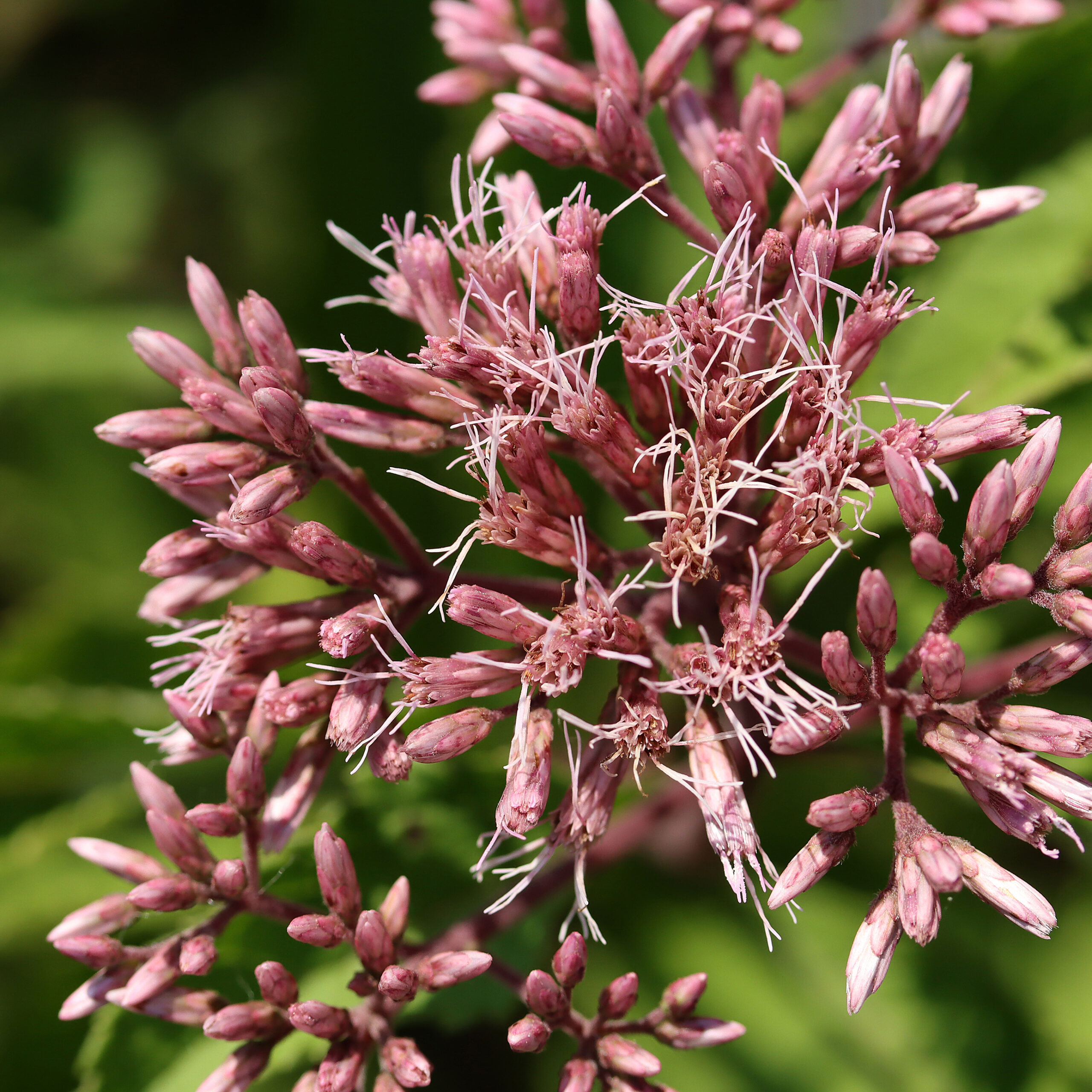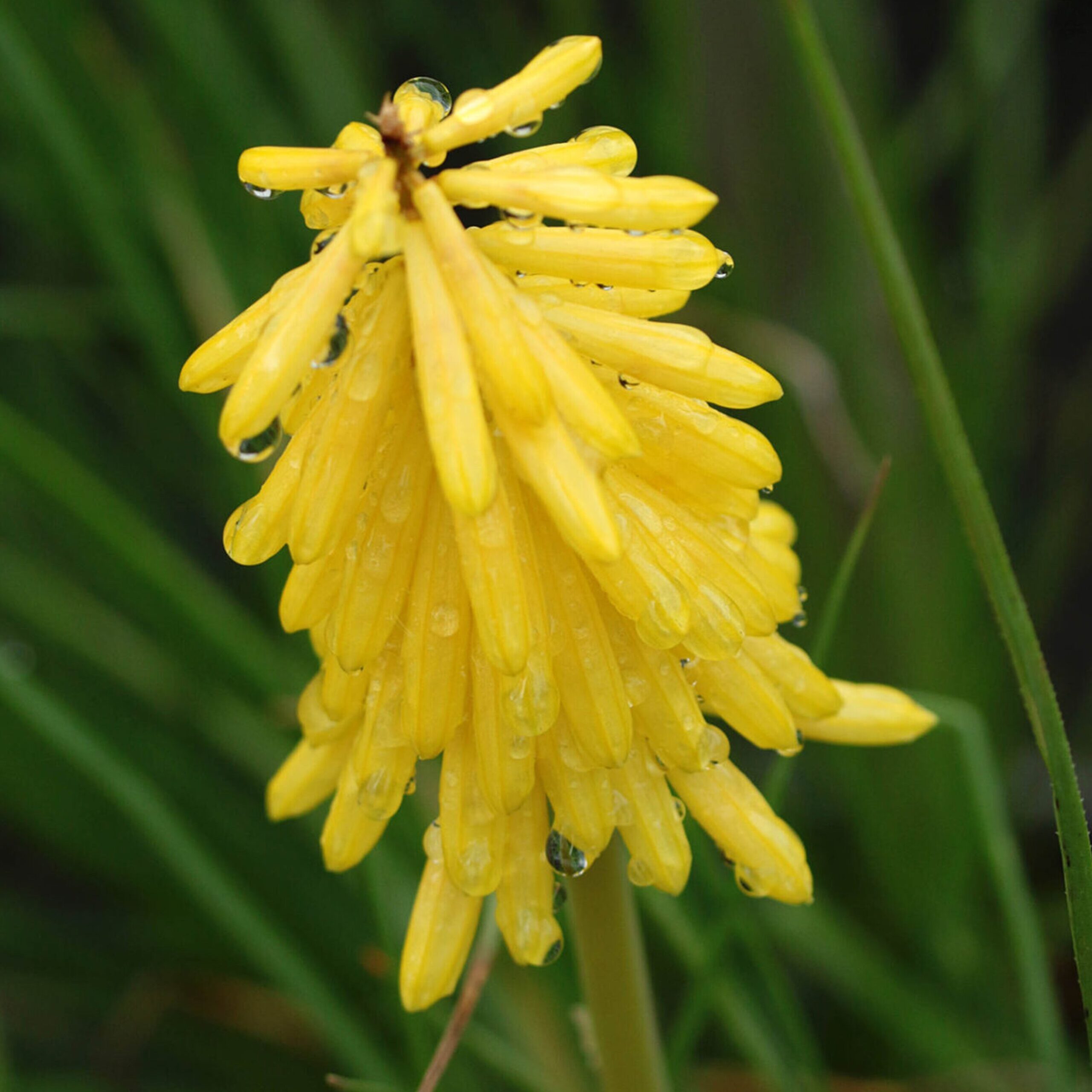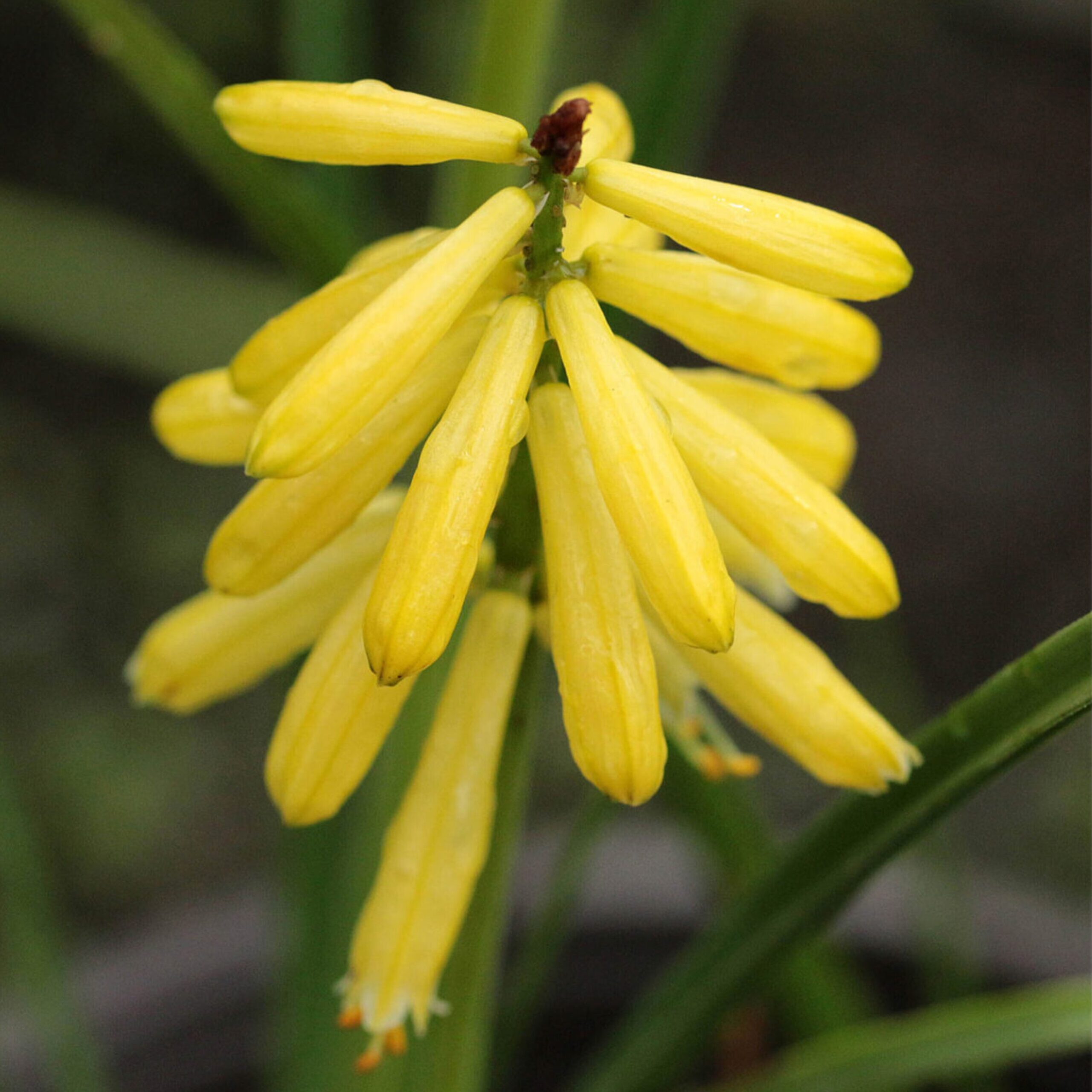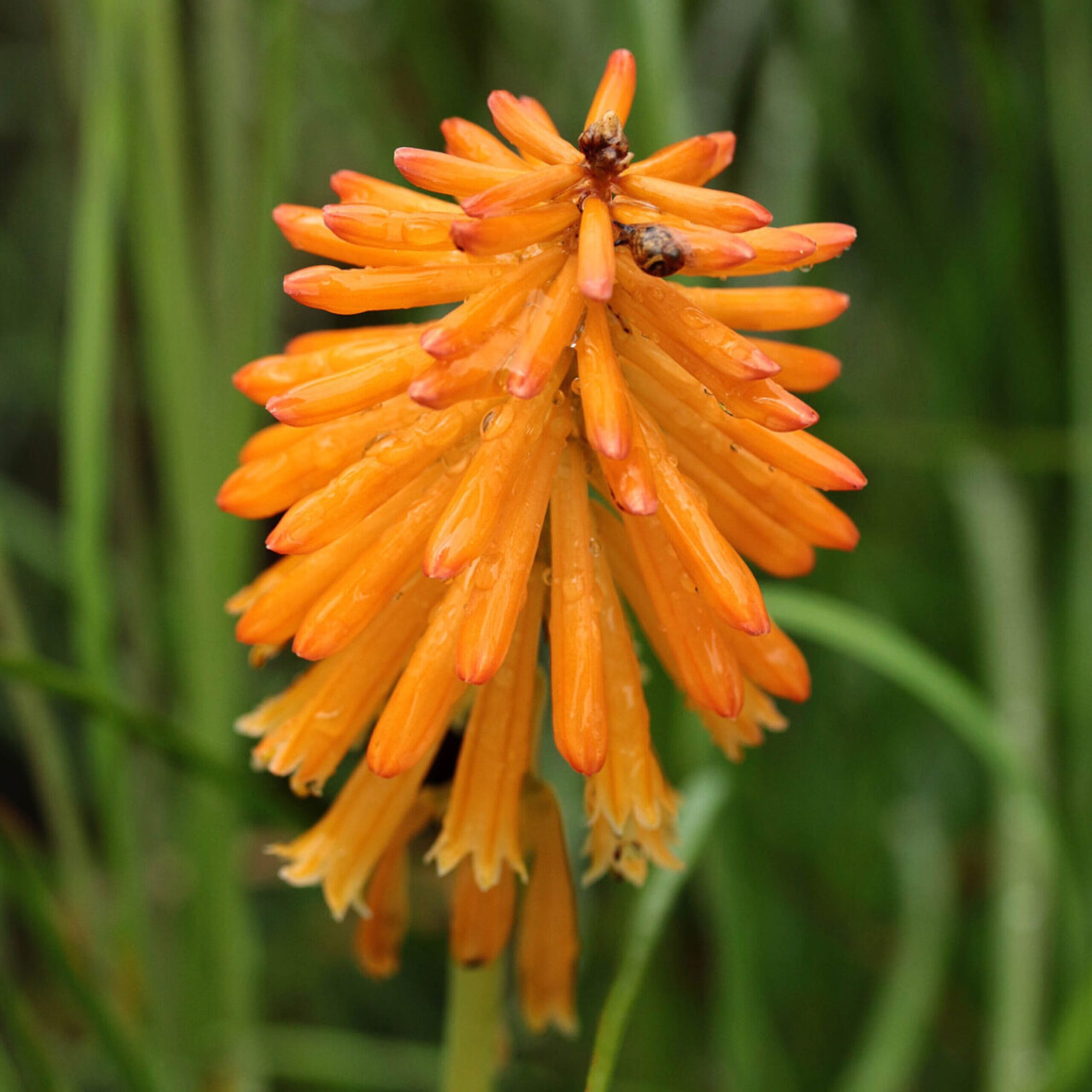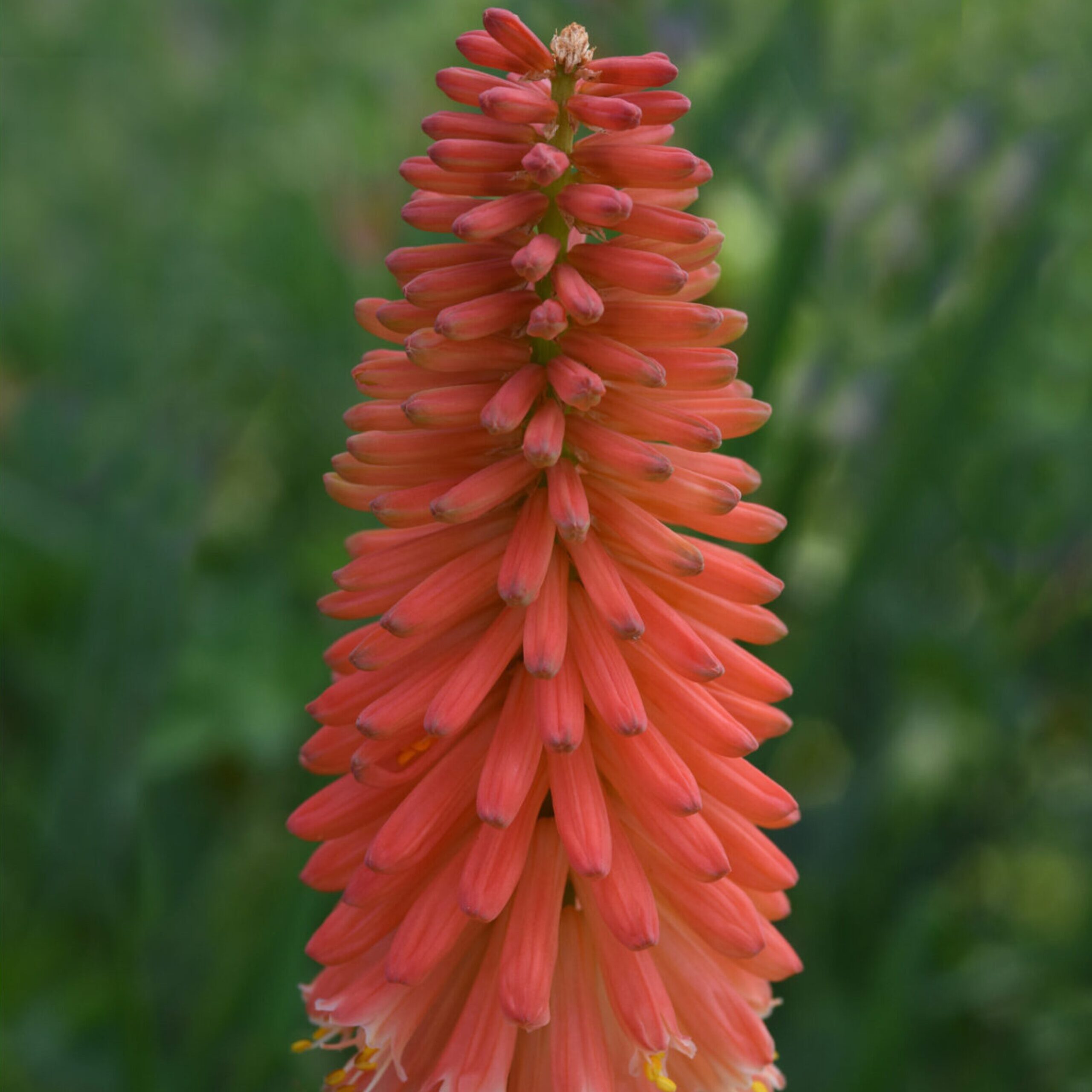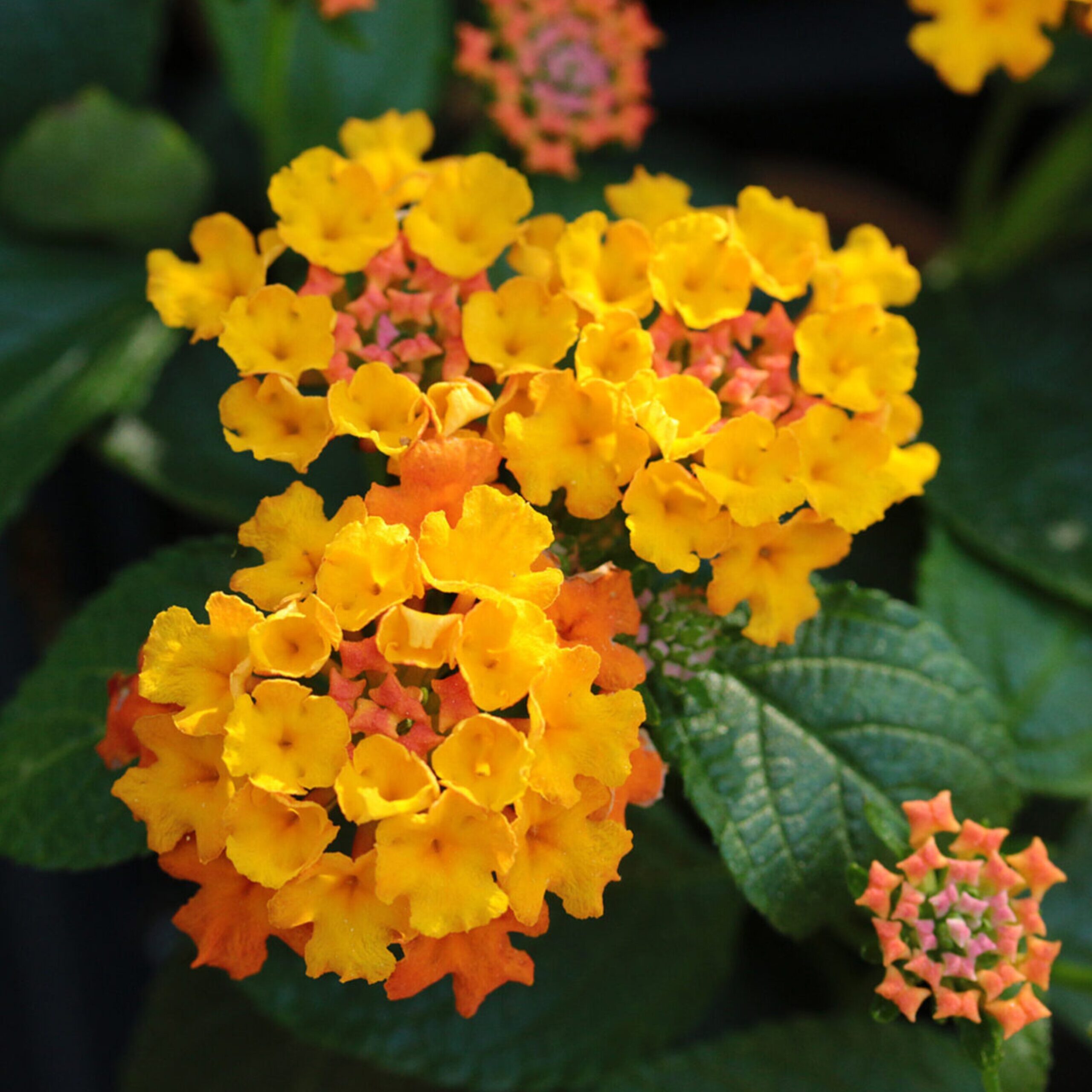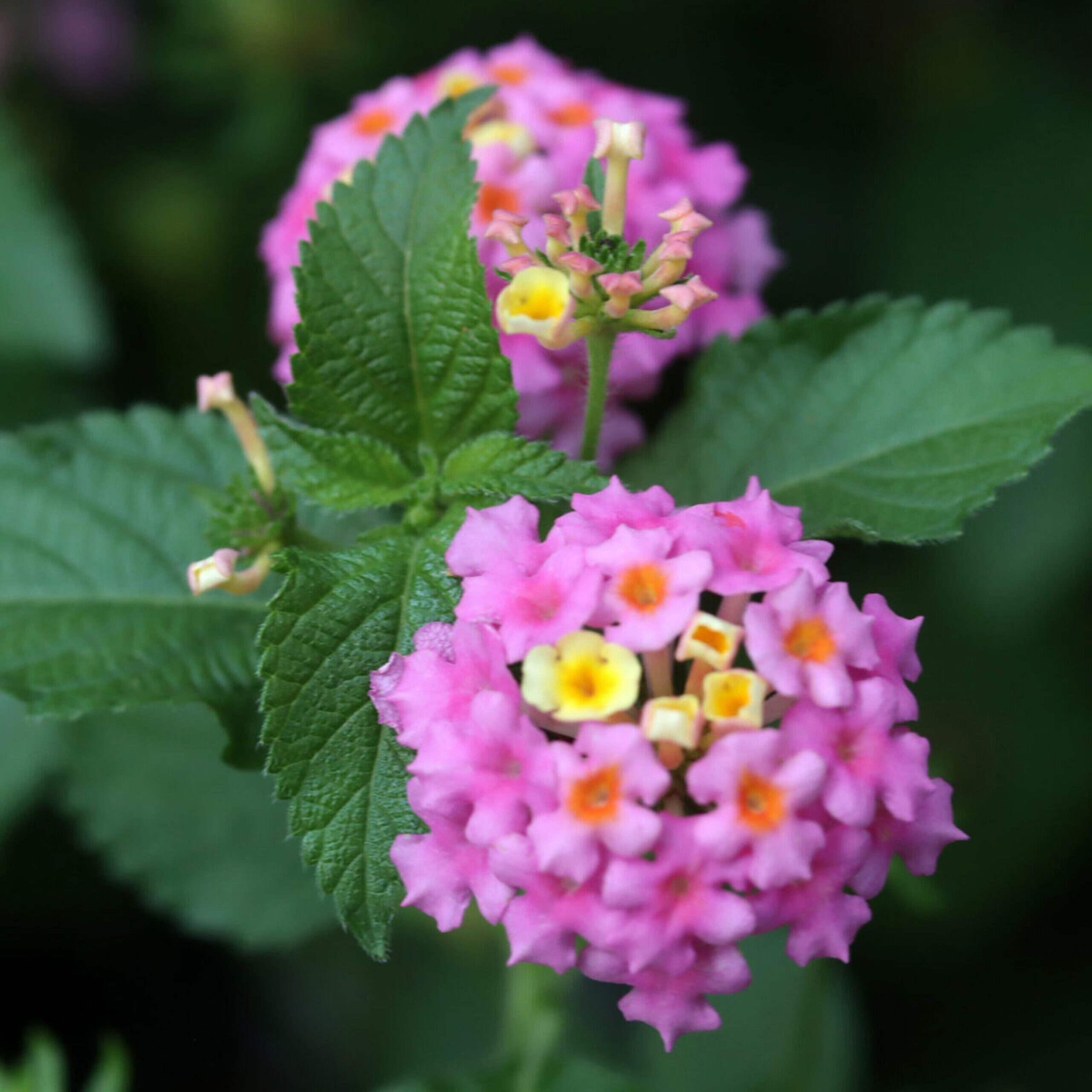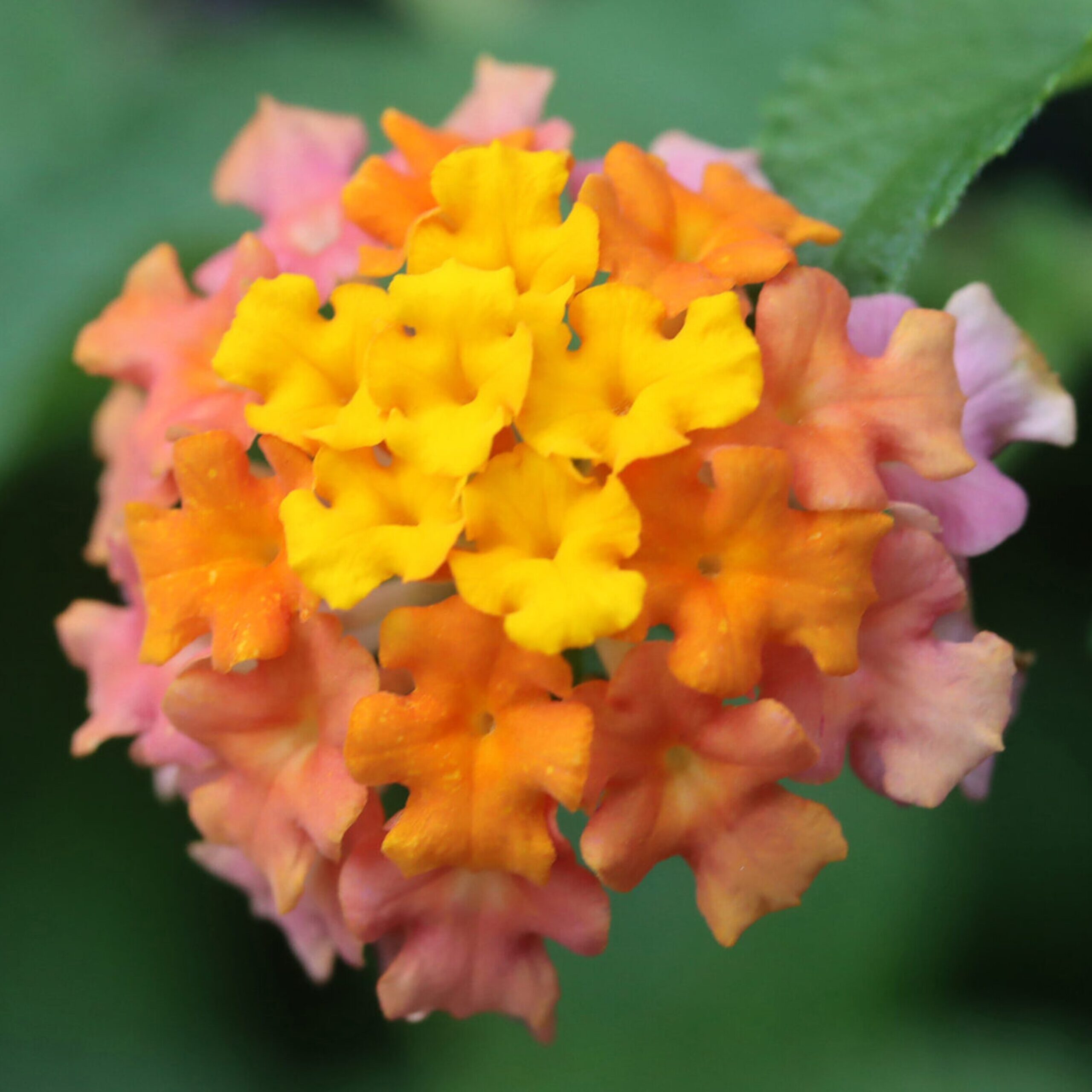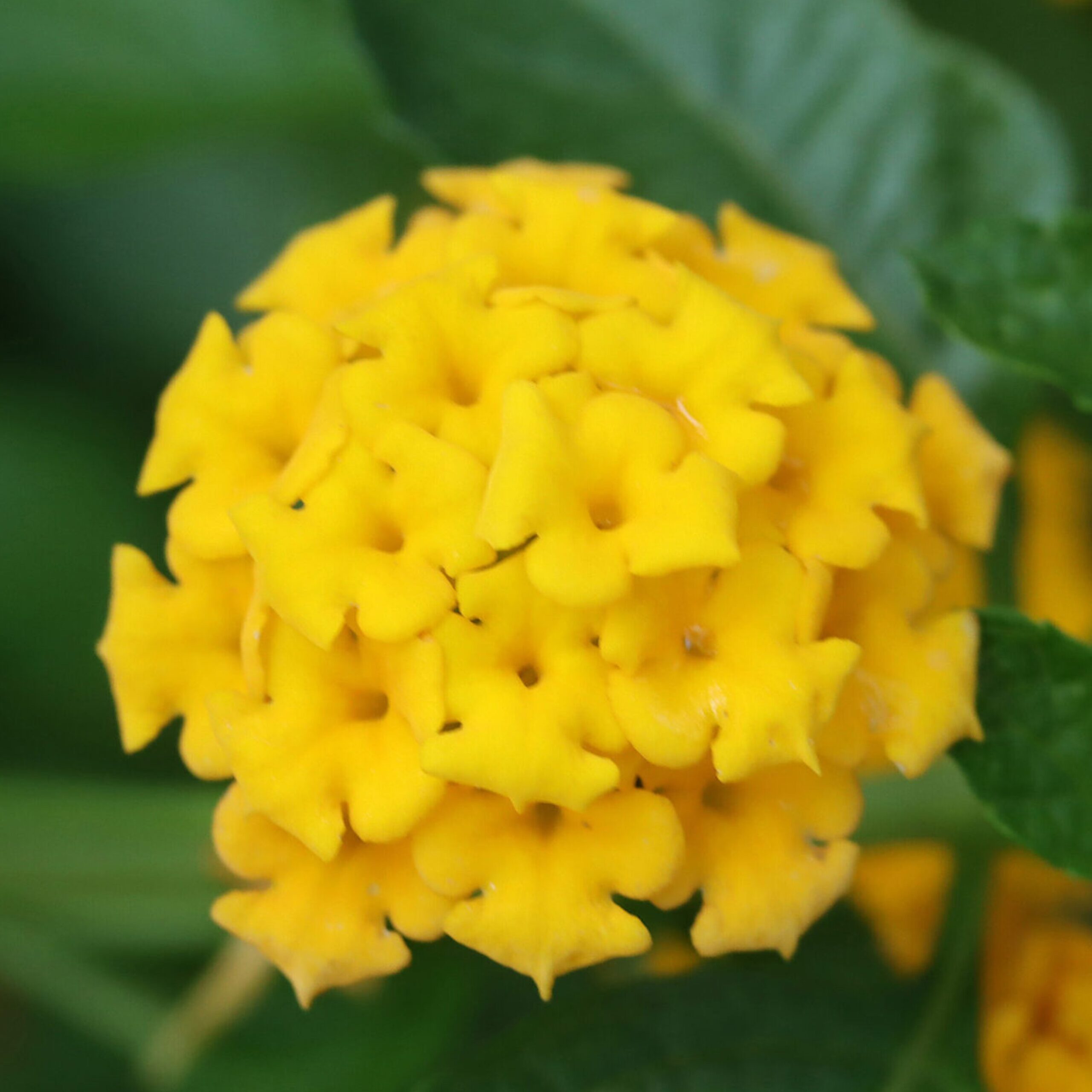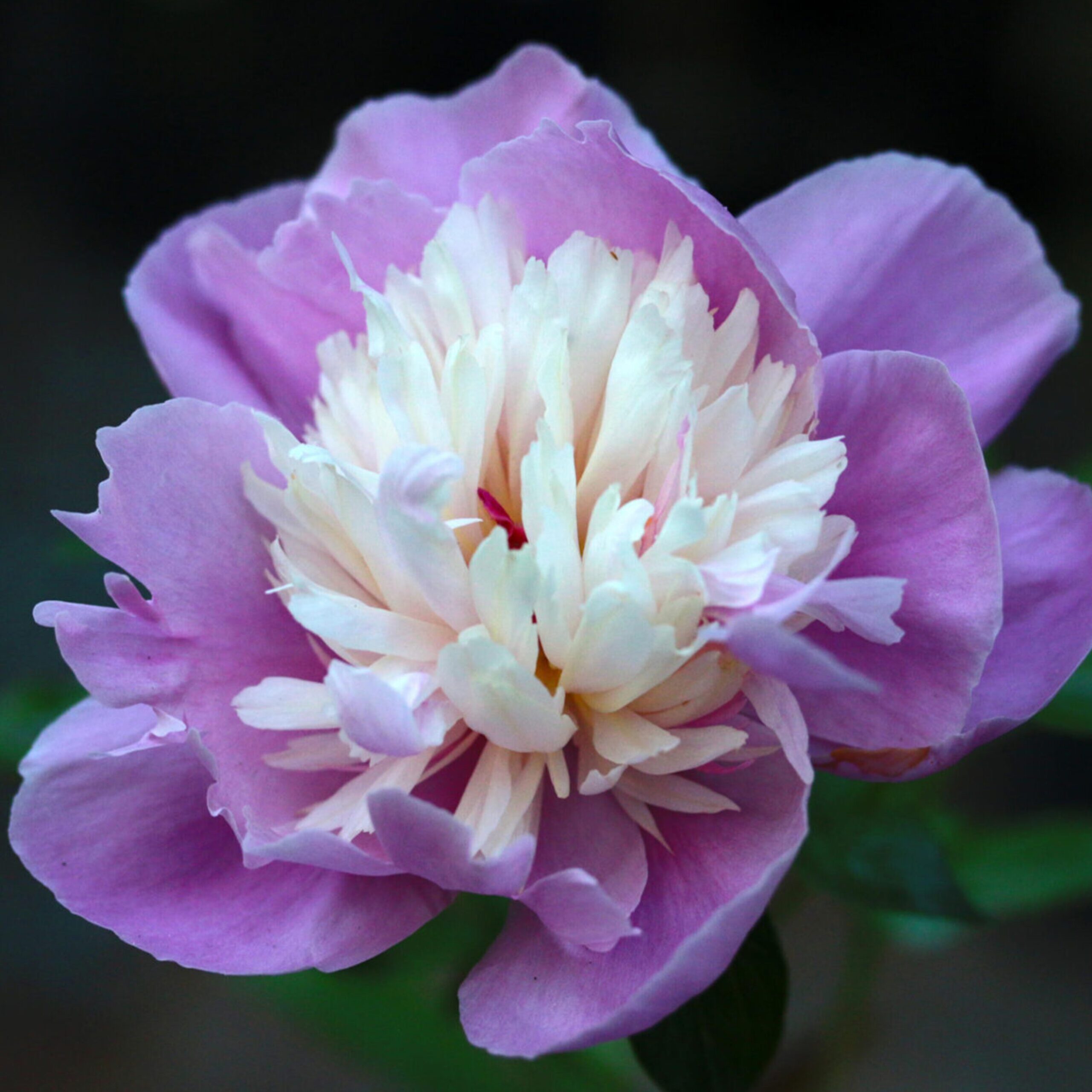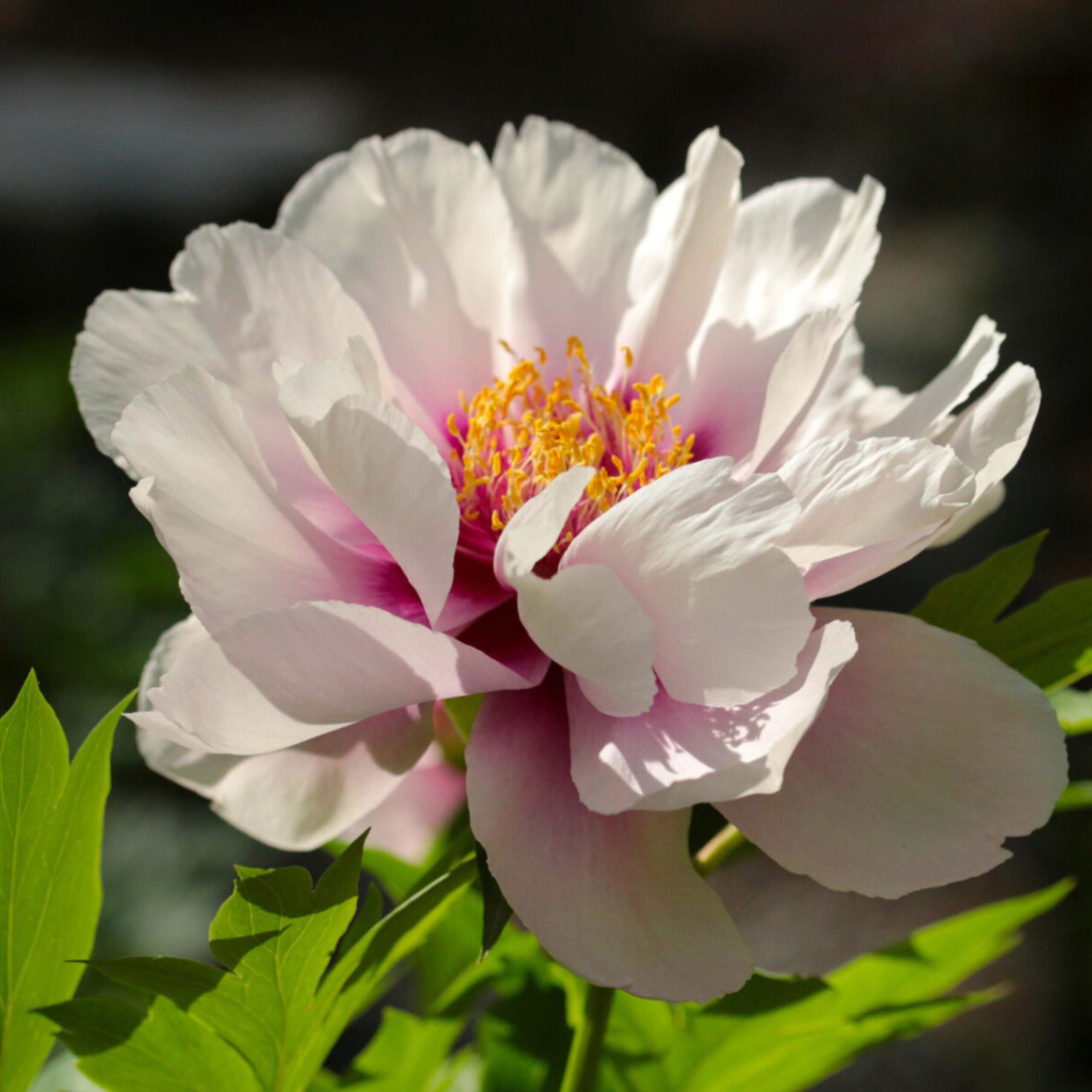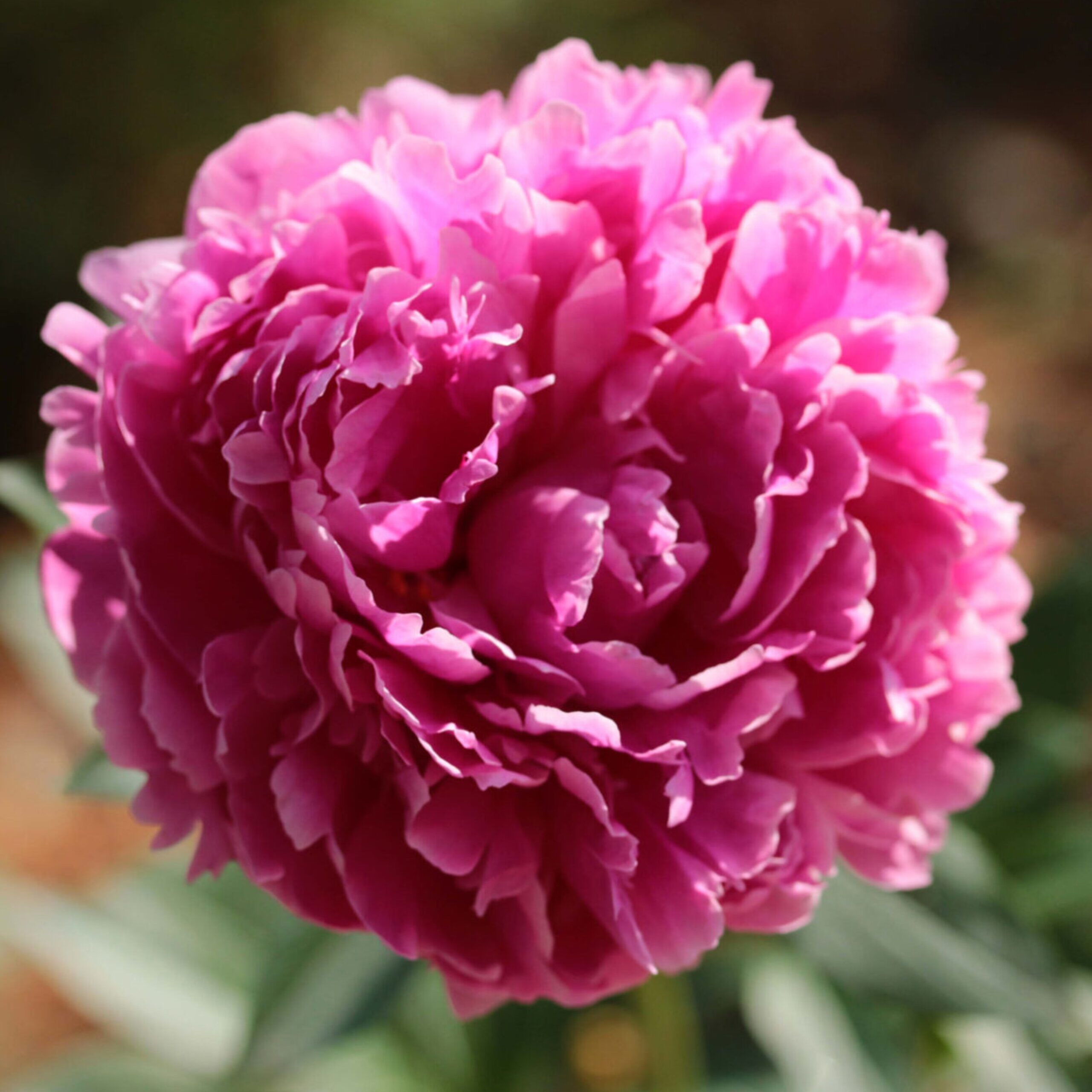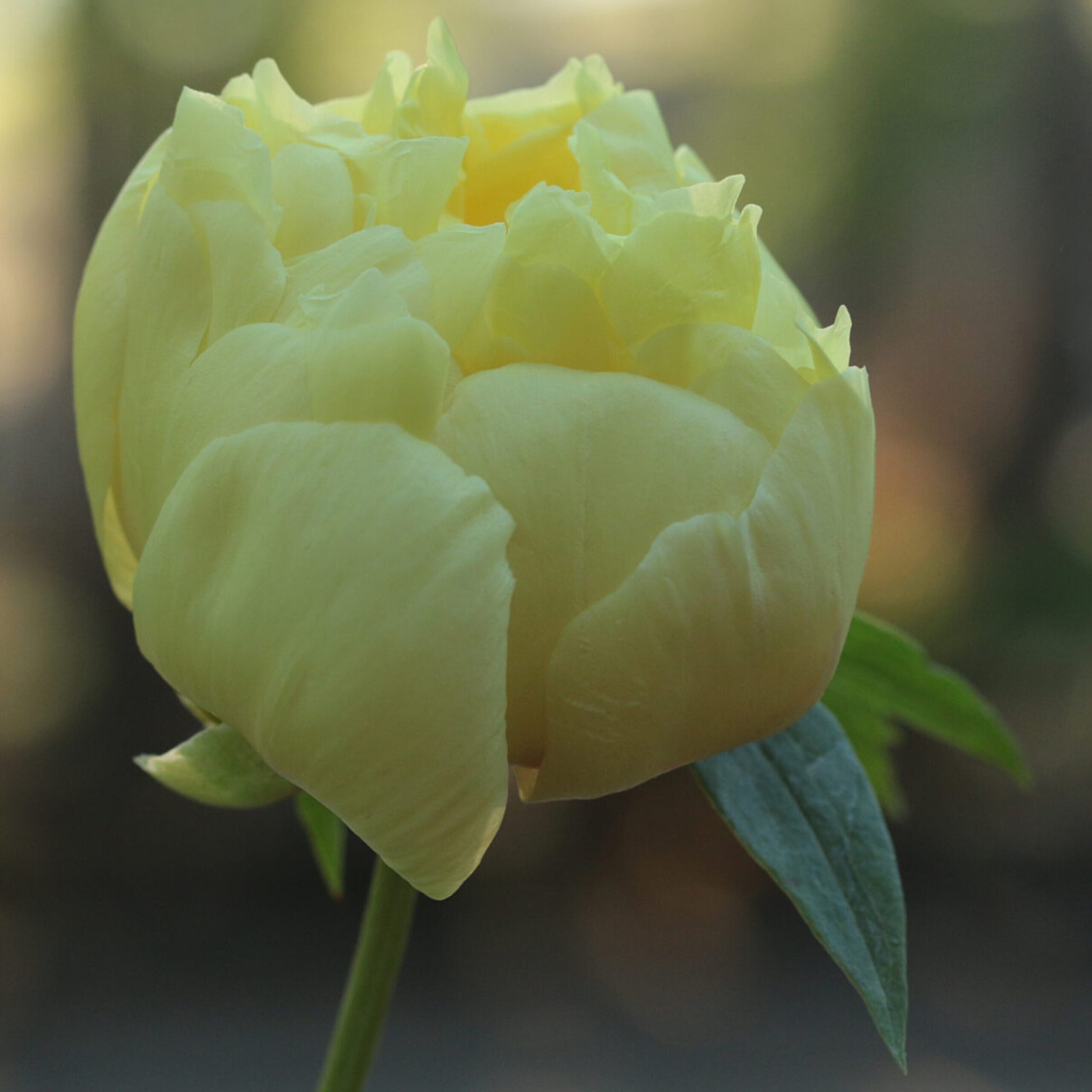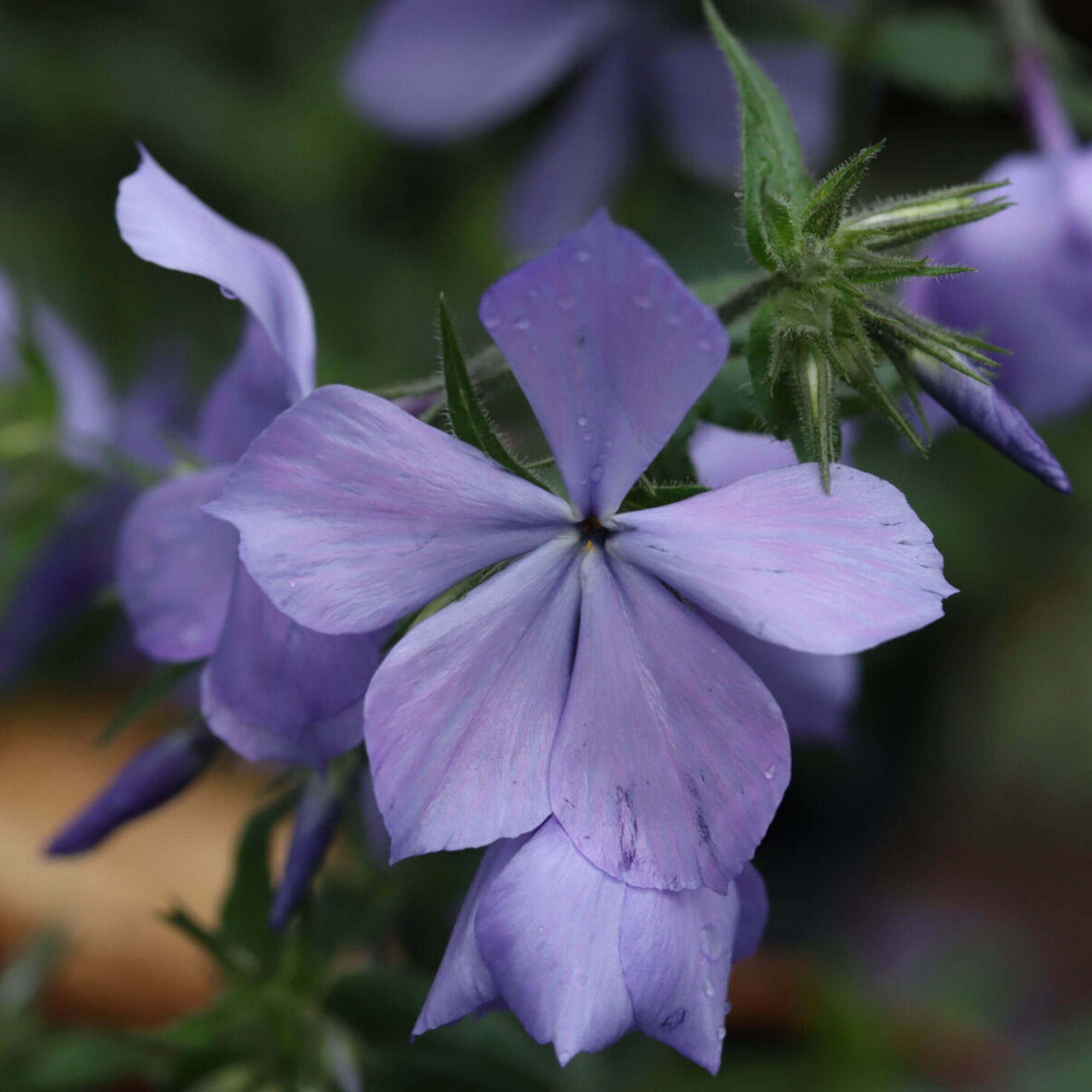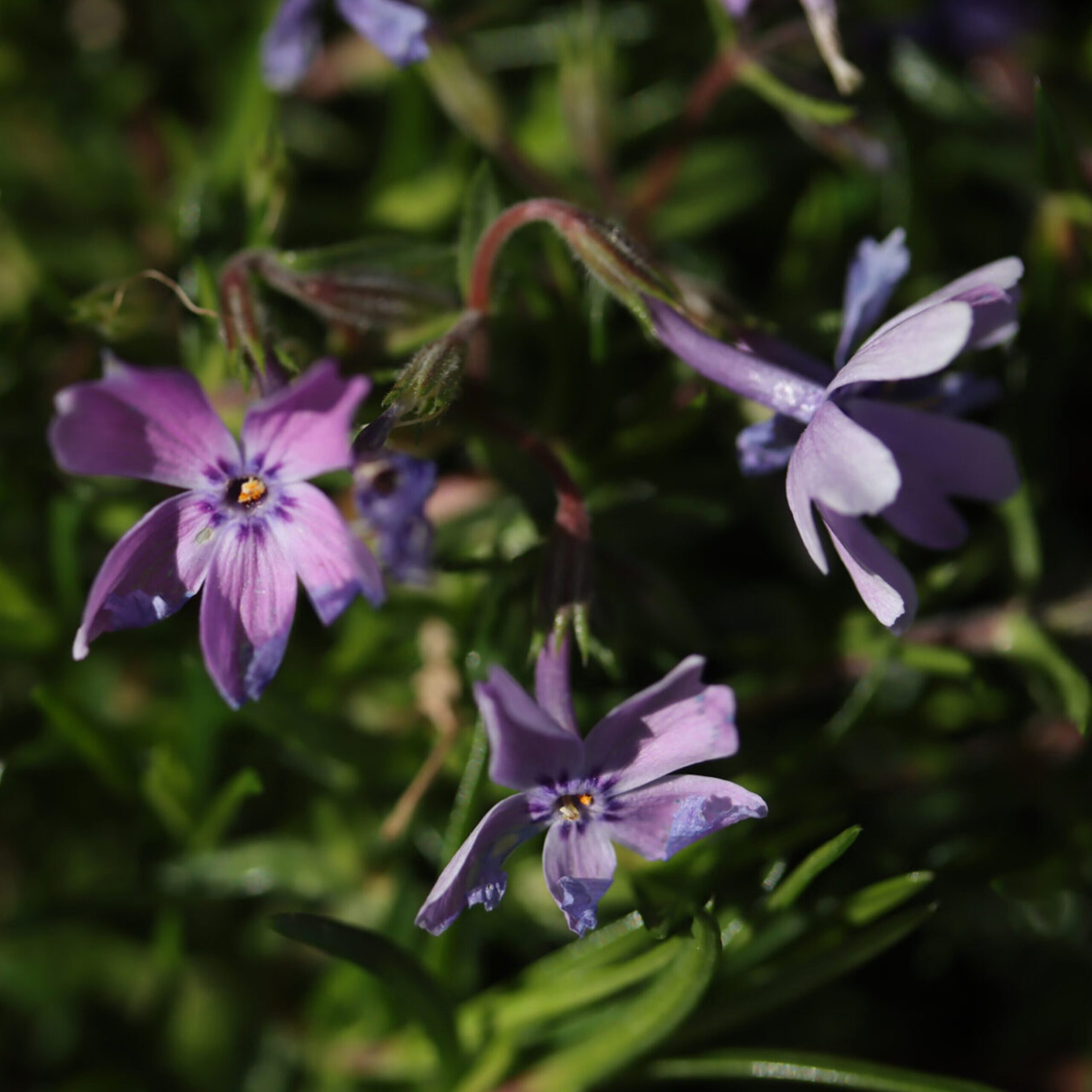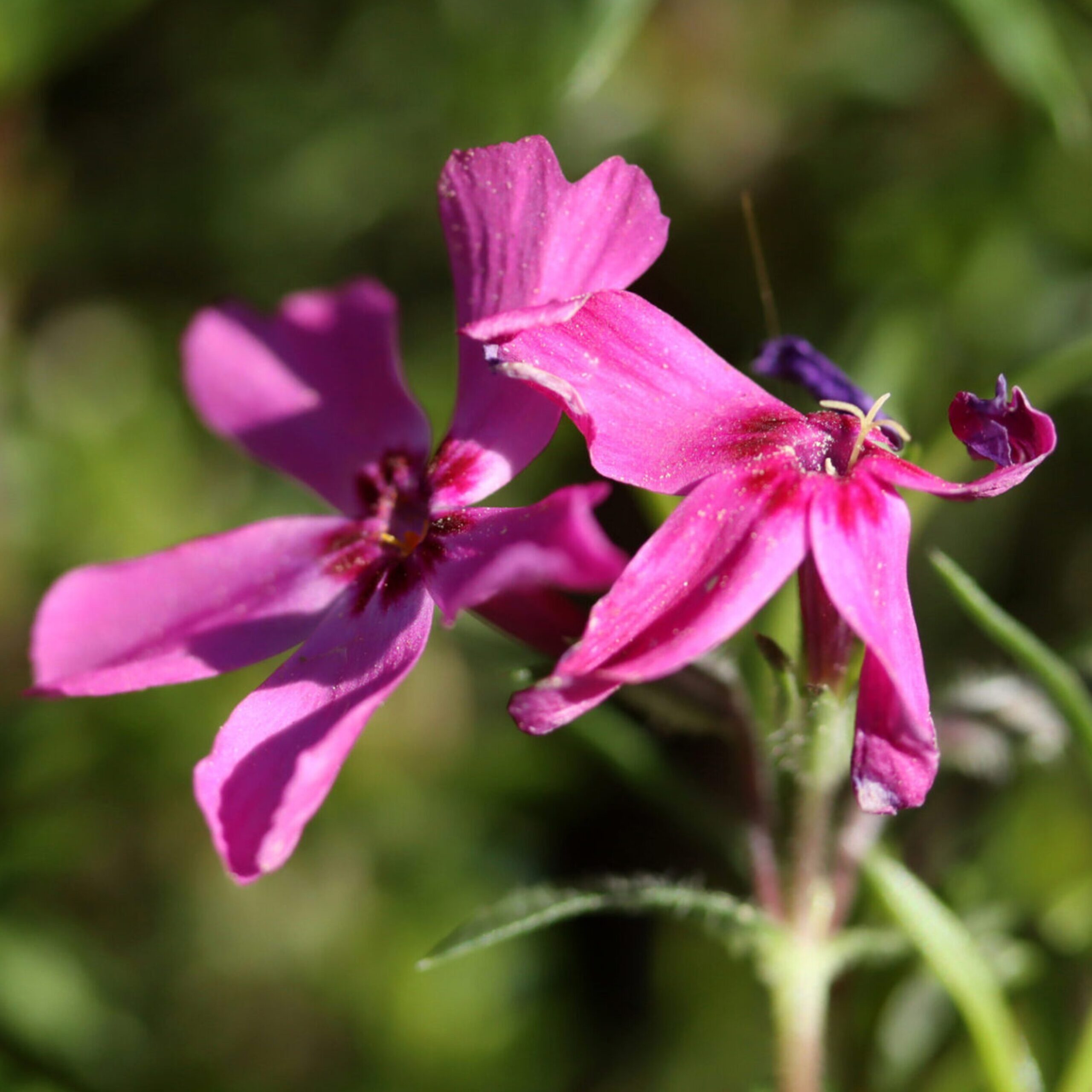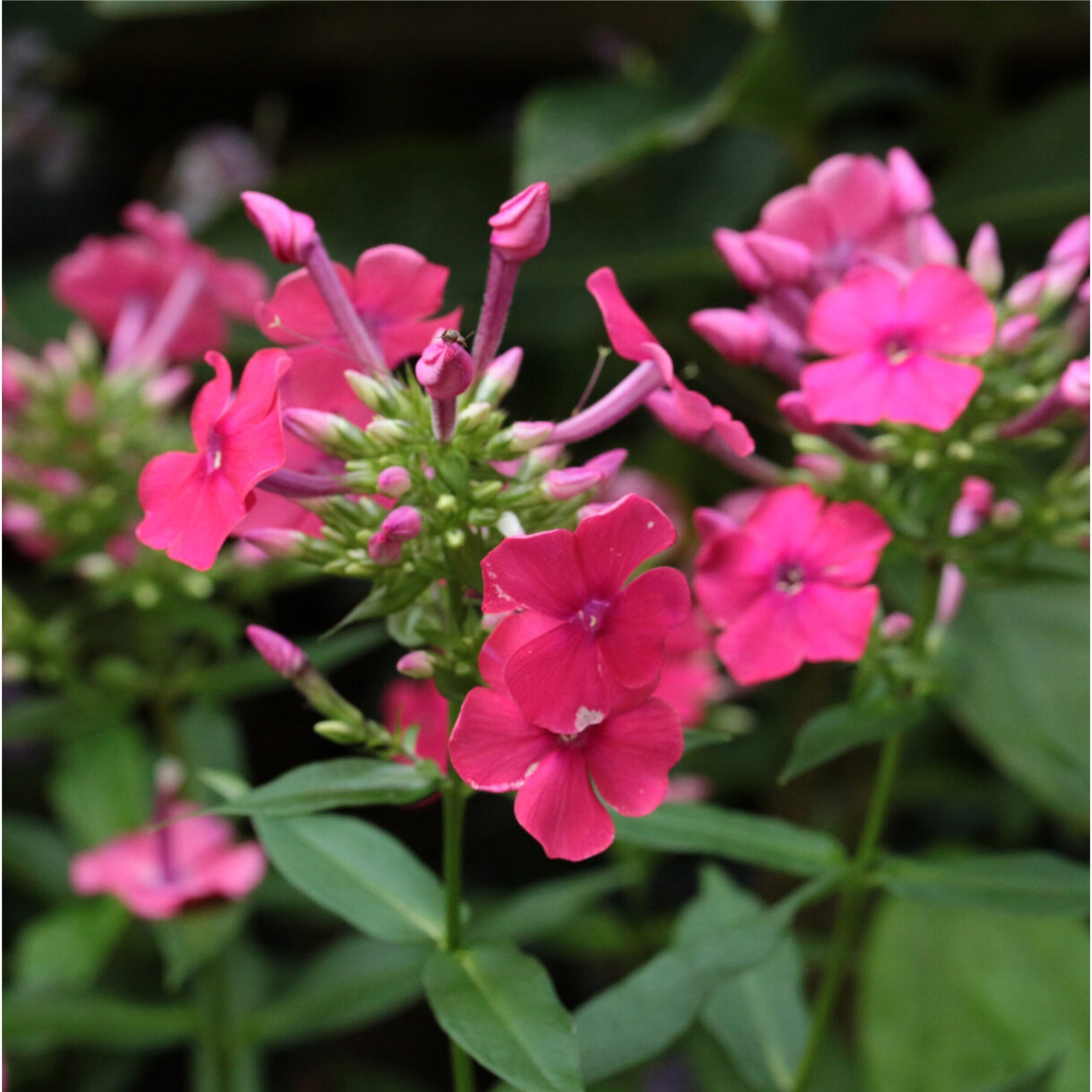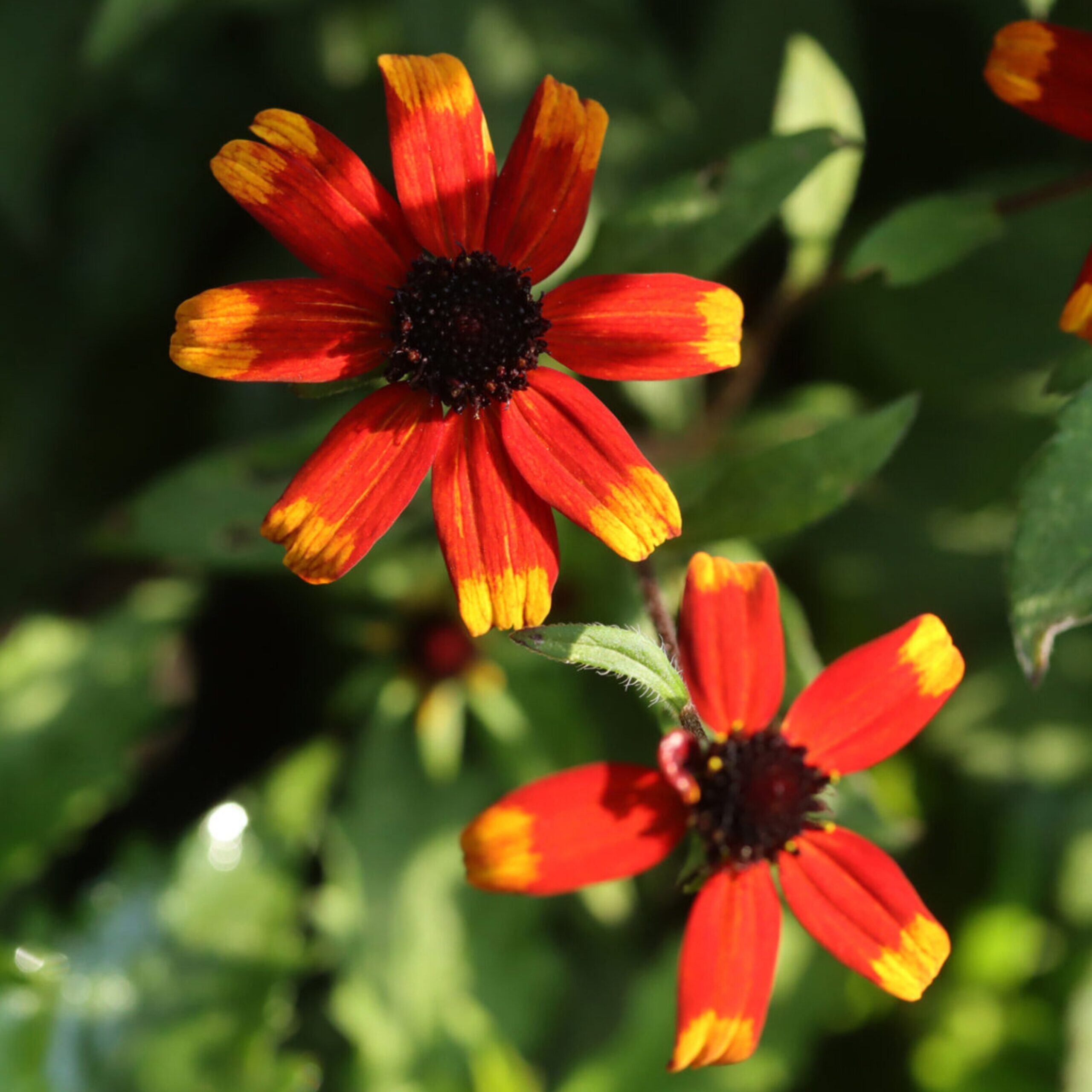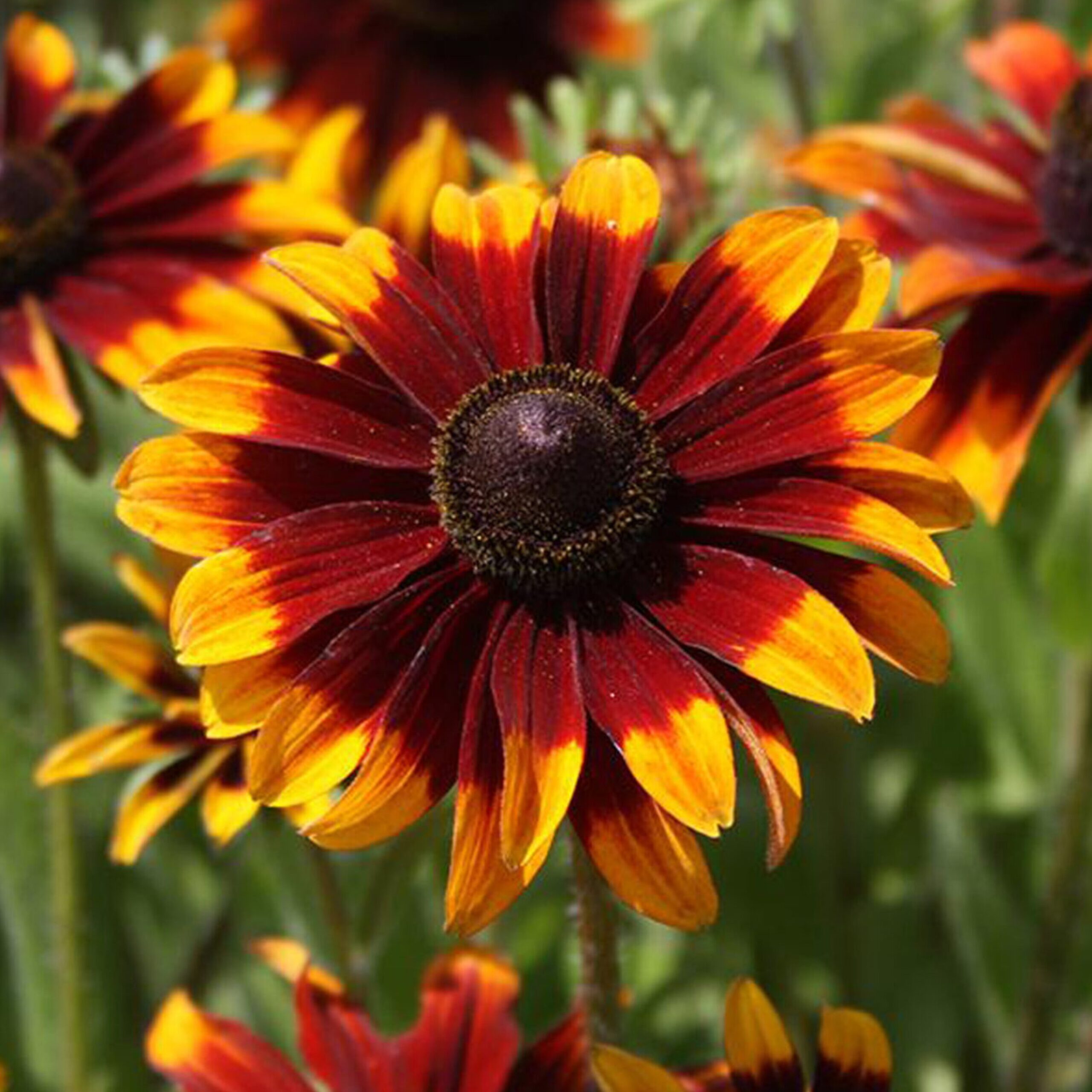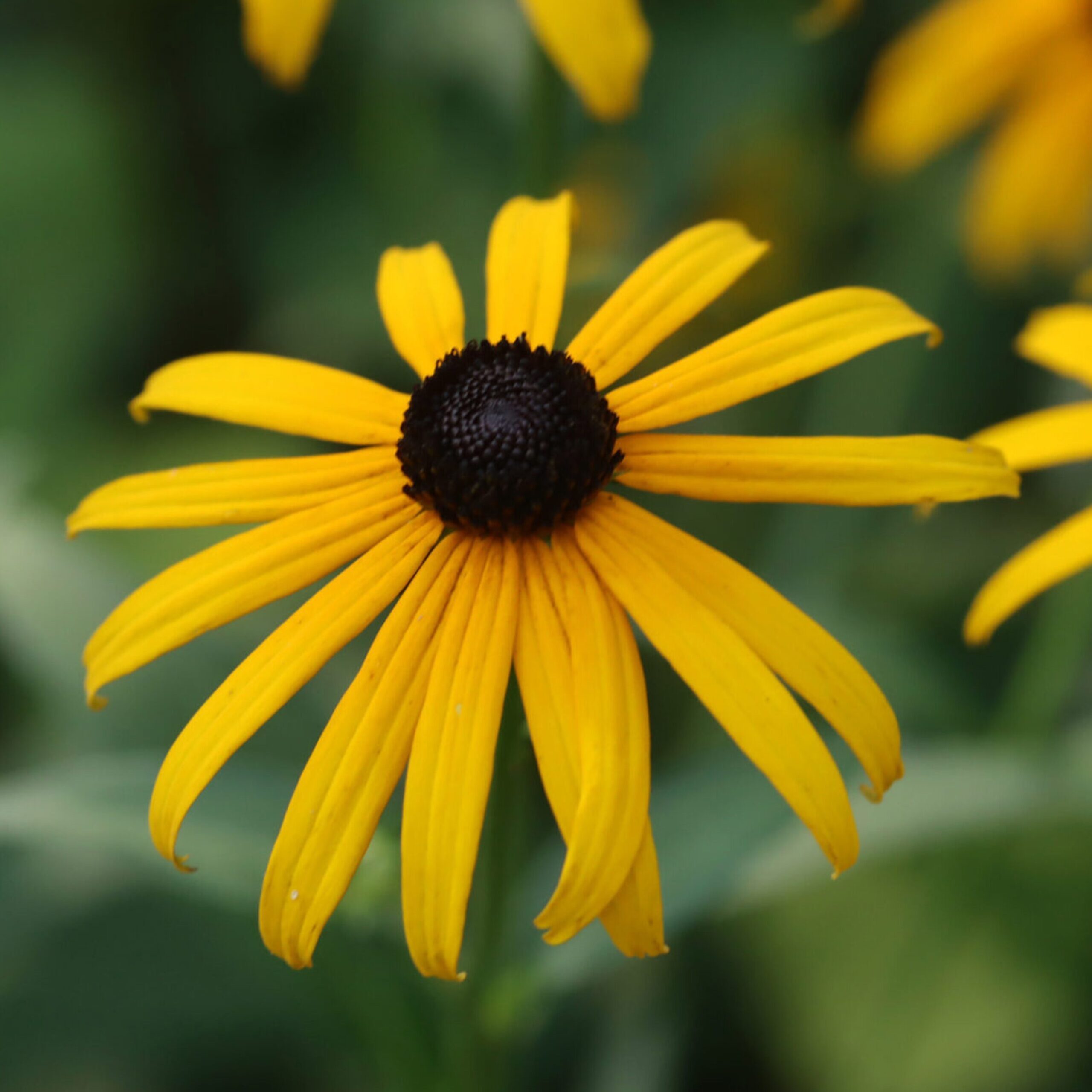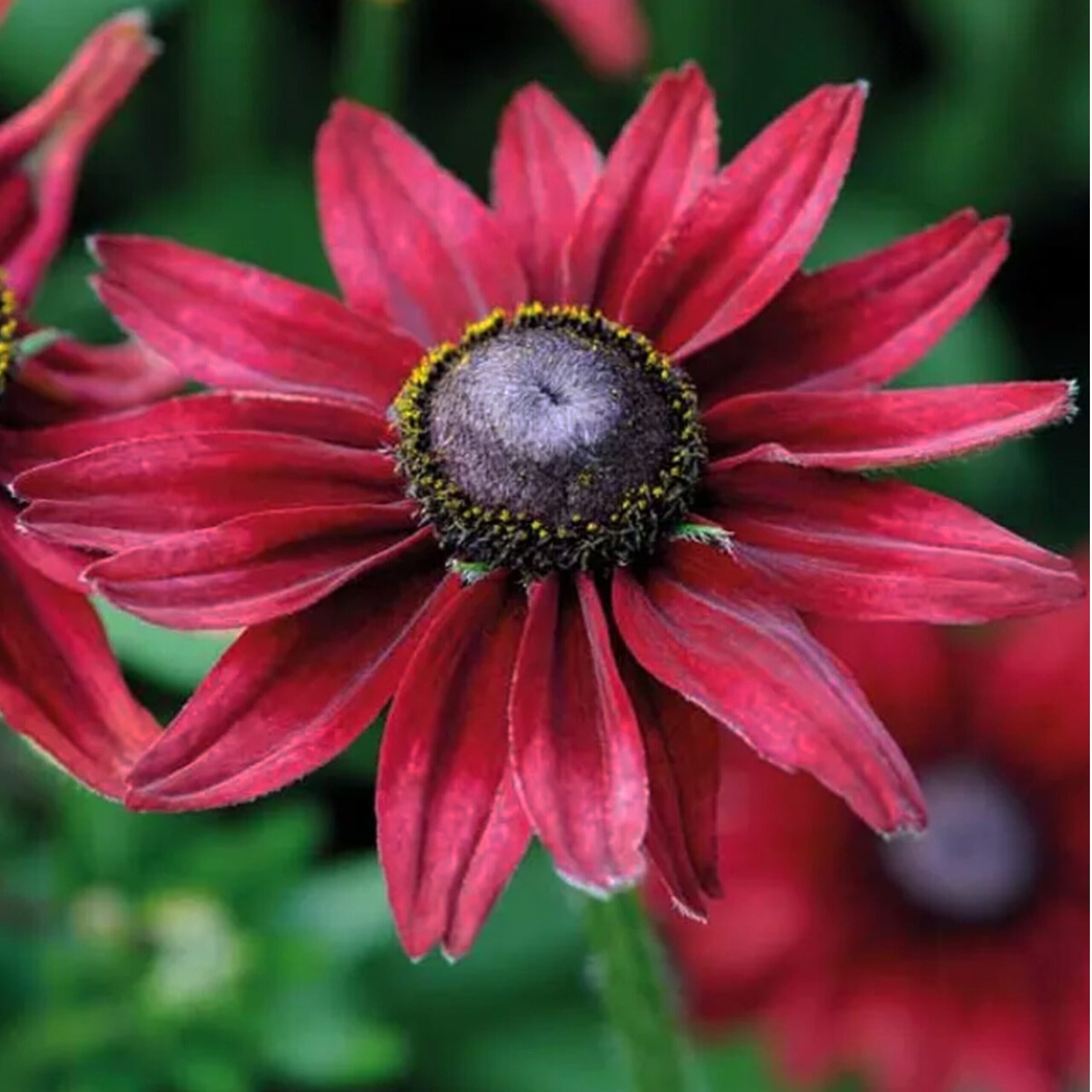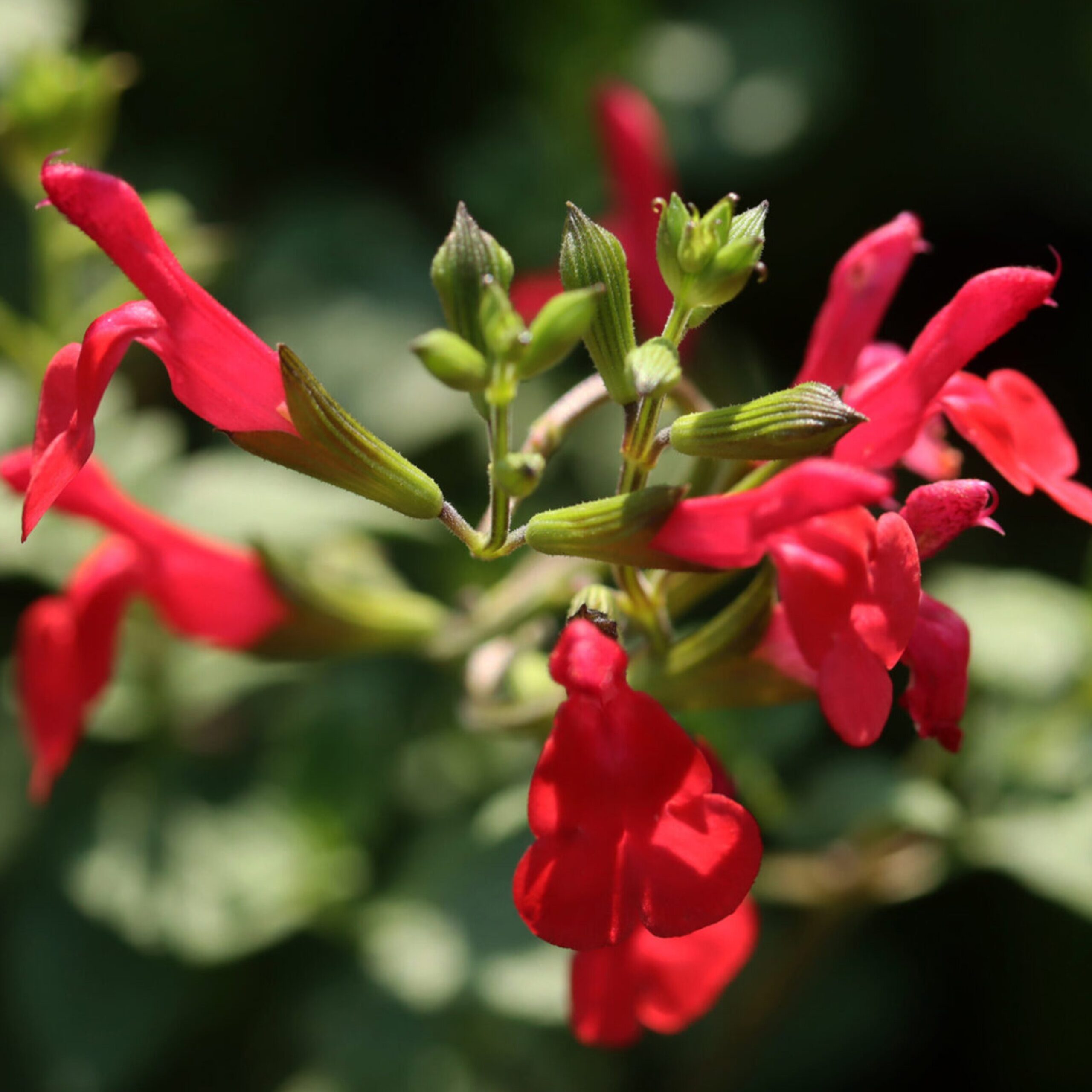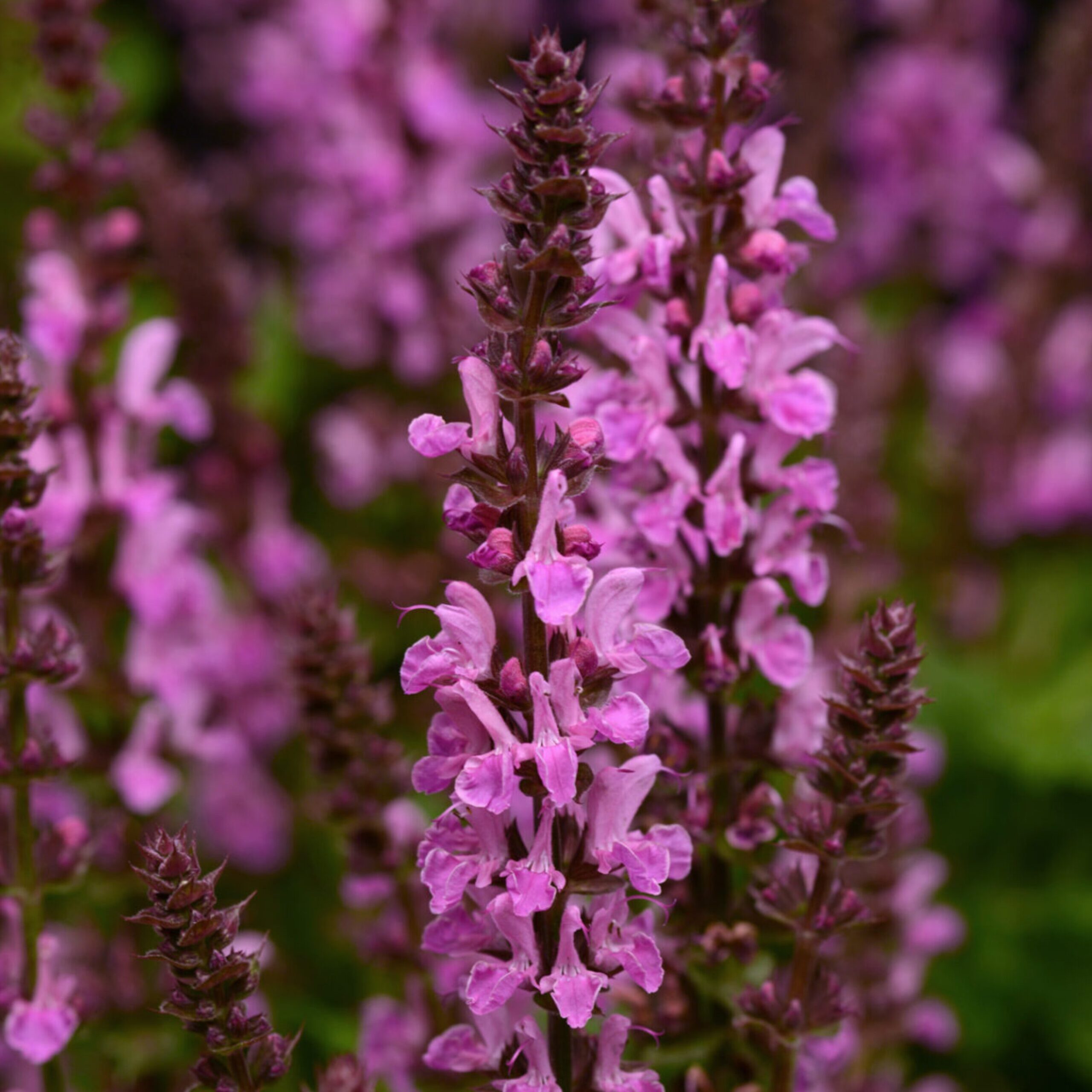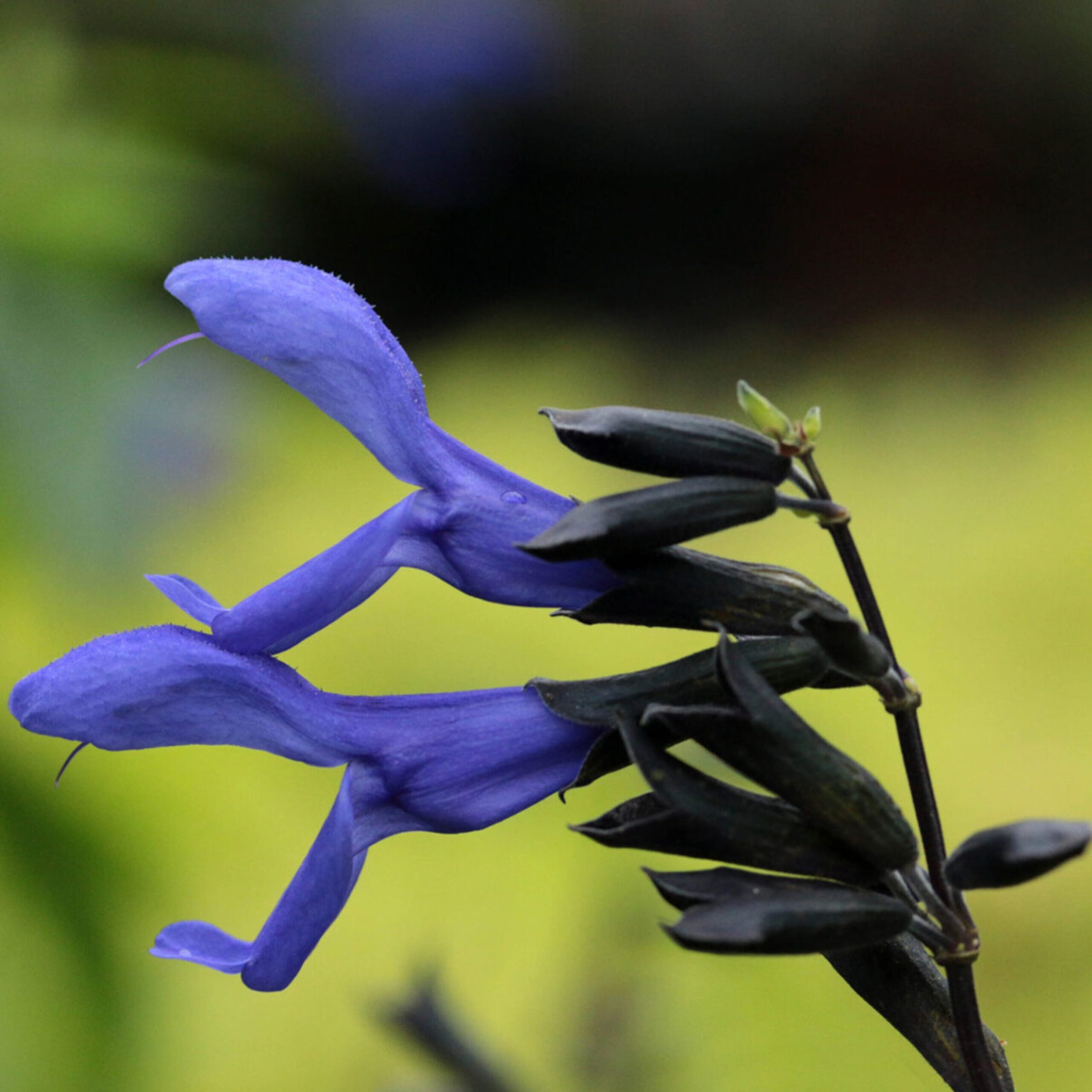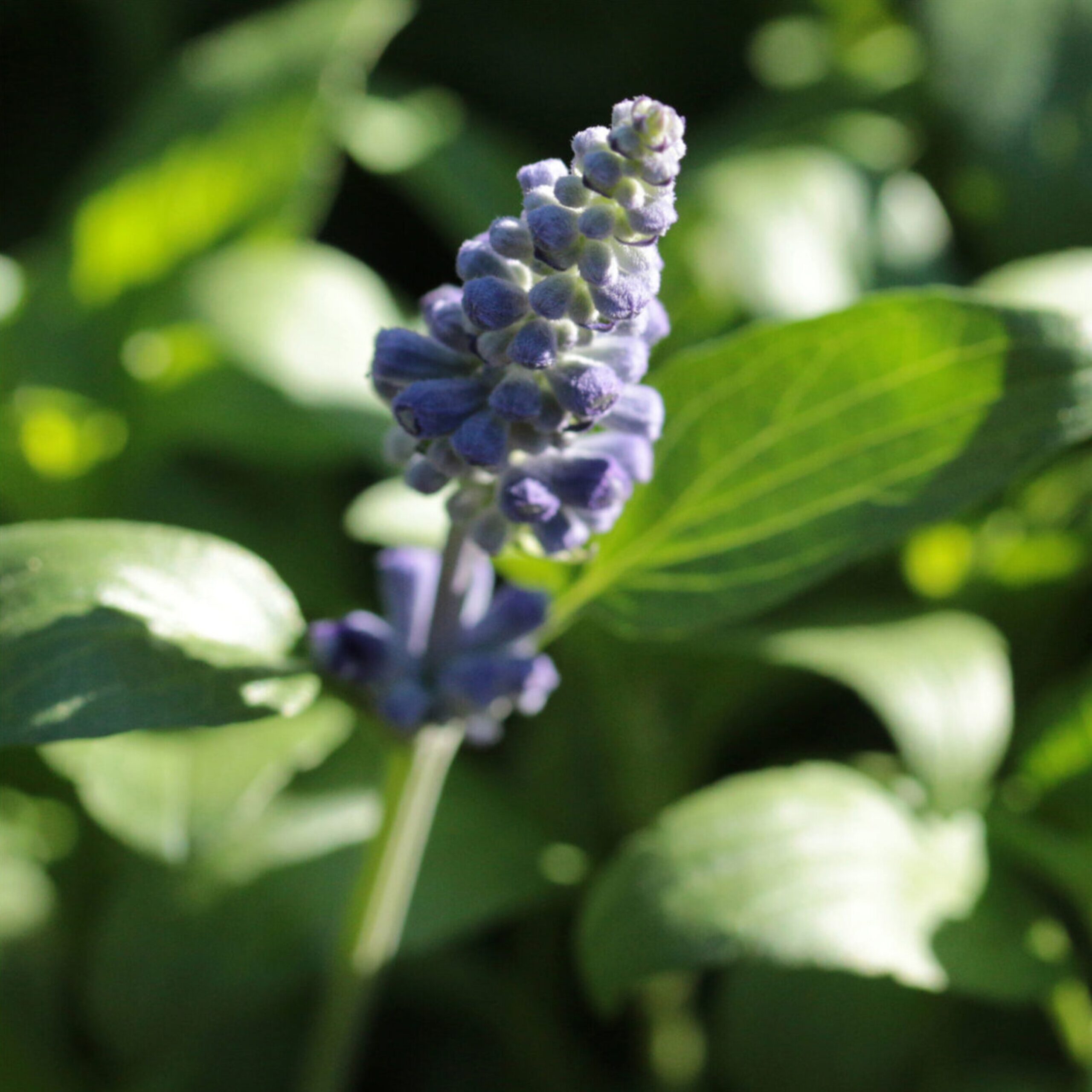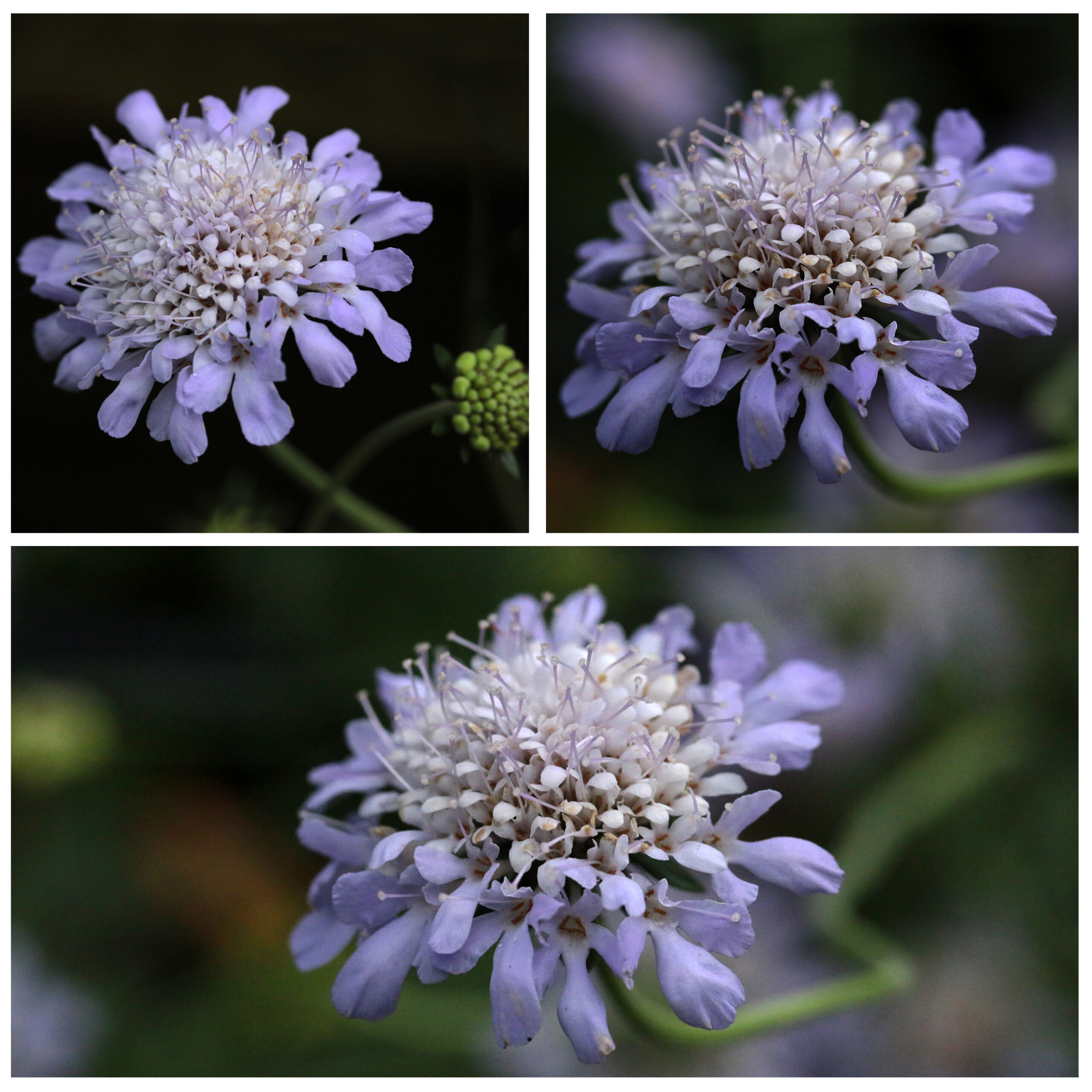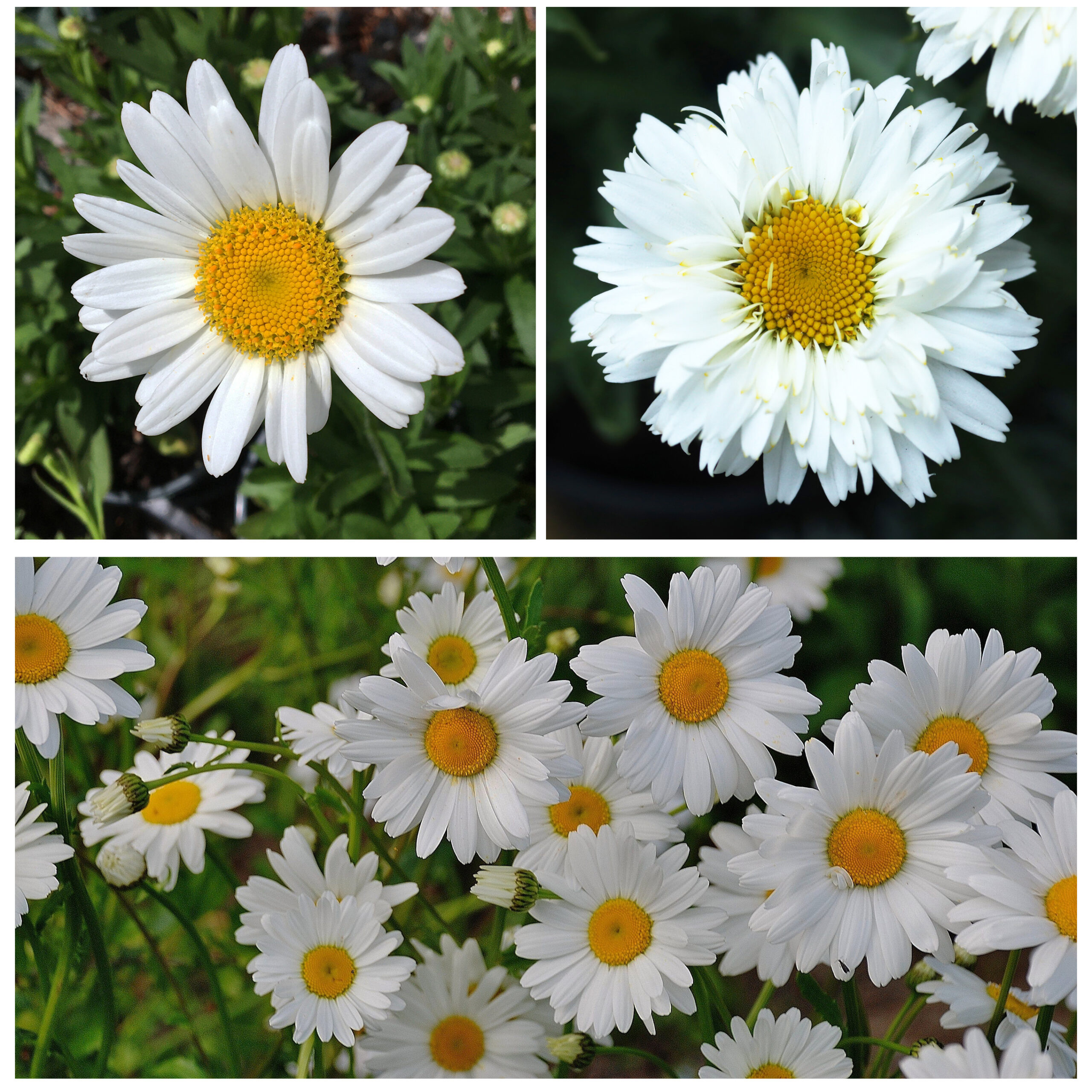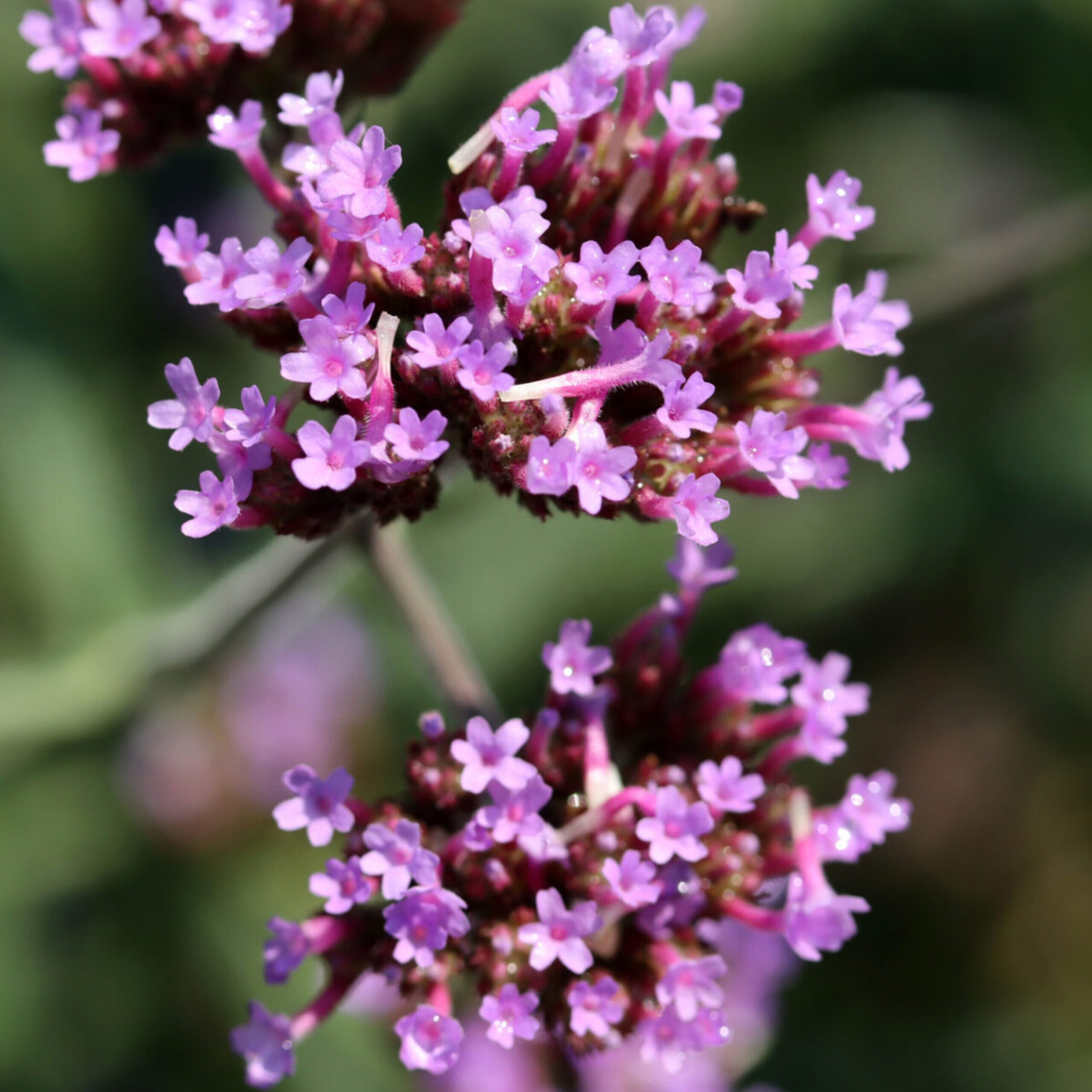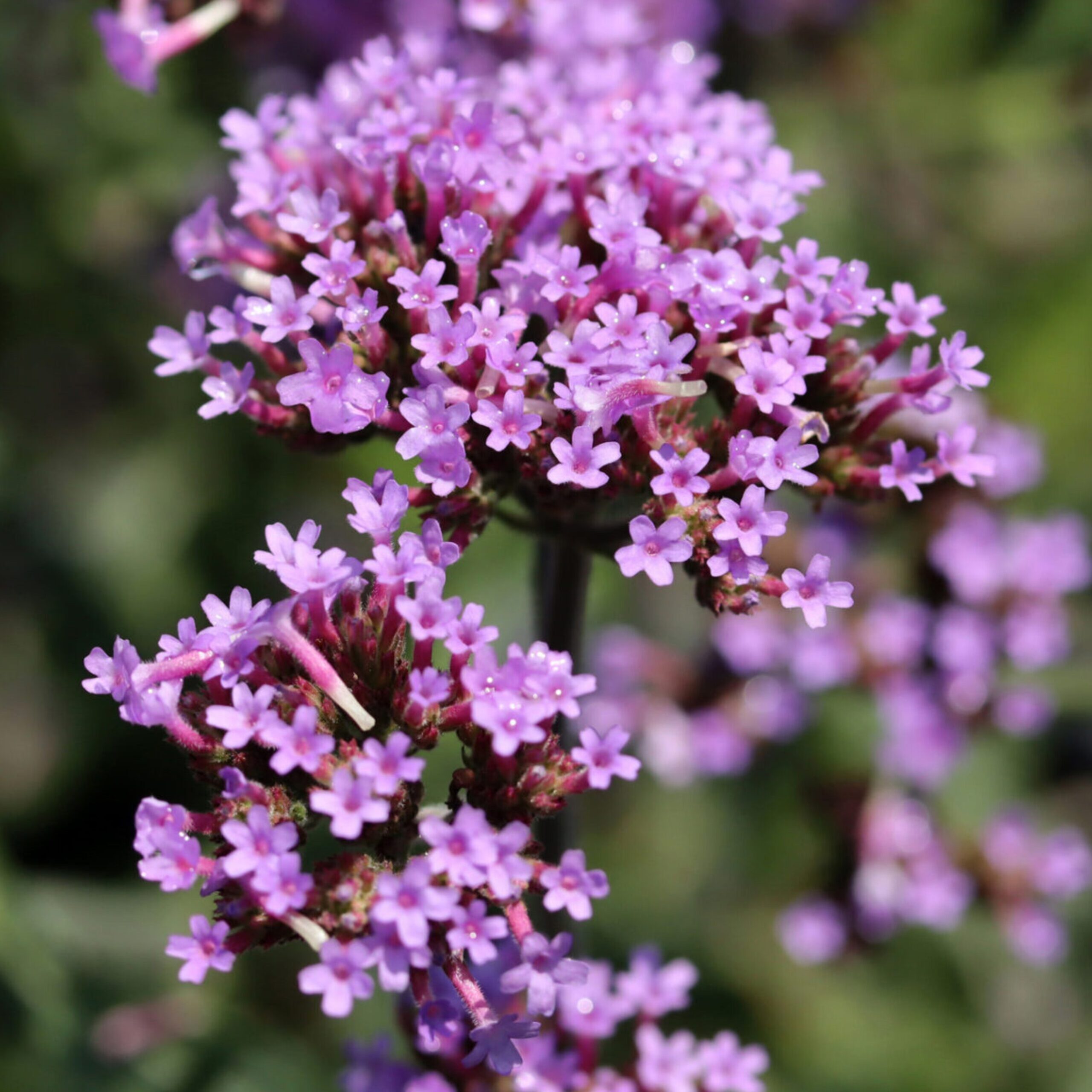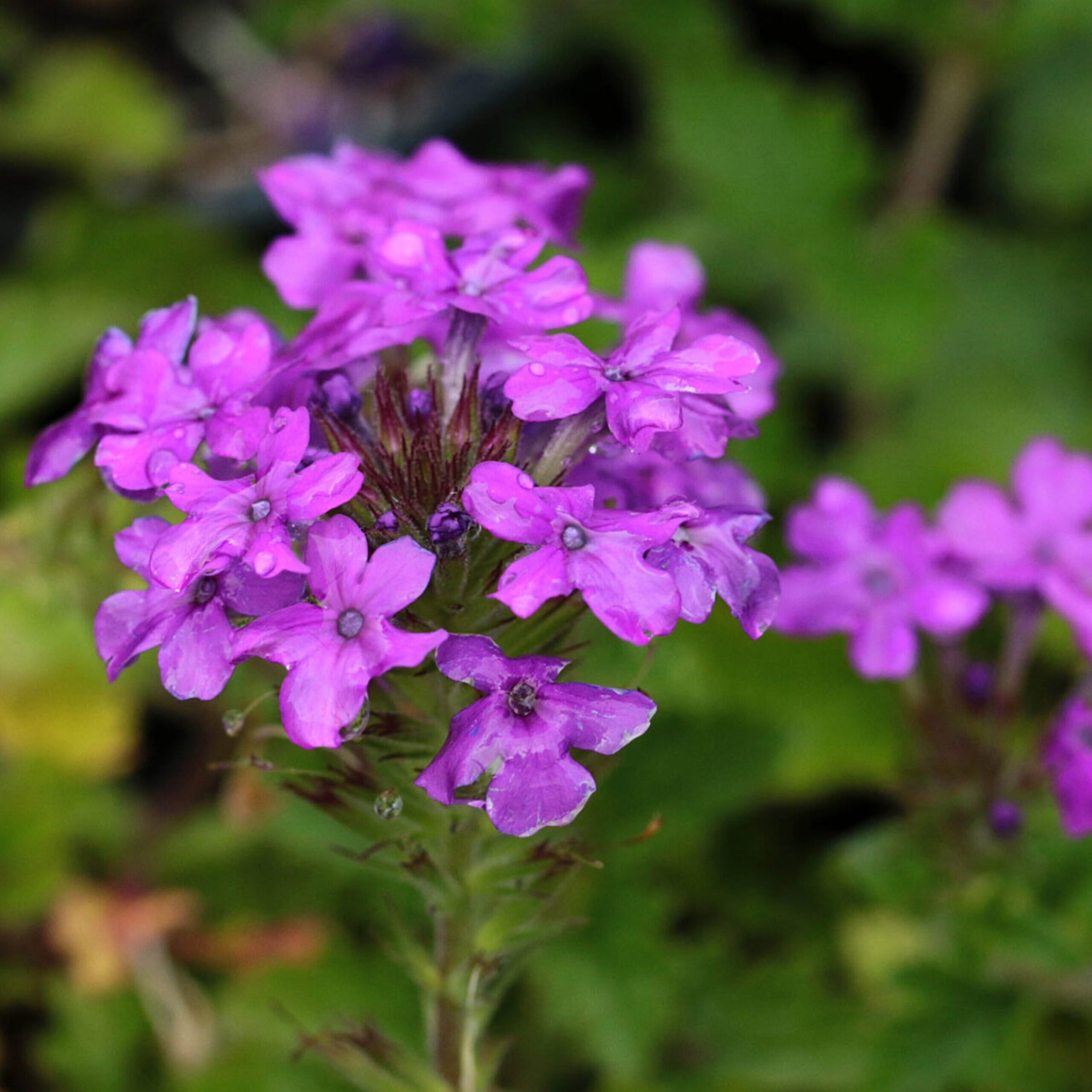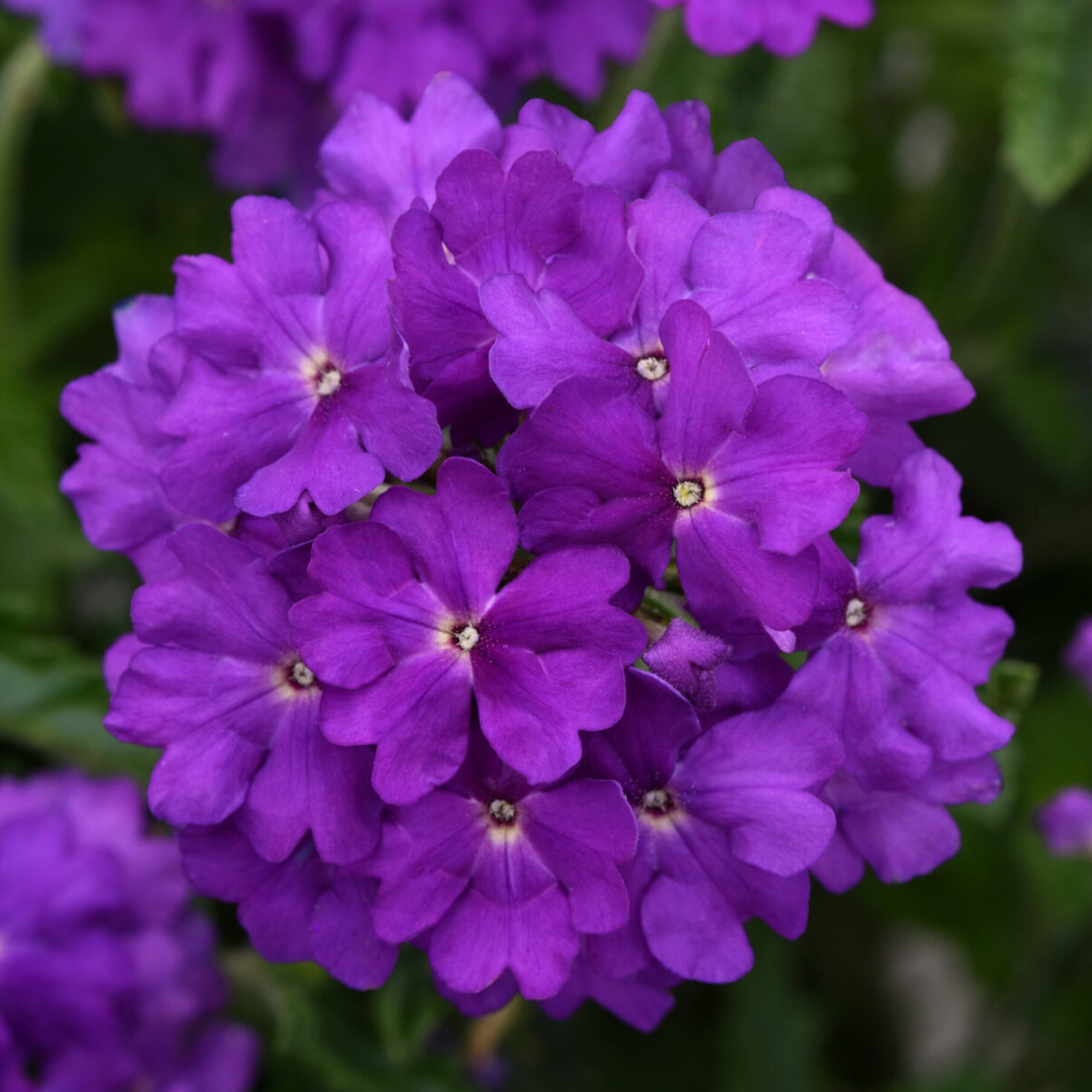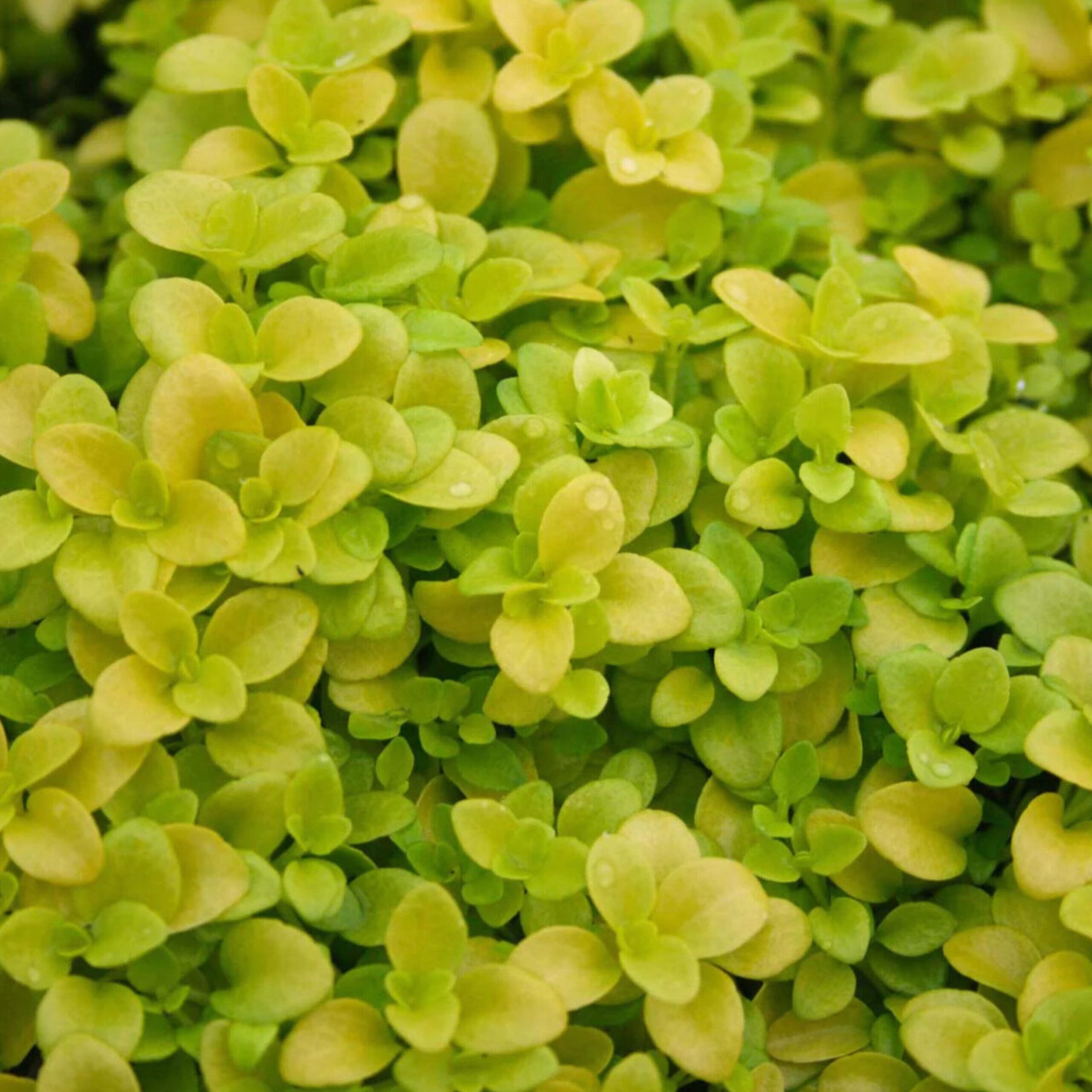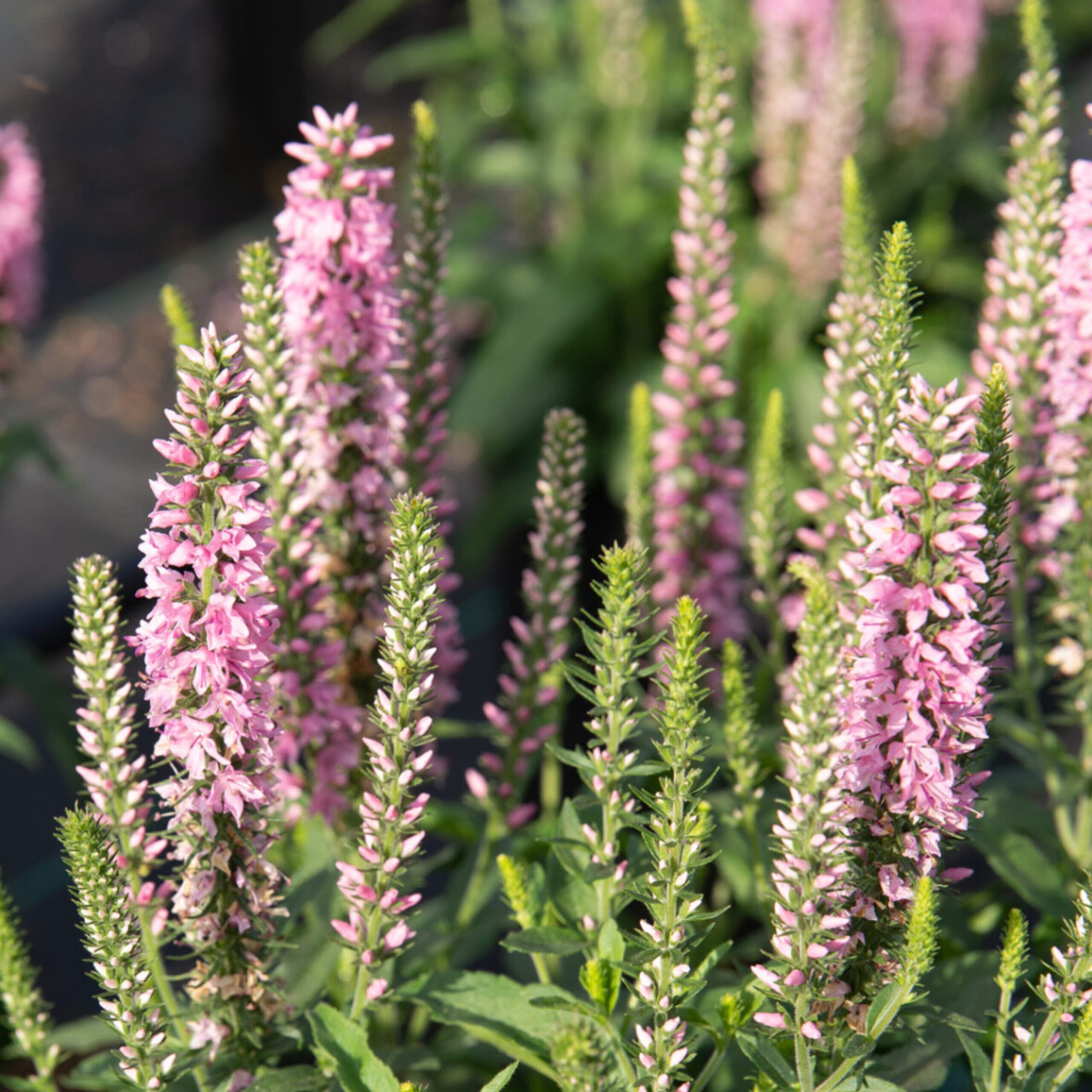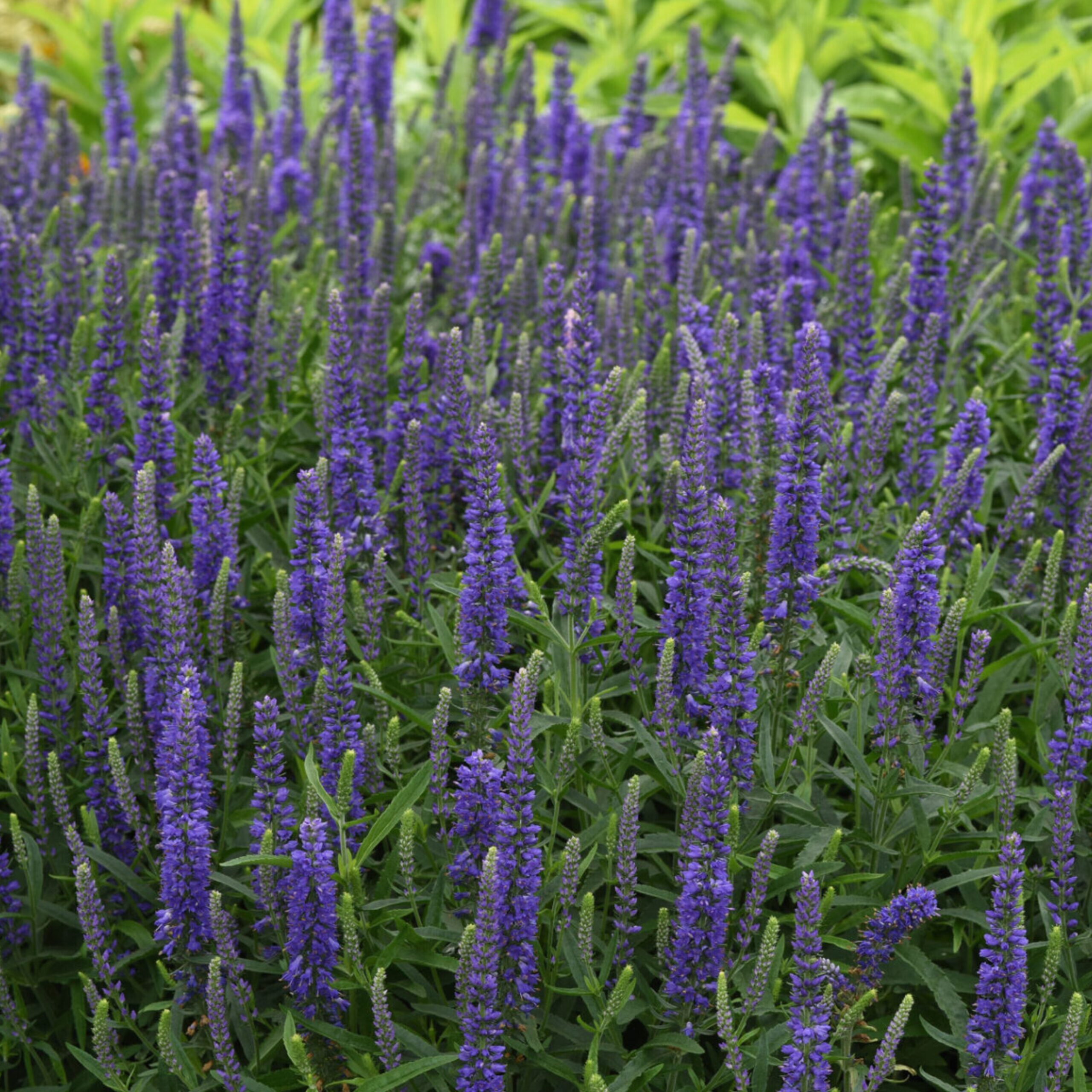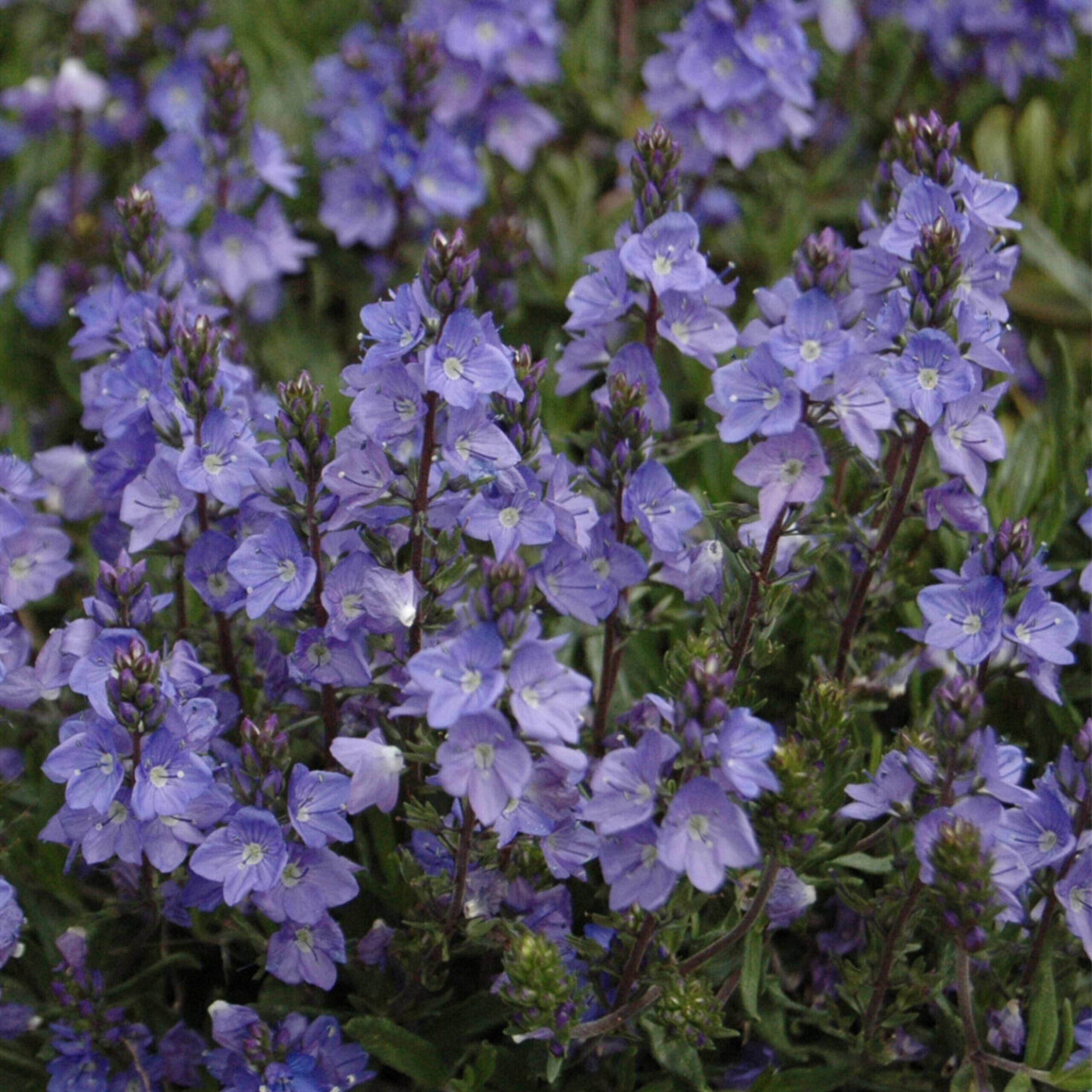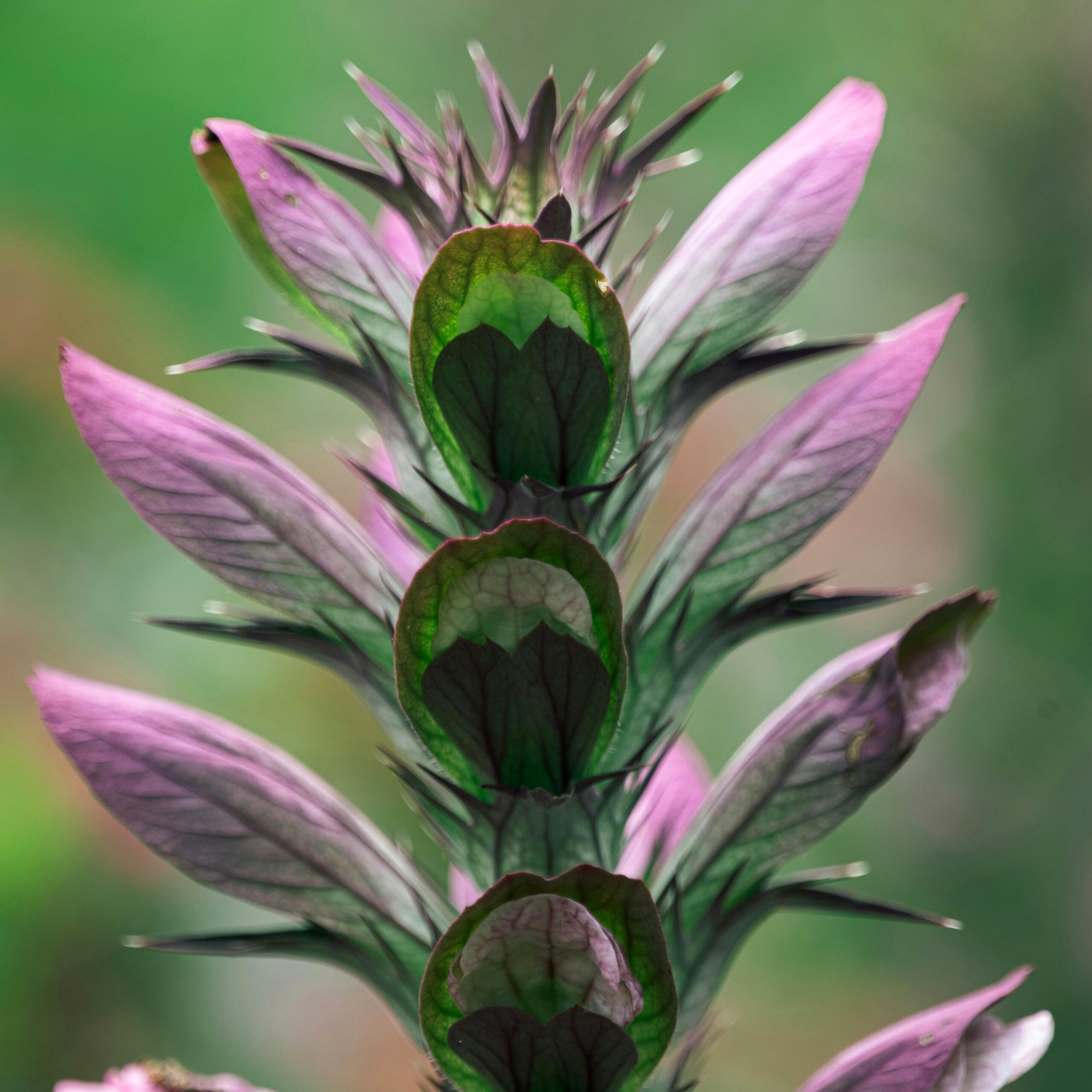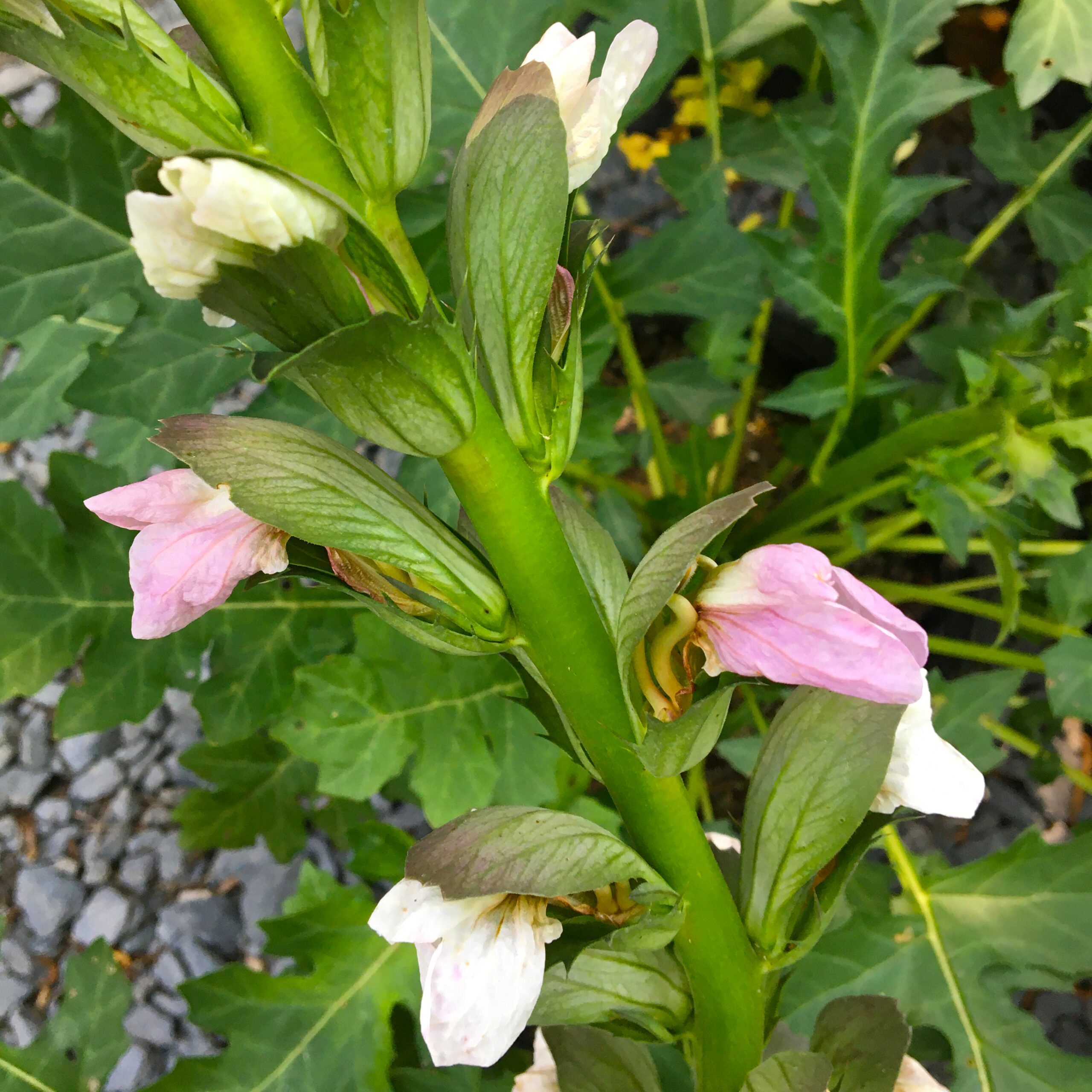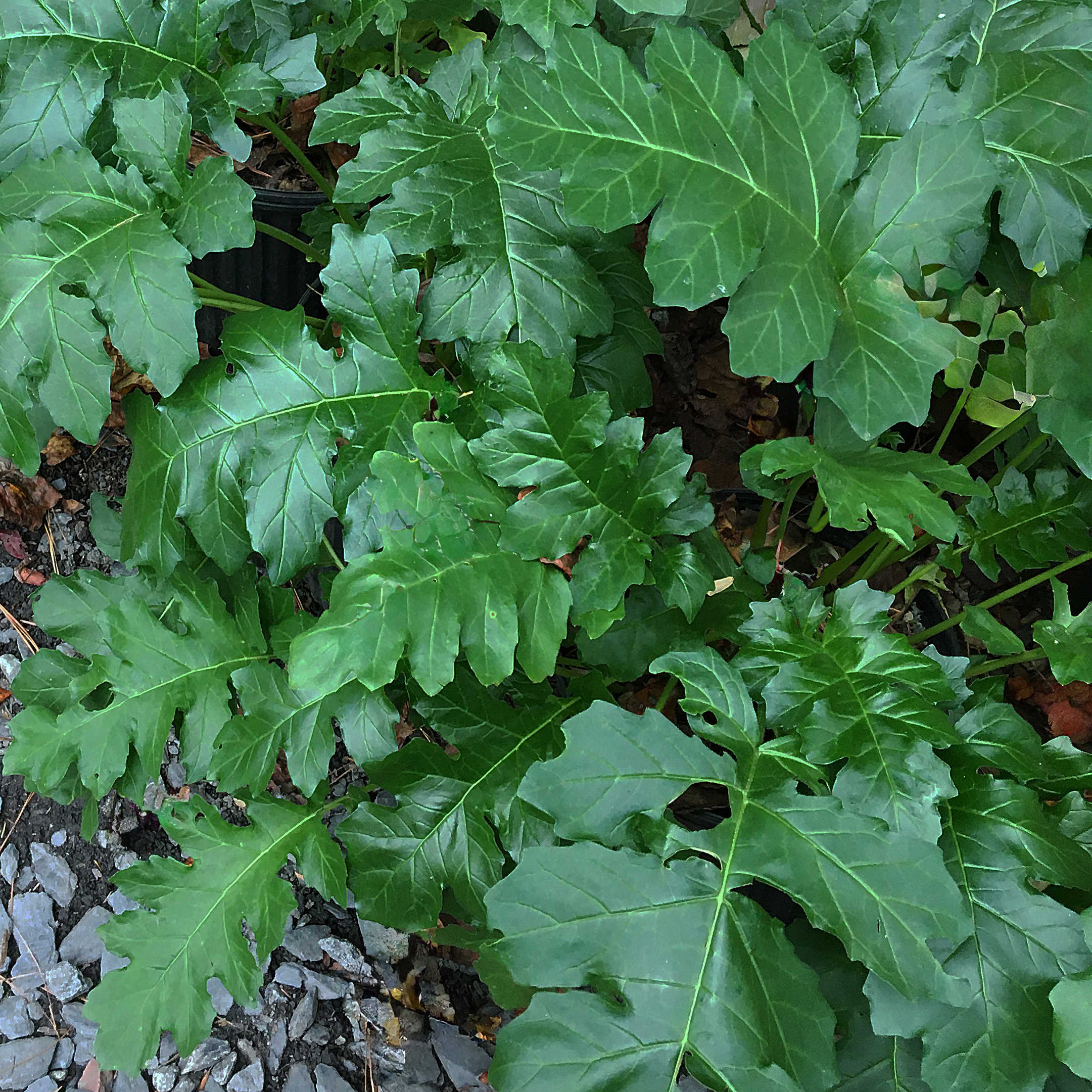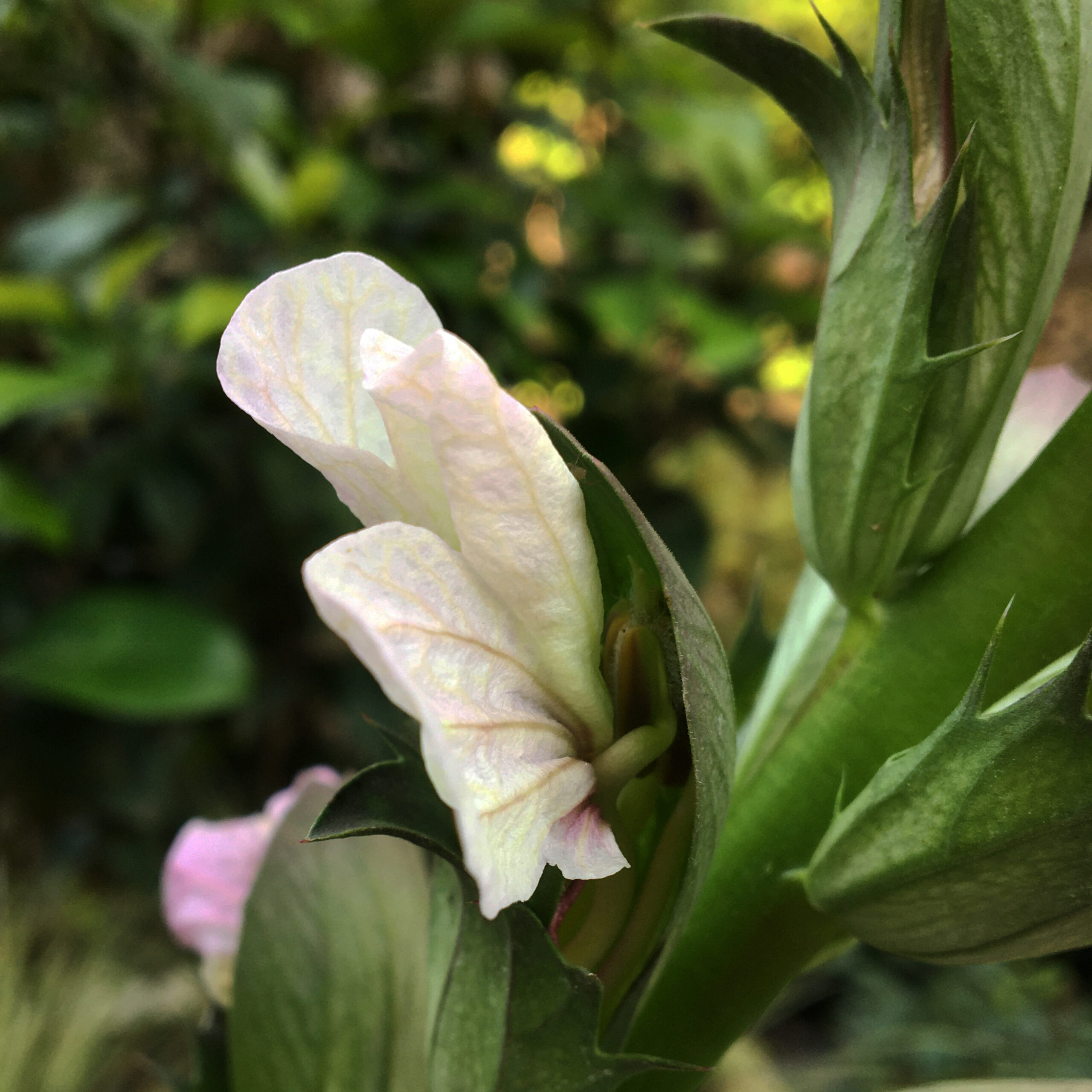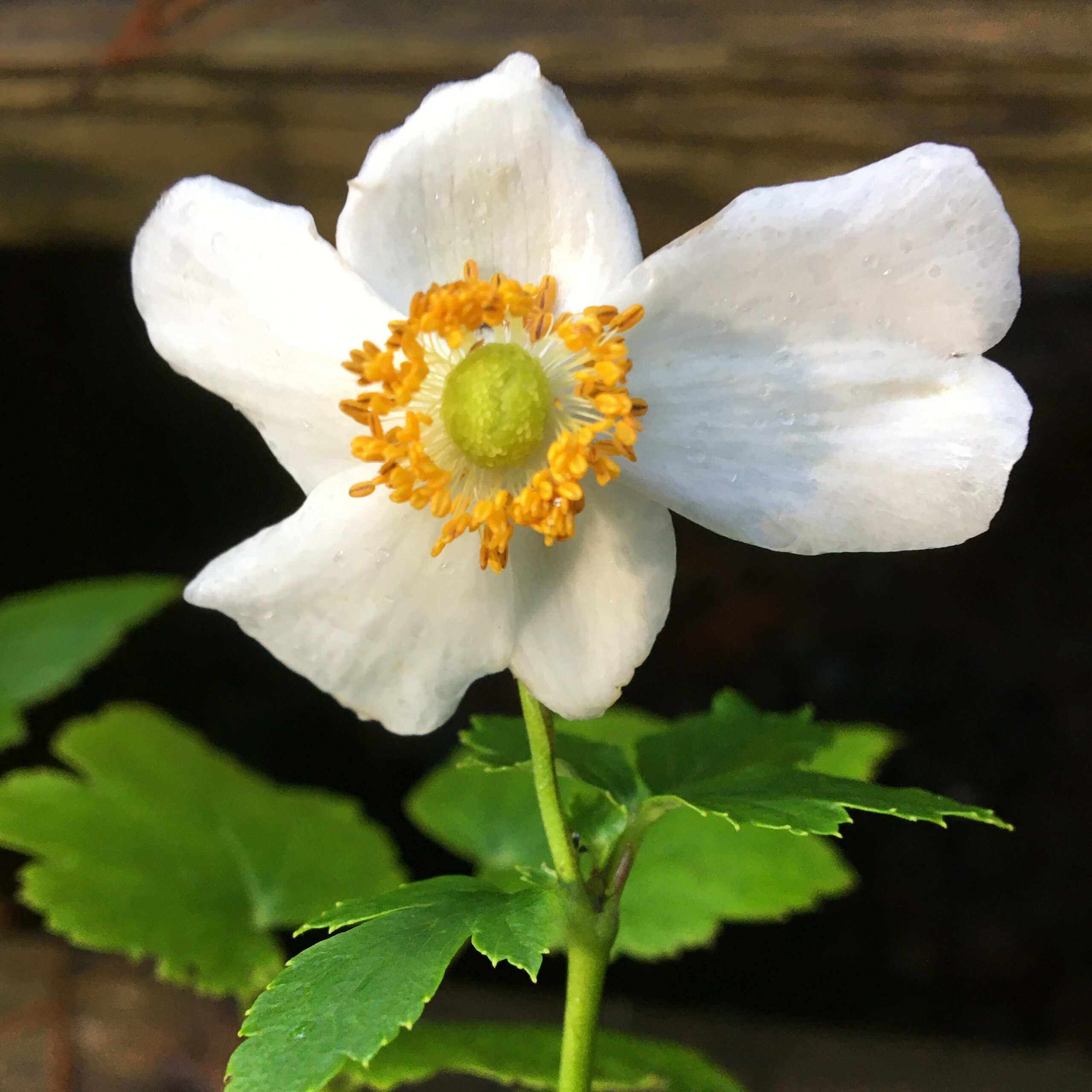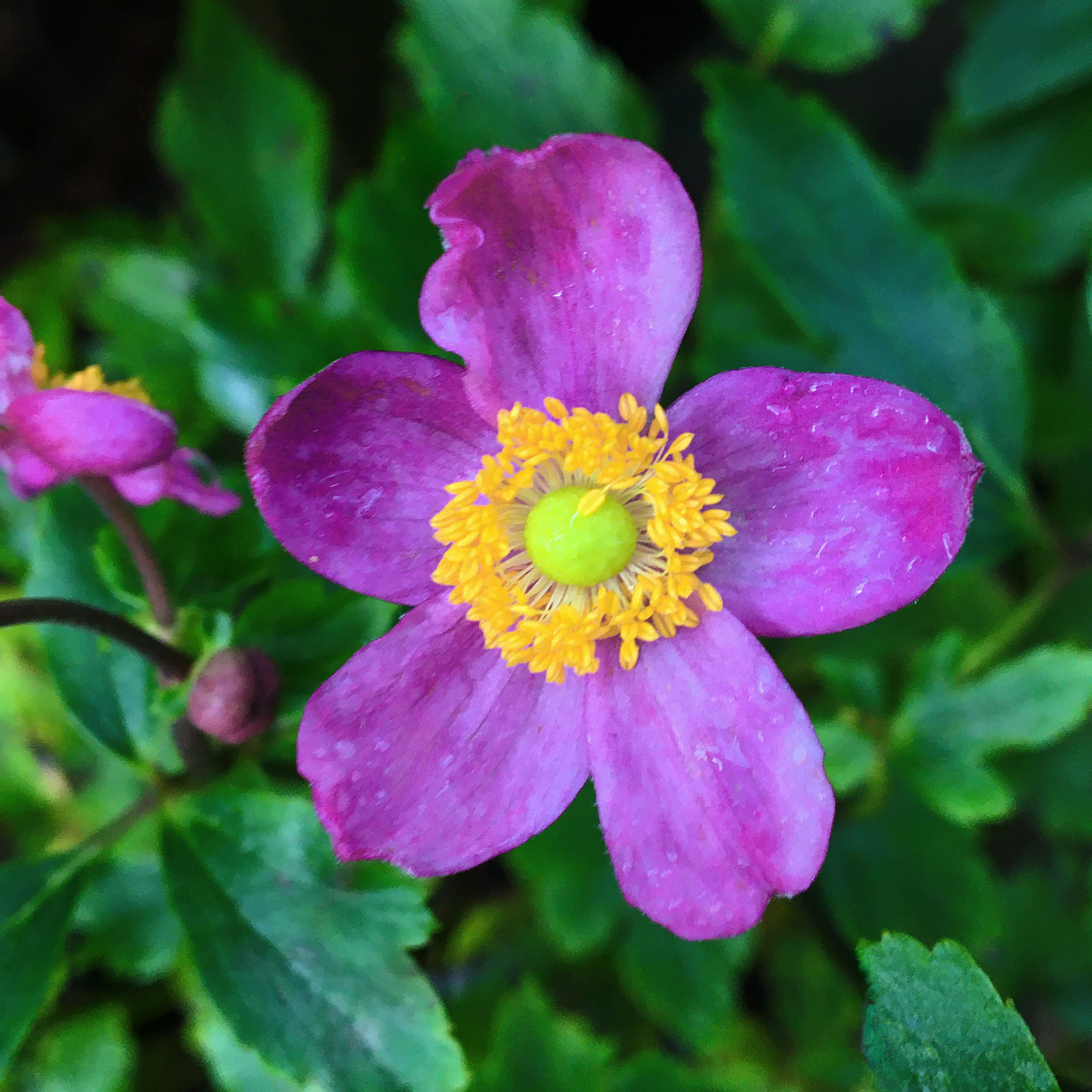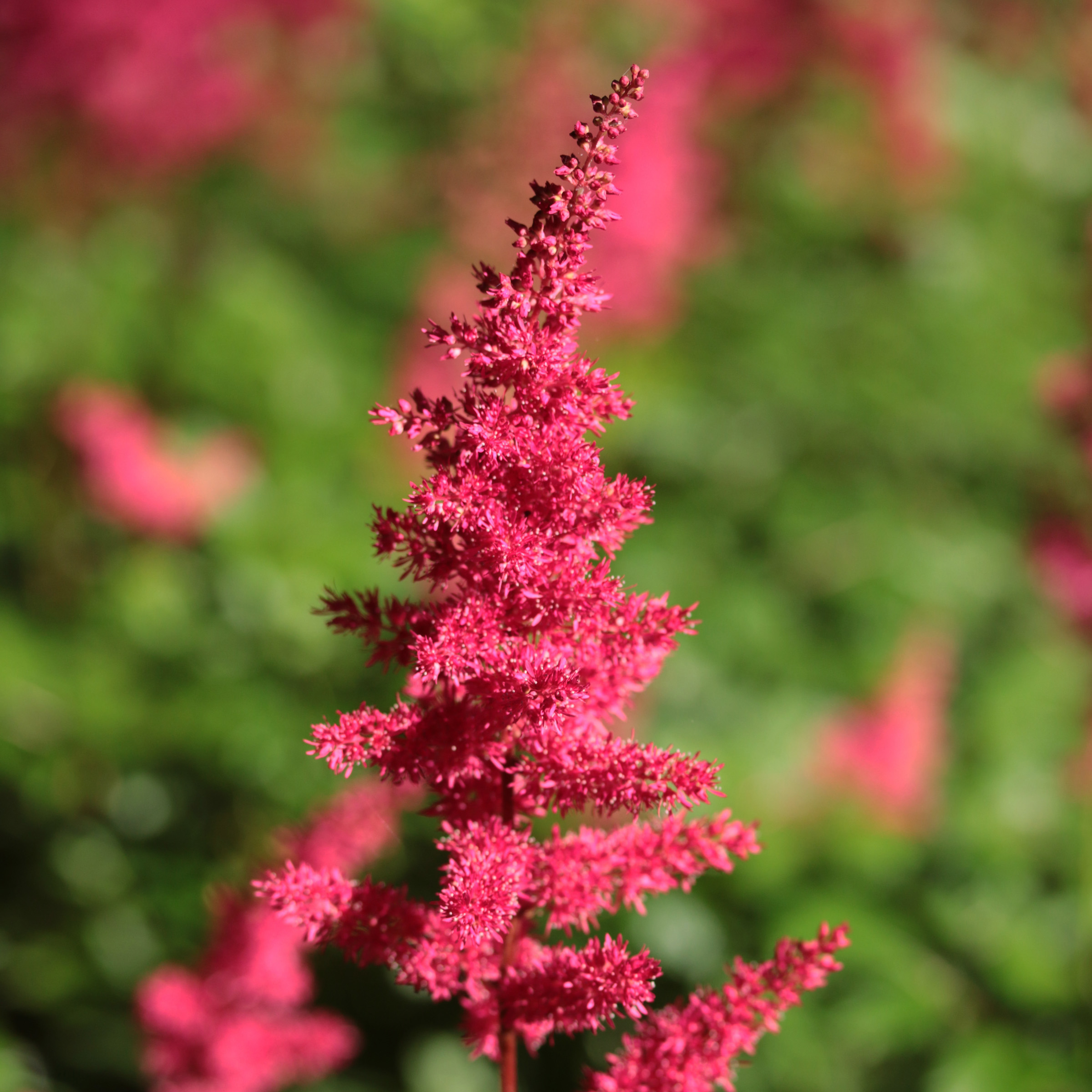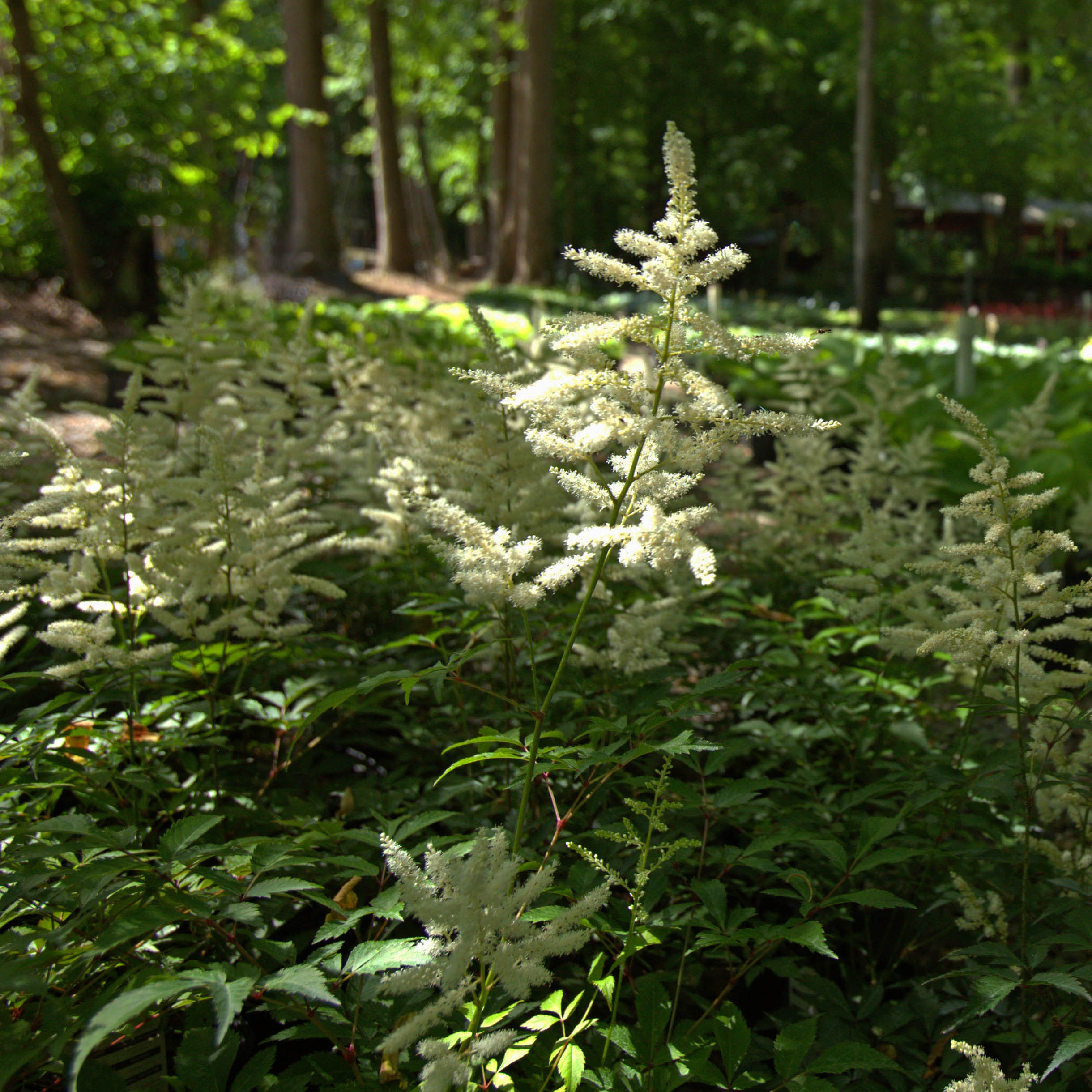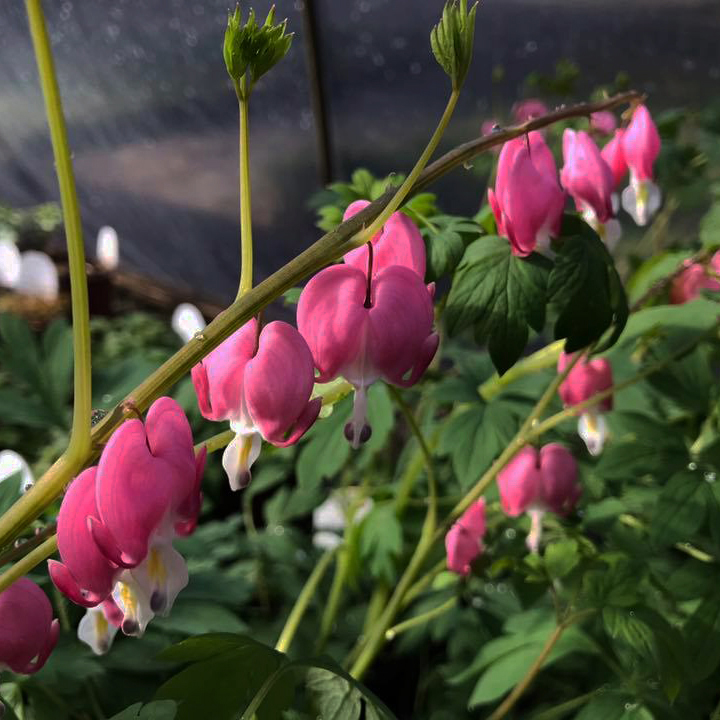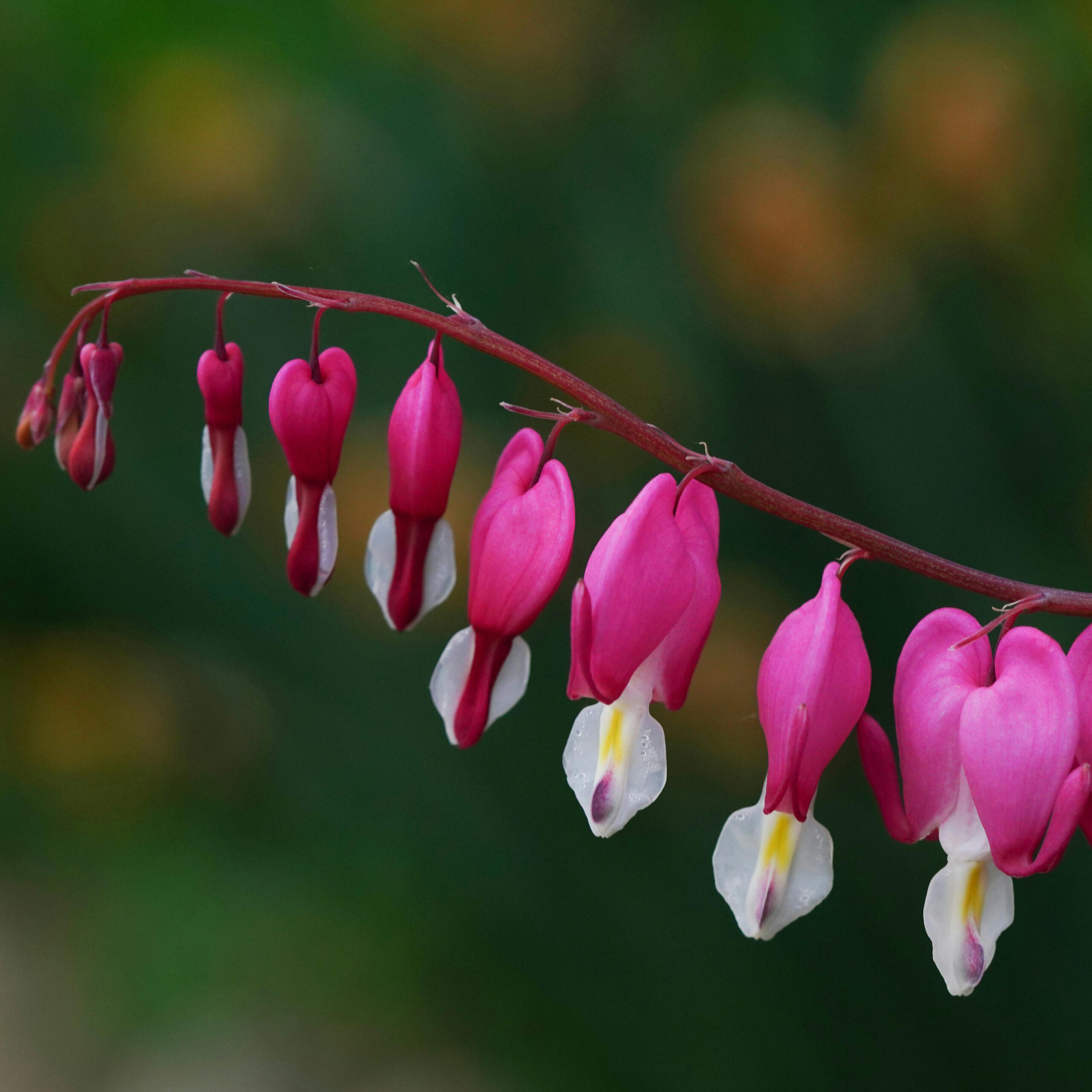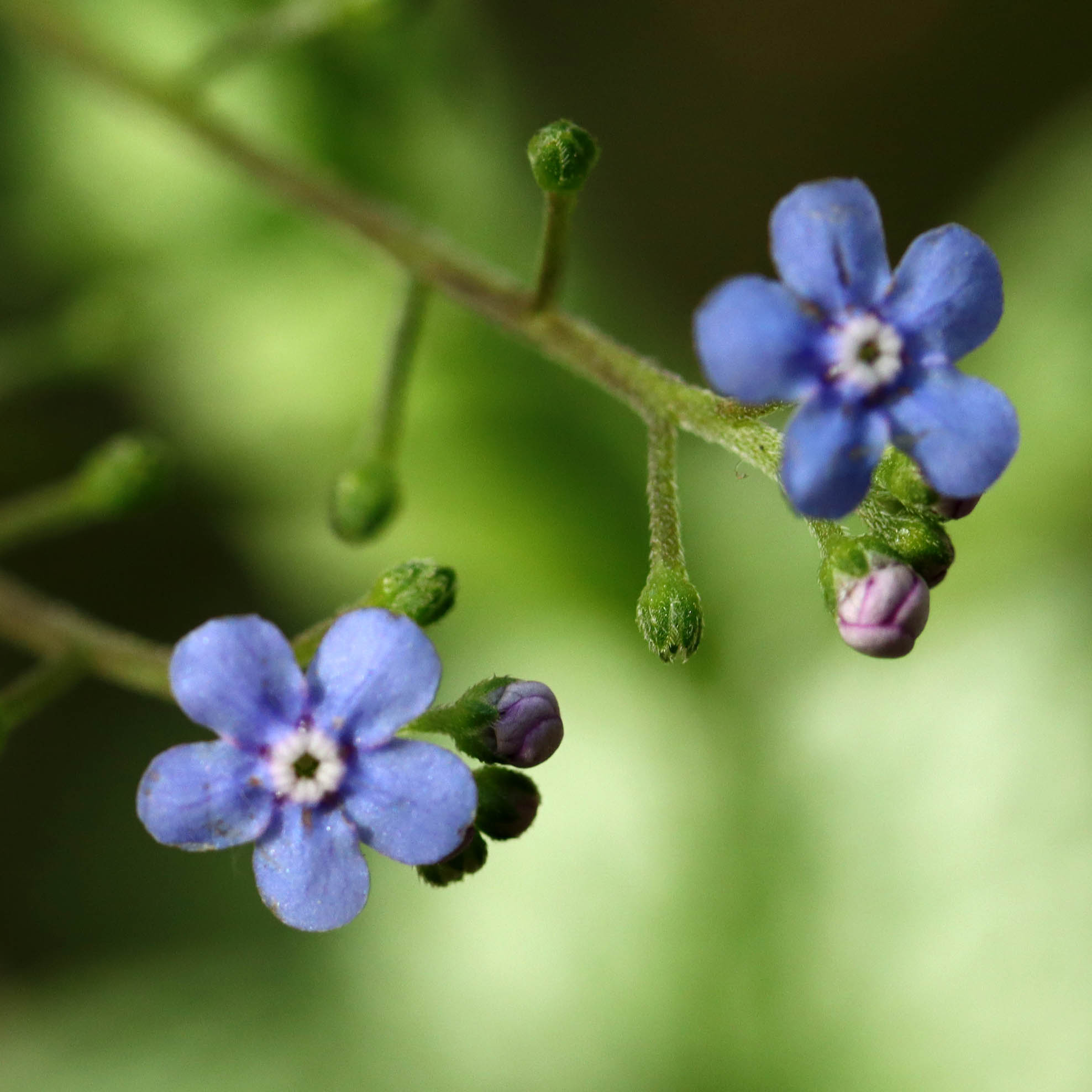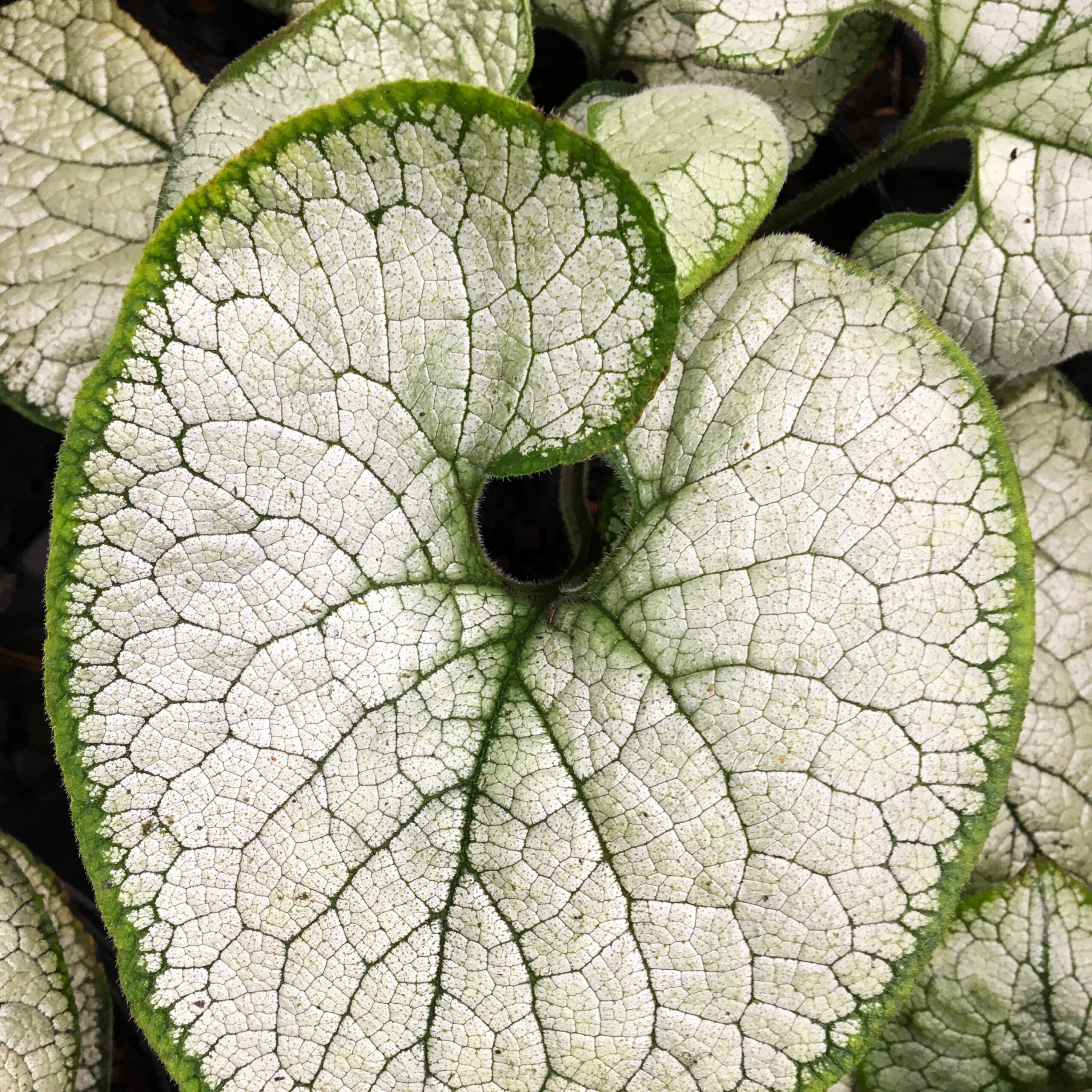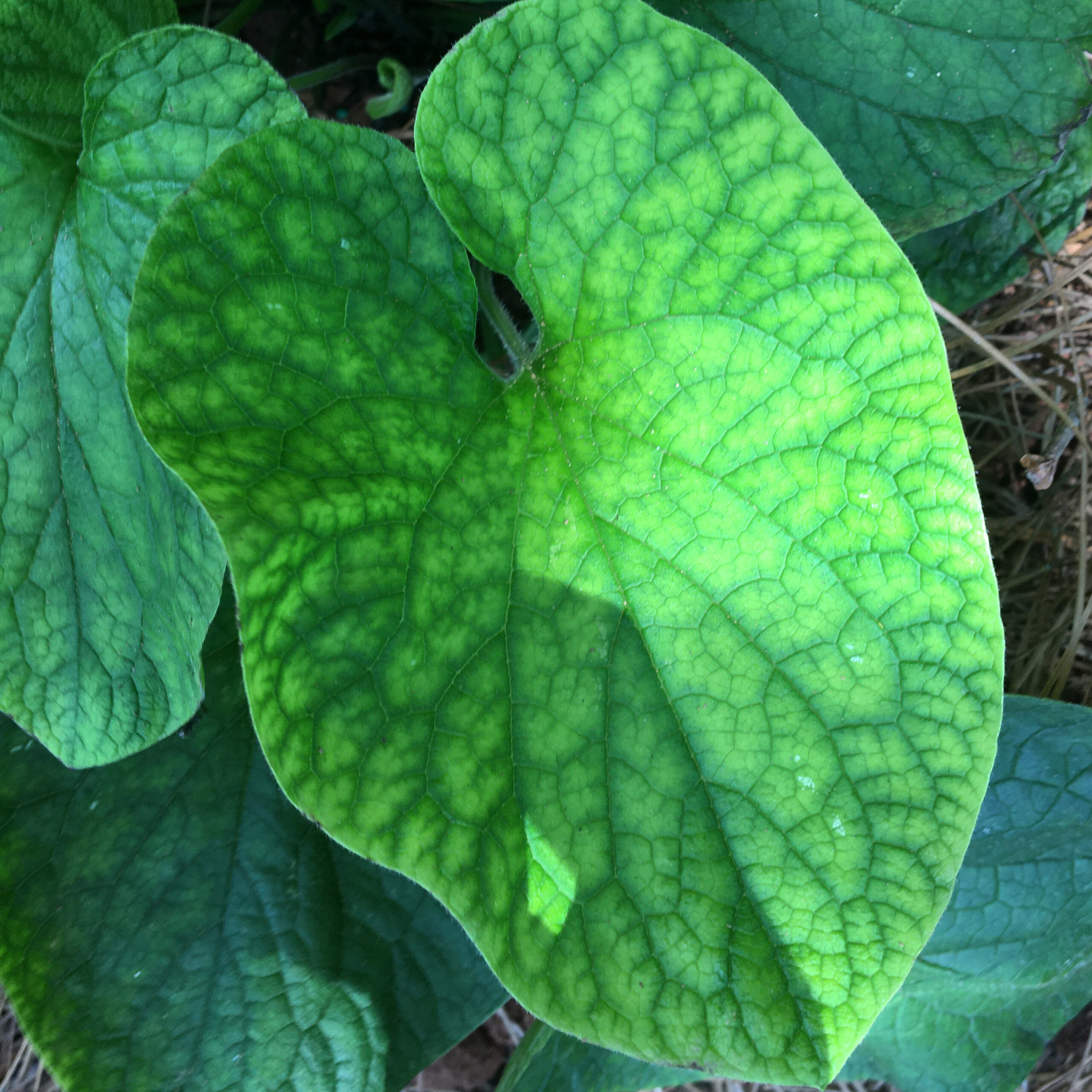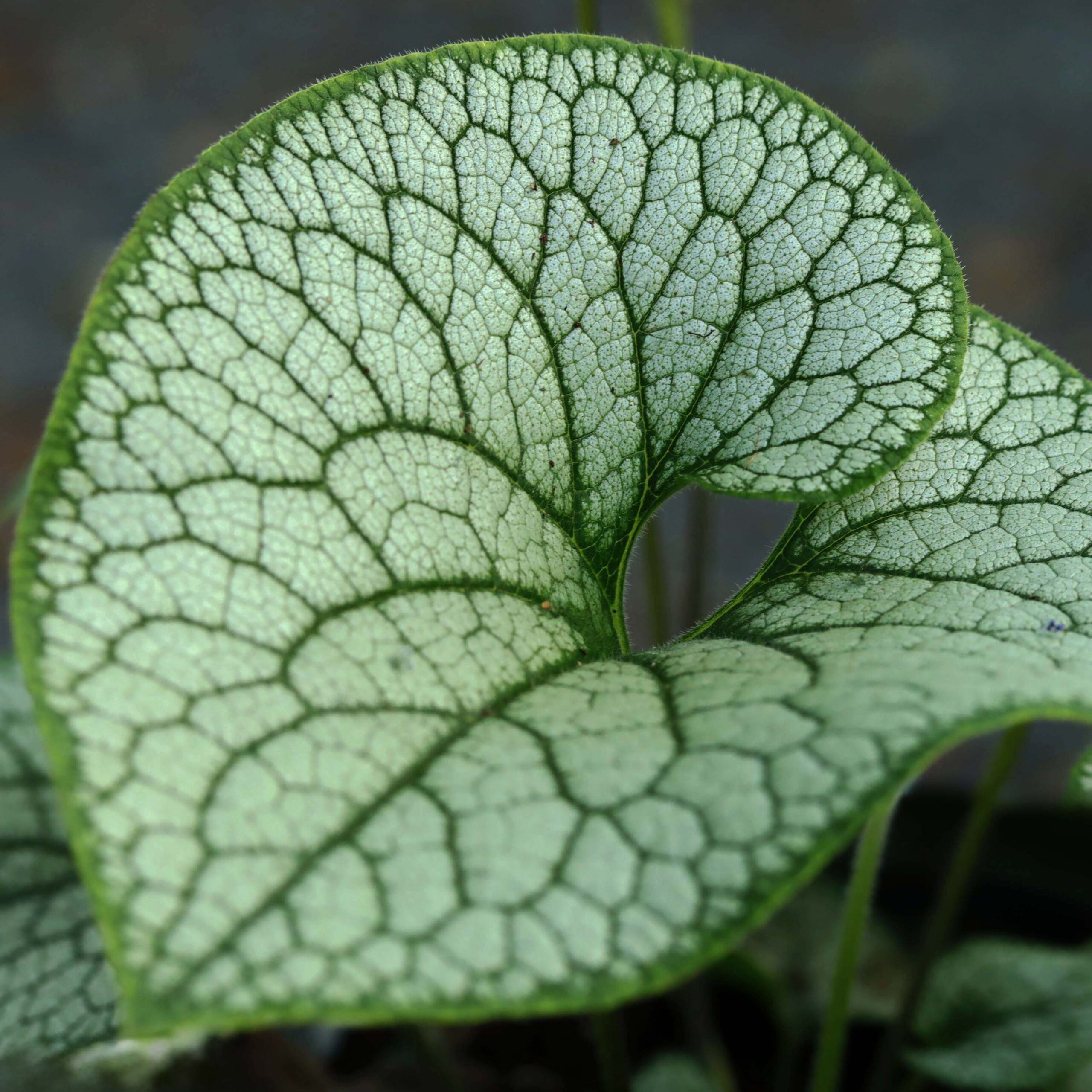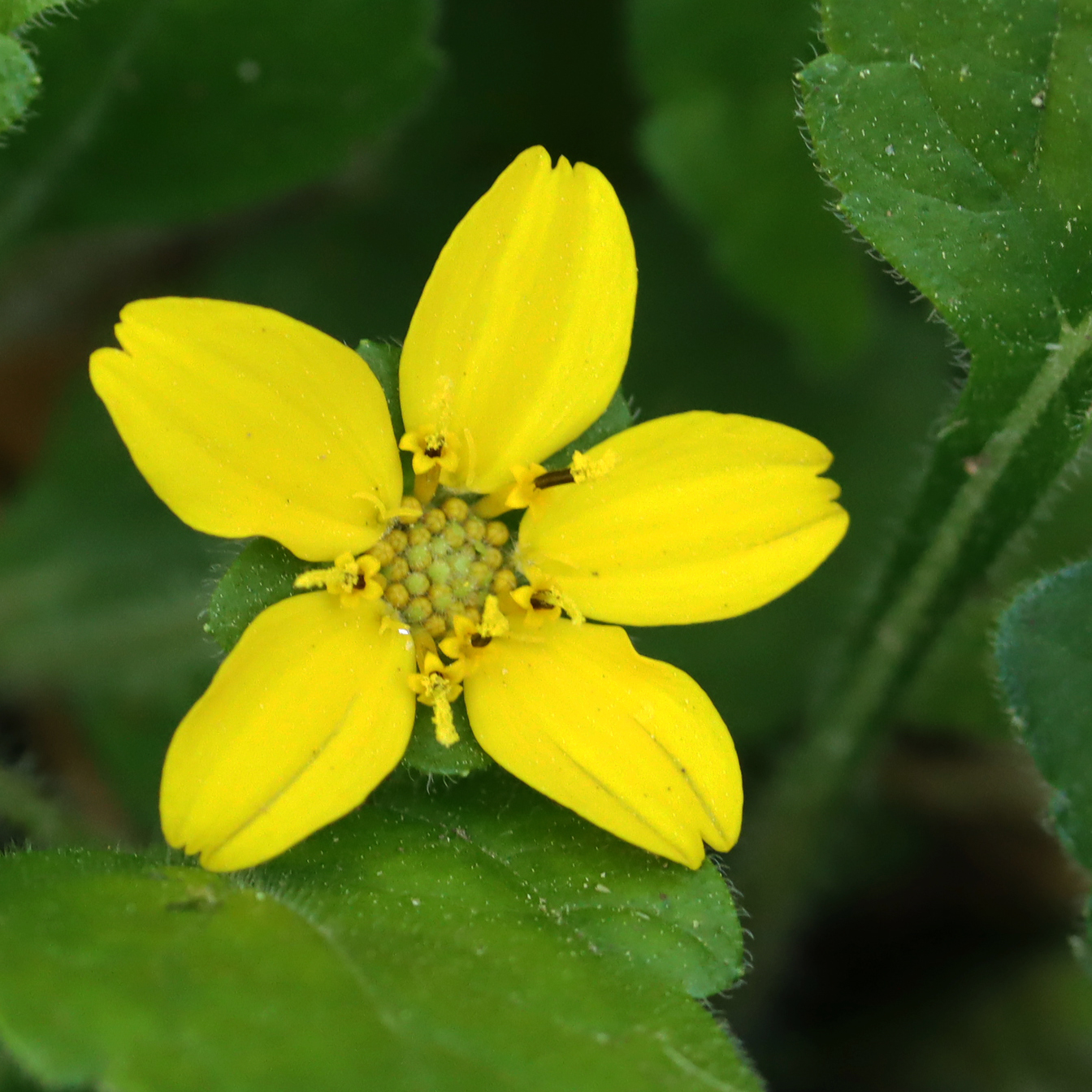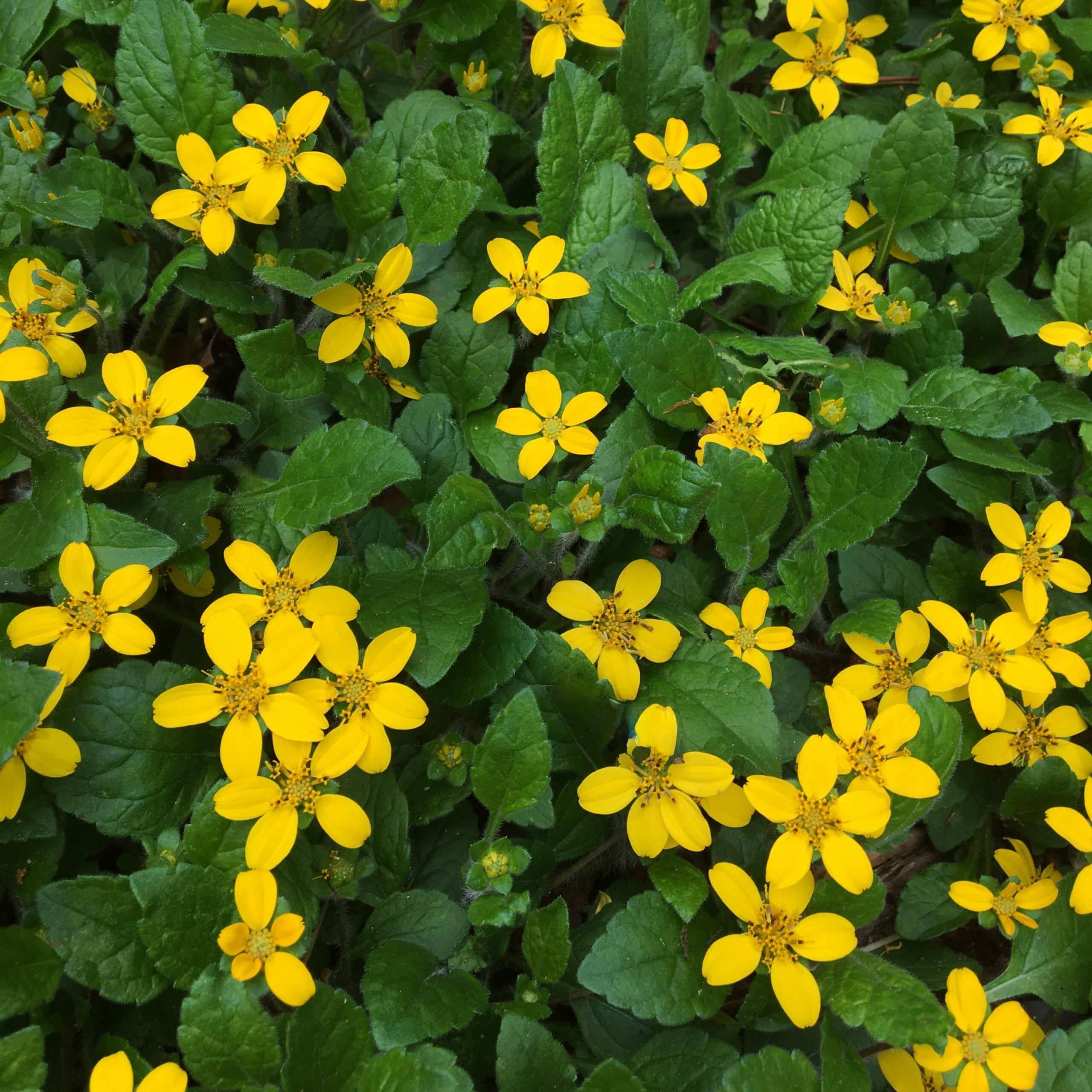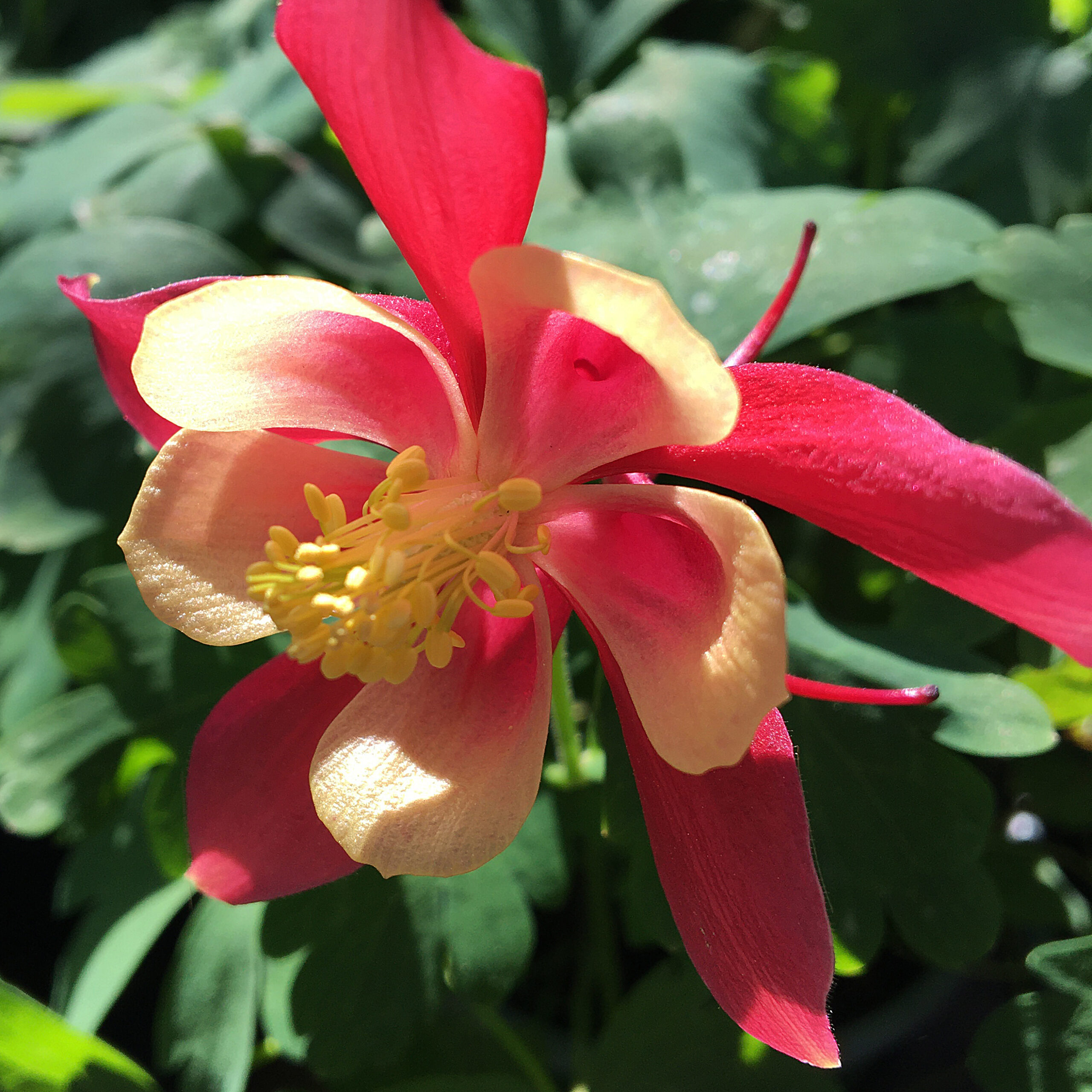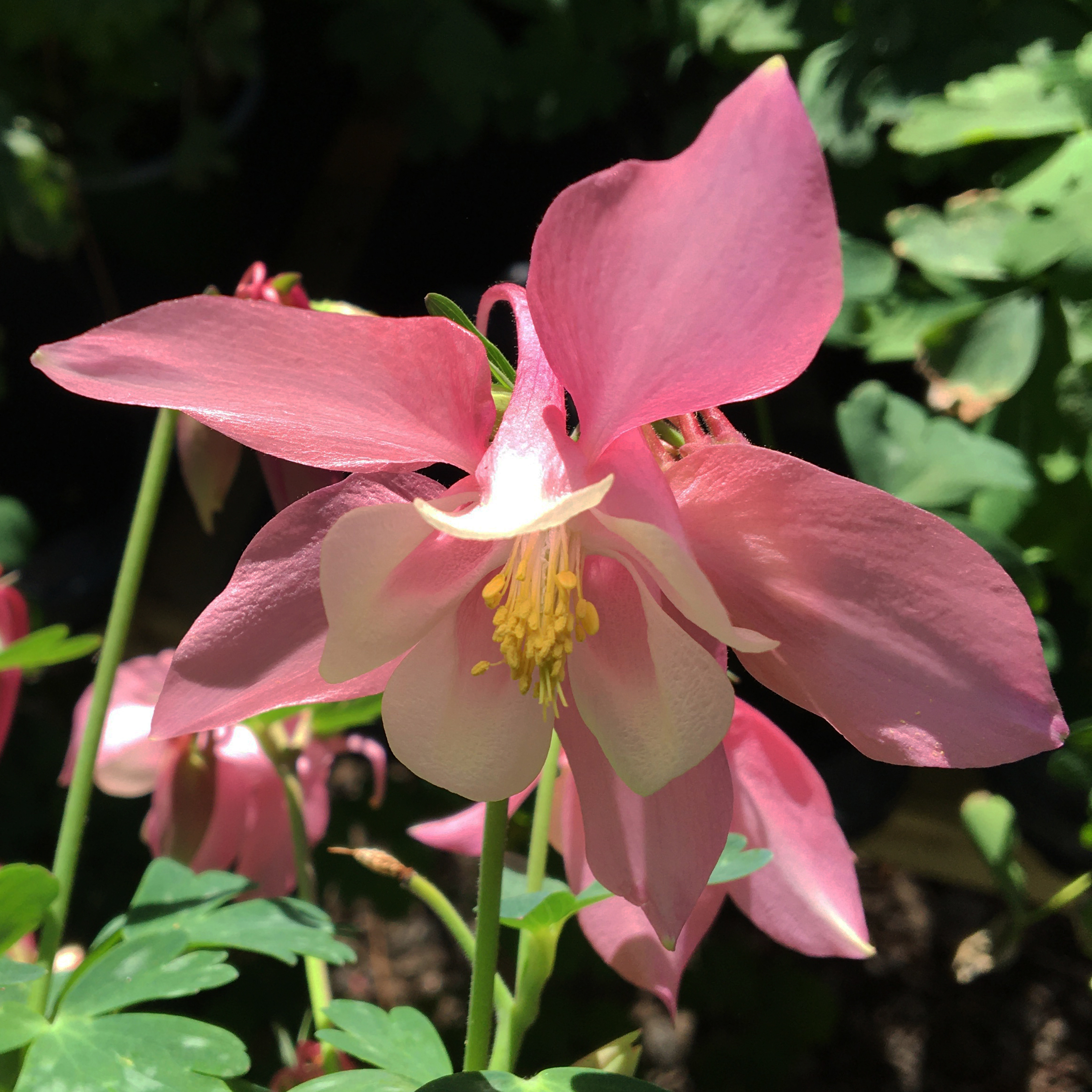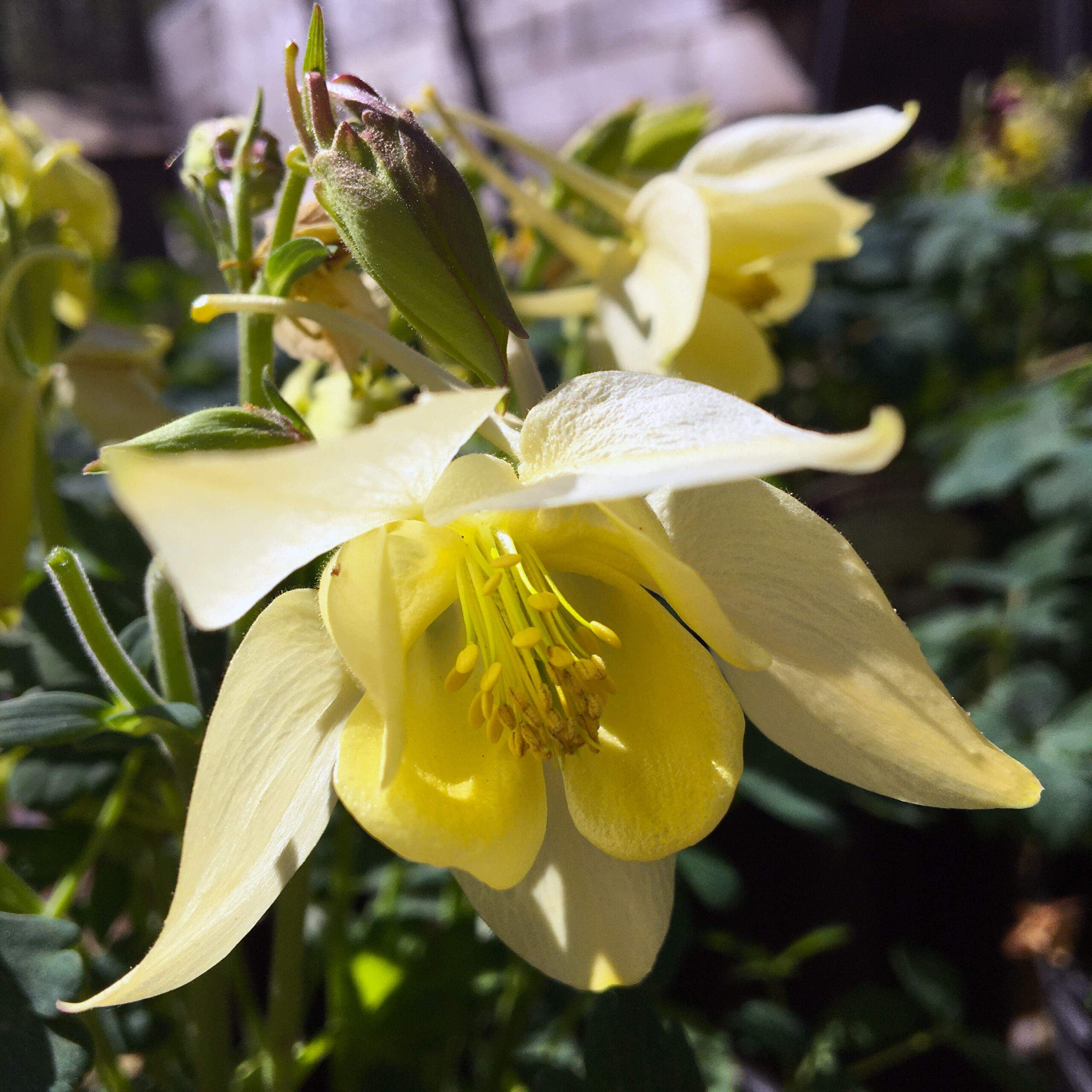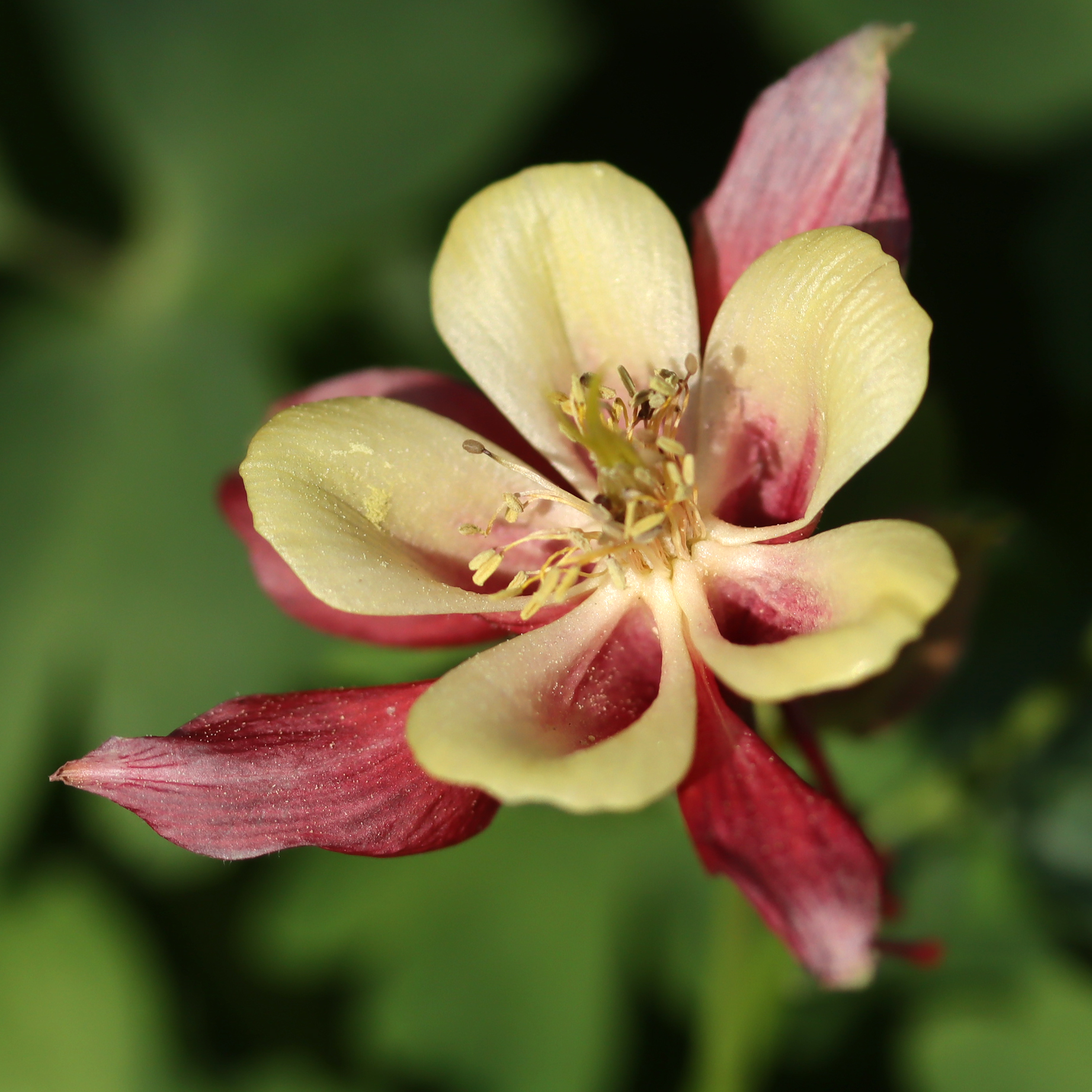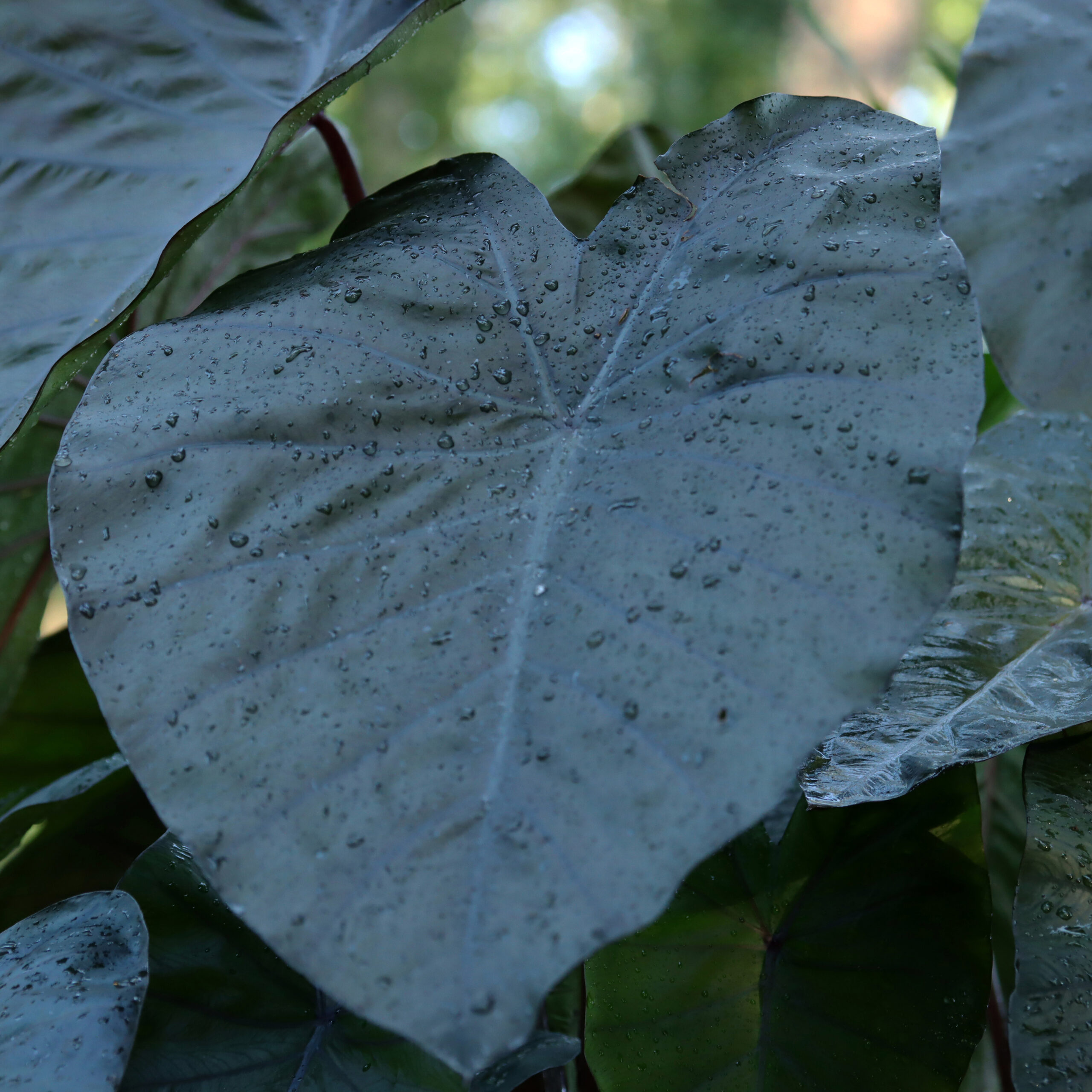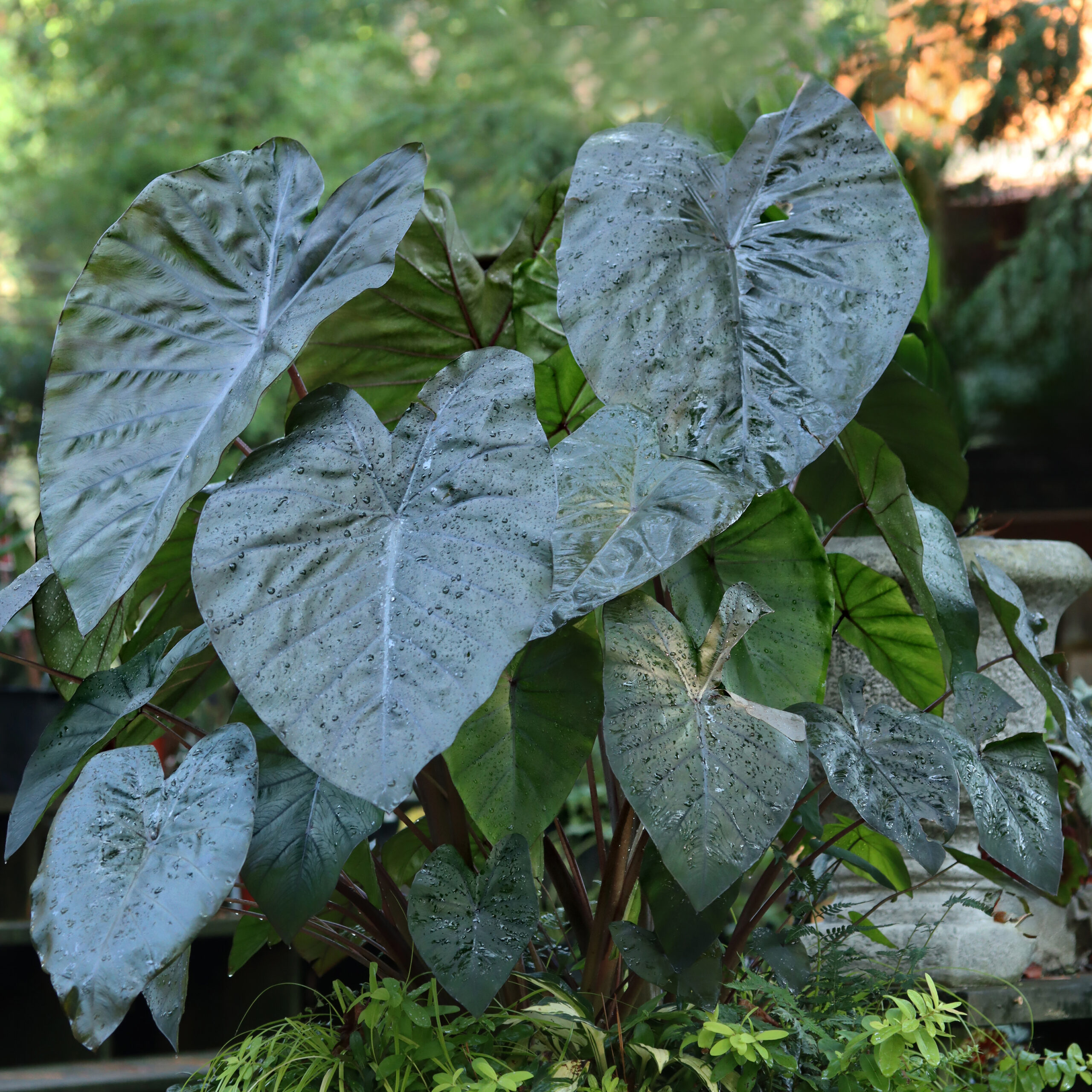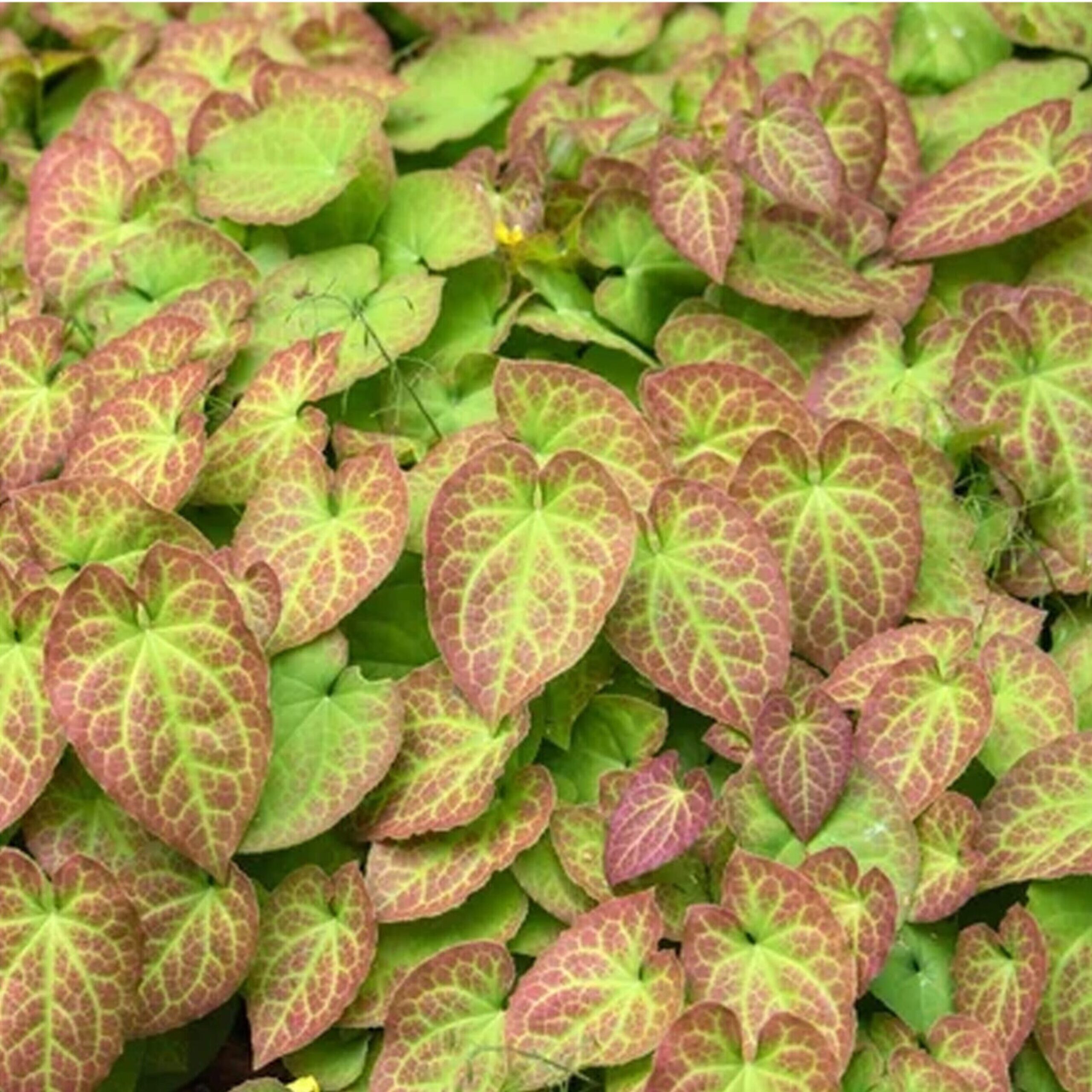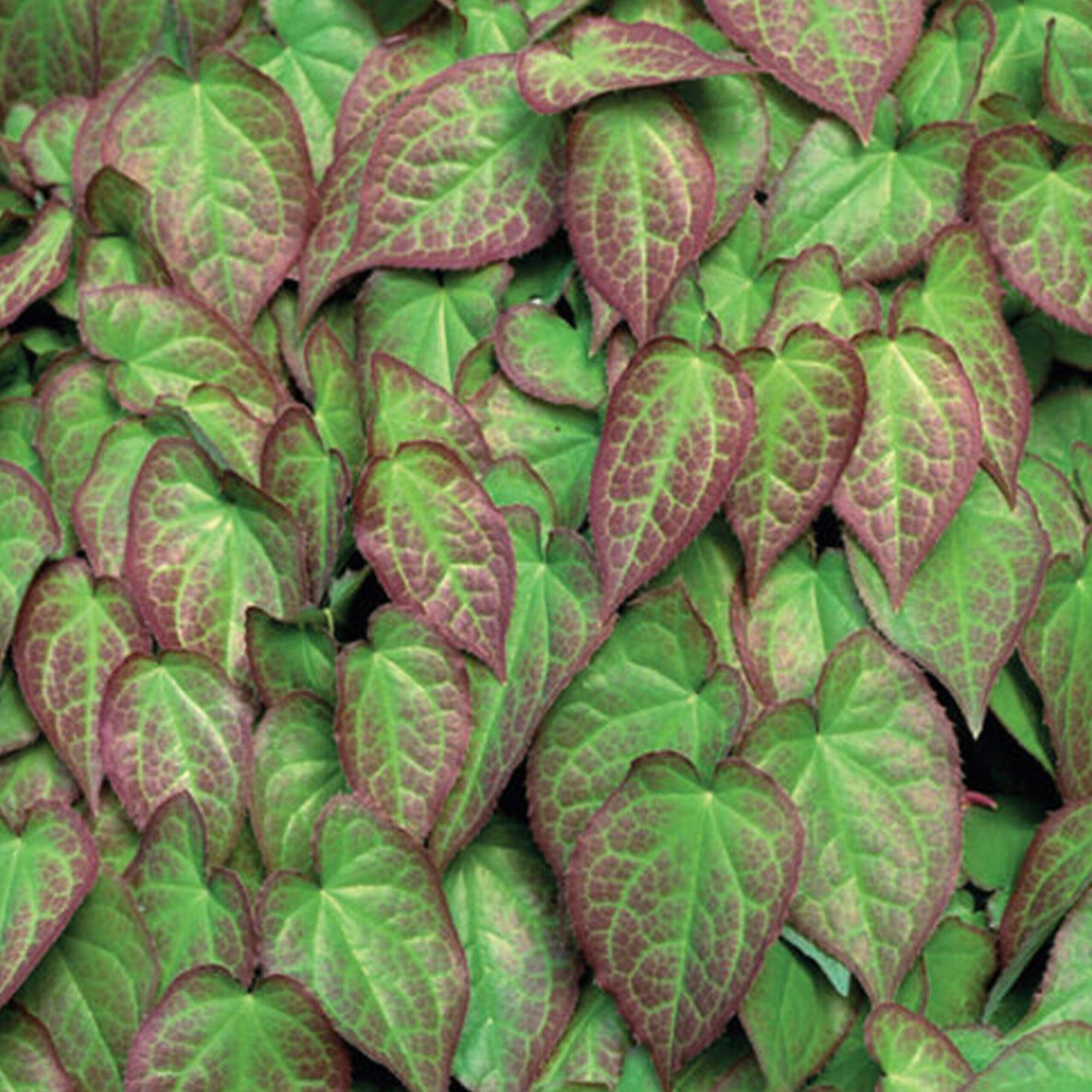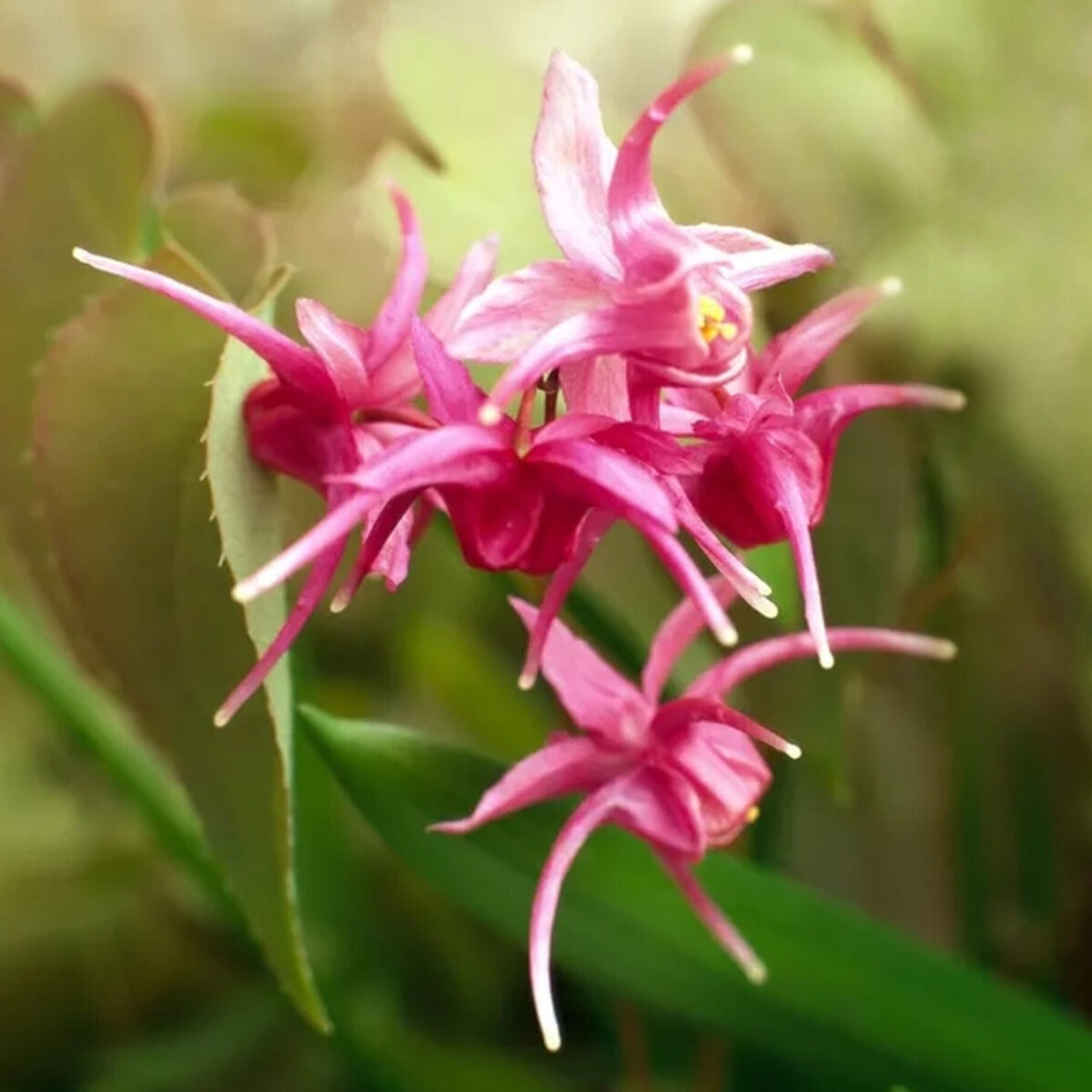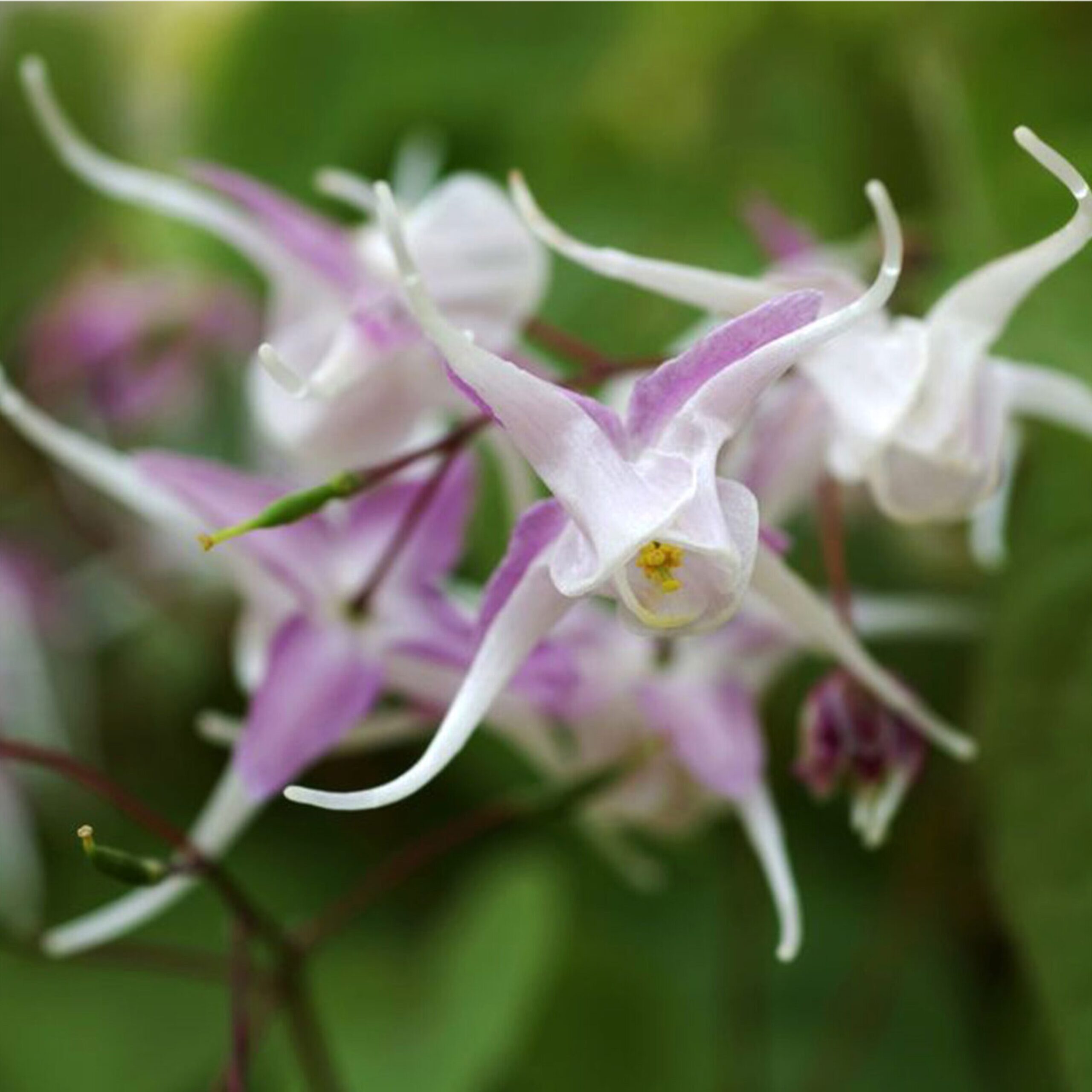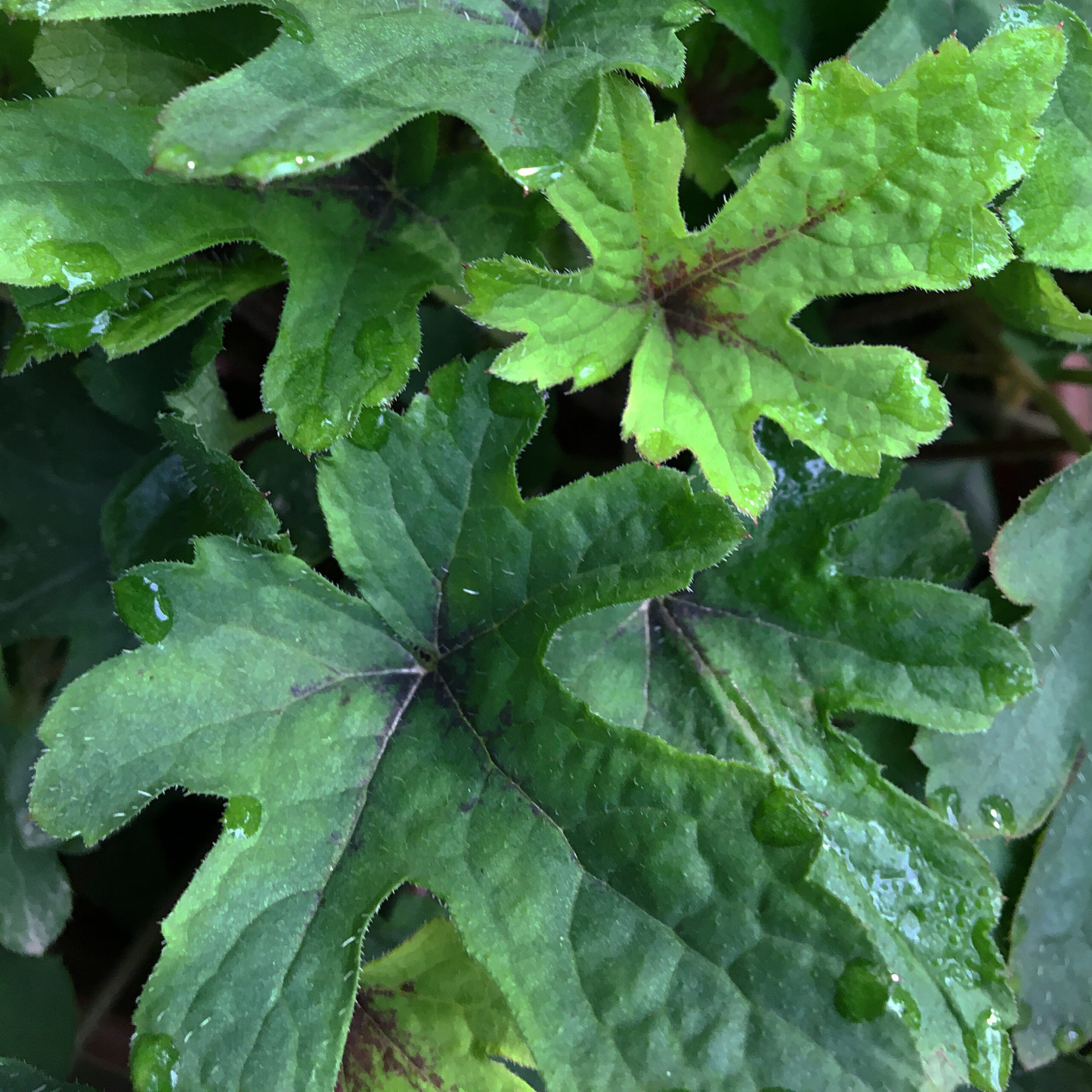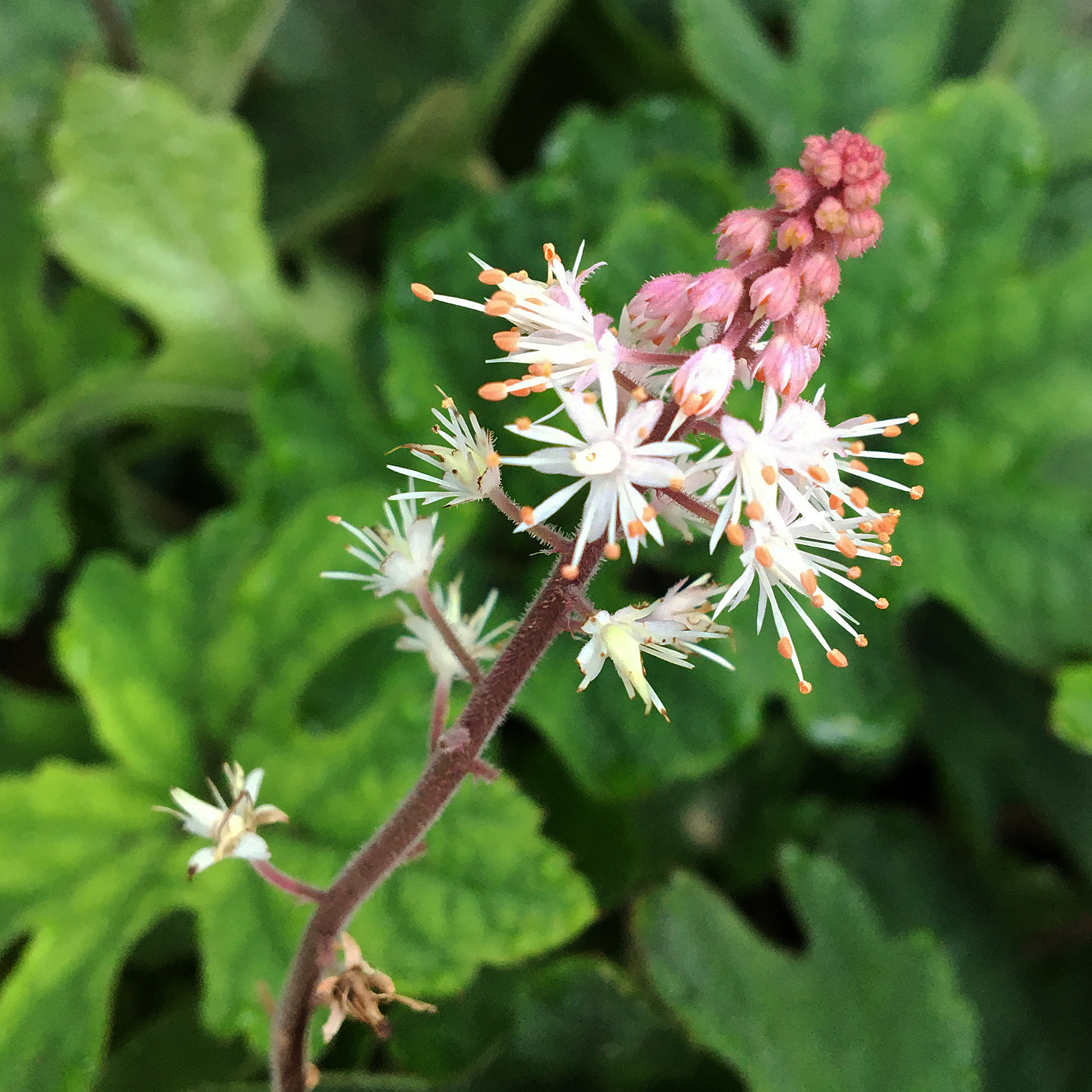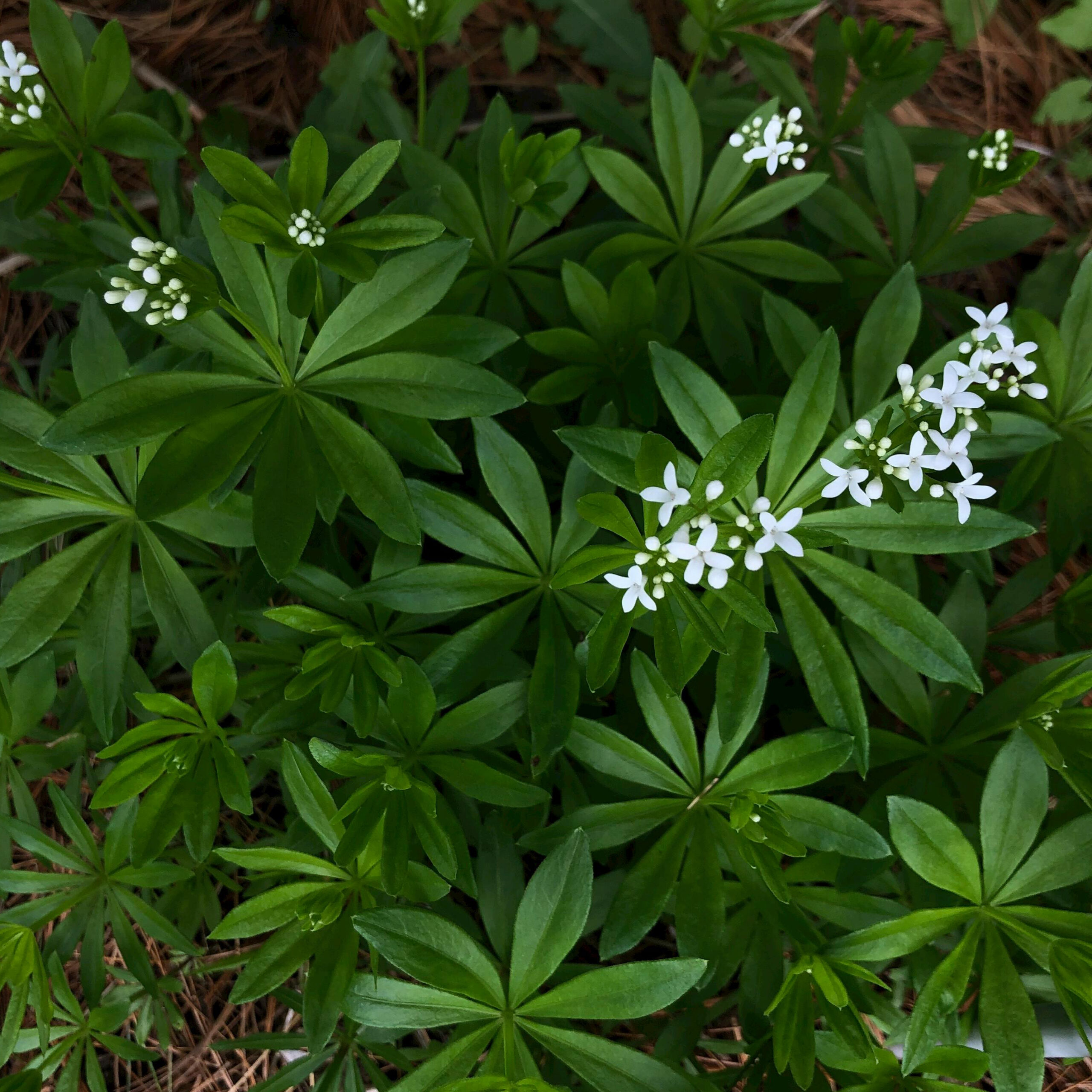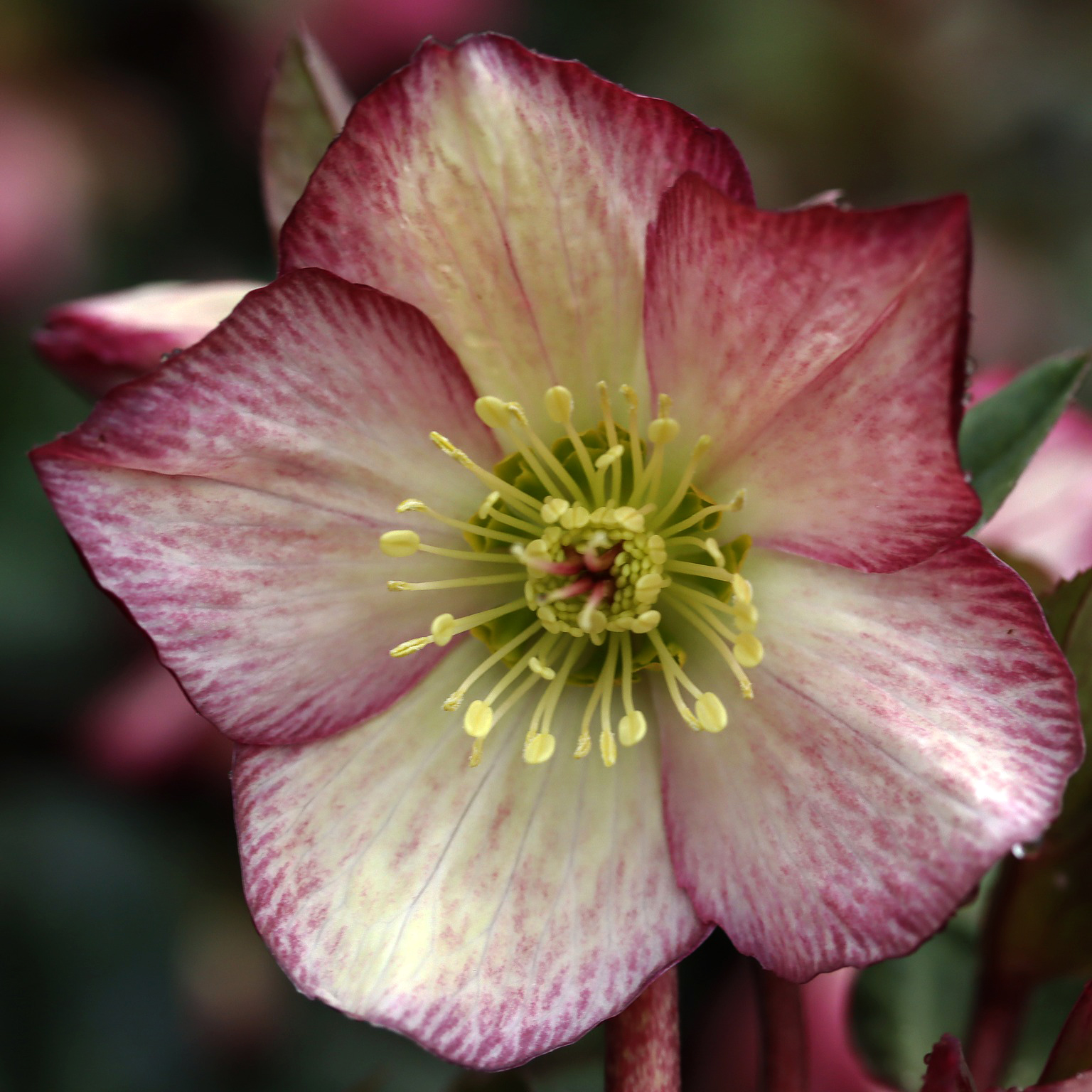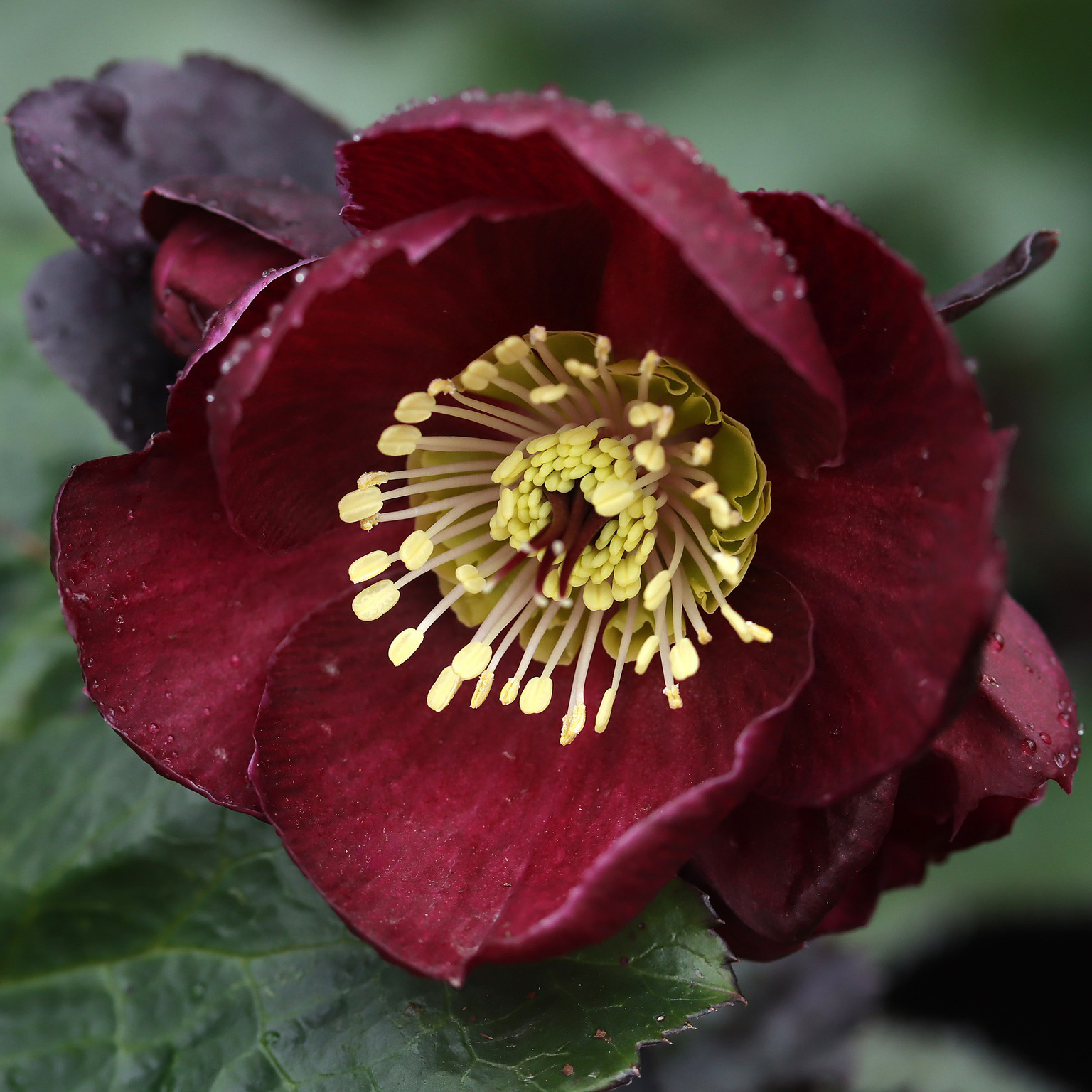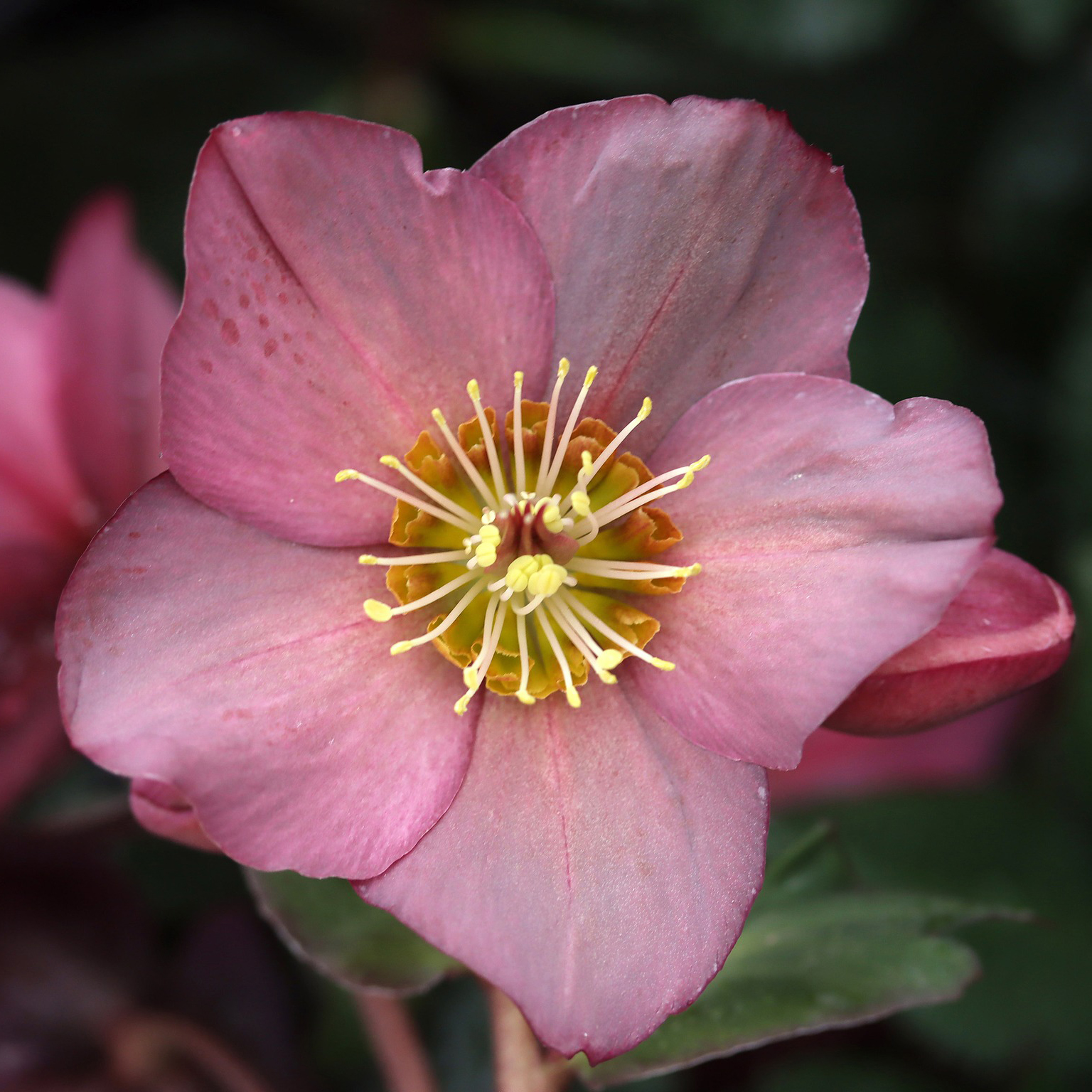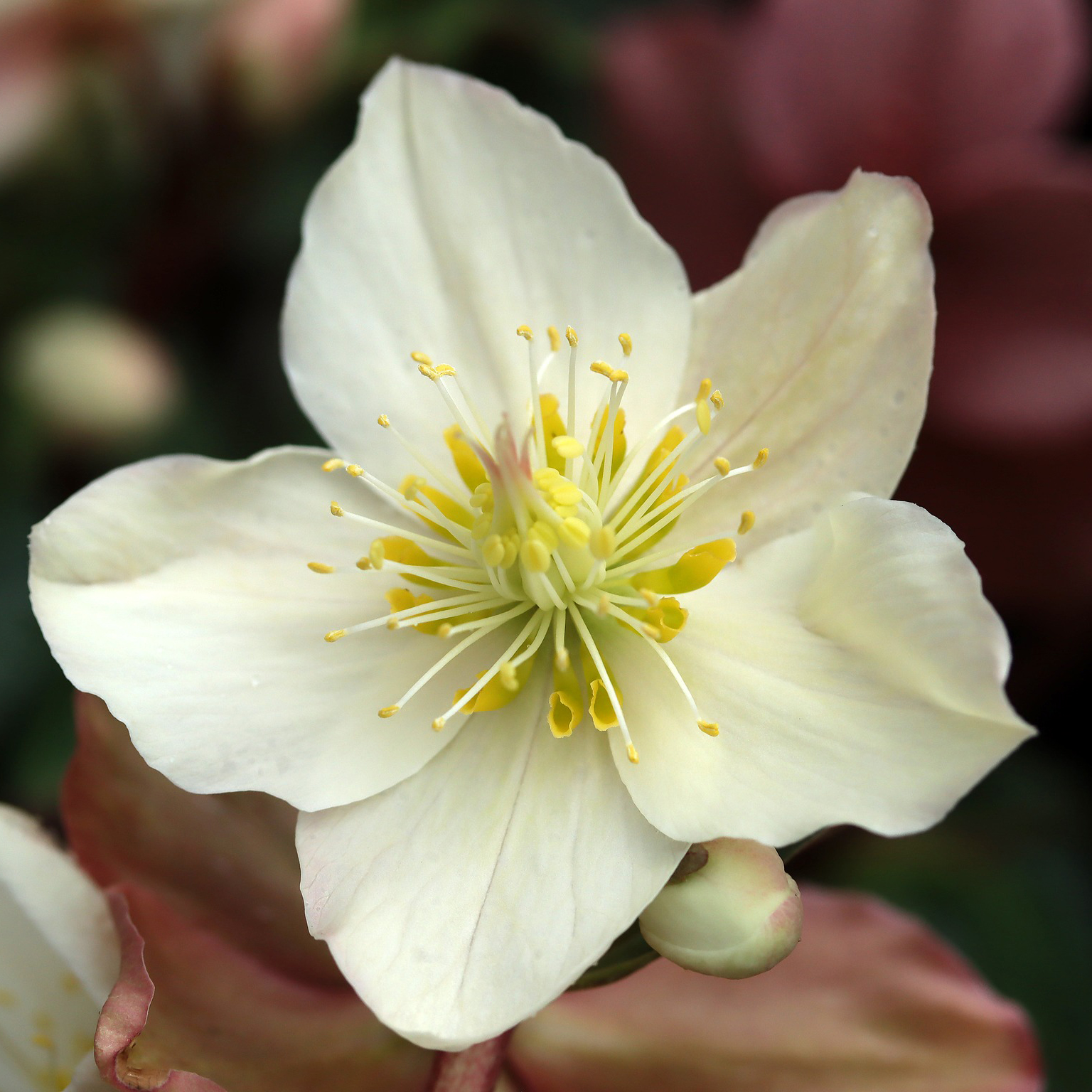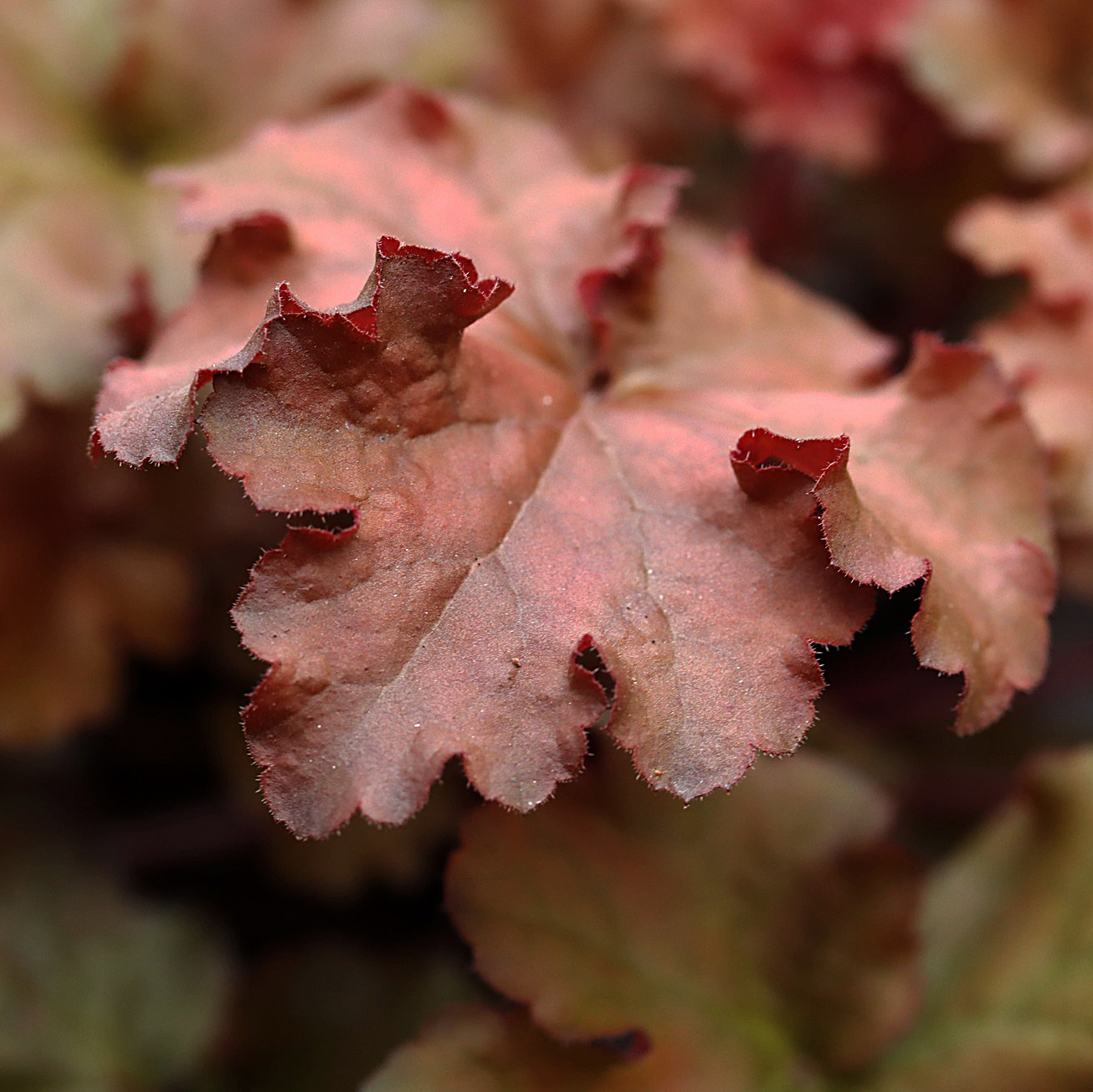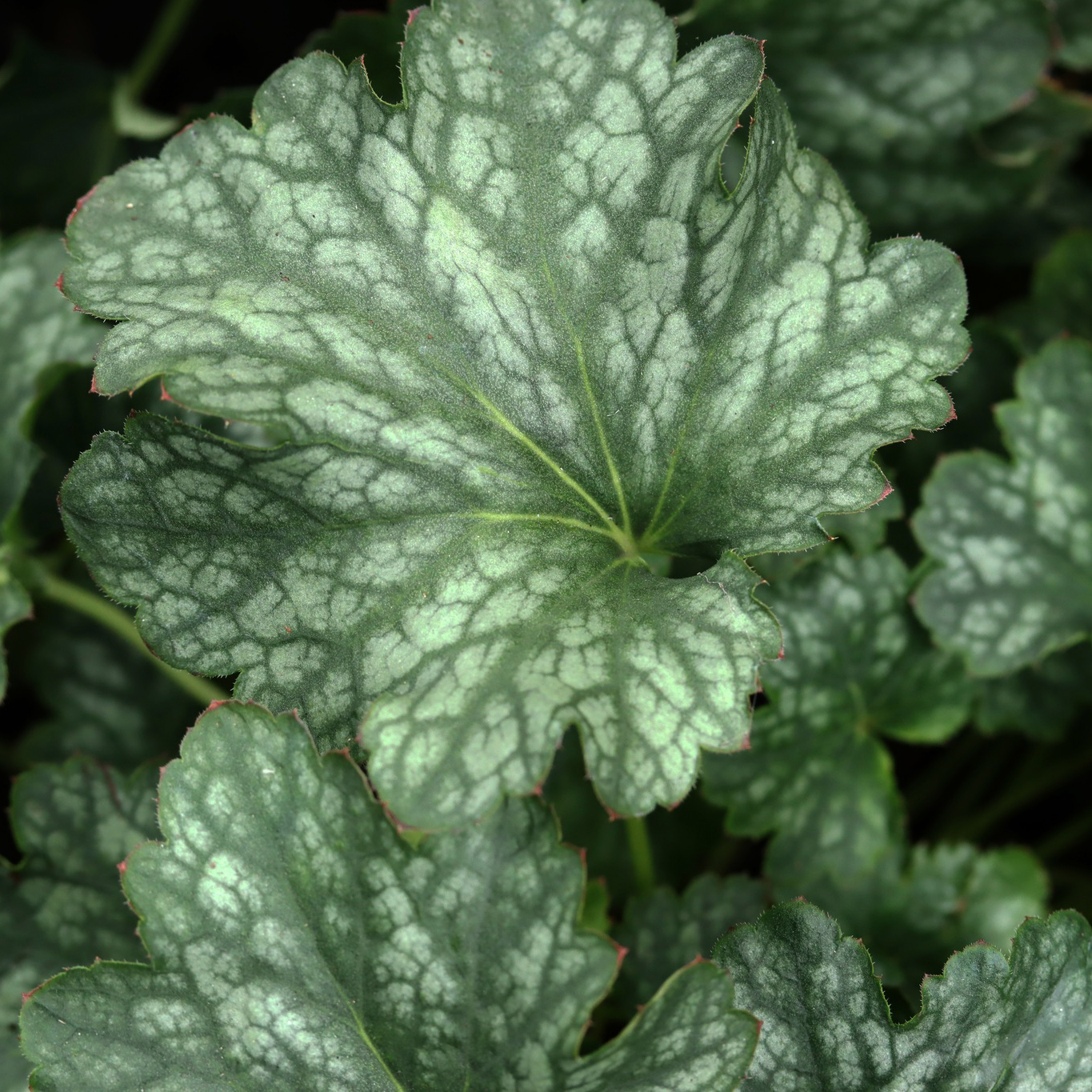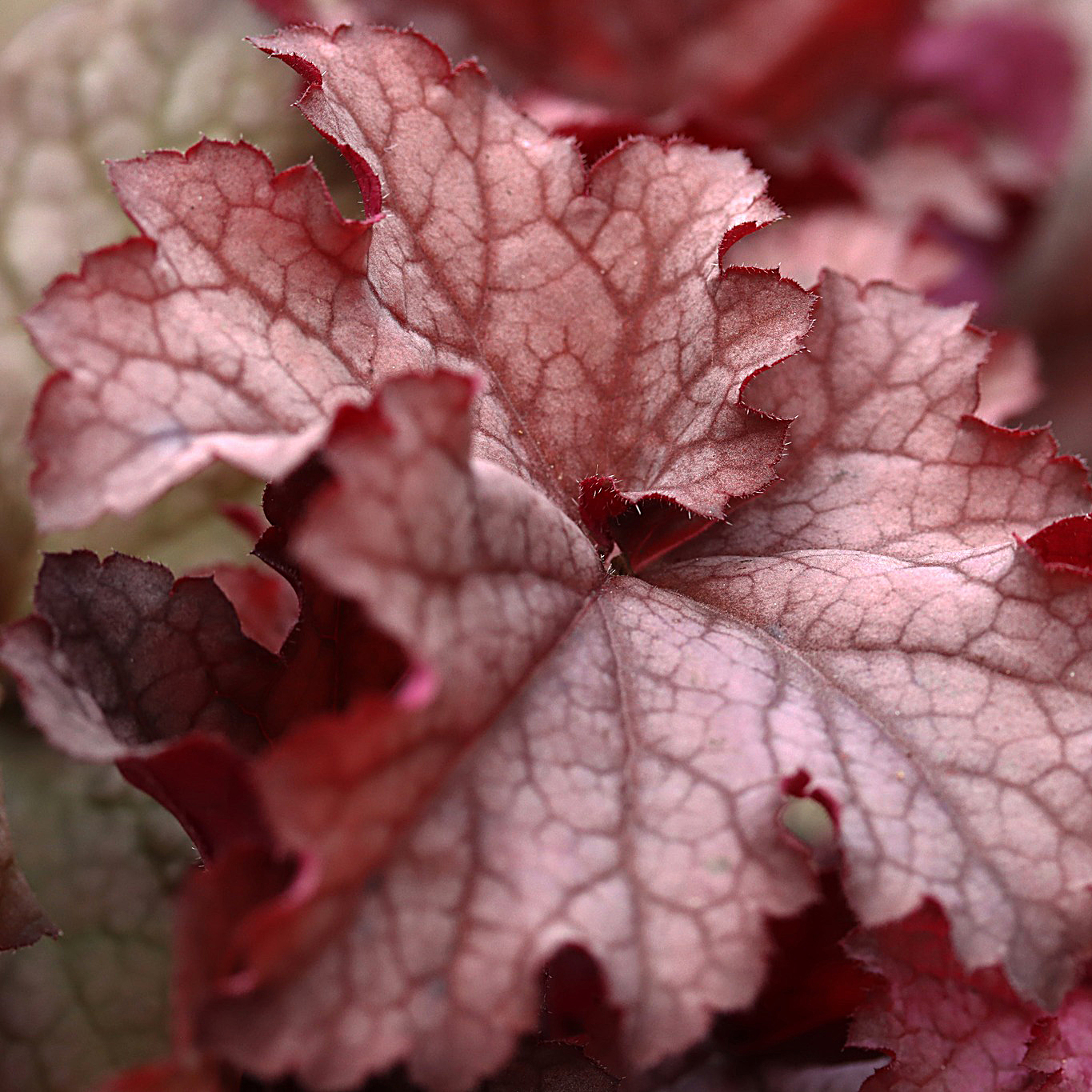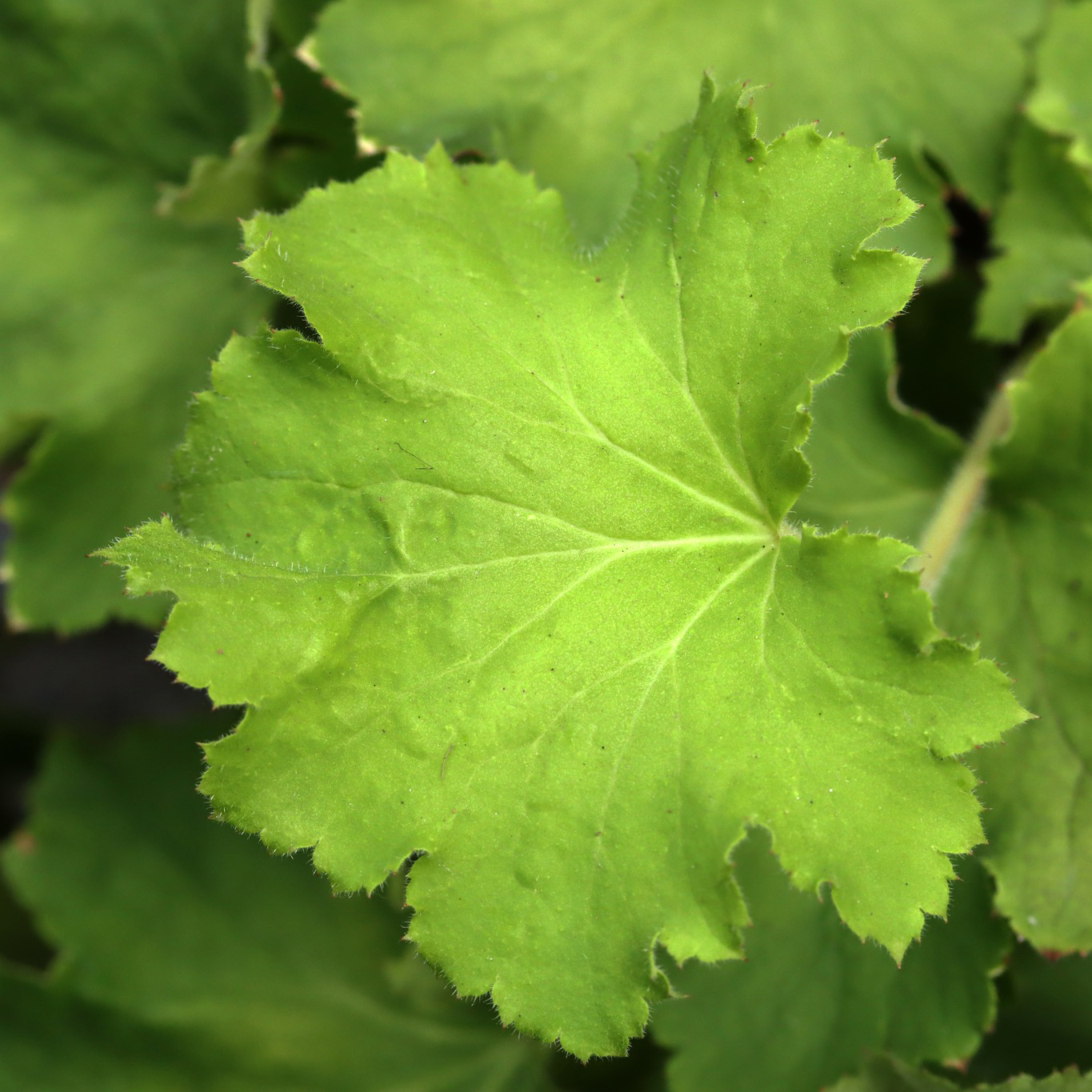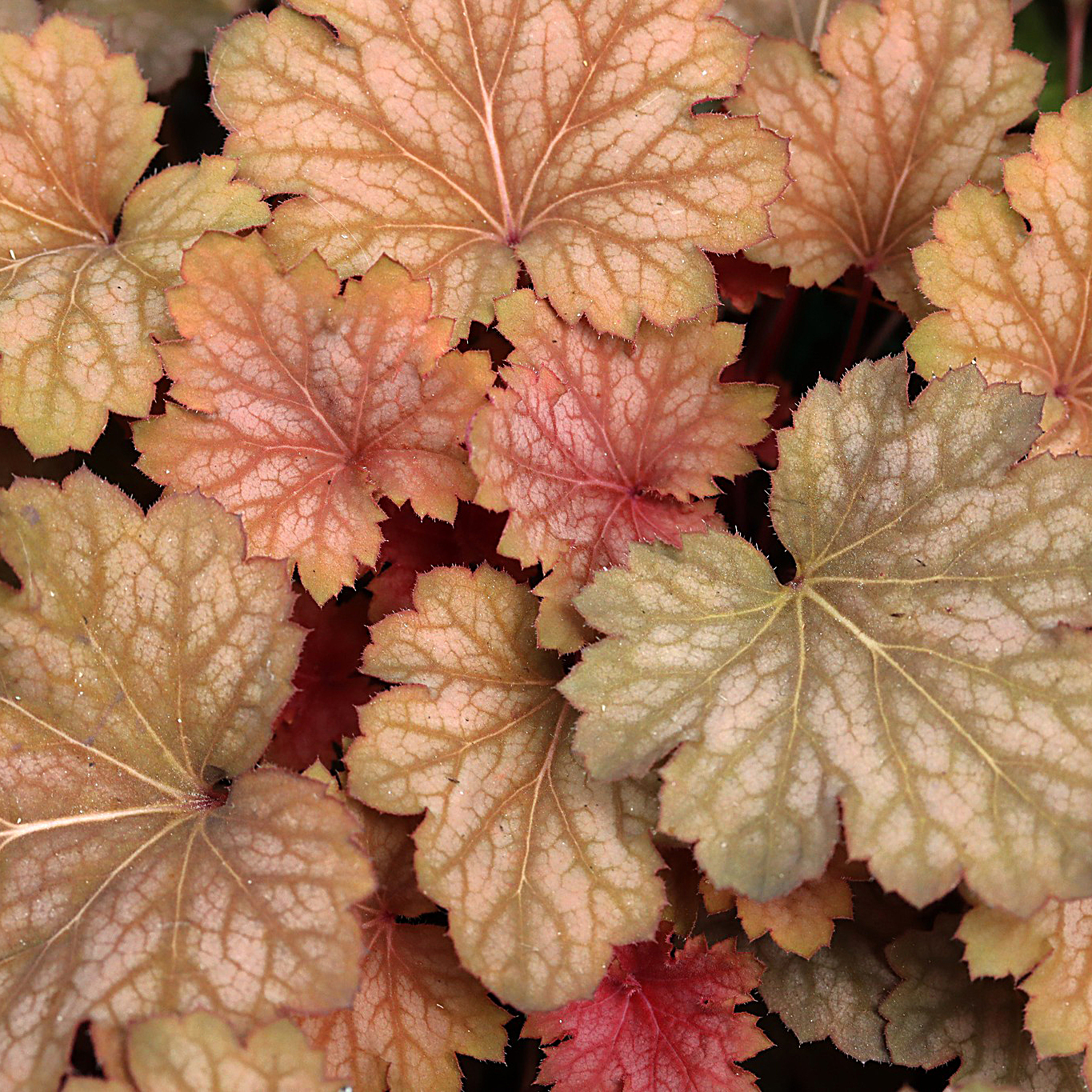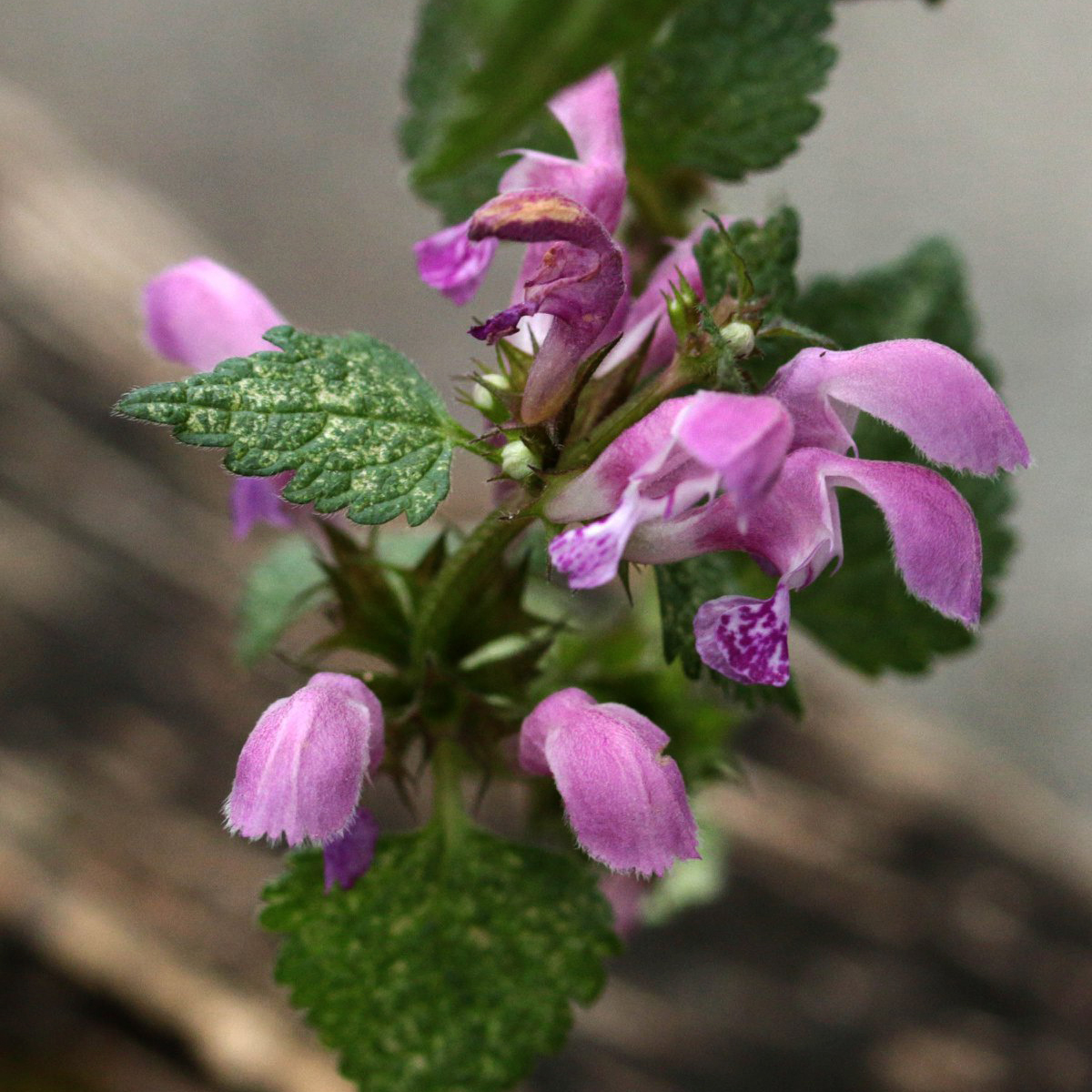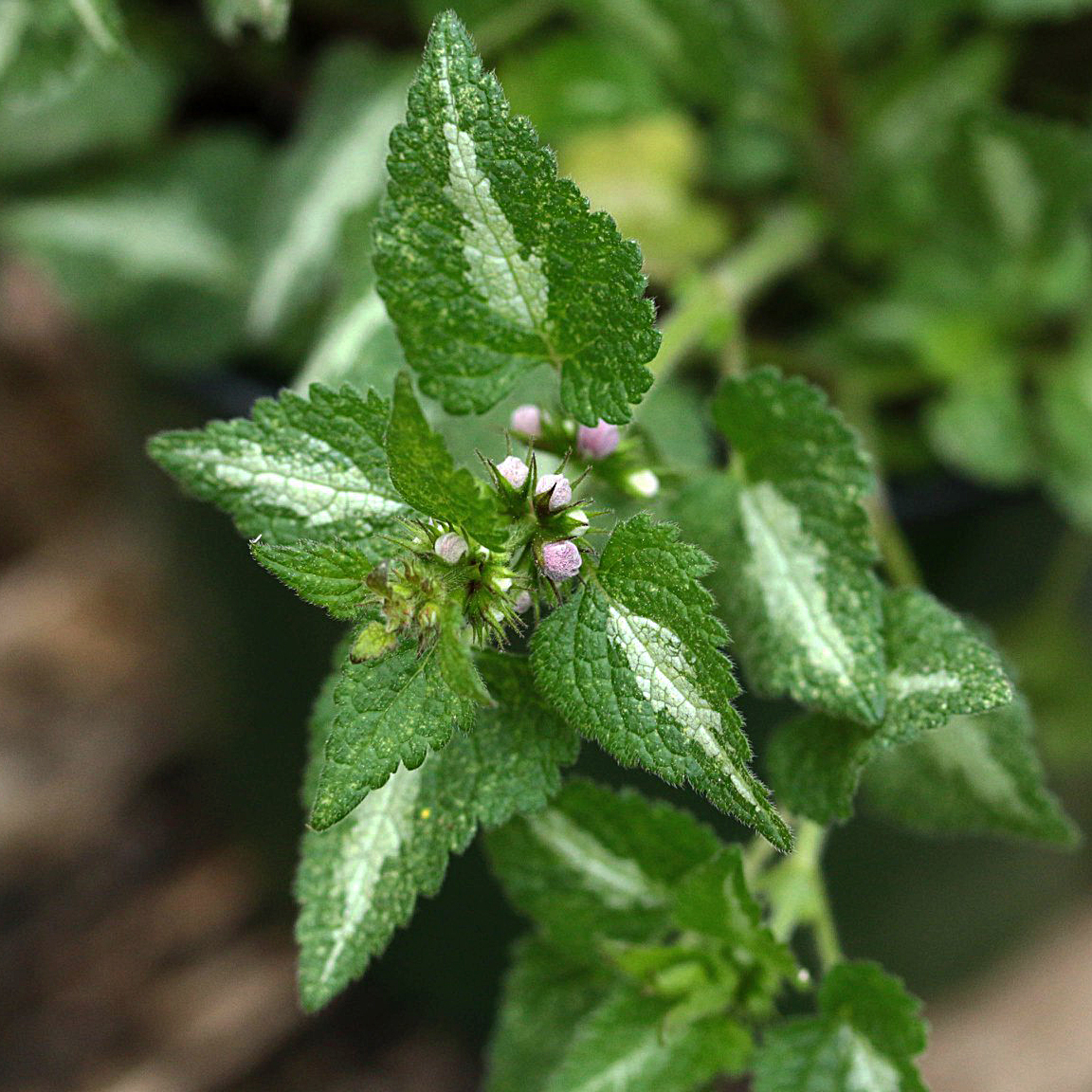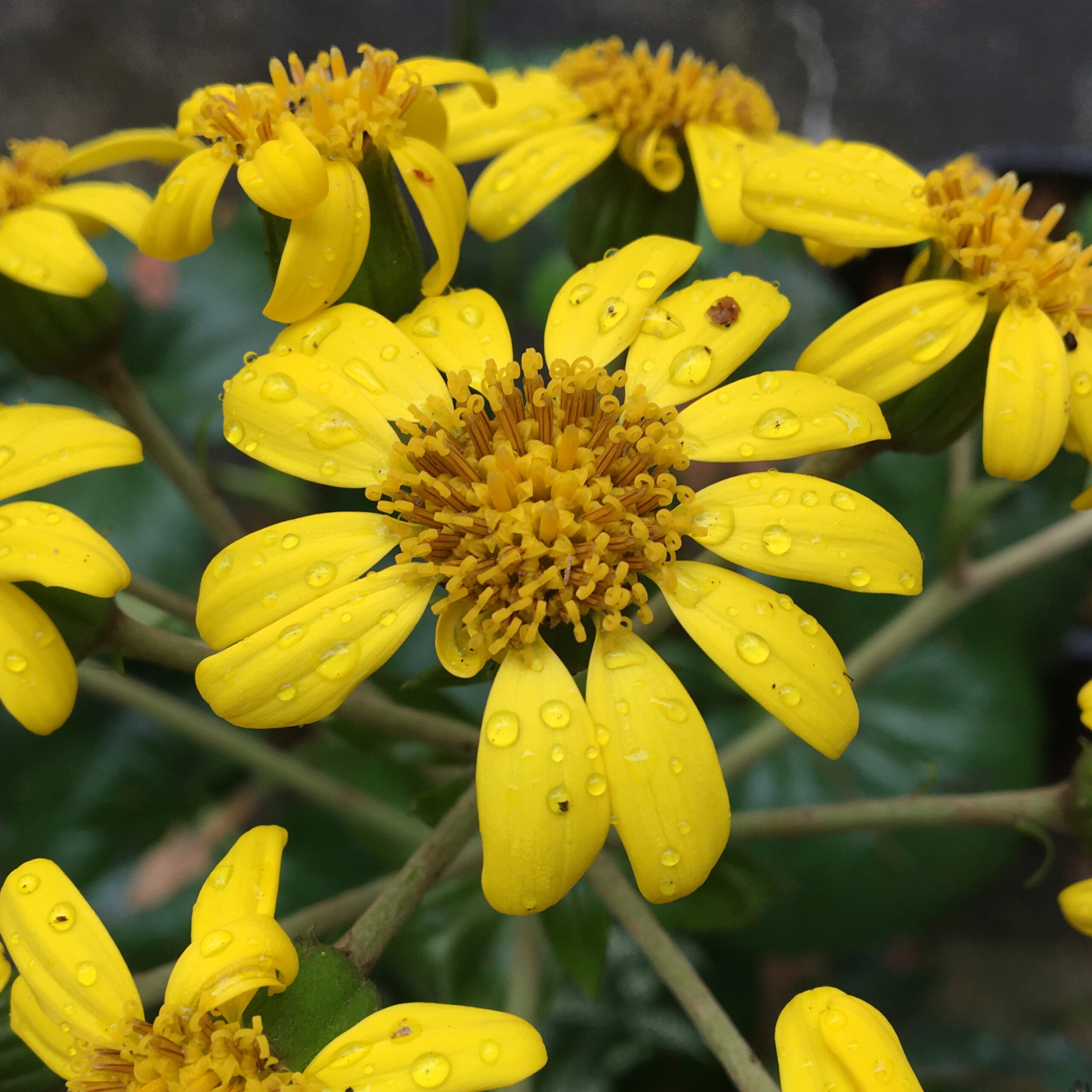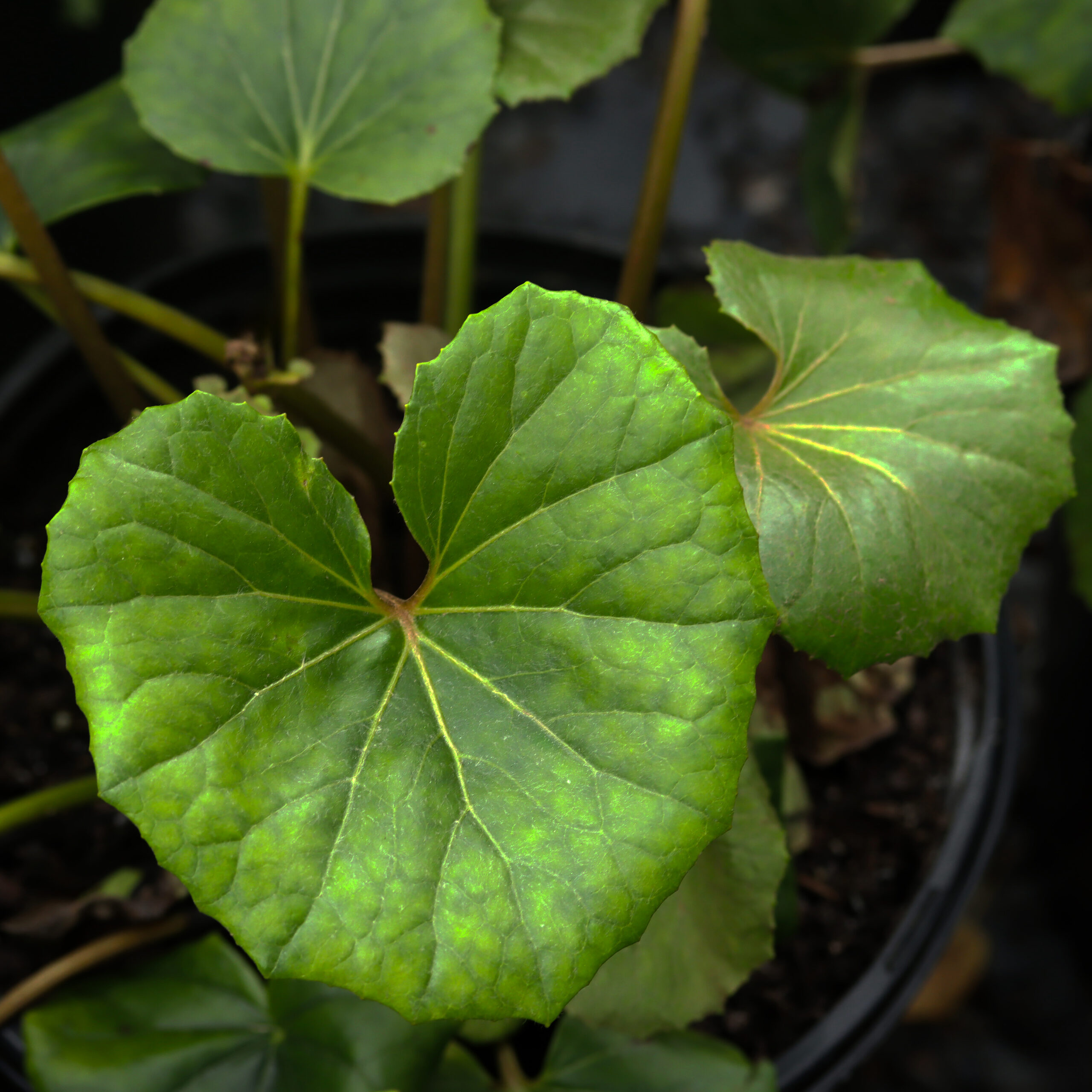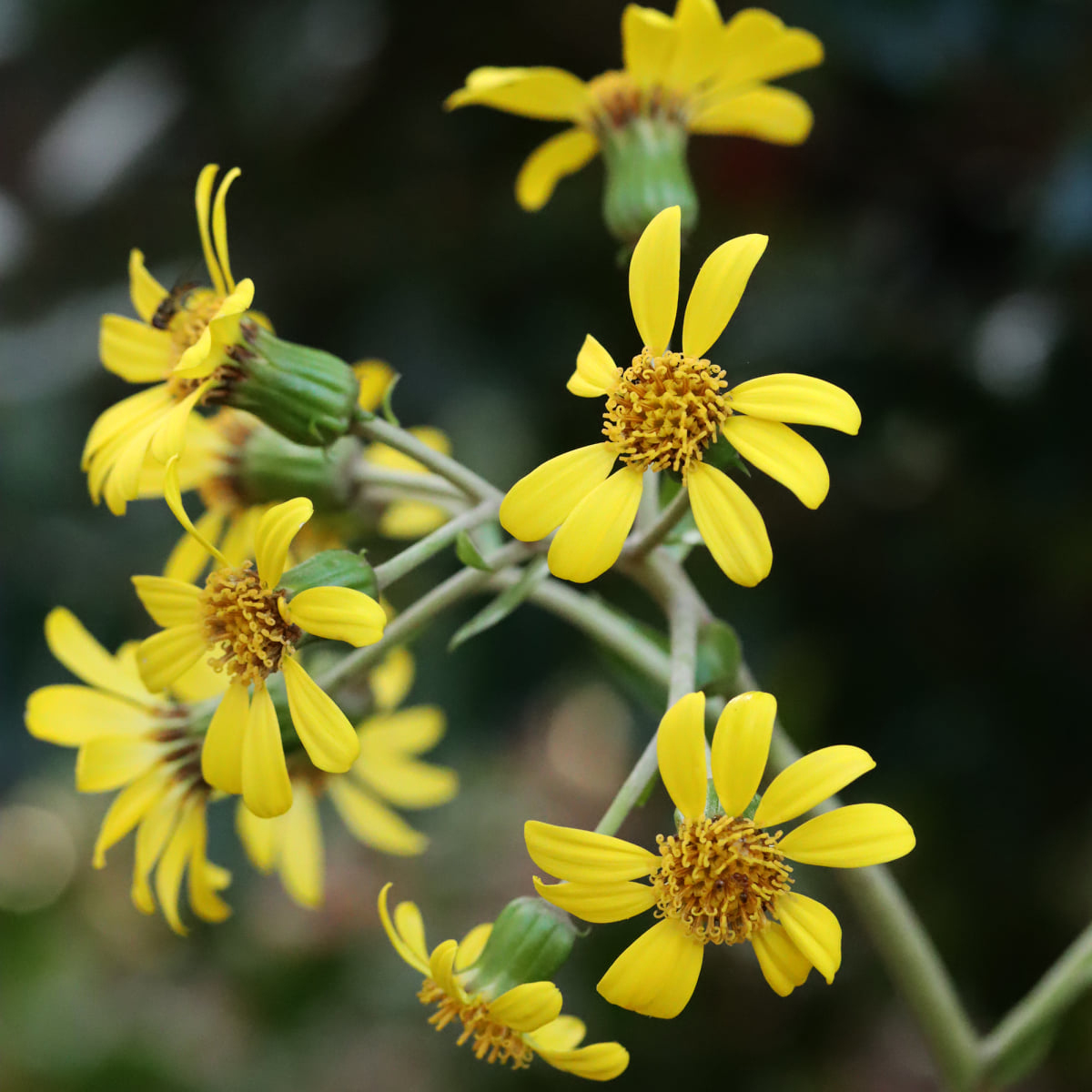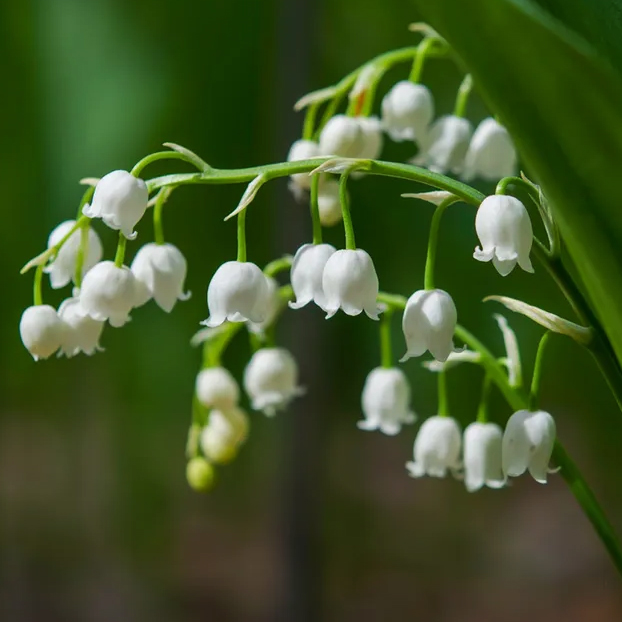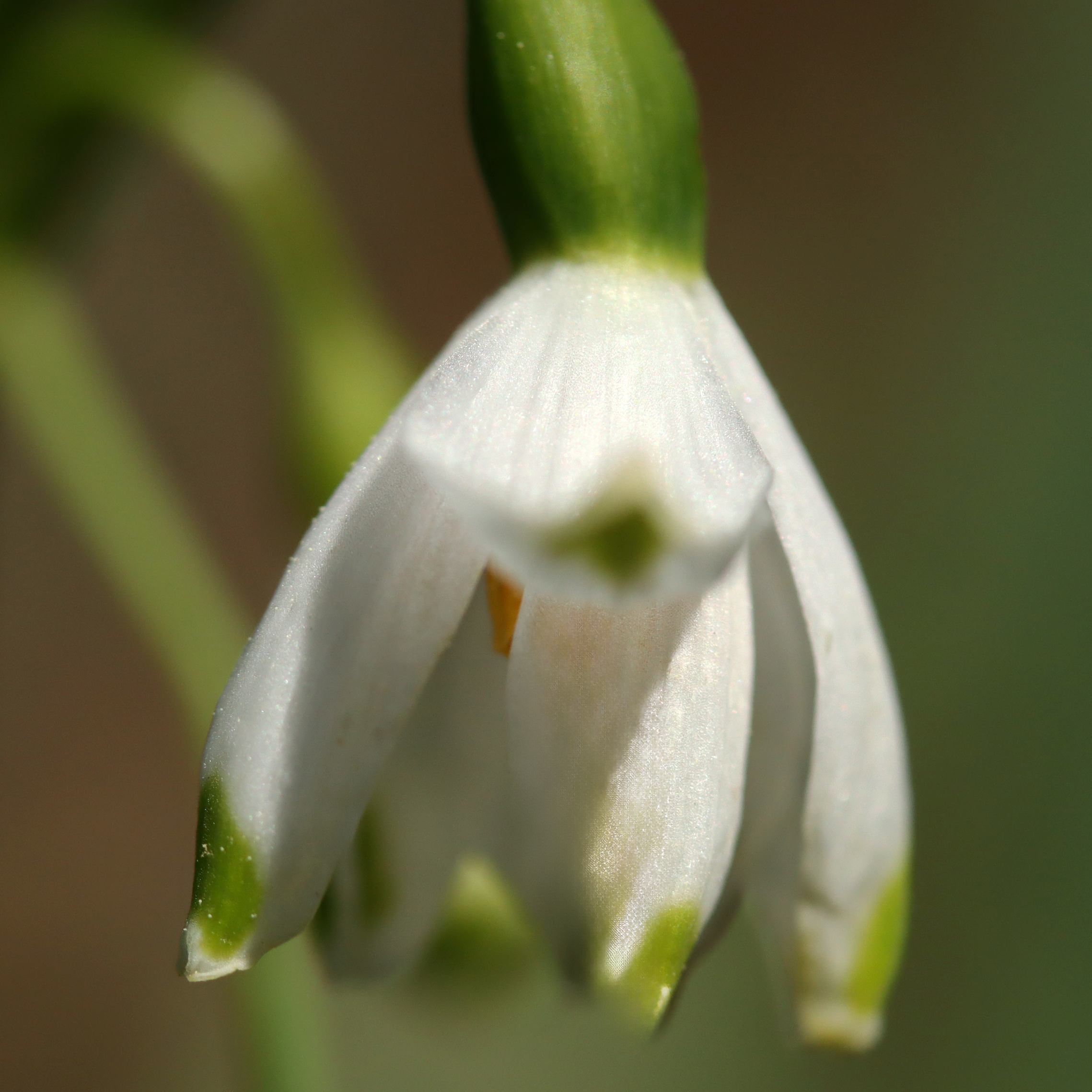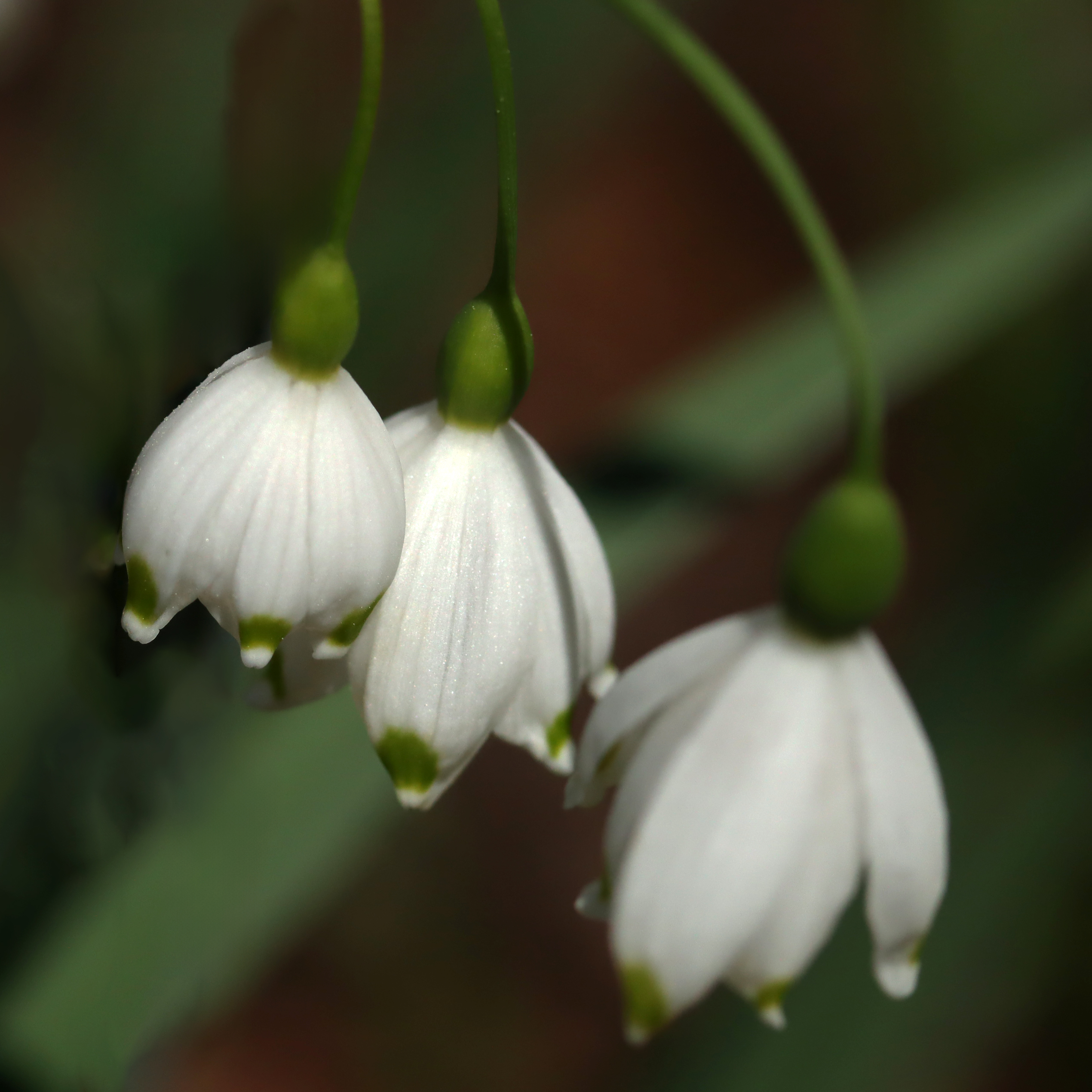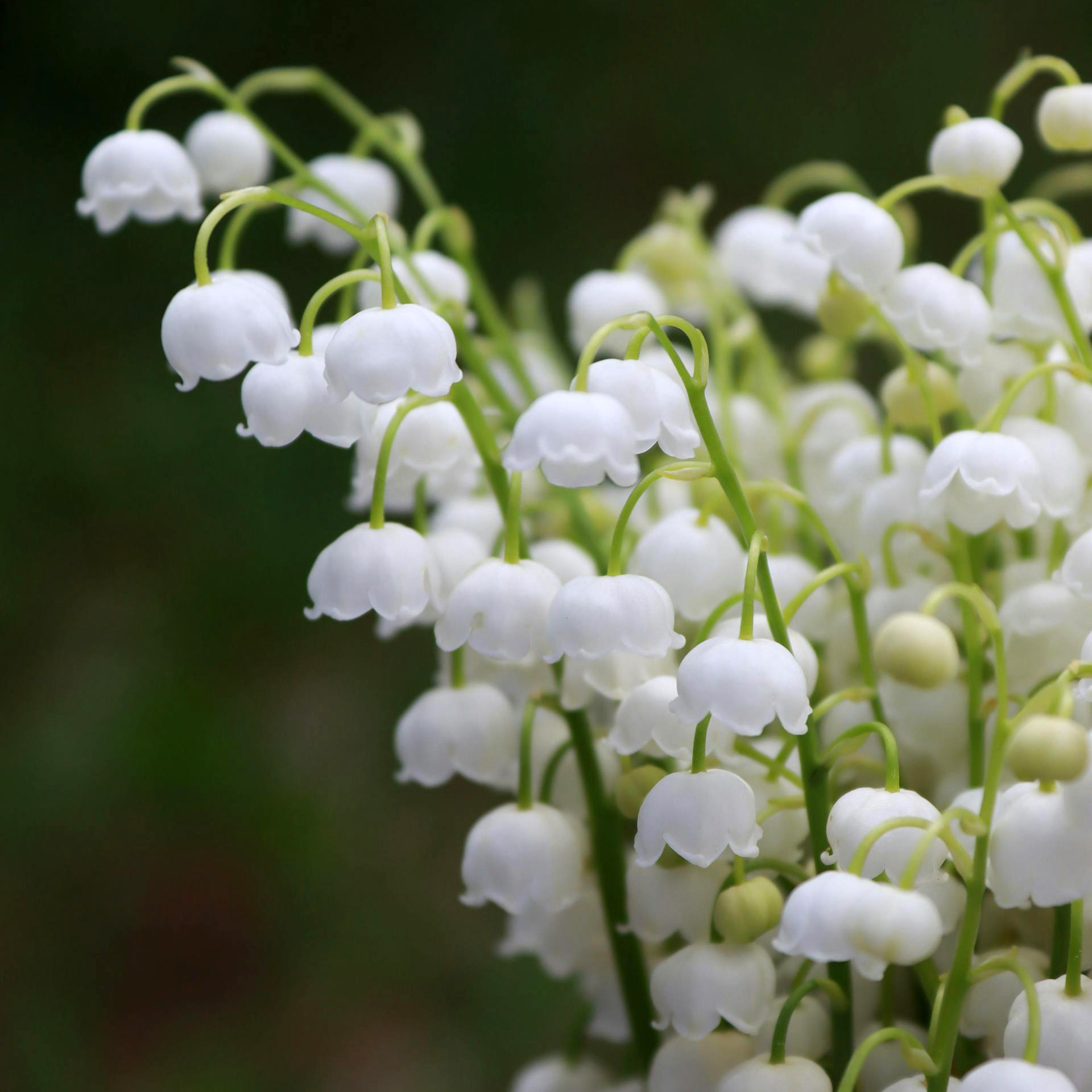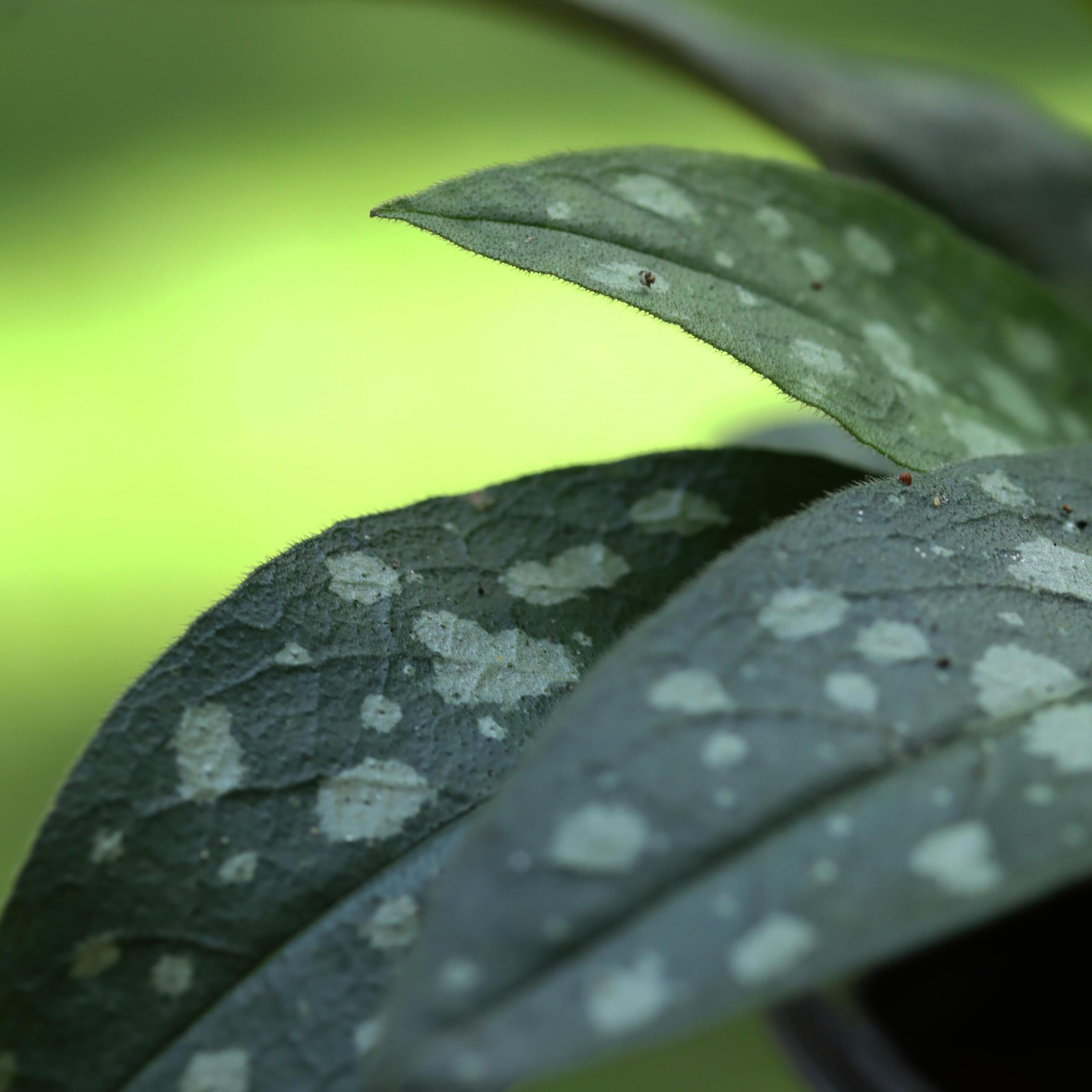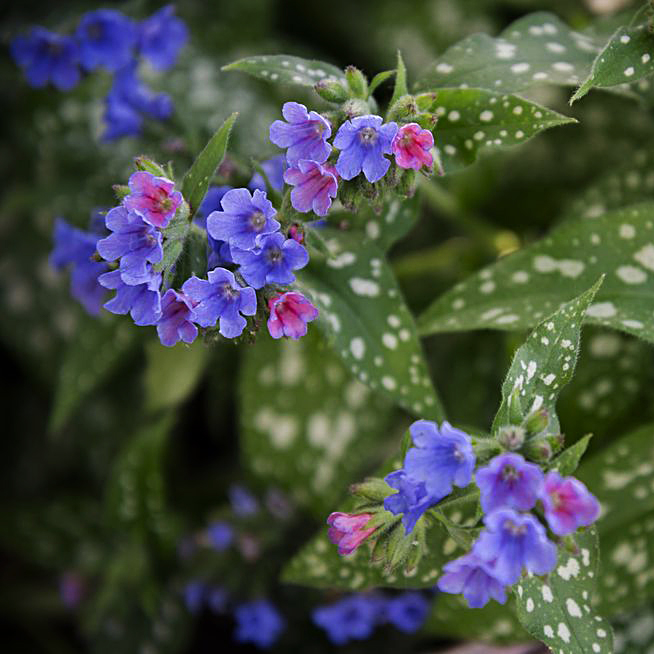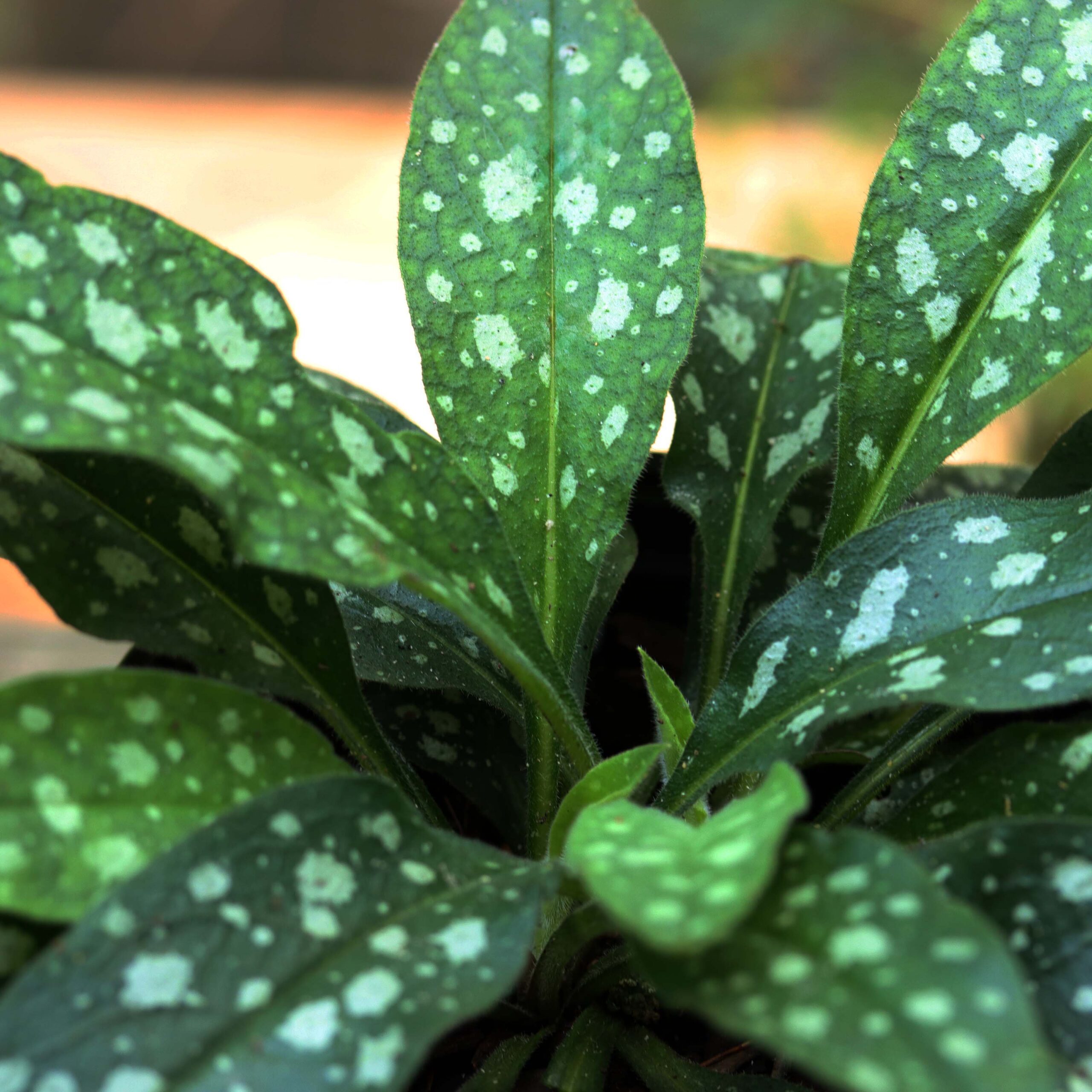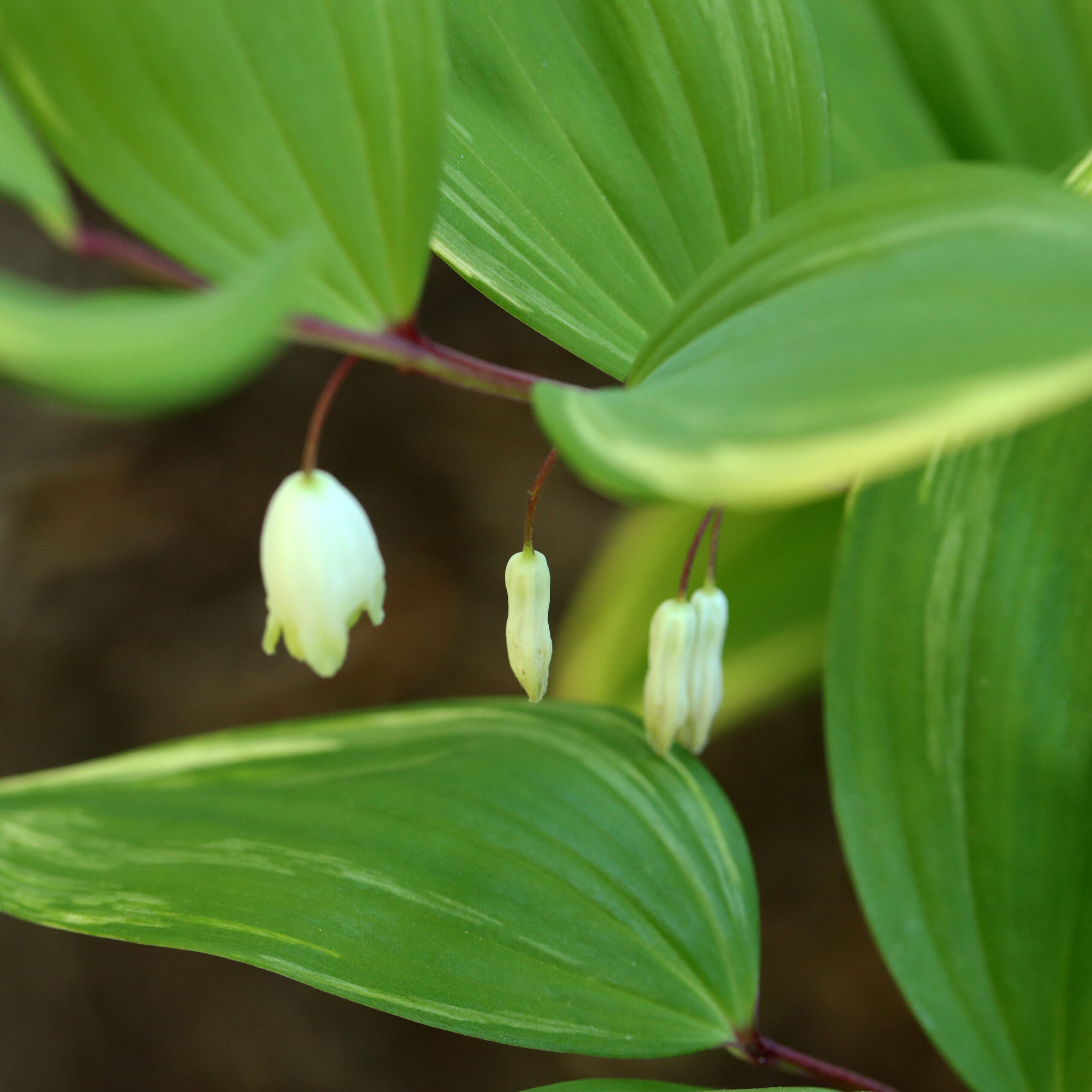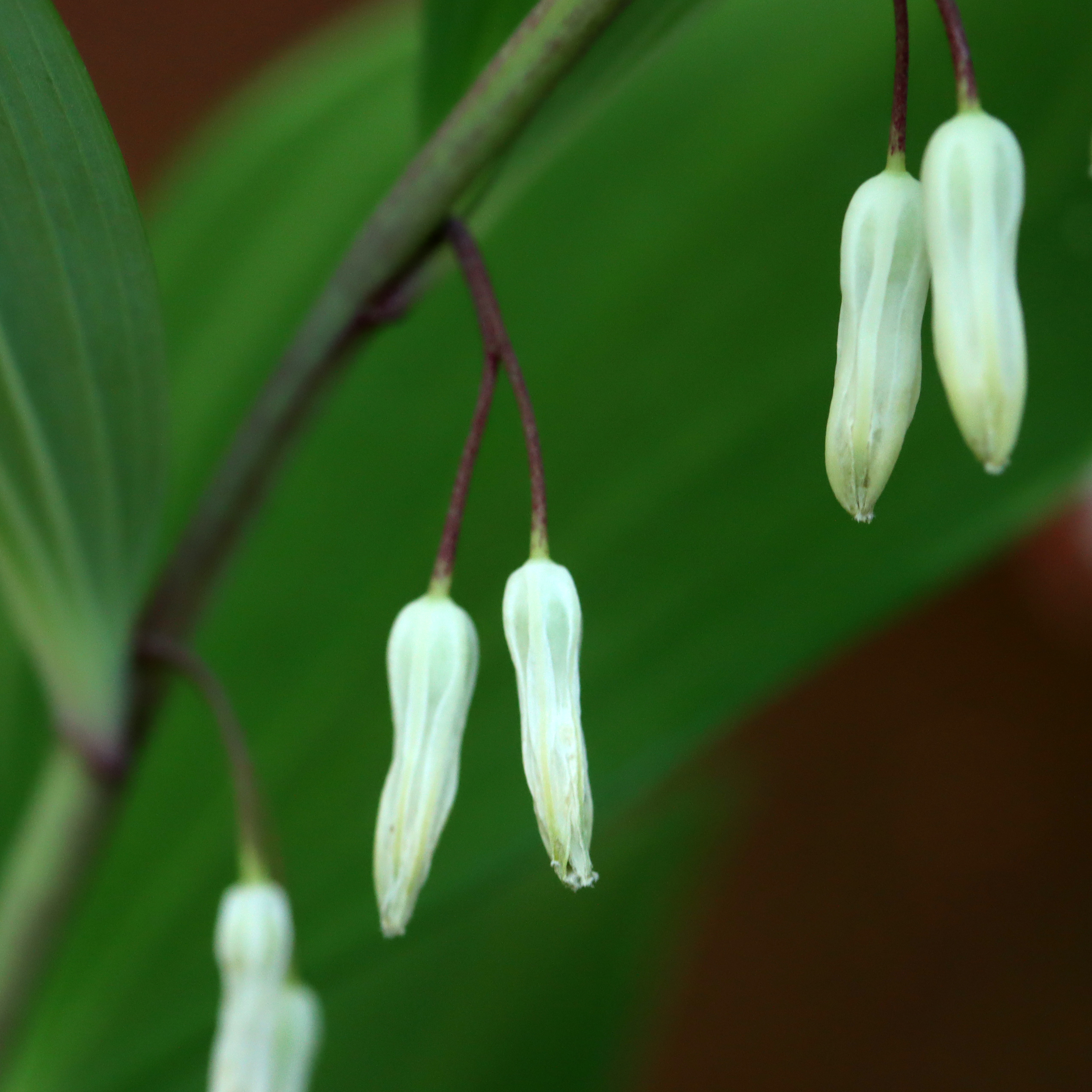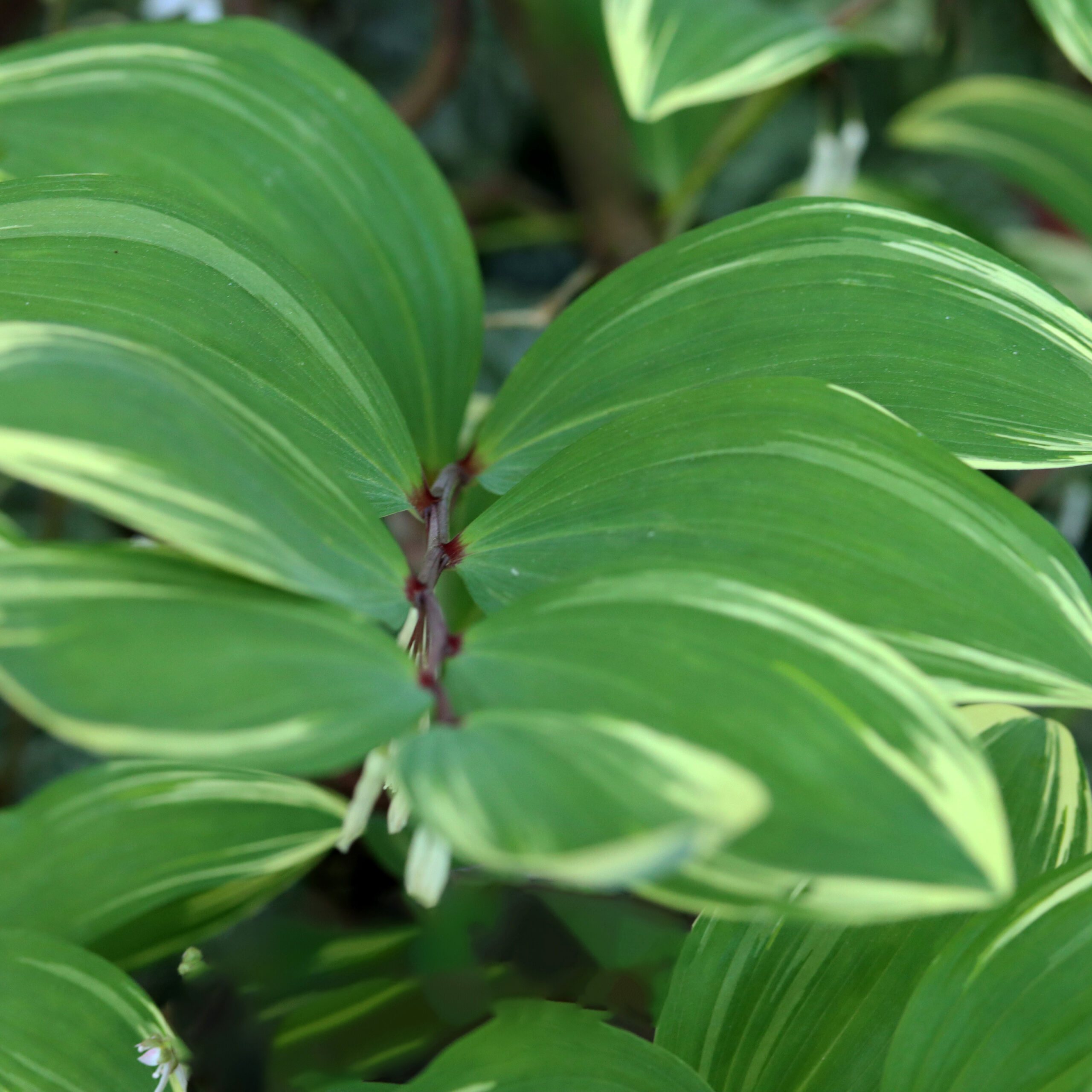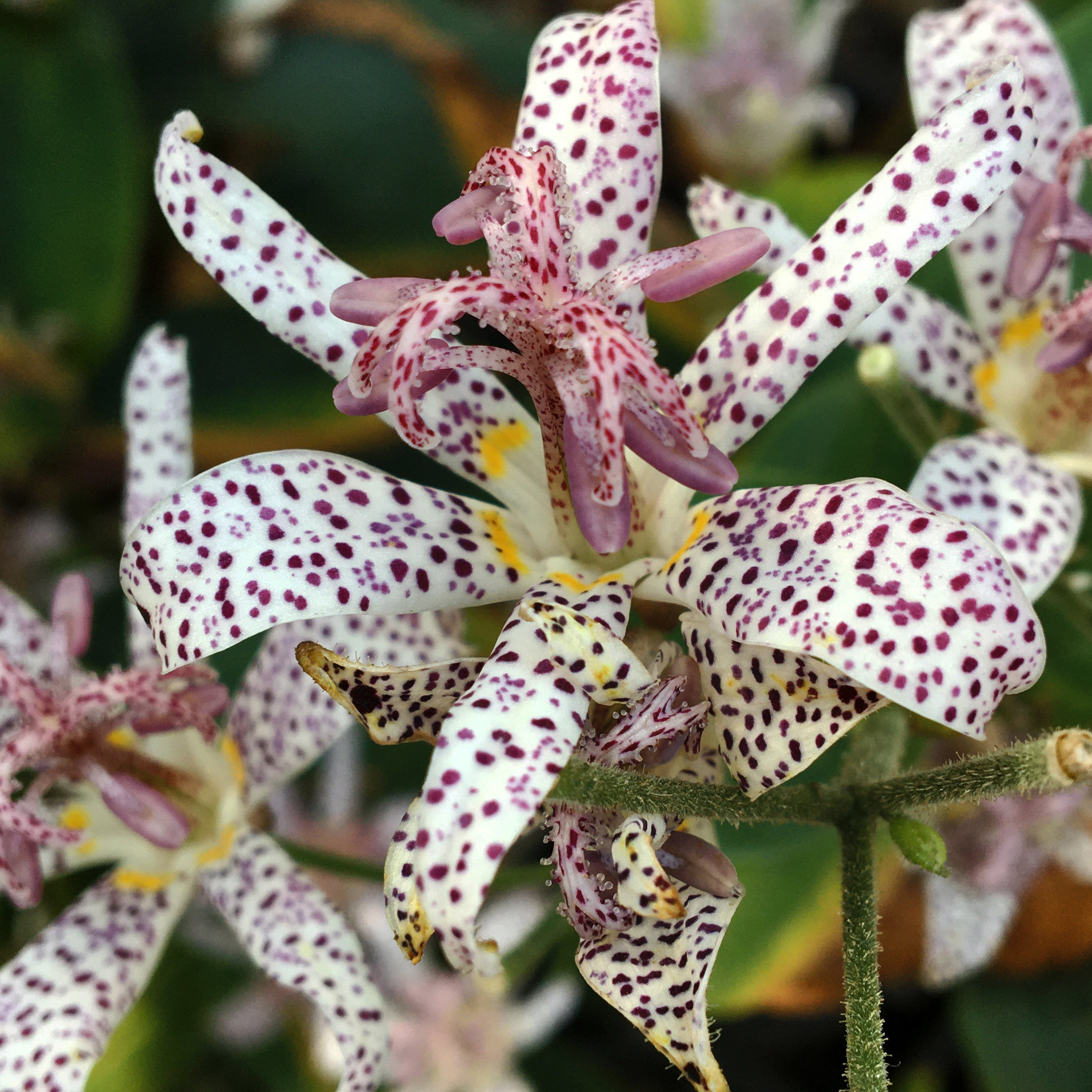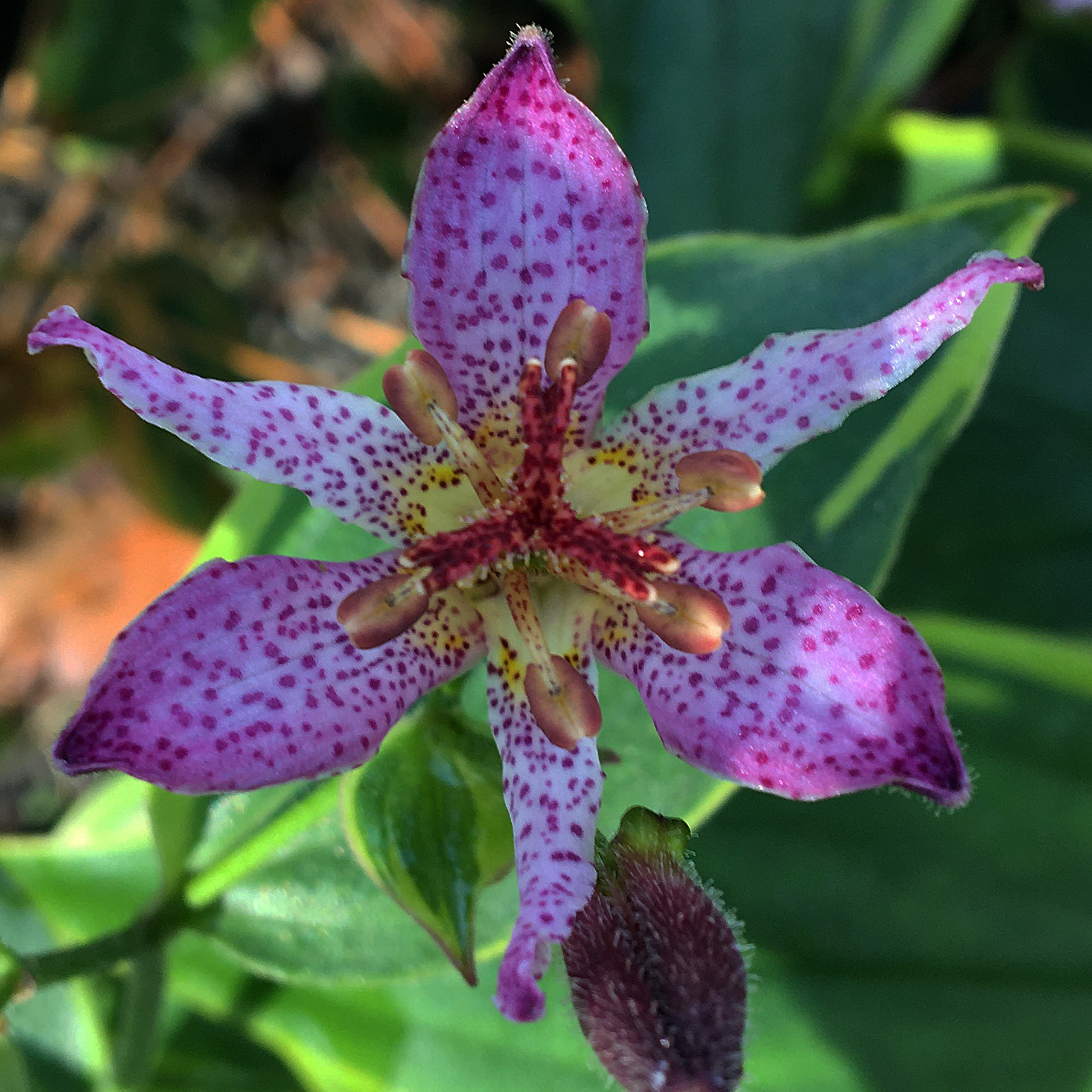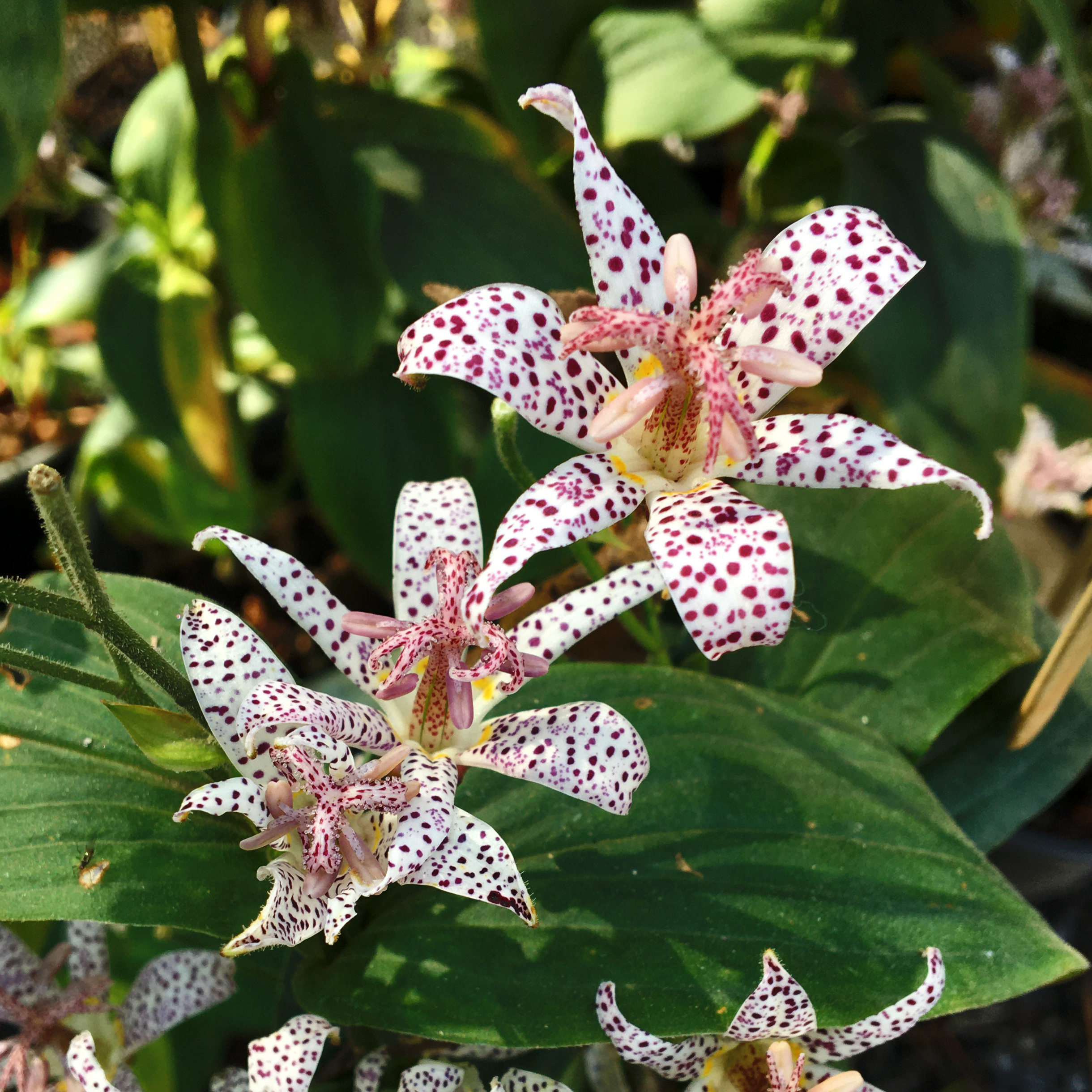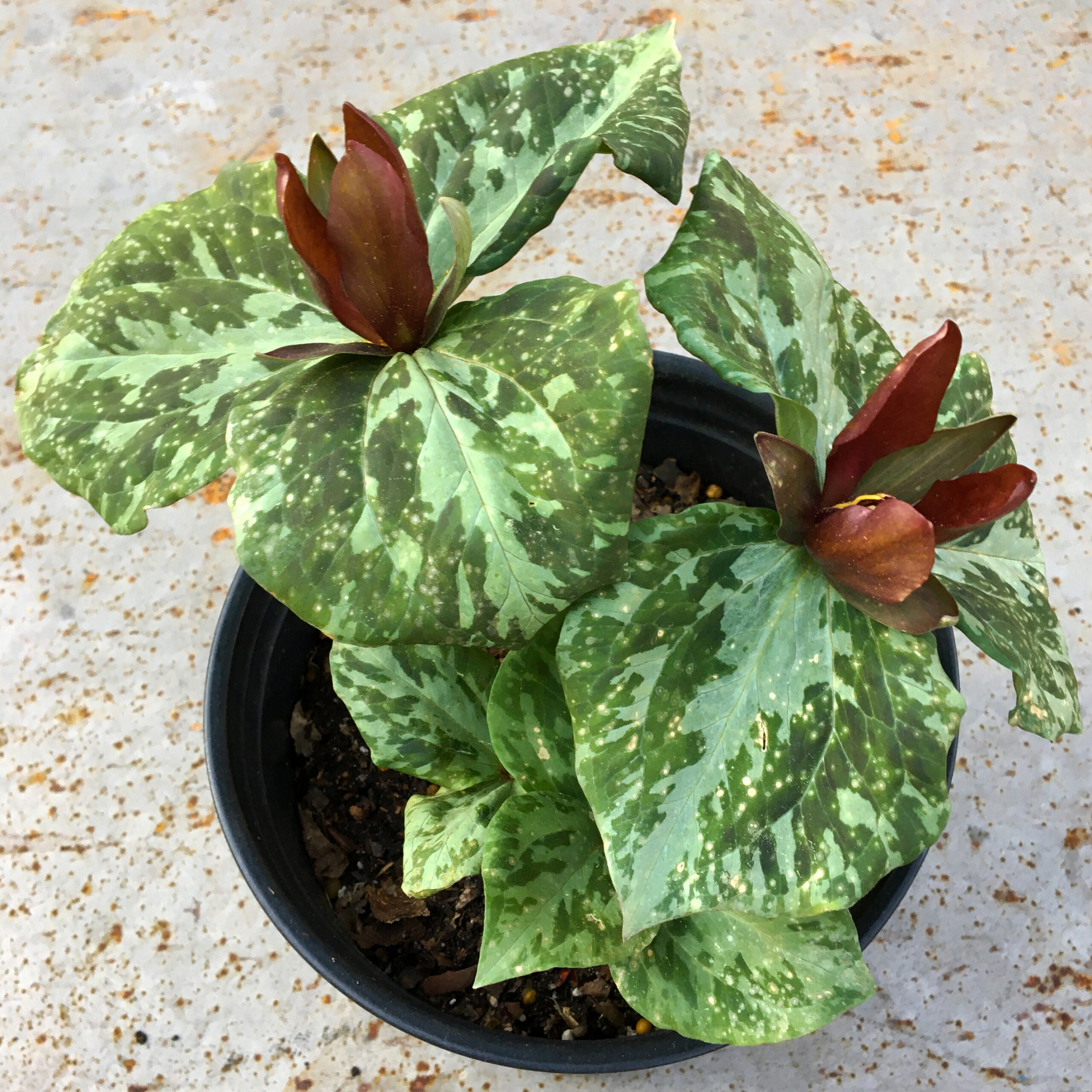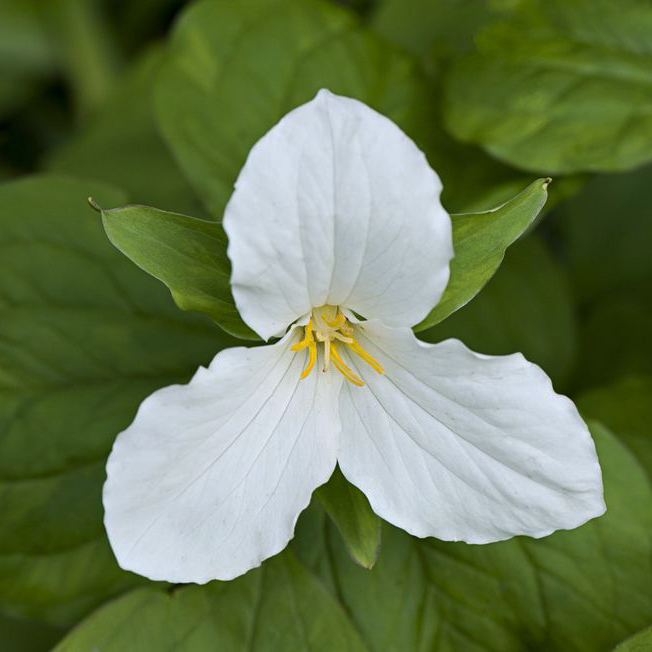All products are representative of what we typically hope to offer but do not indicate Inventory availability. Please contact us for availability on any specific product/s on (770) 926-8566, or through email at Info@TwinBranch.com or alternatively in person at the nursery
Perennials
Perennials
Perennials, also called herbaceous plants, are typically cold-hardy plants often featuring flowers that live for three or more growing seasons. They produce fleshy stems that die back in the Winter – their roots however are alive but go dormant pushing up new growth as the season transitions to Spring. They will be around from year to year, so they put their energy into growing strong roots instead of growing lots of flowers like annuals do.
This gardening adage describes the delayed gratification that comes with growing perennials: “The first year they sleep, the second year they creep, and the third year they leap.” What does this mean? Well in the first year it truly seems as though some perennials are out to frustrate and taunt you as they seem quite content to do nothing in terms of any significant growth.
In year 2, even though this is not visible to you, there is action underground and roots are developing and getting bigger and stronger. Hopefully above ground you’ll see an increase in foliage and flowers from the previous year. This is significant because through the leaves absorbing the sun’s rays food and energy is created for the plant.
In year 3 – at long last – Hallelujah – roots have become very well-established, they are strong and resilient, and the plant is producing a plethora of wonderful foliage and blooms.
PLEASE BE ADVISED THAT THE PLANTS DETAILED BELOW ARE A SAMPLING OF THE PERENNIAL FAVORITES WE LIKE TO HOLD IN INVENTORY. THE LIST IS BY NO MEANS EXHAUSTIVE.
Sun Perennials
African bush daisy – Euryops chrysanthemoides
Native to Southern Africa in our climate in Georgia the African bush daisy is a semi-evergreen herbaceous perennial. Commonly referred to as the “Daisy Bush”, “Paris Daisy”, and “Golden Daisy Bush” they produce prolific striking bright yellow flowers in a loose rounded form against a backdrop of delicate dark glossy green foliage.
Requiring full sun African Bush Daisy can grow up to three feet tall and four feet wide and are perfect for mass plantings, mixed flower borders, and in containers. Moderately drought tolerant, they require adequate watering during dry times for maximum flowering.
Agapanthus – Lily of the Nile
Native to southern Africa and also known as Lily of the Nile or African Lily, Agapanthus is a genus of 7 species growing in upright clumps from fleshy bulb-like rhizomes that produce short, tuberous roots. In summer, this popular perennial produces tubular or bell-shaped flowers in lovely shades of blue, purple or white with a darker stripe down the center of each petal are produced in clusters held above the strap-like foliage.
Best planted in full sun to partial shade in well-drained soils they are a great addition in garden borders, or on the patio in a container. They are tough survivors in the face of serious drought.
When available we try to stock Agapanthus hybrid ‘MDB001’, African Lily Ever Twilight™. This variety blooms early and reblooms large bicolor white and violet blooms on 24–30-inch stalks spring to fall. These tough plants need little water once established and are loved by hummingbirds and butterflies.
Agastache
Also known by the common names Giant hyssop, hummingbird mint and licorice mint, Agastache is a drought-loving prolific herbaceous perennial producing gorgeous showy flower spires in vivid colors from purple to lavender, pink, rose, red, blue, white, yellow, and orange that bloom all season long.
Requiring full Sun, well drained soils and growing to a mature size of approximately 3-5 feet tall and 1-3 feet wide they are a close relative of catmint, and most varieties are native to North America. Their vivid color lures bees, butterflies and hummingbirds and they are both deer and rabbit resistant.
With a minty, herb-like fragrance their leaves and flowers are edible, and they can be dried to make herbal tea.
Allium (Onion)
With a spherical shape that holds its form throughout the season, Allium, also called Ornamental Onion is a genus of monocotyledonous flowering plants with hundreds of species, including the cultivated onion, scallion, garlic, leek, shallot, and chives. With a preference for full sun, it is one of the longest lasting blooms to be had from a bulb and, also one of the most interesting blooms in the spring and summer garden.
Alliums make for charming additions to the rock or herb garden. There are many variations in color( purplish-pink, they also come in white, blue, and yellow), height and form (12 to 36 inches tall, 3 to 18 inches wide, depending on variety) – all are highly attractive as cut flowers and given that they are close cousins to onions and garlic they give off a scent that deters deer.
When available we try to stock Allium ‘Serendipity’ PP32023 CPBRAF which has rosy-purple spheres perched above straight leafless stems.
Asters
The name Aster comes from the Greek word meaning “star” and refers to the shape of the flower head. There are many species and varieties of hybrids of this lovely low maintenance fall perennial, and they are popular as garden plants because of their attractive daisy-like appearance, range of heights and abundance of vibrant colors and blooms.
Colors range from white to, reds, to purples, to pinks and blues and all are highlighted by sunny yellow centers. Depending on their size Asters offer a wealth of possibilities in the landscape – as additions to rock gardens, wonderful borders for walkways, beautiful plantings for containers and window boxes to name but a few options.
Growing best in full sun and in well-drained soils Asters are an important mainstay in pollinator gardens as they are one of the latest-blooming nectar perennials for butterflies and bees.
When available we try to stock The Divaricatus and Stokes variety.
Balloon Flower
Balloon Flower (Platycodon grandifloras) is a clump-forming herbaceous perennial and a member of the Campanula family. Balloon flowers get their name from their distinctive buds, which look like little hot air balloons that are about to burst. They open into star-shaped flowers of vivid violet-blue, pink, or white in the summer. Balloon Flowers are easy to grow, long-lived and tough perennials
Hailing from East Asia, thriving in sun or partial shade, they are wonderful for the front of a herbaceous border or a container and also make for a great cut flower. They are not partial to their roots being disturbed so moving or dividing them is not recommended.
There are various series of Balloon Flowers – for example Astra, Hakone Double, Komachi, Sentimental Blue and Fuji. The Fuji series are the most common varieties sold in nurseries.
Baptisia
Baptisia, also known as wild indigo or false indigo, is a wonderful group of plants that truly do deserve greater garden use and exposure. Baptisia is a genus consisting of tough, long -lived, erect, native, herbaceous perennials in the Fabaceae (bean) family. Its native habitat is woodland borders and open woods, and it will prosper in partial shade to full sun.
On the plus side they’re tolerant of drought because of their deep taproots – on the negative the taproots are difficult to transplant. In the spring the floral display produced is quite showy and lovely in colors of deep blue, to pink, to purple/lavender to yellow/gold to white contrasting against light green leaves. Attracting pollinators, the plants are disease, insect and deer-resistant and require minimal maintenance.
Bee Balm
With its beautiful, fragrant, and bold flower colors Bee balm (Monarda) Bee balm is a Native American Plant, a member of the mint family (Lamiaceae) and has long been a staple in gardens. Its common name derives from the fact that the resin produced is a natural remedy to soothe the pain of bee stings though it’s better known as a favorite of many pollinators including bees. The foliage has a strong aroma and is at times used in herbal teas, salads, and as garnishes. The flowers are also edible.
Loving full sun and easy to grow Bee Balm is wonderful as a perennial border and in container gardening. Slender, tubular flowers are produced in 2- to 3-inch-wide flower heads in June and July. Flower colors include red, white, pink, red, lavender, and purple. Deer and rabbit resistant.
There are various varieties of Bee Balm – depicted in our photo is Monarda didyma Jacob Cline with its blazing red large frilly summer blooming flowers. Some consider it to be the best red variety on the market and one which we try to have in inventory. Growing to 36-48″ tall x 36″ wide this vigorous growing plant with its mildew-resistant foliage is an excellent choice for the perennial border.
Butterfly Milkweed
Butterfly Milkweed ( Pleurisy Root or Orange Milkweed) Is a member of the milkweed family (Asclepiadaceae). The genus name Asclepias comes from the Greek god of medicine Asklepios and tuberose, the species name, refers to the plants tuberous, course, fibrous, swelling roots.
These are beautiful and classic native wildflowers that are loved and instantly recognizable with their long-lasting intricate bright orange to yellow flowers and the host of pollinators that they attract. They are in fact, together with other native milkweeds, the ONLY plant that monarch butterflies will eat on and thus absolutely vital to their survival.
Growing one to two foot tall this outstanding plant is a coarse perennial supporting many straight and hairy stems. Its simple leaves are alternate, which is unusual among milkweeds, and in addition it does not bleed the typical thick white milky sap if a leaf is removed, or the stem cut. Instead, a watery translucent sap is produced. Butterfly Milkweed has a preference for full sun and good drainage, but it can tolerate some shade. Low maintenance is also very drought tolerant once established.
In an ideal location butterfly milkweed can be a magical specimen and focal point in your garden. If you can find a home for it and get it established it will not only bring visual pleasure it will attract pollinators and other beneficial insects to your space.
Candytuft - Snowsation™ Evergreen Candytuft
Snowsation™ Evergreen Candytuft (Iberis sempervirens) is a low growing drought-tolerant evergreen ground cover that may be classified as herbaceous perennial or sub-shrub. It has a woody interior and is evergreen in warmer climates and semi-evergreen in colder climates. With a mounding habit, it measures approximately 6 to 12 inches in height and 6 to 18 inches in width.
Large flowers with pure white petals and a peek of yellow emerge and sparkle against a compact mound of foliage in mid to late spring. Leaves are narrow, leathery, and most attractive in their own right, the dark green foliage staying green all year for winter interest as well. New flower growth for the next season can be encouraged by cutting or sheering back by 1/3 to 1/2 of its volume after flowering.
This plant prefers full sun as flowering is more profuse under these conditions, but it will tolerate light shade. Intolerant to wet or poorly drained soils, it requires moist to slightly dry well-drained soils, with a preference for an alkaline to neutral soil type. Working well as an accent, border planting, or along sunny walkways it is attractive as a groundcover, cascading over the edge of raised beds, containers or hanging baskets, and sprawling over a rock wall. They reseed freely, so as a ground cover you will have the beginnings of a natural spread if seed heads are not removed.
Typically, Deer and rabbits won’t browse on this lovely plant and bees and butterflies are attracted to its beautiful white blooms.
Canna Lily
Low maintenance and easy to grow Canna lily plants are large rhizomatous perennials in our Plant Zone. Their large flowers are similar to irises and both their flowers and tropical-like foliage, and texture offer long lasting color in the garden. The flower color may be red, orange, pink, white or yellow. Depending on the variety and hybrid, foliage color varies from Blue/Green to Chartreuse/Gold to Purple/Burgundy.
Summer blooming with a preference for sun to part sun conditions the bold vibrant colors of Cannas are perfect for the back of borders or in containers.
Depicted in the above photo is Bronze Scarlett, Yellow and Mango Canna Cannova.
Catmint
Catmint (Nepeta) is a reliable, low maintenance herbaceous perennial in the Lamiaceae (mint) family and is made up of a number of species and hybrids producing gray-green foliage and upright flower spikes. It derived its name from the fact the cats are drawn to its strong aromatic scent. The same cannot be said for deer, rabbits and certain insects who are repelled by the minty scent. Small tubular flowers in shades of white, pink, or lavender blue blooming from the late spring into fall, are attractive to a variety of pollinators. Spent brown flowers hold on, so deadheading after the first bloom flush is advised
Thriving on neglect Catmint is drought tolerant and does best in full sun to partial shade with good drainage. Catmint’s clumping upright growth habit makes it an excellent choice for meadows, mixed borders, as pathway edging, in mass plantings, nestled between rocks or in containers.
We try to stock a few varieties. A favorite is Cat’s Pajamas. It’s a long blooming mounding perennial (12-14″ tall by 18 to 20″ wide) that’s a perfect addition in small sunny areas of the landscape. Lovely Indigo blue flowers are produced all the way from the soil to the tips, providing an intense splash of color from the late spring through late summer. Rosy purple calyxes extend the color when the blooms are past peak.
Coneflower
Also known as echinacea, Coneflowers, native to the eastern and central United States, are extremely popular perennials that belonging to the daisy family (Asteraceae). These wildflowers, beloved by butterflies, bees, and birds, are easy to grow, tough, heat and drought resistant, bloom for extended periods from mid-summer until the late fall and are commonly used in herbal remedies.
Typically thriving in full sun Coneflowers come in the most fabulous, glorious shades of purple, white, orange, pink, yellow, red, and chartreuse, as well as a range of flower forms—standard shuttlecock to horizontal ruffs to doubles with a powder-puff center. The cone-like center of the flowers led to the genus being named after the Greek word for hedgehog which is echinos. Depending on the variety the height and spread ranges from 2 to 5 feet tall and 1-1/2 to 2 feet wide.
When available we try to stock Pow Wow, Native Purple, Cheyenne Spirit, Magnus Purple, Fragrant Angel, Big Sky Sundown, Yellow Rainbow Marcella, and the Sombrero Series ( Blanco, Salsa Red, Yellow and Hot Coral).
Coreopsis
Also known by its unfortunate name ‘tickseed’ describing the appearance of its seeds rather than the vibrance of their gorgeous bright daisy-like blooms, Coreopsis is another extremely popular plant in the herbaceous perennial garden. They are highly adaptable plants, thriving in heat and sunlight, valued for their long bloom season and fuss-free nature and their ability to attract a host of pollinators, including bees, butterflies, and seed-eating birds.
Deadheading increases the bloom period but as the bloom season progresses, do try to leave a few flowers on the plants so birds can dine on the tasty ‘tick’ seeds.
There are approximately 80 species of Coreopsis, with nearly half of them being native to North America. Some are clump forming and others spread by rhizomes. The native species of tickseed typically bloom in shades of yellow and gold, but other cultivars offer a greater range of color choices, patterns, tidier growth habits, and larger flowers.
Bloom time usually early to late summer, varies by species and cultivar as does size with heights ranging from 6 inches (dwarf forms) to 8 feet tall.
Dianthus
Dianthus is a genus of plants native to Europe and Asia with cultivation dating back hundreds of years. There are over 300 different species of this tough, versatile, and colorful plant and they can be confusing as the genus includes plants that behave as annuals, perennials, and biennials. Each has their place – but for our purposes we are interested in those of a perennial nature (commonly known as “pinks”).
With their ranges of color, shape, habits and adaptable nature these classic, tough, easy to grow little plants – most with blue/green or blue frosted quill-like foliage – perform best in full sun and well-drained soil. For the most part they are typically deer resistant. Unfortunately, the same cannot be said where rabbits are concerned as they view dianthus as a delicious treat! Pollinating insects, butterflies and hummingbirds are attracted to their nectar.
A few examples of what we try to hold in inventory:
Dianthus Kahori® Pink
With their sweetly- scented bright pink star-shaped flowers this variety with its bright evergreen foliage and abundance of first blooms makes a wonderful addition to sunny mixed borders and containers. In Japanese Kahori means fragrance and these certainly live up to their name.
Dianthus Firewitch
The 2006 Perennial Plant of the Year this fabulous long flowering German Hybrid features fragrant brilliant pink to magenta single flowers with frilled petals atop evergreen ice-grayish-blue foliage. With Mature size is around 8-12″ tall and wide, easily grown in well-drained soil they make for a wonderful addition to rock gardens or placed upfront in borders and foundations.
Euphorbia
Euphorbia commonly called spurge is a large genus of plants comprising over 2,000 annual and perennial species. Most all of the species are succulents – and those that do not fit this definition are best described as woody shrubs or herbaceous plants. Most all emit a toxic milky latex when cut with varying degrees of toxicity and are a known irritant to humans, dogs, and cats.
Euphorbias are tough plants and easy to grow requiring low maintenance. The perennial species come in a variety of shapes and sizes, many boasting cacti-like leaves and present few problems. They are popular for their richly colored leaves in shades of blue/green, Chartreuse/gold, reds, purples, and others. In addition, their unusual flowers in reds, pinks, white and yellow, make euphorbias an excellent and hearty addition to borders, rock gardens and meadows, and more.
Foxglove
“Digitalis is a genus of about 20 species of herbaceous perennial plants, shrubs, and biennials, commonly called foxgloves. Digitalis is native to Europe, Western Asia, and northwestern Africa” ~ Wikipedia
Digitalis purpurea is the common, or purple, foxglove and it’s a popular ornamental choice in gardens today. It’s a biennial or short-lived herbaceous perennial. Foxgloves have been around for centuries – in fact going back to the 1700s these pendulous, stately bell-shaped flowers have actually brought healing to hearts in need. In modern times specific compounds found in their leaves have been used in the fight against cardiac diseases. Take heed, however – while some extracts are beneficial the plant itself, actually all of it is extremely toxic and should NEVER be ingested.
Typically purple, these enchanting blooms can also appear with white, pink flowers, and yellow blooms while other hybrids produce an additional range of color. Growing best in full sun, with light afternoon shade Foxgloves are excellent options in tall borders or for background plantings and also make for wonderful cut flowers. With their tall, elegant spikes covered in the bell-shaped blossoms they are much beloved by hummingbirds and bumblebees, but due to their toxicity are also rabbit- and deer-resistant.
Gerbera Daisy
Related to sunflowers and marigolds and also commonly known as African daisy, Transvaal daisy, or Barberton daisy ,the Gerbera Daisy (Gerbera jamesonii) is native to South Africa.
Known for their bright and colorful daisy-like flowers Gerbera Daisies are a very tender perennial plant that is predominantly grown outdoors as an annual in most all climates. In zones 8 and above the plant can be a very successful perennial – here in Georgia it is touch and go – if carefully protected from freezing temperatures they can happily return the following season.
But whether annual or perennial these lovely plants bring large and bold doses of vibrant color to garden beds, window boxes and containers. Each 3-4-inch-long lasting Gerbera bloom sits on a long leafless stem and their petals come in a range of bright colors from soft pastels to yellows, pinks, lavenders, whites and orange and reds and a variety of forms including single, semi double, double and others. At the base of the stem lobed, dark green leaves form basal rosettes.
They are best planted in areas of your garden with good drainage and where they can enjoy morning sunshine and afternoon shade. The lovely blooms of this plant make for long-lasting cut flowers.
Hibiscus
In general, “hardy hibiscus” is a reference mainly to cultivars of Hibiscus moscheutos from the family Malvaceae that are bred to tolerate colder temperatures than most Hibiscus species can tolerate. These highly versatile cold-hardy and sturdy herbaceous varieties are referred to as “perennial hibiscus”, widely known as Rose Mallow or Swamp Rose Mallow.
Thriving in rich, evenly moist soil these gorgeous plants reach mature heights of 3-7 ft. tall and 2-4 ft. wide. The stems support enormous dinnerplate sized blooms that can measure anything up to 10 inches and require a full sun location.
In addition to adding fabulous color in shades of whites, reds, pinks, burgundy, blue and bicolor to your summer garden, hardy hibiscus blooms entice hummingbirds, dragonflies, and butterflies. And while each show-stopping bloom lasts only a mere day or two, they are quickly replaced by new blooms for an extended time through the season. Blooms are complimented by lovely foliage which can be in shades of green or burgundy.
There are many different varieties of perennial hibiscus, each one with its own merits. Shared in the photos above are a few examples:
Head Over Heels® Blush Hardy Hibiscus
The contrast of the large, eye catching blush pink blooms and burgundy foliage is sensational. Wonderful planted in ground or in containers.
Head Over Heels® Desire™ Hardy Hibiscus
Magnificent, scarlet-colored blooms make a bold statement against rich, burgundy foliage on this dense and compact plant. Great option for containers or in the garden.
Head Over Heels® Passion™ Hardy Hibiscus
The contrast of large, bright pink blooms with their crimson red centers and burgundy foliage is stunning.
Luna™ White Hardy Hibiscus
Beautiful vibrant pure white flowers with burgundy/red centers against a background of dark green rounded foliage on this compact variety adds a lovely contrast to any garden. Great option for small spaces or containers.
But whatever hardy variety you choose they’re all sure to add a bold, striking, and colorful statement to your yard.
Joe-Pye Weed
Native to the woodlands and thickets of eastern and central North America. Joe-Pye Weed the common name for Eutrochium purpureum is an herbaceous perennial plant with medicinal properties in the family Asteraceae. An attractive plant – it produces pink-purple blooms from midsummer through to fall and attracts pollinators with its fragrance and nectar, particularly an abundance of butterflies from small skippers to large Swallowtails, and even Monarchs.
Reaching heights of anywhere between 3 -12 feet Joe Pye weed is a moisture loving plant and thrives in full sun to partial shade. Its preference is for some protection from the afternoon sun. Too much intense sun causes yellowing leaves, while too much shade can cause the plant to become leggy, flop over, or be more susceptible to disease.
Many perceive Joe Pye weed to be nothing more than a roadside and nuisance weed. But in fact, it has outstanding ornamental attributes. Due to its size Joe-Pye Weed adds texture to the garden and makes a fabulous backdrop for smaller plants – but be warned it is a substantial plant and therefore needs space to grow. It’s deer Resistant and great for privacy or as a groundcover.
There are several different species of Joe Pye Weed. These different species all look rather similar when blooming, and as a result are often treated interchangeably.
Sweet Joe Pye Weed (Eutrochium purpureum) is the most widely distributed
Hollow Joe Pye Weed (Eutrochium fistulosum) with its large leaf whorls and hollow stems without spots blooms late Summer to early Fall and is the tallest of the Joe Pye Weeds, reaching some 10′ tall.
Joe Pye Thoroughwort (Eutrochium dubium), also known as coastal plain Joe Pye Weed, is primarily native to the Coastal regions of the Atlantic seaboard from Georgia to Maine.
Spotted Joe Pye Weed (Eutrochium maculatum) with its dusty rose-colored flowers mainly covers the Northern half of the country, and blooms late through July and August reaching some 6′ in height.
Steele’s Joe Pye Weed (Eutrochium steelei) blooms in mid-Summer, and is found only in the Appalachian Mountains in the States of Virginia, Kentucky, Tennessee, North Carolina, and here in Georgia.
Kniphofia (Red Hot Poker)
Native to Africa (South Africa) Kniphofia is a genus of herbaceous perennial flowering plants in the Asphodelaceae family. There are approximately 60 plus in their genus though most available today are hybrids.
With their tall, vibrant flower spikes in a range of colors from bright red, to yellow, to orange and others they make quite a statement in the garden adding interest and texture. Common names include red hot poker, torch lily poker plant, African flame flower, Devil’s poker and tritoma.
Kniphofia are spread via rhizomes, and as a result they can become aggressive and overcrowded if their conditions are particularly favorable. They should thus be afforded adequate spacing to accommodate their large mature size They can be divided, and this is best accomplished in the spring by removing junks from the perimeter of the plants roots rather than the middle .
Resistant to deer but rich in nectar and attractive to hummingbirds, bees, and butterflies these showy perennials prefer full sun and require good drainage as they do not tolerate wet feet.
They are repeat-bloomers and will benefit from deadheading to encourage more growth.
Lamb’s Ear
Stachys Byzantina – commonly known as either Lamb’s Ear, Woolly Betony, Donkey’s Ears, Lamb’s wool (and others) is a vigorous growing, fast spreading perennial in the Lamiaceae or mint family and more specifically grown and known for its foliage – although some varieties or cultivars do host impressive and prolific blooms. The leaves and stems of this tactile plant are covered with a dense, fuzzy layer of tiny white hairs that make them feel silky to the touch, gives the foliage a silvery/gray/blue appearance and creates a softly textured groundcover mat in the garden.
Low maintenance, growing best in sunny areas in your garden, thriving in poor, slightly acidic soil, and moderately drought-tolerant once established they reach a height of up 1 to 2 feet and a width of 1 to 3 feet. Depending on the variety flower color ranges from pinks, to reds, to purples to whites with blue/green or silver/gray foliage.
Blooming in the fall, spring, and summer they attract Birds, deer resistant, are excellent for containers, along a border front or walkway, rock type gardens and make for useful cut flowers.
Lantana
Lantana, also at times known as Spanish Flag is a genus of approximately 150 species of perennial flowering plants in the verbena family, Verbenaceae and is native to tropical regions of the Americas and South Africa. All the species produce verbena-like flowers in stalked clusters arising from the leaf axils or at the ends of branches and today the interest in and use of these plants is their vibrant and colorful blooms that draw and attract pollinators and birds (hummingbirds for example) and the disagreeable odor of their leaves are normally a deterrent to deer and rabbits.
In some areas the Common lantana (Lantana camara) or its hybrids is a small tender perennial shrub but in other areas they are annuals. Lanta blooms may be white, pink, lavender, or yellow, changing to orange or red depending on the variety or hybrid, and if successfully pollinated, may produce berry-like fruits.
Plant Lantana in well-draining soil in full direct sun – at least six hours or more every day. They can cope with some shade, but this will obviously impact flower production.
A few of the perennial Lantana we try to hold in inventory:
Lantana Miss Huff
The most cold-hardy lantana originating from cuttings of a plant in Athens, Georgia. Its showy orange blooms give the plant an almost tropical feel and appear from spring through fall.
Lantana Camara Chapel Hill® Pink Huff PP25504
Hardy sport from Miss Huff with glossy dark green foliage a smaller habit and softer colors of pink, yellow, and orange blooms from spring until frost.
Peony
Native to Asia, Europe, and Western North America the peony or paeony is a flowering plant in the genus Paeonia, the only genus in the family Paeoniaceae. There are approximately 30 species of this much beloved and admired perennial garden classic that has been a garden favorite for centuries appearing in a variety of flower forms, from delicate Singles to petal-packed Doubles.
With so many options choosing the right Peony for your space is important since plants are easy, resilient and reliable and can live and bloom for generations. Peonies are easy to care for, deer-resistant, and are generally free from disease.
Here at Twin Branch Nursery, we offer two types of peonies: Garden Peonies (also known as herbaceous perennial peonies) and Itoh Hybrid Peonies.
GARDEN PEONIES
The most well -known type of peony is the Herbaceous Peonies producing some of the best cut flowers available with their elegant natural beauty and delicate perfumes.
Growing 2 and 3 feet tall and 2.5 to 3 feet wide, depending on the cultivar, Garden Peonies need at least six hours of good, full sunlight to thrive and bloom during the transition from spring into summer. Their green , vibrant, and shining foliage remains throughout the summer, dying back to the ground in winter, and reemerging early each spring.
Once established, after about 2-3 years, they become incredibly easy to care for and begin to bloom prolifically. Oftentimes though, these soft-stemmed plants need to be staked or caged to keep them upright to support their heavy blossoms. Long lived they are a mainstay in every perennial garden
ITOH PEONIES
Itoh Peonies also referred to as Intersectional Peonies are hybrids created by Japanese plant hybridizer Toichi Itoh, by crossing a tree peony and an herbaceous peony. His goal was to have the large flowers of the upright Tree Peony, growing atop the lush green foliage of a Garden Peony. It was a goal he brought to fruition but sadly he passed away before seeing the first specimens actually bloom some 7 years later.
Itoh hybrids produce flowers and leaves reminiscent of their tree peony parents but their growth habits are those of their herbaceous parents. In other words, they die down to the ground in winter and reemerge each spring. remain low to the ground.
Growing on average to approximately 2.5 feet tall, Itoh’s prefer dappled sunlight and can even tolerate part-sun. The plants can remain in bloom for close to a month producing an abundance of dinner-plate sized colorful flowers on short stems. Given the strength of the stems, no staking is required.
Phlox
Phlox belongs to the family Polemoniaceae and are a genus of some 68 species of perennial and annual plants found mostly in North America. They have an extensive range of colors ( whites, bright reds, pinks, blues, violets, and others) and sizes and, depending on the variety, some flower in the spring, while others will flower in the summer and fall.
Perennial Phlox are dependable and versatile – they are the cornerstone of many perennial flower beds with their abundance of star-shaped and colorful blooms. There are so many types that you can be assured to find a phlox for most any and every garden. Garden and meadow varieties, for example, produce a wide assortment of flowers adding height while low-growing Creeping Phlox makes for a useful and wonderful groundcover.
Beloved by bees, butterflies, and pollinators phlox, due to their fragrance, is also deer-resistant.
We try to have a variety of phlox in inventory in the spring specifically Garden, David, and Woodland species.
Phlox paniculate or Garden Phlox, native to the eastern and central USA are the beloved medium height garden classic producing showy flowers in an abundance of colors from late spring to fall.
Growing to approximately 4 feet tall Phlox paniculata ‘David’ produces fragrant, pure-white flowers and is a disease-resistant option.
Rudbeckia
Rudbeckias are short lived perennial flowering plants that are a plant genus in the Asteraceae family and are native to North America. Free-flowering daisy-like flowers in a range of vibrant colors from yellow to bronze to mahogany are produced. The flowers feature a prominent, raised central eye in black, brown, shades of green, and other in-between tones, giving rise to several familiar common names, among which are Coneflowers, Black-Eyed-Susans, Yellow Ox Eye and Gloriosa Daisy.
Rudbeckia species prefer full sun (greater than 6 hours of direct sunlight) but will tolerate partial shade. They adapt to average soils but said soils need to be well-drained. They are drought and heat tolerant once established.
They have a clumping, but upright habit with erect stems, hairy leaves, and a coarse texture. They are an ideal choice for mass plantings or in the background of perennial beds where their showy and vibrant flowers will attract bees, butterflies, and the seeds are loved by birds.
DENVER DAISY grows to 1.5 – 2 feet in height and spreads 1 – 1.5 feet. The flower is unique, having yellow petals with a dark brown center and a mahogany eye.
INDIAN SUMMER bloom from July thru September, grow to around 3-4 feet tall, and produce long, golden-yellow rays surrounded by chocolate-black centers. In the fall foliage turns mahogany.
GOLDSTURM (Rudbeckia fulgida cultivar) is long blooming and tried and tested. It grows to approximately 23–29 inches in height and spreads 18–23 inches producing an abundance of dazzling yellow flowers with deep brown centers.
RUDBECKIA LACINIATA – common names Cut Leaf Coneflower, Green-Head , tall Coneflower grows 3 to 10 feet tall with a tall and has a lanky appearance
Salvia or Sage
Genus Salvia (Sage) is the largest genus in the Lamiaceae (mint family) family. It comprises a multitude of species traditionally used as brain-enhancing tonics due to their medicinal properties. The term sage has long been associated with cooking or medicinal uses and the term salvia has been given to the more ornamental flowering varieties.
The Roman’s however recognized the medicinal benefits of common sage (Salvia officinalis) and called Salvia the plant that saves – from the Latin name “salvere” (to save). That was then how the entire genius got its botanical name. Salvia then evolved over the years to the French word “sauge” and from it the English “sage”. Salvia and Sage are one and the same – all sages are salvia!
There are over 900 species of Salvia – some annual, some perennial depending on their hardiness. They are popular and wonderful plants for the garden because they provide an extensive variety of fragrances, bloom, size, plant habit, and color and, in addition they flower for an extended period. Thriving in hot, dry conditions they produce vibrant flowers in a variety of colors and attractive and often scented foliage.
Attractive to hummingbirds, butterflies, and other pollinators they are also deer and rabbit resistant due to their pungent foliage.
Pincushion Flower (Scabiosa)
Native to Africa, Europe and Asia Scabiosa is a genus in the honeysuckle Caprifoliaceae family of flowering plants. A more familiar and common name for members of this genus is “Pincushion Flowers”.
There are many different Scabiosa species and varieties on offer. Some differ in the appearance of their flowers and most differ in the colors of their flowers, but generally they display in soft hues of lavender blues, lilacs, pinks, reds, or creamy whites.
Growing to about 1-1.5 feet tall, blooming in summer and early fall, Scabiosa are charming, easy-to-grow perennials whose intricate flower heads add visual interest to any garden bed or border. It is important that they are located in well-drained soil.
Long-lasting blooms appear on tall stems throughout the season, attracting butterflies and hummingbirds. It’s advised to keep the flowers deadheaded for the best chance at repeat blooming. Perfect for small-space gardens or container planting Scabiosa is also deer resistant.
Shown in the photo above is Butterfly Blue displaying a rich blue frilly skirt of petals surrounding a silvery central “pincushion. Its flowers are more lavender than true blue.
Shasta Daisy
Shasta daisy (Leucanthemum ×superbum) is a hybrid that was bred by American horticulturist Luther Burbank as an easy-care ornamental alternative for the home garden. He introduced it to the garden world in 1901 and named it after the snow-capped Mount Shasta situated not far from his residence in Northern California.
The cheery Shasta daisy is a familiar and classic plant/icon now naturalized throughout North America and an all-time favorite for the perennial border. It is considered by many to be the poster child for the most perfect daisy with pure petals that radiate out from a sunny yellow center.
Burbank’s work has been continued and many new varieties and cultivars of the Shasta daisy have since been introduced offering larger, longer-blooming flowers available in single, double, quilled, and fringed forms.
Shasta daisies are best planted in full sun to light shade in well-drained soil rich in organic matter. Good soil drainage is vital, and especially so in the winter, since any damp soil around the root crown of the plant can lead to rot and decay.
Plant details vary by species. Size-wise they can be anything from 6 inches to 4 feet high with bloom times from spring through fall. Deadheading extends the bloom period. Drought tolerant, they attract butterflies and other pollinators, are rabbit and deer resistant and make for fabulous long lasting cut flowers.
At TBN we try to have a few options in inventory – for example:
‘Becky’ the classic variety with their large white, single bloom flowers with yellow centers on lush mounds of coarse, leathery, green foliage and growing to about 3 feet tall.
Leucanthemum superbum DAISY MAY® (‘Daisy Duke’ PP21914 CPBR4376) are a super compact, highly floriferous selection growing approximately 12-24” tall and blooming from spring to fall with deadheading.
Snow Cap is a magical and sturdy dwarf cultivar (about 15-18″ tall) with pure white, 2-3″ single flowers produced in abundance atop bushy compact mounds of glossy green foliage.
Leucanthemum x superbum ‘Freak is a compact, well branched variety that produces frilly white double blooms with golden centers. With a height of 9 inches at maturity extending to 12 inches tall with the flowers, and a spread of 20 inches it’s a great option for the garden but is also wonderful for use in outdoor pots and containers.
Verbena
A genus in the family Verbenaceae Verbena is also known as verveine or vervain. The genus comprises approximately 150 species of annual and perennial herbaceous or semi-woody flowering plants. Verbenas, whether annual or perennial possess the virtues of heat tolerance and an extremely long bloom season from spring until close to frost if trimmed back once or twice in mid-summer.
Many perennial verbenas are relatively short lived, but their vigor and heavy flowering make up for this defect. Flower color ranges from white through pink, red, lavender, blue and purple.
Verbenas require well-drained soil and a location that receives full sun throughout the day. They are intolerant of shade, overcrowding which leads to poor air circulation, and soil that stays overly moist.
Growing up to 3 feet wide and 1 foot tall the vigorous Homestead Purple variety is one of the most popular trailing verbenas. With its large dark purple flower clusters, it has excellent heat tolerance, deep green foliage and is a profuse bloomer from early spring until fall frost.
Verbena bonariensis ‘Lollipop’ Brazilian Vervain is a dwarf form of the species with a short, rounded, mounding habit , finer coarse basal foliage than the species and a long season of purple blooms on stems that only grow one to two feet tall.
Veronica
This reliable, carefree and easy-to grow perennial that adds such interesting texture to gardens with its beautiful flower spikes is the largest genus in the flowering plant family Plantaginaceae. The family contains about 500 species. Veronica is also known by the common names speedwell, gypsyweed and bird’s eye.
There is an abundance of speedwells, ranging from groundcovers only a few inches tall to upright plants with tall, spikey blooms in hues of purple, blue, pink, or white blooming spring, summer and some well into Autumn.
Well suited to flower beds and borders Veronica are best planted in areas of full sun or part shade in moist but well-drained soils. They are deer resistant and attract butterflies and pollinating bees to the garden.
Veronica x ‘Blue Yonder’ PP#27,284 (Creeping Speedwell) is a new hybrid speedwell that covers itself with deep blue flower spikes in mid-spring over low growing mats of beautiful deep green foliage.
Veronica spicata ‘Royal Candles’ is a fabulous upright growing Speedwell producing long blooming spiky deep purple-blue above attractive deep-green leaves.
Veronica Moody Blues Dark Blue with its upright habit produces feathery, saturated purple-blue spikes providing a great color impact and reliable, season-long color to the summer garden.
‘Veronica Goodness Grows’ is an erect, bushy, clump-forming hybrid veronica which typically grows to only approximately 10-12″ tall producing deep blue flower spikes that rise well above the foliage in late spring to mid-summer.
Veronica Georgia Blue (Creeping Speedwell) produces rich blue flowers with white eyes against a backdrop of deep green glossy foliage. Leaf tips are tinged with burgundy and copper overtones.
Veronica Sunshine is just that – a ray of sunshine in the form of a creeping carpet of golden yellow leaves occasionally and briefly blooming with clusters of pearl-white flowers in spring.
A beautiful non-aggressive spreading, hardy ground cover Veronica ‘Whitewater’ produces pure white blooms and dark green foliage that turns a striking rustic burgundy and rich bronze during the winter. A lovely option to use in the flower garden and containers.
Veronica Waterperry Blue is a low-growing, long-flowering groundcover producing dainty lavender-blue, dark-veined flowers with white eyes. Deep green leaves tinged with burgundy and copper overtones that intensify during the cooler months and provide a lush backdrop to the gorgeous blooms.
Shade Perennials
Acanthus (Bears Breeches)
Bears breeches are a clumping herbaceous perennial in the Acanthaceae family native to Europe and Africa with large attractive leaves and showy flower spikes. The name Acanthus comes from the Greek word “akantha” which means spine in reference to the toothed edges of the leaves of some members of this genus. The species name Molis means soft hairs.
The glossy leaves are large and deeply lobed making the plant attractive even when not in bloom. The leaves were used as the model for the Corinthian leaf motif in ancient Greek and Roman architecture. Show stopping spikes of two lipped tubular white flowers with purple hoods appear from late spring to mid-summer and resemble snapdragons.
It grows to 4 feet tall and 2 to 3 feet wide but reaches 5-6 feet tall when in bloom. . The plant spreads by rhizomes and is best grown in an area with root barriers to prevent unwanted spread. A thick layer of mulch will protect roots from cold winter temperatures. Propagation through root cuttings or division in the early spring but growing from seeds also works.
Bear’s breeches prefer fertile well-drained soils but is tolerant of most soil types except wet ones. It will grow in full sun to partial shade and will do better with some shade in hot climates to prevent leaf scorch. It may go dormant in summer if not irrigated but is drought tolerant once established.
Use this plant in the back of the border, in a container or an area surrounded by pavement like a patio, pool, or walkway. Attractive in small groups, or a single specimen can lend its stately form to an English garden. The showy flowers work well in a cottage or cutting garden.
Anemone
Latin Name Pronunciation: uh-nem’oh-nee.
The common name “anemone” is a collective label used for several different species in the Anemone genus of plants, but many gardener’s refer to them as windflowers, so named because the delicate and charming flowers sway in the lightest breezes. (The Greek word “anemos” translates as “wind.”)
Anemone thrives in deep, rich, moisture-retentive soils and ideally, in the south, require relief from the afternoon sun preferring afternoon shade. They may take a year or two to get properly established but thereafter will fill in and spread quite happily in any available space if conditions are to their liking.
Spreading by shallow creeping, wiry black rhizomes they are quite lovely when used as a specimen or on mass in cottage gardens, perennial borders, wild rock gardens, or an open woodland setting.
Best sited in part shade locations against a dark background with protection from wind, this cultivar certainly serves as a bright beacon to light up the garden.
Beneficial for Pollinators, they attract Butterflies and bees, are deer and rabbit Resistant, wet site tolerant and make excellent cut flowers.
Displayed here are ‘Pretty Lady Maria’ which has single white open-faced flowers over 2″wide just above the tidy green leaves,. Produces masses of flowers from August to November. These compact, long-lived garden plants are great for mixing with hardy mums and other fall-flowering perennials.
Anemone japonica ‘Pretty Lady Diana’ is a long prolific blooming, compact variety of Japanese Anemone that produces 2″ single deep pink poppy-like blooms on dark green foliage adding wonderful and vibrant color in late summer to early fall.
Astilbe
Astilbe is a perennial with beautiful, showy flower stalks in different colors atop neat glossy, fern-like foliage. Flower colors vary from white, pink, and deep red, through soft lavender and violet, and all are attractive to butterflies and beneficial insects. Flower clusters vary in size from 6 inches to 2 feet and their height ranges from 6 inches to 5 feet, depending on the variety.
So, if you have a shady area, try groups of this very useful plant. They are a great way to add drama, color, and texture to a place where other flowers won’t thrive. To truly make a statement weave astilbes among other shade options such as hostas, ferns, and hellebores.
Their gorgeous flowers are also a fabulous addition to summer flower arrangements – and after blooming has finished for the season astilbes will continue to provide attractive foliage until fall.
Agastache
Although Saxifraga stolonifera is commonly called “Strawberry Begonia” or “Strawberry Geranium”, it is neither Begonia or a Geranium It is so called because it spreads by red tinged strawberry-like runners with baby plants at the ends that can easily take root nearby and it has begonia-like foliage. It displays a simple nature with very rewarding growth and charm.
Strawberry Begonias have dark green leaves, purple undersides and defined light green veining and small flowers normally bloom between Spring and Fall. They grow best in medium to bright indirect light. Water when the top 2″ feel dry. They will wilt when dried out but will perk right back up after a good watering. Good as a terrarium plant and in a hanging basket.
Bleeding Hearts
This herbaceous perennial in the fumitory family (Fumariaceae)Dicentra spectabilis is native to eastern Asia (northern China, Korea, and Japan). Less-common common names for this plant include Chinese Pants, Lyre Flower, Our-Lady-in-a-Boat, Lady’s Locket, and Tearing Hearts.
The plant forms loose, bushy clumps up to 3 feet tall and 4 feet wide from brittle, fleshy roots. The reddish, new foliage emerges from the ground and plants grow quickly to be one of the first flowering perennials in the spring.
The charming sprays of unique 1-2 inch long almost heart-shaped flowers make this old-fashioned favorite a must-have. Each puffy bloom has two rose-pink outer petals and two white inner petals, with a white stamen protruding from the bottom. The pouched outer petals have strongly reflexed tips from which the inner petals protrude slightly. The flowers come in a variety of colors ranging from deep red to pink with lime-green to dark green foliage.
Use bleeding hearts in cottage gardens, wildflower gardens and in shady spots throughout the landscape. These elegant plants work well in shaded borders and woodland gardens but should be positioned so that other plants will obscure their dying foliage.
Brunerra
A most spectacular range of easy to grow perennials that literally wear their heart on their sleeves! Meet Brunnera macrophylla also known as Siberian Bugloss -a genus of flowering plants in the family Boraginaceae and native to the Caucasus.
This is a must have and valued part shade to full shade, slowly spreading, rhizomatous perennial, native to woodland areas and prized for their sprays of spring flowers and heart-shaped leaves.
There are various cultivars available of which we aim to have these two beautiful varieties in stock.
Brunnera Macropylla
This charmer growing 12-18″ tall has large, dark green heart-shaped leaves and above their lush foliage sprays of airy small, blue flowers similar to those seen in the related forget-me-nots, are borne from mid spring.
Brunnera Macropylla – Silver Hearts
Forming a clump of very thick, heart-shaped leaves that are pure silver veined with green with loose clusters of lovely forget-me-not blue flowers growing to 6-12″ tall. This variety stands up well to heat and humidity provided there is sufficient moisture. This is a wonderful colorful addition to containers and woodland gardens.
Their very hairy foliage makes Brunnera cultivars deer, rabbit, and slug resistant. With a preference for average to fertile soil with moderate moisture these plants make for wonderful specimens. Alternatively, you can make a statement by planting them on mass making for an attractive and versatile groundcover or to naturalize shaded borders.
Either way they will absolutely delight and light up your shade garden with interest, color, and texture. They may also self-seed and appear around the garden in other places.
Chrysogonum (Green and Gold)
Chrysogonum virginianum ‘Pierre’:
Low growing, attractive soft green clump-forming foliage with long blooming star- shaped, golden yellow daisy-like flowers. The flowers are produced in leaf axils and held above the low foliage.
Blooms are borne in great numbers in late spring and sporadically after. This cultivar commonly reblooms if planted in a happy site in moist well drained soils in part sun or part shade (bright filtered light is preferred).
This gem creates a delightful and cheerful mat -like groundcover and may remain evergreen in mild winters. Plants grow about 5” to 6” tall with a 12” spread – ideal companion plants enjoying similar locations are Hosta’s and Ferns to name but two.
Agastache
Columbine (Aquilegia), aka granny’s bonnet, is an easy-to-grow perennial flower that offers seasonal interest throughout much of the year and blooms in the spring. Including native varieties there are more than 70 species of columbines that grow wild in mountain areas, along streambeds, and in temperate woodlands.
The unique and gorgeous flower are small and bell-shaped buttercup-like with five petals nestled within five long backward-extending spurs. The petals are often bi-colored and may be bright red with pink, lavender, blue, yellow, white, or a combination of these colors! Columbines cross-pollinate easily, so new species form frequently. Their pretty blue-green, lacy foliage stays green long after the blossoms disappear, turning purple or red in the fall.
Columbine plants aren’t too particular about soil as long it is well-drained and not too dry. Here in the south, they are best grown in partial shade and surrounded by lots of mulch to keep the soil moist. They’re a fairly hardy plant that is also quite resilient and drought-tolerant. Once started, columbine propagates for years and, although perennial, increases most rapidly by self-seeding.
Deer resistant they are a favorite attraction for butterflies, bees, moths, and hummingbirds
May be used in cut-flower arrangements.
Elephant Ears
“Elephant ears” is the common name for a group of tropical perennial plants grown for their large, heart-shaped leaves. Most of these herbaceous species in the arum or aroid family (Araceae) that are offered as ornamentals belong to the genera Colocasia, Alocasia, and Xanthosoma, although there are others that have similar appearance and growth habits.
Colocasia and Alocasia are native to tropical southern Asia, Indonesia, Malaysia, New Guinea, parts of Australia, or the Pacific Islands, while Xanthosoma is native to tropical America.
A most magical tropical Jumbo addition to the perennial elephant ear family is Colocasia Esculenta Diamond Head. Bred by combining black Colocasia and a glossy Colocasia and named understandably, since both the cone and the plant are large, black, and lustrous, after the volcanic cone on the Hawaiian island of Oahu.
The showy broad, large purple-black ruffled leaves have a smooth surface and a lustrous sheen that reflects the light – it’s this purple-black color and its commanding size (approximately 48″ tall) that makes this variety so incredibly special and a beautiful backdrop to other plants.
For the best color, it the plant requires full sun thriving in heat and humidity. It is, however, moisture-loving and, as such, it performs at peak along the edge of a pond or submerged in water. If left in dry conditions its leaves burn and if planted totally in shade it loses luster and appears dark green instead of purple or black. Light conditions and location are therefore paramount to its happiness and success. Low maintenance is also deer and rabbit resistant.
This is a tropical perennial so in our hardiness Zone 7b it’s best planted in a container to be brought indoors during the winter months to enjoy year after year! If planted inground tubers should be removed, covered with peat moss, and overwintered indoors after the leaves have withered and been desiccated by frost.
Epimedium (Barrenwort)
Barrenwort (Epimedium) is a genus of flowering plants in the family Berberidaceae or Barberry. The genus consists of over 60 different recognized species. Most are native to eastern Asia – endemic in western China in particular – while the remainder originate from the Mediterranean region.
Depending on the species, barrenwort can be evergreen or semi-evergreen, which adds winter interest to its list of attributes. They are a wonderful perennial ground cover, staying put, tolerating dry shade, with handsome heart-shaped leaves that are briefly outshone by small but interesting flowers in the spring.
The shape of the flowers particularly where the spurs are longer than the sepals give rise to the common names fairy wings or bishop’s cap. Other names are horny goat weed, or yin yang huo. The other common name “barrenwort” came from the belief that prolonged consumption of the roots causes infertility in women.
They don’t like foot traffic, so plant them where they won’t be stepped on. Rabbit and deer tolerant they are virtually pest free.
Foam Flower
Meet Tiarella ‘Spring Symphony’ a clump -forming hybrid foam flower with handsome deeply cut olive green basal leaves with a black -purple star pattern along the midribs and central veins.
Growing 1/2 to 1 ft. tall and wide the plant has showy and cone-shaped, brush-like heads of delicate, fragrant light pink flowers that are held above the foliage.
Easily grown in average, medium moisture, well-drained soil this herbaceous perennial is an excellent selection for shaded areas of rock gardens, woodland gardens, border fronts, naturalized plantings or moist areas along streams or ponds.
Alternatively plant on mass for an attractive ground cover.
Galium (Sweet Woodruff)
GALIUM (Sweet Woodruff)
Galium odoratum, commonly called sweet woodruff, is a mat-forming creeping perennial that is most commonly grown and used as a ground cover in shady areas. The genus name comes from the Greek word gala meaning milk. Other common names are woodruff, wild baby’s breath, bedstraw, and sweet-scented bedstraw.
Plants typically grow 8-12″ tall and feature fragrant, lance-shaped, dark green leaves in whorls of 6-8 along square stems. Small, fragrant, clusters of 4-petaled of star-shaped white flowers appear in loose cymes in spring. Plants emit a strong odor of freshly mown hay when foliage is crushed or cut.
Exceptionally easy to grow and readily adapted to a wide range of soil and moisture conditions the plants have no serious insect or disease problems. In addition, they are deer resistant and considered to be one of the few rabbit proof flowers. Useful options in herb gardens, rock gardens, naturalized areas, shady borders or as a ground cover or edging plant.
This plant spreads easily and can become invasive, so plant it where you can keep it under control.
Hellebores
With their rich green foliage, interesting leaf structure and simple, elegant flowers providing interest in the shade garden the Hellebore, or Helleborus are splendid winter blooming perennial and largely evergreen plants that can brighten up your garden and landscape with color and charm.
The genus of Helleborus is comprised of between 15 to 20 different species and belongs to the buttercup family. Often called Winter Rose, Christmas Rose, or Lenten Rose these low growing plants most impressive feature are their elegant and gracefully arching 2- to-3 inch five-petal bowl-shaped flowers which appear from late winter into spring. The colors are as beautiful as they are diverse – dusky pinks, yellows, greens and maroons to whites, apricots, metallic blues, and slate. In addition, the petals may be spotted or picoteed, the latter referring to the narrow band of darker color found on the edge of the petals. Some varieties display double-petaled flowers, giving them a rose-like quality.
Low maintenance, deer and rabbit resistant and somewhat drought and neglect tolerant, these hardy plants are self-propagating. Seedlings will appear the year after planting. Because of their easy-going light requirements, they are wonderfully suited to tree-shaded flower beds and patios. A lovely border plant they also serve as a lush, fabulous ground cover in large areas that are sun deprived.
If you’re a busy or casual gardener looking for a plant that combines beauty, resilience, and ease of care with beautiful winter interest – you may have just found it in the Helleborus! We try to stock a variety of options such as
Orientalis, Barolo, Brunello, Cinnamon Snow, Dark Picotee, Early Rose, Jacob, Joker, Mahogany Snow, Merlin, Pink Frost, Sunshine Selection, Wedding Bells, Frostkiss® Pippa’s Purple® Hellebore, FrostKiss™ Dorothy’s Dawn® Hellebore, Helleborus Gold Collection® Champion, Helleborus Ice N’ Roses Rose® and others:
Heuchera
Heuchera – common names include alumroot and coral bells – is a perfect and reliable go to plant to add texture and color to gardens and containers.
They’re a genus of evergreen, herbaceous perennial plants in the family Saxifragaceae, all native to North America.
The primary appeal of this useful plant is its color and foliage. There are many varieties, sizes, shapes, geographical tolerances, and modern leaf colors include red, lime green, chartreuse, bronze, yellow, peach, copper and purple, and every shade in between.
Heuchera have small bunches of delicate white, green, pink, or red flowers that grow on a long stalk, or thyrse in spring. And whilst the flowers provide a pretty accent their relative insignificance allows the gorgeous foliage to truly pop.
Every garden needs a few Heuchera!
Lamium Chequers
Silvery, variegated foliage and yellow, pink, or purple blooms make this a great addition to the shade landscape. It’s not super fussy and does well in dry areas.
Lamium maculatum ‘Chequers’ – Spotted Dead Nettle is a vigorous and dense herbaceous perennial amazingly adaptable and tough and one of the best choices for a showy groundcover.
The leaves are small and oval-shaped, dark green in color with a silver stripe down the middle. Small deep mauve-rosy-purple flowers appear in spring and continue on and off through the fall.
With a height of 8-12 inches and a of around 18-24 they do best in moist/well drained soil in partial shade to shade. They are considered to be fairly drought-tolerant, and thus make an ideal choice for a low-water garden.
Chequers are a fine choice for the garden as a mass planting, border edging or groundcover – but is also suitable for outdoor pots and containers. Because of its spreading growth habit, it is ideally suited for use as a ‘spiller’ – planted at the edge of the container so it gracefully spills over it.
Deer and rabbit Resistant!
Leopard Plant (Ligularia)
If you are looking to add a little interest, wow factor and a splash of floral color to your shaded areas in the fall and winter, then this lovely evergreen, clump-forming perennial with its rich texture, deep, dark glossy foliage and gorgeous flowers is a wonderful choice.
Having undergone a botanical name change to Farfugium japonicum, but also called leopard plant, it is a member of the Asteraceae, or sunflower family. Its round shiny leaves have also given rise to the common name “tractor seat plant”. The stunning tropical type foliage is upstaged when, in the fall, bright clusters of daisy-like yellow flowers burst into bloom and hover above.
There are several types of Farfugium. Each variety has its own unique leaf shape, floral variations, and plant size. Displayed in the images is Farfugium jap. ‘Giganteum’ or Giant Leopard Plant
Farfugium prefers moist, rich soil but is not particularly fussy about pH and grows best in shade to part shade. Be advised that this plant requires CONSTANT MOISTURE and too much sun can wilt and burn leaves
Also know that these plants can freeze in extended lower temperatures in the winter, but normally return from roots in early spring. Remove damaged leaves in late winter.
Wonderful in the shade landscape they also make a great addition to containers. Deer resistant.
Lily Of The Valley
Lily of the valley Botanical name – Convallaria majalisis – is a very popular choice for the early spring landscape and is known for its petite pure white, nodding bell-shaped flowers (6-12 inches high and wide) and unforgettable perfume. Medium-bright green leaves that are lance-shaped are produced.
It is a moisture and shade-loving tough and reliable groundcover with a dense root system that will grow almost anywhere. Care has to be taken as the spread of roots can be prolific and they will crowd out all in their path in time becoming a lush carpet of green – so best not to plant them in your perennial garden.
Suitable planting locations should give them space to roam as a ground cover where other plants will not grow – example shady or partly shady areas under trees or shrubs, steep banks and uneven terrain.
Great for containers where they can be contained.
Lungwort (Pulmonaria Officinalis)
Pulmonaria is a genus of about 17 species of deciduous or evergreen shade loving herbaceous perennials from Europe and Asia. The Genus name comes from the Latin pulmo meaning lung – the common name of lungwort is in reference to the supposed resemblance of the blotched/spotted leaves to a diseased lung.
Pulmonaria Officinalis has many common names among them Lungwort, Jerusalem Sage, Mary’s Tears, Common Lungwort, Our Lady’s Milk Drops among others.
Featured here is Pulmonaria Trevi Fountain. This clump forming perennial has a rather lovely palette of eye-catching slender silver-speckled foliage combined with dozens of large funnel-shaped flowers that appear on short stalks just above the foliage in spring. Blooms are long lasting and remain colorful for up to 2 months.
Typically growing to around 11” tall with a spread of 25” wide, after flowering, Pulmonaria produces more leaves that take center stage with their pronounced bright silver spotting.
A great alternative or complement to Hosta’s they are best grown in groups or massed as a ground cover, in woodland, shaded border areas or shaded areas of rock gardens. Water regularly to maintain evenly moist soil – weekly, or more often.
Cold hardy, deer resistant, disease resistant, pest resistant, rabbit resistant – with their easy care Pulmonaria Trevi Fountain (Lungwort) are a must have for any shade garden.
Solomon's Seal
A beautiful and classic shade Garden Plant Solomon’s Seal (Polygonatum) is much prized for its graceful arching stems with dangling, bell-shaped white to cream-colored, green, or pink flowers in spring.
The genus has the common name Solomon’s Seal, after the biblical figure King Solomon. The name Polygonatum is Latin for “many knees” and is named for the knobby rootstock.
Flowers are followed by deep blue-black berries in late summer and fall that are appreciated by wildlife but toxic to humans. Thanks to their wonderful arching stems this perennial will absolutely add a magical architectural component to your garden beds.
These plants make great backdrops for other shade -loving perennials and their spreading and clumping habit make them a fabulous groundcover for shady spots.
There are approximately 60+ species within the Polygonatum genus, but only a relatively small number of these are commonly cultivated for garden use and, whilst they similar growing habits and requirements they can range in size, coloring, and other factors.
Toad Lily
The toad lily or Formosan Toad lily is a fabulous, showy, shade-loving perennial from the lily family. ‘Greek Tricyrtis’ is the Genus where the “Tri” means three, and “Kyrtos” means swelling, arched, bulging, or humped. This refers to the three warty sac-like nectaries (bumps) at the base of the tepals.
“Formosana” refers to the flower that is a native of Formosa (Portuguese for “beautiful island) which is present-day Taiwan. The intricate small orchid-like flowers (spotted like a toad!) are the reason to grow these little gems. They bloom in the axels of the plant mid-to-late summer to fall in a variety of spotted colors ranging from white to lavender. Various cultivars of this plant also have variegated foliage.
Toad Lilies are not happy in deep shade preferring light open shade. Full sun will scorch the leaves. Best viewed up close Toad lilies are low maintenance and wonderful option for alongside a path or border and complement a shaded spot together with Ferns, Hosta and Astilbe.
Attracting bees and butterflies and deer resistant these beautiful plants do have one flaw, at least from a gardener’s point of view: rabbits find them particularly tasty.
Shown in the images above are Samurai and Purple Beauty.
Trilium
Viewed by many as Spring wildflower stars of the woodlands all trillium species belong to the Liliaceae (lily) family. The genus ‘Trillium’ has 49 species, 39 of them are native to various areas across the United States.
Our very own state Georgia is however trillium central for it has more trillium species than any other state. Can you believe it – at least 22 of them?
There are two major groups of Trilliums- those with the flower (they all have three petals and three sepals) held above the bracts on a stem and those without stems or sessile. Their eye-catching blooms can be large and showy or small and obscure, a magical and dazzling display of color on a hillside, or an unexpected surprise found hiding under foliage. Blooms are generally seen around the first of April.
Trilliums grow from rhizomes, which are fleshy, underground stems. Strictly speaking, trilliums have no above-ground stems or leaves since the stem is actually an extension of the underground rhizome, and the leaves are the bracts of the flower. It may take more than one growing season for newly planted trillium to settle in and begin flowering but once established, they are very long-lived and will usually multiply.
Trilliums are actually a rather complex group of plants despite how simple they look visually. But they are an important part of American botanical history, so if you get a chance to have a few growing in a perfect spot in your yard they are sure to delight and you won’t be disappointed.
